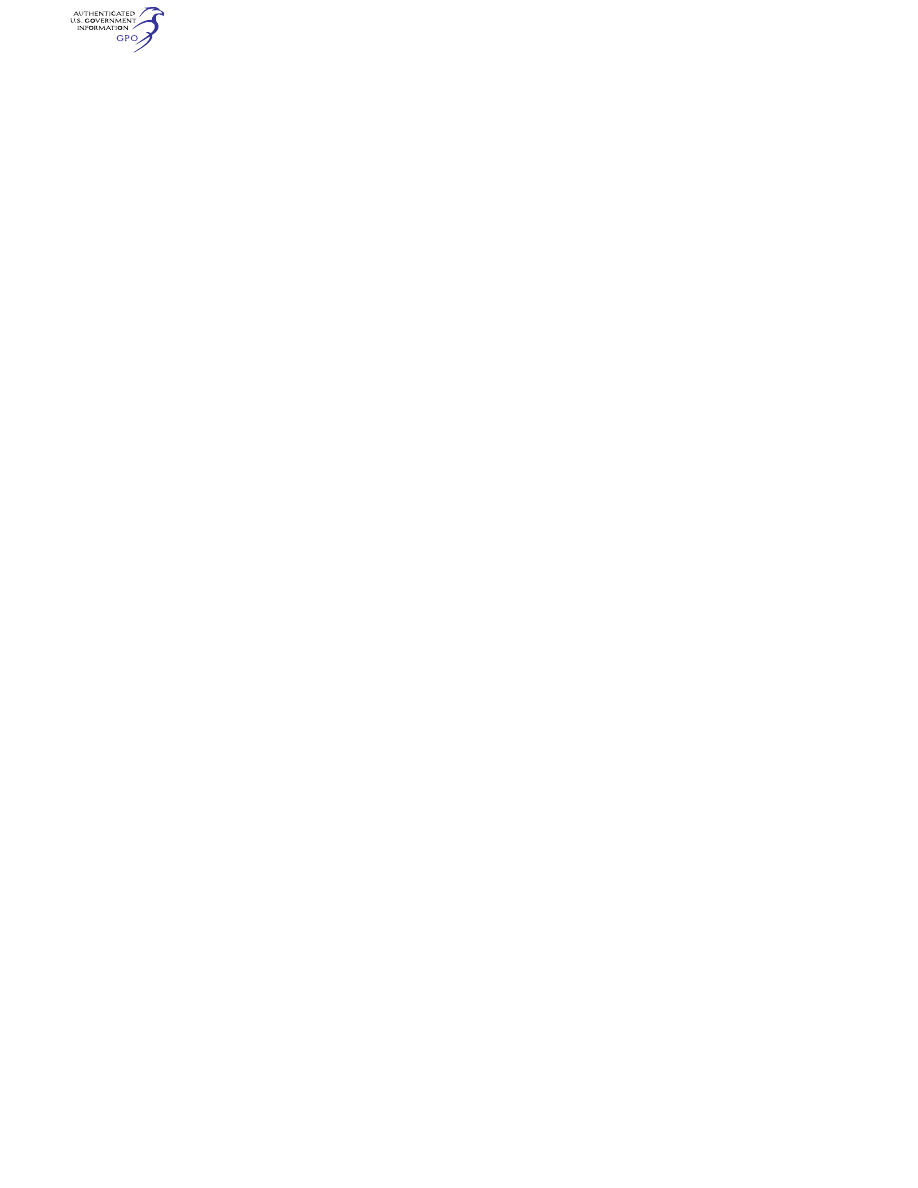
486
14 CFR Ch. I (1–1–24 Edition)
§ 26.49
(3) For alteration data developed
after January 11, 2008, the DT data re-
quired by paragraph (c)(2) of this sec-
tion must be submitted before approval
of the alteration data and making it
available to persons required to comply
with §§ 121.1109 and 129.109 of this chap-
ter.
(4) For repair data developed and ap-
proved before January 11, 2008, the DT
data required by paragraph (d)(2) of
this section must be submitted by June
30, 2009.
(5) For repair data developed and ap-
proved after January 11, 2008, the DT
data required by paragraph (d)(2) of
this section, must be submitted within
12 months after initial approval of the
repair data and before making the DT
data available to persons required to
comply with §§ 121.1109 and 129.109 of
this chapter.
[Docket No. FAA–2005–21693, 72 FR 70505, Dec.
12, 2007, as amended by Doc. No. FAA–2018–
0119, Amdt. 26–7, 83 FR 9170, Mar. 5, 2018]
§ 26.49
Compliance plan.
(a)
Compliance plan. Except for appli-
cants for type certificates and supple-
mental type certificates whose applica-
tions are submitted after January 11,
2008, each person identified in §§ 26.43,
26.45, and 26.47, must submit a compli-
ance plan consisting of the following:
(1) A project schedule identifying all
major milestones for meeting the com-
pliance times specified in §§ 26.43(f),
26.45(e), and 26.47(e), as applicable.
(2) A proposed means of compliance
with §§ 26.43, 26.45, and 26.47, as applica-
ble.
(3) A plan for submitting a draft of
all compliance items required by this
subpart for review by the responsible
Aircraft Certification Service office
not less than 60 days before the appli-
cable compliance date.
(b)
Compliance dates for compliance
plans. The following persons must sub-
mit the compliance plan described in
paragraph (a) of this section to the re-
sponsible Aircraft Certification Service
office for approval on the following
schedule:
(1) For holders of type certificates,
no later than 90 days after January 11,
2008.
(2) For holders of supplemental type
certificates no later than 180 days after
January 11, 2008.
(3) For applicants for changes to type
certificates whose application are sub-
mitted before January 11, 2008, no later
than 180 days after January 11, 2008.
(c)
Compliance Plan Implementation.
Each affected person must implement
the compliance plan as approved in
compliance with paragraph (a) of this
section.
[Docket No. FAA–2005–21693, 72 FR 70505, Dec.
12, 2007, as amended by Doc. No. FAA–2018–
0119, Amdt. 26–7, 83 FR 9170, Mar. 5, 2018]
PART 27—AIRWORTHINESS STAND-
ARDS: NORMAL CATEGORY
ROTORCRAFT
Subpart A—General
Sec.
27.1
Applicability.
27.2
Special retroactive requirements.
Subpart B—Flight
G
ENERAL
27.21
Proof of compliance.
27.25
Weight limits.
27.27
Center of gravity limits.
27.29
Empty weight and corresponding cen-
ter of gravity.
27.31
Removable ballast.
27.33
Main rotor speed and pitch limits.
P
ERFORMANCE
27.45
General.
27.49
Performance at minimum operating
speed.
27.51
Takeoff.
27.65
Climb: all engines operating.
27.67
Climb: one engine inoperative.
27.71
Autorotation performance.
27.75
Landing.
27.87
Height-velocity envelope.
F
LIGHT
C
HARACTERISTICS
27.141
General.
27.143
Controllability and maneuverability.
27.151
Flight controls.
27.161
Trim control.
27.171
Stability: general.
27.173
Static longitudinal stability.
27.175
Demonstration of static longitudinal
stability.
27.177
Static directional stability.
G
ROUND AND
W
ATER
H
ANDLING
C
HARACTERISTICS
27.231
General.
27.235
Taxiing condition.
VerDate Sep<11>2014
09:06 Jun 28, 2024
Jkt 262046
PO 00000
Frm 00496
Fmt 8010
Sfmt 8010
Y:\SGML\262046.XXX
262046
jspears on DSK121TN23PROD with CFR
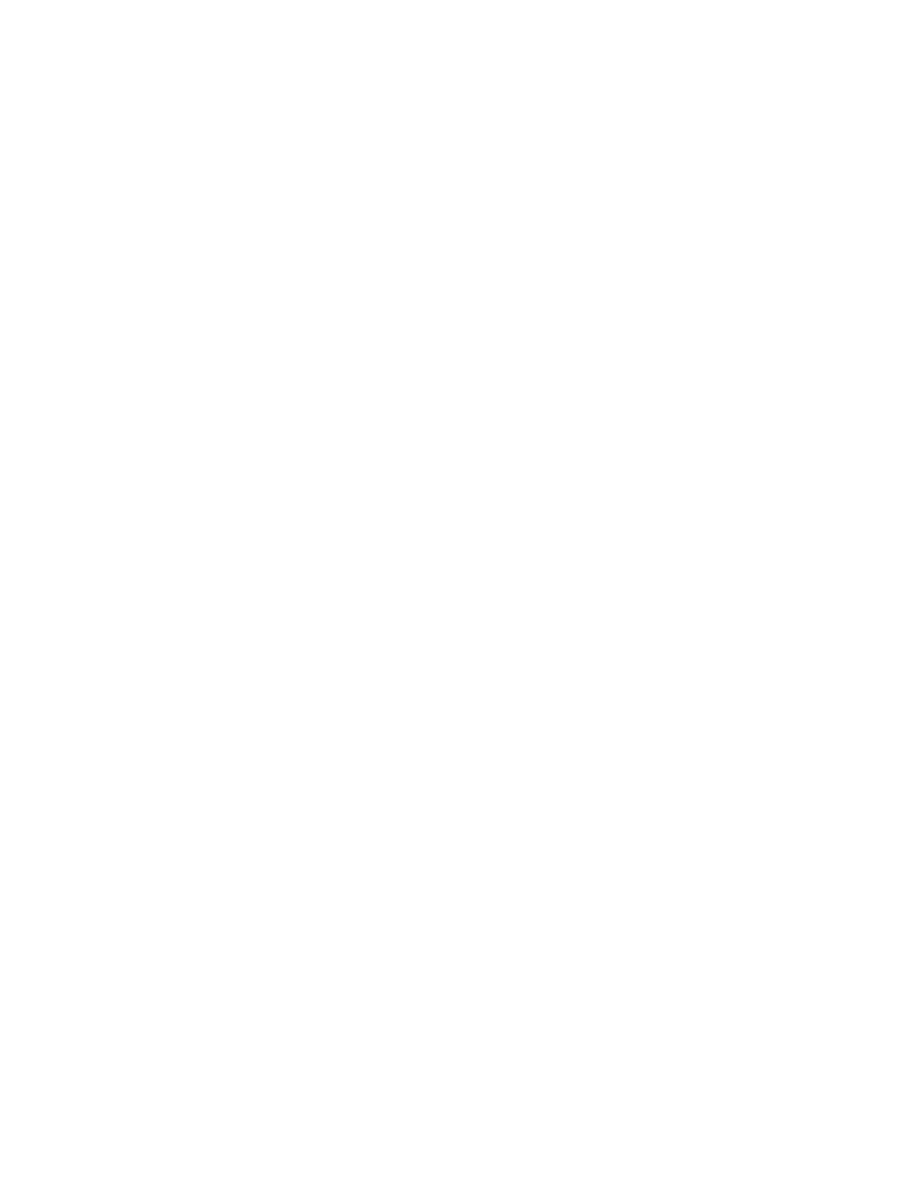
487
Federal Aviation Administration, DOT
Pt. 27
27.239
Spray characteristics.
27.241
Ground resonance.
M
ISCELLANEOUS
F
LIGHT
R
EQUIREMENTS
27.251
Vibration.
Subpart C—Strength Requirements
G
ENERAL
27.301
Loads.
27.303
Factor of safety.
27.305
Strength and deformation.
27.307
Proof of structure.
27.309
Design limitations.
F
LIGHT
L
OADS
27.321
General.
27.337
Limit maneuvering load factor.
27.339
Resultant limit maneuvering loads.
27.341
Gust loads.
27.351
Yawing conditions.
27.361
Engine torque.
C
ONTROL
S
URFACE AND
S
YSTEM
L
OADS
27.391
General.
27.395
Control system.
27.397
Limit pilot forces and torques.
27.399
Dual control system.
27.411
Ground clearance: tail rotor guard.
27.427
Unsymmetrical loads.
G
ROUND
L
OADS
27.471
General.
27.473
Ground loading conditions and as-
sumptions.
27.475
Tires and shock absorbers.
27.477
Landing gear arrangement.
27.479
Level landing conditions.
27.481
Tail-down landing conditions.
27.483
One-wheel landing conditions.
27.485
Lateral drift landing conditions.
27.493
Braked roll conditions.
27.497
Ground loading conditions: landing
gear with tail wheels.
27.501
Ground loading conditions: landing
gear with skids.
27.505
Ski landing conditions.
W
ATER
L
OADS
27.521
Float landing conditions.
M
AIN
C
OMPONENT
R
EQUIREMENTS
27.547
Main rotor structure.
27.549
Fuselage, landing gear, and rotor
pylon structures.
E
MERGENCY
L
ANDING
C
ONDITIONS
27.561
General.
27.562
Emergency landing dynamic condi-
tions.
27.563
Structural ditching provisions.
F
ATIGUE
E
VALUATION
27.571
Fatigue evaluation of flight struc-
ture.
27.573
Damage tolerance and fatigue evalua-
tion of composite rotorcraft structures.
Subpart D—Design and Construction
G
ENERAL
27.601
Design.
27.602
Critical parts.
27.603
Materials.
27.605
Fabrication methods.
27.607
Fasteners.
27.609
Protection of structure.
27.610
Lightning and static electricity pro-
tection.
27.611
Inspection provisions.
27.613
Material strength properties and de-
sign values.
27.619
Special factors.
27.621
Casting factors.
27.623
Bearing factors.
27.625
Fitting factors.
27.629
Flutter.
R
OTORS
27.653
Pressure venting and drainage of
rotor blades.
27.659
Mass balance.
27.661
Rotor blade clearance.
27.663
Ground resonance prevention means.
C
ONTROL
S
YSTEMS
27.671
General.
27.672
Stability augmentation, automatic,
and power-operated systems.
27.673
Primary flight control.
27.674
Interconnected controls.
27.675
Stops.
27.679
Control system locks.
27.681
Limit load static tests.
27.683
Operation tests.
27.685
Control system details.
27.687
Spring devices.
27.691
Autorotation control mechanism.
27.695
Power boost and power-operated con-
trol system.
L
ANDING
G
EAR
27.723
Shock absorption tests.
27.725
Limit drop test.
27.727
Reserve energy absorption drop test.
27.729
Retracting mechanism.
27.731
Wheels.
27.733
Tires.
27.735
Brakes.
27.737
Skis.
F
LOATS AND
H
ULLS
27.751
Main float buoyancy.
27.753
Main float design.
27.755
Hulls.
P
ERSONNEL AND
C
ARGO
A
CCOMMODATIONS
27.771
Pilot compartment.
27.773
Pilot compartment view.
27.775
Windshields and windows.
VerDate Sep<11>2014
09:06 Jun 28, 2024
Jkt 262046
PO 00000
Frm 00497
Fmt 8010
Sfmt 8010
Y:\SGML\262046.XXX
262046
jspears on DSK121TN23PROD with CFR

488
14 CFR Ch. I (1–1–24 Edition)
Pt. 27
27.777
Cockpit controls.
27.779
Motion and effect of cockpit controls.
27.783
Doors.
27.785
Seats, berths, litters, safety belts,
and harnesses.
27.787
Cargo and baggage compartments.
27.801
Ditching.
27.805
Flight crew emergency exits.
27.807
Emergency exits.
27.831
Ventilation.
27.833
Heaters.
F
IRE
P
ROTECTION
27.853
Compartment interiors.
27.855
Cargo and baggage compartments.
27.859
Heating systems.
27.861
Fire protection of structure, controls,
and other parts.
27.863
Flammable fluid fire protection.
E
XTERNAL
L
OADS
27.865
External loads.
M
ISCELLANEOUS
27.871
Leveling marks.
27.873
Ballast provisions.
Subpart E—Powerplant
G
ENERAL
27.901
Installation.
27.903
Engines.
27.907
Engine vibration.
R
OTOR
D
RIVE
S
YSTEM
27.917
Design.
27.921
Rotor brake.
27.923
Rotor drive system and control mech-
anism tests.
27.927
Additional tests.
27.931
Shafting critical speed.
27.935
Shafting joints.
27.939
Turbine engine operating characteris-
tics.
F
UEL
S
YSTEM
27.951
General.
27.952
Fuel system crash resistance.
27.953
Fuel system independence.
27.954
Fuel system lightning protection.
27.955
Fuel flow.
27.959
Unusable fuel supply.
27.961
Fuel system hot weather operation.
27.963
Fuel tanks: general.
27.965
Fuel tank tests.
27.967
Fuel tank installation.
27.969
Fuel tank expansion space.
27.971
Fuel tank sump.
27.973
Fuel tank filler connection.
27.975
Fuel tank vents.
27.977
Fuel tank outlet.
F
UEL
S
YSTEM
C
OMPONENTS
27.991
Fuel pumps.
27.993
Fuel system lines and fittings.
27.995
Fuel valves.
27.997
Fuel strainer or filter.
27.999
Fuel system drains.
O
IL
S
YSTEM
27.1011
Engines: General.
27.1013
Oil tanks.
27.1015
Oil tank tests.
27.1017
Oil lines and fittings.
27.1019
Oil strainer or filter.
27.1021
Oil system drains.
27.1027
Transmissions and gearboxes: Gen-
eral.
C
OOLING
27.1041
General.
27.1043
Cooling tests.
27.1045
Cooling test procedures.
I
NDUCTION
S
YSTEM
27.1091
Air induction.
27.1093
Induction system icing protection.
E
XHAUST
S
YSTEM
27.1121
General.
27.1123
Exhaust piping.
P
OWERPLANT
C
ONTROLS AND
A
CCESSORIES
27.1141
Powerplant controls: general.
27.1143
Engine controls.
27.1145
Ignition switches.
27.1147
Mixture controls.
27.1151
Rotor brake controls.
27.1163
Powerplant accessories.
P
OWERPLANT
F
IRE
P
ROTECTION
27.1183
Lines, fittings, and components.
27.1185
Flammable fluids.
27.1187
Ventilation and drainage.
27.1189
Shutoff means.
27.1191
Firewalls.
27.1193
Cowling and engine compartment
covering.
27.1194
Other surfaces.
27.1195
Fire detector systems.
Subpart F—Equipment
G
ENERAL
27.1301
Function and installation.
27.1303
Flight and navigation instruments.
27.1305
Powerplant instruments.
27.1307
Miscellaneous equipment.
27.1309
Equipment, systems, and installa-
tions.
27.1316
Electrical and electronic system
lightning protection.
27.1317
High-intensity Radiated Fields
(HIRF) Protection.
I
NSTRUMENTS
: I
NSTALLATION
27.1321
Arrangement and visibility.
27.1322
Warning, caution, and advisory
lights.
27.1323
Airspeed indicating system.
VerDate Sep<11>2014
09:06 Jun 28, 2024
Jkt 262046
PO 00000
Frm 00498
Fmt 8010
Sfmt 8010
Y:\SGML\262046.XXX
262046
jspears on DSK121TN23PROD with CFR
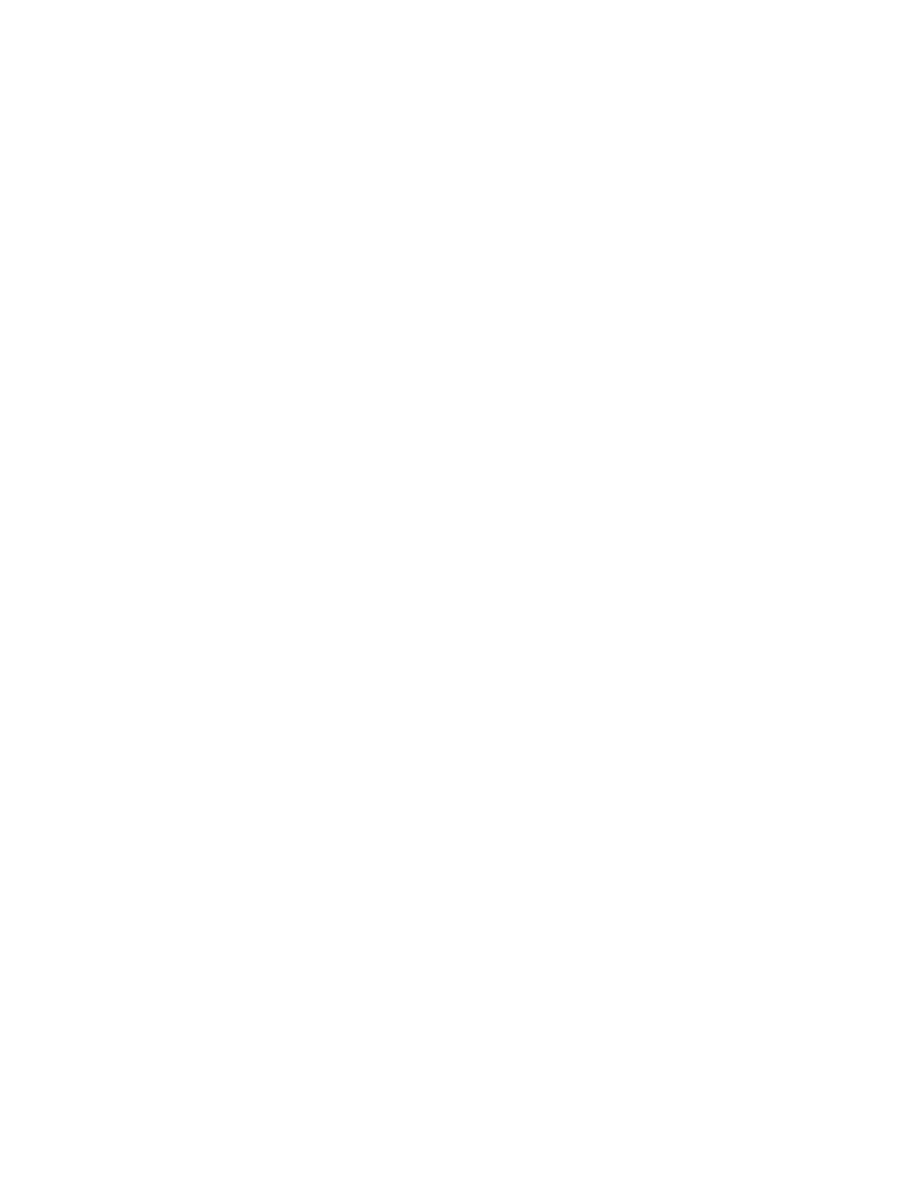
489
Federal Aviation Administration, DOT
§ 27.2
27.1325
Static pressure systems.
27.1327
Magnetic direction indicator.
27.1329
Automatic pilot and flight guidance
system.
27.1337
Powerplant instruments.
E
LECTRICAL
S
YSTEMS AND
E
QUIPMENT
27.1351
General.
27.1353
Energy storage systems.
27.1357
Circuit protective devices.
27.1361
Master switch.
27.1365
Electric cables.
27.1367
Switches.
L
IGHTS
27.1381
Instrument lights.
27.1383
Landing lights.
27.1385
Position light system installation.
27.1387
Position light system dihedral an-
gles.
27.1389
Position light distribution and in-
tensities.
27.1391
Minimum intensities in the hori-
zontal plane of forward and rear position
lights.
27.1393
Minimum intensities in any vertical
plane of forward and rear position lights.
27.1395
Maximum intensities in overlapping
beams of forward and rear position
lights.
27.1397
Color specifications.
27.1399
Riding light.
27.1401
Anticollision light system.
S
AFETY
E
QUIPMENT
27.1411
General.
27.1413
Safety belts.
27.1415
Ditching equipment.
27.1419
Ice protection.
27.1435
Hydraulic systems.
27.1457
Cockpit voice recorders.
27.1459
Flight data recorders.
27.1461
Equipment containing high energy
rotors.
Subpart G—Operating Limitations and
Information
27.1501
General.
O
PERATING
L
IMITATIONS
27.1503
Airspeed limitations: general.
27.1505
Never-exceed speed.
27.1509
Rotor speed.
27.1519
Weight and center of gravity.
27.1521
Powerplant limitations.
27.1523
Minimum flight crew.
27.1525
Kinds of operations.
27.1527
Maximum operating altitude.
27.1529
Instructions for Continued Air-
worthiness.
M
ARKINGS AND
P
LACARDS
27.1541
General.
27.1543
Instrument markings: general.
27.1545
Airspeed indicator.
27.1547
Magnetic direction indicator.
27.1549
Powerplant instruments.
27.1551
Oil quantity indicator.
27.1553
Fuel quantity indicator.
27.1555
Control markings.
27.1557
Miscellaneous markings and plac-
ards.
27.1559
Limitations placard.
27.1561
Safety equipment.
27.1565
Tail rotor.
R
OTORCRAFT
F
LIGHT
M
ANUAL AND
A
PPROVED
M
ANUAL
M
ATERIAL
27.1581
General.
27.1583
Operating limitations.
27.1585
Operating procedures.
27.1587
Performance information.
27.1589
Loading information.
A
PPENDIX
A
TO
P
ART
27—I
NSTRUCTIONS FOR
C
ONTINUED
A
IRWORTHINESS
A
PPENDIX
B
TO
P
ART
27—A
IRWORTHINESS
C
RI
-
TERIA
FOR
H
ELICOPTER
I
NSTRUMENT
F
LIGHT
A
PPENDIX
C
TO
P
ART
27—C
RITERIA FOR
C
AT
-
EGORY
A
A
PPENDIX
D
TO
P
ART
27—HIRF E
NVIRON
-
MENTS AND
E
QUIPMENT
HIRF T
EST
L
EV
-
ELS
A
UTHORITY
: 49 U.S.C. 106(f), 106(g), 40113,
44701–44702, 44704.
S
OURCE
: Docket No. 5074, 29 FR 15695, Nov.
24, 1964, unless otherwise noted.
Subpart A—General
§ 27.1
Applicability.
(a) This part prescribes airworthiness
standards for the issue of type certifi-
cates, and changes to those certifi-
cates, for normal category rotorcraft
with maximum weights of 7,000 pounds
or less and nine or less passenger seats.
(b) Each person who applies under
Part 21 for such a certificate or change
must show compliance with the appli-
cable requirements of this part.
(c) Multiengine rotorcraft may be
type certified as Category A provided
the requirements referenced in appen-
dix C of this part are met.
[Doc. No. 5074, 29 FR 15695, Nov. 24, 1964, as
amended by Amdt. 27–33, 61 FR 21906, May 10,
1996; Amdt. 27–37, 64 FR 45094, Aug. 18, 1999]
§ 27.2
Special retroactive require-
ments.
(a) For each rotorcraft manufactured
after September 16, 1992, each applicant
must show that each occupant’s seat is
VerDate Sep<11>2014
09:06 Jun 28, 2024
Jkt 262046
PO 00000
Frm 00499
Fmt 8010
Sfmt 8010
Y:\SGML\262046.XXX
262046
jspears on DSK121TN23PROD with CFR
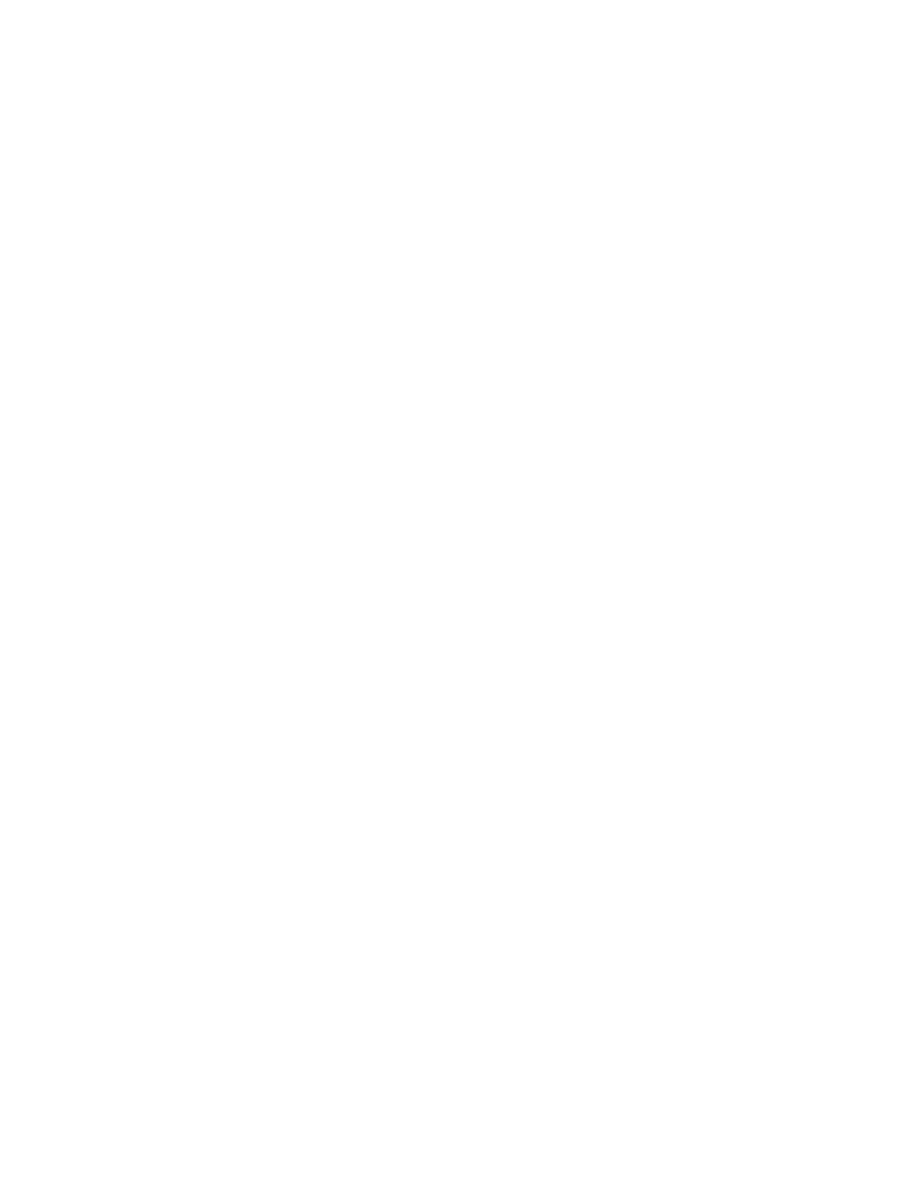
490
14 CFR Ch. I (1–1–24 Edition)
§ 27.21
equipped with a safety belt and shoul-
der harness that meets the require-
ments of paragraphs (a), (b), and (c) of
this section.
(1) Each occupant’s seat must have a
combined safety belt and shoulder har-
ness with a single-point release. Each
pilot’s combined safety belt and shoul-
der harness must allow each pilot,
when seated with safety belt and shoul-
der harness fastened, to perform all
functions necessary for flight oper-
ations. There must be a means to se-
cure belts and harnesses, when not in
use, to prevent interference with the
operation of the rotorcraft and with
rapid egress in an emergency.
(2) Each occupant must be protected
from serious head injury by a safety
belt plus a shoulder harness that will
prevent the head from contacting any
injurious object.
(3) The safety belt and shoulder har-
ness must meet the static and dynamic
strength requirements, if applicable,
specified by the rotorcraft type certifi-
cation basis.
(4) For purposes of this section, the
date of manufacture is either—
(i) The date the inspection accept-
ance records, or equivalent, reflect
that the rotorcraft is complete and
meets the FAA-Approved Type Design
Data; or
(ii) The date the foreign civil air-
worthiness authority certifies that the
rotorcraft is complete and issues an
original standard airworthiness certifi-
cate, or equivalent, in that country.
(b) For rotorcraft with a certification
basis established prior to October 18,
1999—
(1) The maximum passenger seat ca-
pacity may be increased to eight or
nine provided the applicant shows com-
pliance with all the airworthiness re-
quirements of this part in effect on Oc-
tober 18, 1999.
(2) The maximum weight may be in-
creased to greater than 6,000 pounds
provided—
(i) The number of passenger seats is
not increased above the maximum
number certificated on October 18, 1999,
or
(ii) The applicant shows compliance
with all of the airworthiness require-
ments of this part in effect on October
18, 1999.
[Doc. No. 26078, 56 FR 41051, Aug. 16, 1991, as
amended by Amdt. 27–37, 64 FR 45094, Aug. 18,
1999]
Subpart B—Flight
G
ENERAL
§ 27.21
Proof of compliance.
Each requirement of this subpart
must be met at each appropriate com-
bination of weight and center of grav-
ity within the range of loading condi-
tions for which certification is re-
quested. This must be shown—
(a) By tests upon a rotorcraft of the
type for which certification is re-
quested, or by calculations based on,
and equal in accuracy to, the results of
testing; and
(b) By systematic investigation of
each required combination of weight
and center of gravity if compliance
cannot be reasonably inferred from
combinations investigated.
[Doc. No. 5074, 29 FR 15695, Nov. 24, 1964, as
amended by Amdt. 27–21, 49 FR 44432, Nov. 6,
1984]
§ 27.25
Weight limits.
(a)
Maximum weight. The maximum
weight (the highest weight at which
compliance with each applicable re-
quirement of this part is shown) must
be established so that it is—
(1) Not more than—
(i) The highest weight selected by the
applicant;
(ii) The design maximum weight (the
highest weight at which compliance
with each applicable structural loading
condition of this part is shown);
(iii) The highest weight at which
compliance with each applicable flight
requirement of this part is shown; or
(iv) The highest weight in which the
provisions of §§ 27.87 or 27.143(c)(1), or
combinations thereof, are dem-
onstrated if the weights and operating
conditions (altitude and temperature)
prescribed by those requirements can-
not be met; and
(2) Not less than the sum of—
(i) The empty weight determined
under § 27.29; and
VerDate Sep<11>2014
09:06 Jun 28, 2024
Jkt 262046
PO 00000
Frm 00500
Fmt 8010
Sfmt 8010
Y:\SGML\262046.XXX
262046
jspears on DSK121TN23PROD with CFR
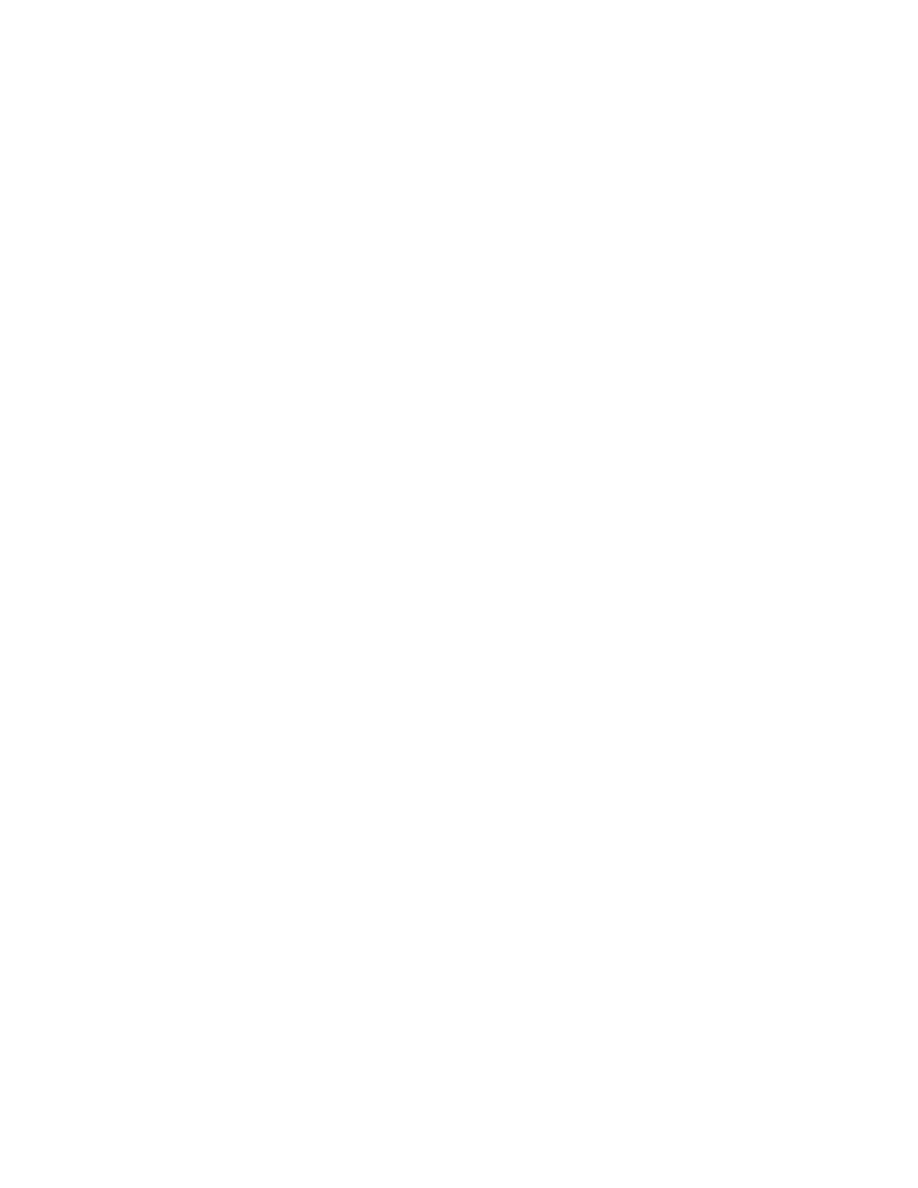
491
Federal Aviation Administration, DOT
§ 27.29
(ii) The weight of usable fuel appro-
priate to the intended operation with
full payload;
(iii) The weight of full oil capacity;
and
(iv) For each seat, an occupant
weight of 170 pounds or any lower
weight for which certification is re-
quested.
(b)
Minimum weight. The minimum
weight (the lowest weight at which
compliance with each applicable re-
quirement of this part is shown) must
be established so that it is—
(1) Not more than the sum of—
(i) The empty weight determined
under § 27.29; and
(ii) The weight of the minimum crew
necessary to operate the rotorcraft, as-
suming for each crewmember a weight
no more than 170 pounds, or any lower
weight selected by the applicant or in-
cluded in the loading instructions; and
(2) Not less than—
(i) The lowest weight selected by the
applicant;
(ii) The design minimum weight (the
lowest weight at which compliance
with each applicable structural loading
condition of this part is shown); or
(iii) The lowest weight at which com-
pliance with each applicable flight re-
quirement of this part is shown.
(c)
Total weight with jettisonable exter-
nal load. A total weight for the rotor-
craft with a jettisonable external load
attached that is greater than the max-
imum weight established under para-
graph (a) of this section may be estab-
lished for any rotorcraft-load combina-
tion if—
(1) The rotorcraft-load combination
does not include human external cargo,
(2) Structural component approval
for external load operations under ei-
ther § 27.865 or under equivalent oper-
ational standards is obtained,
(3) The portion of the total weight
that is greater than the maximum
weight established under paragraph (a)
of this section is made up only of the
weight of all or part of the jettisonable
external load,
(4) Structural components of the
rotorcraft are shown to comply with
the applicable structural requirements
of this part under the increased loads
and stresses caused by the weight in-
crease over that established under
paragraph (a) of this section, and
(5) Operation of the rotorcraft at a
total weight greater than the max-
imum certificated weight established
under paragraph (a) of this section is
limited by appropriate operating limi-
tations under § 27.865(a) and (d) of this
part.
(Secs. 313(a), 601, 603, 604, and 605 of the Fed-
eral Aviation Act of 1958 (49 U.S.C. 1354(a),
1421, 1423, 1424, and 1425); and sec. 6(c) of the
Dept. of Transportation Act (49 U.S.C.
1655(c)))
[Doc. No. 5074, 29 FR 15695, Nov. 29, 1964, as
amended by Amdt. 27–11, 41 FR 55468, Dec. 20,
1976; Amdt. 25–42, 43 FR 2324, Jan. 16, 1978;
Amdt. 27–36, 64 FR 43019, Aug. 6, 1999; Amdt.
27–44, 73 FR 10998, Feb. 29, 2008; 73 FR 33876,
June 16, 2008]
§ 27.27
Center of gravity limits.
The extreme forward and aft centers
of gravity and, where critical, the ex-
treme lateral centers of gravity must
be established for each weight estab-
lished under § 27.25. Such an extreme
may not lie beyond—
(a) The extremes selected by the ap-
plicant;
(b) The extremes within which the
structure is proven; or
(c) The extremes within which com-
pliance with the applicable flight re-
quirements is shown.
[Amdt. 27–2, 33 FR 962, Jan. 26, 1968]
§ 27.29
Empty weight and cor-
responding center of gravity.
(a) The empty weight and cor-
responding center of gravity must be
determined by weighing the rotorcraft
without the crew and payload, but
with—
(1) Fixed ballast;
(2) Unusable fuel; and
(3) Full operating fluids, including—
(i) Oil;
(ii) Hydraulic fluid; and
(iii) Other fluids required for normal
operation of roto-craft systems, except
water intended for injection in the en-
gines.
(b) The condition of the rotorcraft at
the time of determining empty weight
must be one that is well defined and
can be easily repeated, particularly
VerDate Sep<11>2014
09:06 Jun 28, 2024
Jkt 262046
PO 00000
Frm 00501
Fmt 8010
Sfmt 8010
Y:\SGML\262046.XXX
262046
jspears on DSK121TN23PROD with CFR
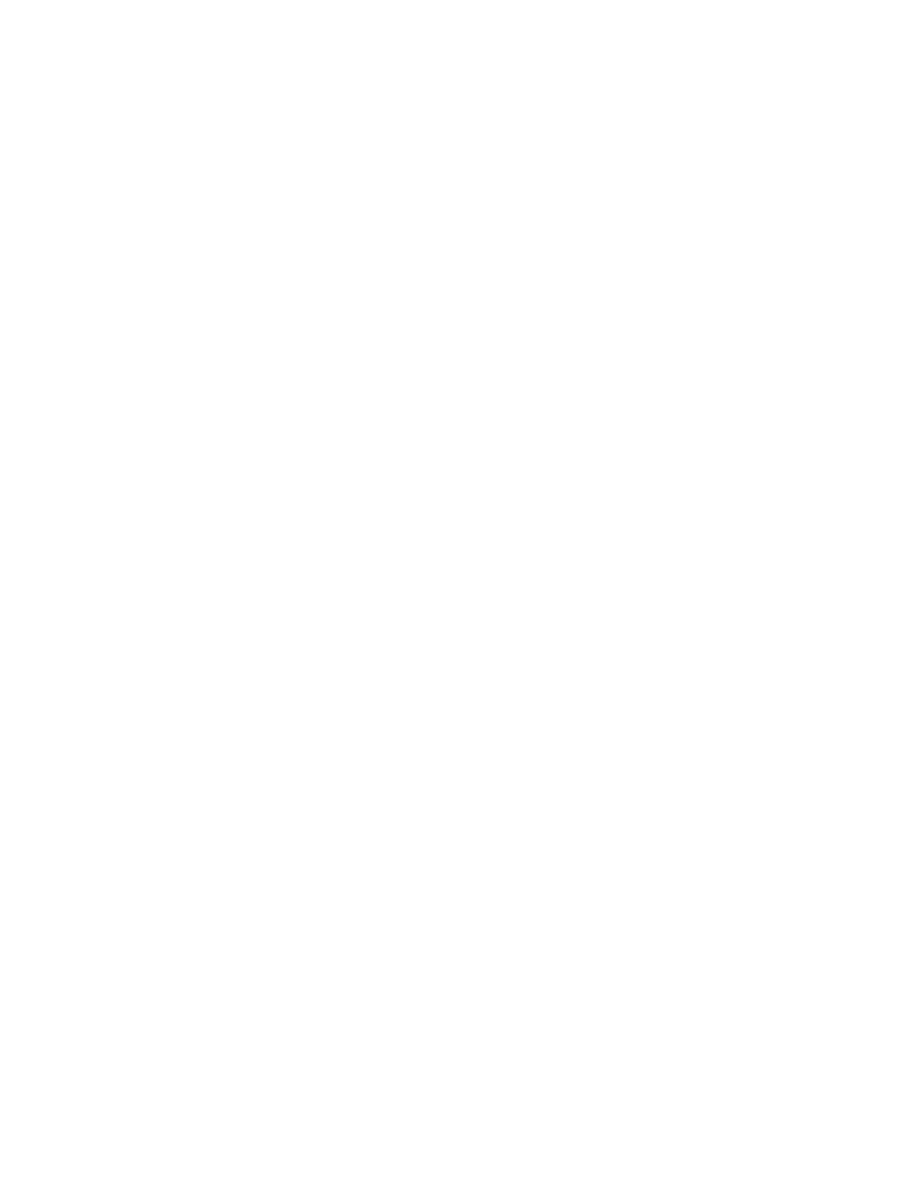
492
14 CFR Ch. I (1–1–24 Edition)
§ 27.31
with respect to the weights of fuel, oil,
coolant, and installed equipment.
(Secs. 313(a), 601, 603, 604, and 605 of the Fed-
eral Aviation Act of 1958 (49 U.S.C. 1354(a),
1421, 1423, 1424, and 1425); and sec. 6(c) of the
Dept. of Transportation Act (49 U.S.C.
1655(c)))
[Doc. No. 5074, 29 FR 15695, Nov. 24, 1964, as
amended by Amdt. 27–14, 43 FR 2324, Jan. 16,
1978]
§ 27.31
Removable ballast.
Removable ballast may be used in
showing compliance with the flight re-
quirements of this subpart.
§ 27.33
Main rotor speed and pitch lim-
its.
(a)
Main rotor speed limits. A range of
main rotor speeds must be established
that—
(1) With power on, provides adequate
margin to accommodate the variations
in rotor speed occurring in any appro-
priate maneuver, and is consistent
with the kind of governor or synchro-
nizer used; and
(2) With power off, allows each appro-
priate autorotative maneuver to be
performed throughout the ranges of
airspeed and weight for which certifi-
cation is requested.
(b)
Normal main rotor high pitch limits
(power on). For rotocraft, except heli-
copters required to have a main rotor
low speed warning under paragraph (e)
of this section. It must be shown, with
power on and without exceeding ap-
proved engine maximum limitations,
that main rotor speeds substantially
less than the minimum approved main
rotor speed will not occur under any
sustained flight condition. This must
be met by—
(1) Appropriate setting of the main
rotor high pitch stop;
(2) Inherent rotorcraft characteris-
tics that make unsafe low main rotor
speeds unlikely; or
(3) Adequate means to warn the pilot
of unsafe main rotor speeds.
(c)
Normal main rotor low pitch limits
(power off). It must be shown, with
power off, that—
(1) The normal main rotor low pitch
limit provides sufficient rotor speed, in
any autorotative condition, under the
most critical combinations of weight
and airspeed; and
(2) It is possible to prevent over-
speeding of the rotor without excep-
tional piloting skill.
(d)
Emergency high pitch. If the main
rotor high pitch stop is set to meet
paragraph (b)(1) of this section, and if
that stop cannot be exceeded inadvert-
ently, additional pitch may be made
available for emergency use.
(e)
Main rotor low speed warning for
helicopters. For each single engine heli-
copter, and each multiengine heli-
copter that does not have an approved
device that automatically increases
power on the operating engines when
one engine fails, there must be a main
rotor low speed warning which meets
the following requirements:
(1) The warning must be furnished to
the pilot in all flight conditions, in-
cluding power-on and power-off flight,
when the speed of a main rotor ap-
proaches a value that can jeopardize
safe flight.
(2) The warning may be furnished ei-
ther through the inherent aerodynamic
qualities of the helicopter or by a de-
vice.
(3) The warning must be clear and
distinct under all conditions, and must
be clearly distinguishable from all
other warnings. A visual device that
requires the attention of the crew
within the cockpit is not acceptable by
itself.
(4) If a warning device is used, the de-
vice must automatically deactivate
and reset when the low-speed condition
is corrected. If the device has an audi-
ble warning, it must also be equipped
with a means for the pilot to manually
silence the audible warning before the
low-speed condition is corrected.
(Secs. 313(a), 601, 603, 604, and 605 of the Fed-
eral Aviation Act of 1958 (49 U.S.C. 1354(a),
1421, 1423, 1424, and 1425); and sec. 6(c) of the
Dept. of Transportation Act (49 U.S.C.
1655(c)))
[Doc. No. 5074, 29 FR 15695, Nov. 24, 1964, as
amended by Amdt. 27–2, 33 FR 962, Jan. 26,
1968; Amdt. 27–14, 43 FR 2324, Jan. 16, 1978]
P
ERFORMANCE
§ 27.45
General.
(a) Unless otherwise prescribed, the
performance requirements of this sub-
part must be met for still air and a
standard atmosphere.
VerDate Sep<11>2014
09:06 Jun 28, 2024
Jkt 262046
PO 00000
Frm 00502
Fmt 8010
Sfmt 8010
Y:\SGML\262046.XXX
262046
jspears on DSK121TN23PROD with CFR
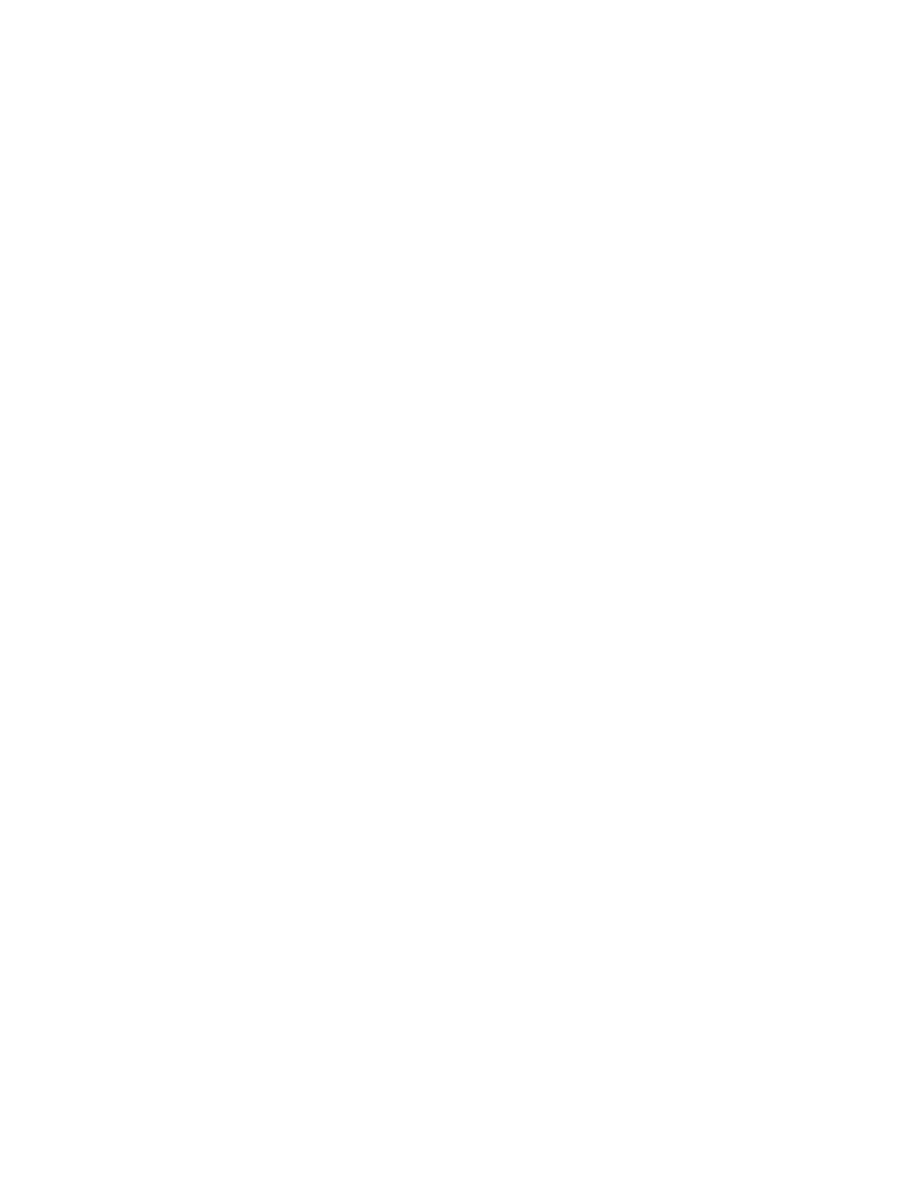
493
Federal Aviation Administration, DOT
§ 27.65
(b) The performance must correspond
to the engine power available under the
particular ambient atmospheric condi-
tions, the particular flight condition,
and the relative humidity specified in
paragraphs (d) or (e) of this section, as
appropriate.
(c) The available power must cor-
respond to engine power, not exceeding
the approved power, less—
(1) Installation losses; and
(2) The power absorbed by the acces-
sories and services appropriate to the
particular ambient atmopheric condi-
tions and the particular flight condi-
tion.
(d) For reciprocating engine-powered
rotorcraft, the performance, as affected
by engine power, must be based on a
relative humidity of 80 percent in a
standard atmosphere.
(e) For turbine engine-powered rotor-
craft, the performance, as affected by
engine power, must be based on a rel-
ative humidity of—
(1) 80 percent, at and below standard
temperature; and
(2) 34 percent, at and above standard
temperature plus 50 degrees F. Between
these two temperatures, the relative
humidity must vary linearly.
(f) For turbine-engine-powered rotor-
craft, a means must be provided to per-
mit the pilot to determine prior to
takeoff that each engine is capable of
developing the power necessary to
achieve the applicable rotorcraft per-
formance prescribed in this subpart.
(Secs. 313(a), 601, 603, 604, and 605 of the Fed-
eral Aviation Act of 1958 (49 U.S.C. 1354(a),
1421, 1423, 1424, and 1425); and sec. 6(c) of the
Dept. of Transportation Act (49 U.S.C.
1655(c)))
[Amdt. 27–14, 43 FR 2324, Jan. 16, 1978, as
amended by Amdt. 27–21, 49 FR 44432, Nov. 6,
1984]
§ 27.49
Performance at minimum oper-
ating speed.
(a) For helicopters—
(1) The hovering ceiling must be de-
termined over the ranges of weight, al-
titude, and temperature for which cer-
tification is requested, with—
(i) Takeoff power;
(ii) The landing gear extended; and
(iii) The helicopter in-ground effect
at a height consistent with normal
takeoff procedures; and
(2) The hovering ceiling determined
under paragraph (a)(1) of this section
must be at least—
(i) For reciprocating engine powered
helicopters, 4,000 feet at maximum
weight with a standard atmosphere;
(ii) For turbine engine powered heli-
copters, 2,500 feet pressure altitude at
maximum weight at a temperature of
standard plus 22
°
C (standard plus 40
°
F).
(3) The out-of-ground effect hovering
performance must be determined over
the ranges of weight, altitude, and
temperature for which certification is
requested, using takeoff power.
(b) For rotorcraft other than heli-
copters, the steady rate of climb at the
minimum operating speed must be de-
termined over the ranges of weight, al-
titude, and temperature for which cer-
tification is requested, with—
(1) Takeoff power; and
(2) The landing gear extended.
[Amdt. 27–44, 73 FR 10998, Feb. 29, 2008]
§ 27.51
Takeoff.
The takeoff, with takeoff power and
r.p.m. at the most critical center of
gravity, and with weight from the max-
imum weight at sea level to the weight
for which takeoff certification is re-
quested for each altitude covered by
this section—
(a) May not require exceptional pilot-
ing skill or exceptionally favorable
conditions throughout the ranges of al-
titude from standard sea level condi-
tions to the maximum altitude for
which takeoff and landing certification
is requested, and
(b) Must be made in such a manner
that a landing can be made safely at
any point along the flight path if an
engine fails. This must be dem-
onstrated up to the maximum altitude
for which takeoff and landing certifi-
cation is requested or 7,000 feet density
altitude, whichever is less.
[Amdt. 27–44, 73 FR 10999, Feb. 29, 2008]
§ 27.65
Climb: all engines operating.
(a) For rotorcraft other than heli-
copters—
(1) The steady rate of climb, at
V
Y,
must be determined—
(i) With maximum continuous power
on each engine;
VerDate Sep<11>2014
09:06 Jun 28, 2024
Jkt 262046
PO 00000
Frm 00503
Fmt 8010
Sfmt 8010
Y:\SGML\262046.XXX
262046
jspears on DSK121TN23PROD with CFR
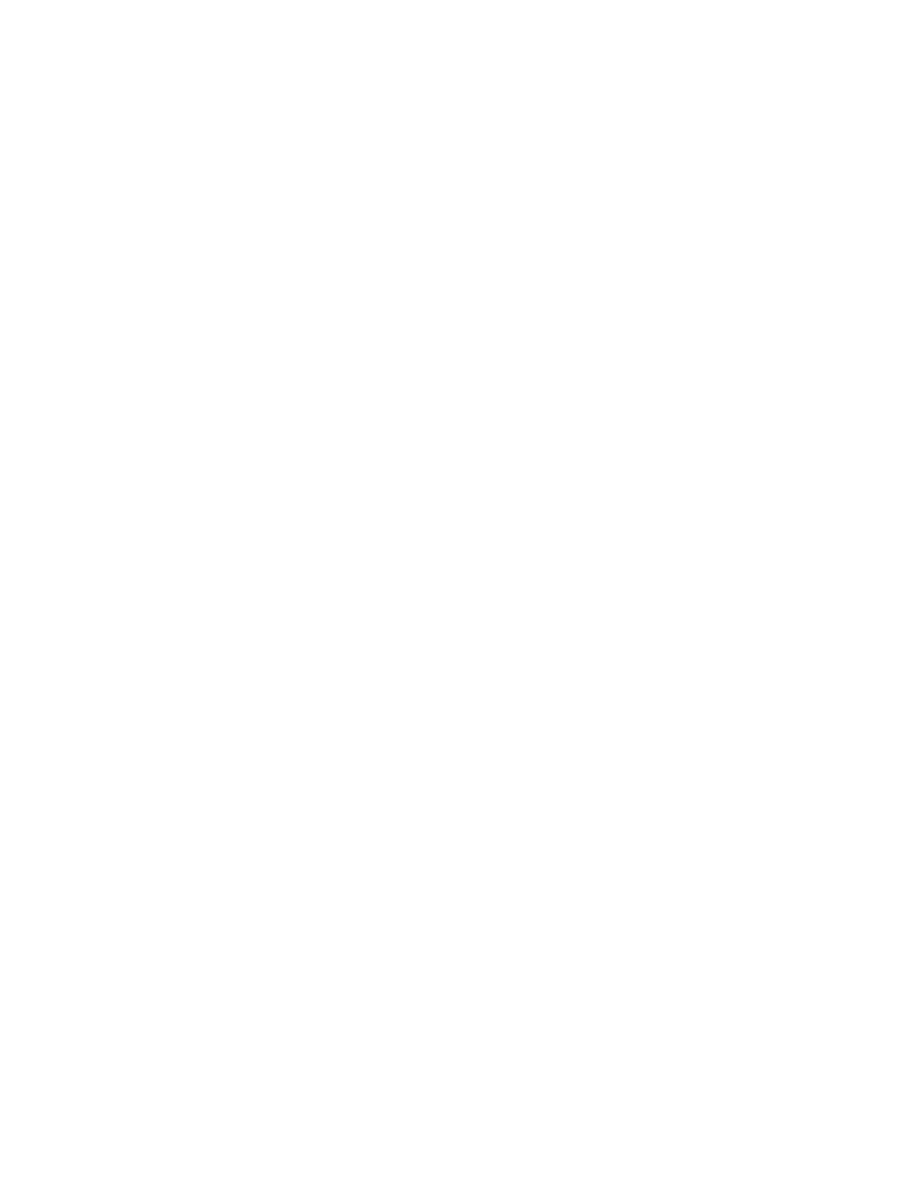
494
14 CFR Ch. I (1–1–24 Edition)
§ 27.67
(ii) With the landing gear retracted;
and
(iii) For the weights, altitudes, and
temperatures for which certification is
requested; and
(2) The climb gradient, at the rate of
climb determined in accordance with
paragraph (a)(1) of this section, must
be either—
(i) At least 1:10 if the horizontal dis-
tance required to take off and climb
over a 50-foot obstacle is determined
for each weight, altitude, and tempera-
ture within the range for which certifi-
cation is requested; or
(ii) At least 1:6 under standard sea
level conditions.
(b) Each helicopter must meet the
following requirements:
(1) V
Y
must be determined—
(i) For standard sea level conditions;
(ii) At maximum weight; and
(iii) With maximum continuous
power on each engine.
(2) The steady rate of climb must be
determined—
(i) At the climb speed selected by the
applicant at or below V
NE
;
(ii) Within the range from sea level
up to the maximum altitude for which
certification is requested;
(iii) For the weights and tempera-
tures that correspond to the altitude
range set forth in paragraph (b)(2)(ii) of
this section and for which certification
is requested; and
(iv) With maximum continuous power
on each engine.
(Secs. 313(a), 601, 603, 604, and 605 of the Fed-
eral Aviation Act of 1958 (49 U.S.C. 1354(a),
1421, 1423, 1424, and 1425); and sec. 6(c) of the
Dept. of Transportation Act (49 U.S.C.
1655(c)))
[Doc. No. 5074, 29 FR 15695, Nov. 24, 1964, as
amended by Amdt. 27–14, 43 FR 2324, Jan. 16,
1978; Amdt. 27–33, 61 FR 21907, May 10, 1996]
§ 27.67
Climb: one engine inoperative.
For multiengine helicopters, the
steady rate of climb (or descent), at
V
y
(or at the speed for minimum rate of
descent), must be determined with—
(a) Maximum weight;
(b) The critical engine inoperative
and the remaining engines at either—
(1) Maximum continuous power and,
for helicopters for which certification
for the use of 30-minute OEI power is
requested, at 30-minute OEI power; or
(2) Continuous OEI power for heli-
copters for which certification for the
use of continuous OEI power is re-
quested.
(Secs. 313(a), 601, 603, 604, and 605 of the Fed-
eral Aviation Act of 1958 (49 U.S.C. 1354(a),
1421, 1423, 1424, and 1425); and sec. 6(c) of the
Dept. of Transportation Act (49 U.S.C.
1655(c)))
[Doc. No. 5074, 29 FR 15695, Nov. 24, 1964, as
amended by Amdt. 27–23, 53 FR 34210, Sept. 2,
1988]
§ 27.71
Autorotation performance.
For single-engine helicopters and
multiengine helicopters that do not
meet the Category A engine isolation
requirements of Part 29 of this chapter,
the minimum rate of descent airspeed
and the best angle-of-glide airspeed
must be determined in autorotation
at—
(a) Maximum weight; and
(b) Rotor speed(s) selected by the ap-
plicant.
[Amdt. 27–21, 49 FR 44433, Nov. 6, 1984]
§ 27.75
Landing.
(a) The rotorcraft must be able to be
landed with no excessive vertical accel-
eration, no tendency to bounce, nose
over, ground loop, porpoise, or water
loop, and without exceptional piloting
skill or exceptionally favorable condi-
tions, with—
(1) Approach or autorotation speeds
appropriate to the type of rotorcraft
and selected by the applicant;
(2) The approach and landing made
with—
(i) Power off, for single engine rotor-
craft and entered from steady state
autorotation; or
(ii) One-engine inoperative (OEI) for
multiengine rotorcraft, with each oper-
ating engine within approved operating
limitations, and entered from an estab-
lished OEI approach.
(b) Multiengine rotorcraft must be
able to be landed safely after complete
power failure under normal operating
conditions.
[Doc. No. 5074, 29 FR 15695, Nov. 24, 1964, as
amended by Amdt. 27–14, 43 FR 2324, Jan. 16,
1978; Amdt. 27–44, 73 FR 10999, Feb. 29, 2008]
VerDate Sep<11>2014
09:06 Jun 28, 2024
Jkt 262046
PO 00000
Frm 00504
Fmt 8010
Sfmt 8010
Y:\SGML\262046.XXX
262046
jspears on DSK121TN23PROD with CFR
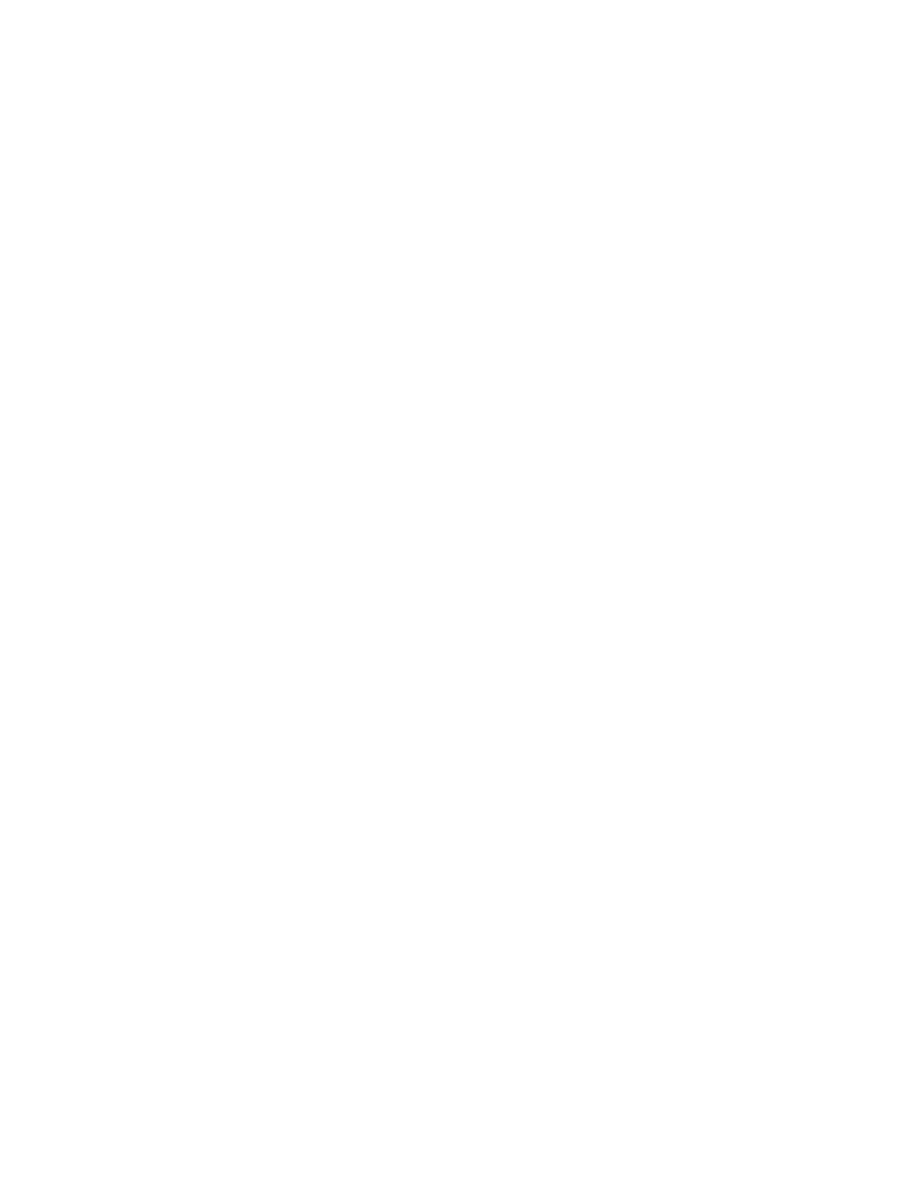
495
Federal Aviation Administration, DOT
§ 27.143
§ 27.87
Height-velocity envelope.
(a) If there is any combination of
height and forward velocity (including
hover) under which a safe landing can-
not be made under the applicable power
failure condition in paragraph (b) of
this section, a limiting height-velocity
envelope must be established (includ-
ing all pertinent information) for that
condition, throughout the ranges of—
(1) Altitude, from standard sea level
conditions to the maximum altitude
capability of the rotorcraft, or 7000 feet
density altitude, whichever is less; and
(2) Weight, from the maximum
weight at sea level to the weight se-
lected by the applicant for each alti-
tude covered by paragraph (a)(1) of this
section. For helicopters, the weight at
altitudes above sea level may not be
less than the maximum weight or the
highest weight allowing hovering out-
of-ground effect, whichever is lower.
(b) The applicable power failure con-
ditions are—
(1) For single-engine helicopters, full
autorotation;
(2) For multiengine helicopters, OEI
(where engine isolation features ensure
continued operation of the remaining
engines), and the remaining engine(s)
within approved limits and at the min-
imum installed specification power
available for the most critical com-
bination of approved ambient tempera-
ture and pressure altitude resulting in
7000 feet density altitude or the max-
imum altitude capability of the heli-
copter, whichever is less, and
(3) For other rotorcraft, conditions
appropriate to the type.
(Secs. 313(a), 601, 603, 604, Federal Aviation
Act of 1958 (49 U.S.C. 1354(a), 1421, 1423, 1424),
sec. 6(c), Dept. of Transportation Act (49
U.S.C. 1655(c)))
[Doc. No. 5074, 29 FR 15695, Nov. 24, 1964, as
amended by Amdt. 27–14, 43 FR 2324, Jan. 16,
1978; Amdt. 27–21, 49 FR 44433, Nov. 6, 1984;
Amdt. 27–44, 73 FR 10999, Feb. 29, 2008; Amdt.
27–51, 88 FR 8737, Feb. 10, 2023]
F
LIGHT
C
HARACTERISTICS
§ 27.141
General.
The rotorcraft must—
(a) Except as specifically required in
the applicable section, meet the flight
characteristics requirements of this
subpart—
(1) At the altitudes and temperatures
expected in operation;
(2) Under any critical loading condi-
tion within the range of weights and
centers of gravity for which certifi-
cation is requested;
(3) For power-on operations, under
any condition of speed, power, and
rotor r.p.m. for which certification is
requested; and
(4) For power-off operations, under
any condition of speed and rotor r.p.m.
for which certification is requested
that is attainable with the controls
rigged in accordance with the approved
rigging instructions and tolerances;
(b) Be able to maintain any required
flight condition and make a smooth
transition from any flight condition to
any other flight condition without ex-
ceptional piloting skill, alertness, or
strength, and without danger of ex-
ceeding the limit load factor under any
operating condition probable for the
type, including—
(1) Sudden failure of one engine, for
multiengine rotorcraft meeting Trans-
port Category A engine isolation re-
quirements of Part 29 of this chapter;
(2) Sudden, complete power failure
for other rotorcraft; and
(3) Sudden, complete control system
failures specified in § 27.695 of this part;
and
(c) Have any additional char-
acteristic required for night or instru-
ment operation, if certification for
those kinds of operation is requested.
Requirements for helicopter instru-
ment flight are contained in appendix
B of this part.
[Doc. No. 5074, 29 FR 15695, Nov. 24, 1964, as
amended by Amdt. 27–2, 33 FR 962, Jan. 26,
1968; Amdt. 27–11, 41 FR 55468, Dec. 20, 1976;
Amdt. 27–19, 48 FR 4389, Jan. 31, 1983; Amdt.
27–21, 49 FR 44433, Nov. 6, 1984]
§ 27.143
Controllability and maneuver-
ability.
(a) The rotorcraft must be safely con-
trollable and maneuverable—
(1) During steady flight; and
(2) During any maneuver appropriate
to the type, including—
(i) Takeoff;
(ii) Climb;
(iii) Level flight;
(iv) Turning flight;
(v) Autorotation;
VerDate Sep<11>2014
09:06 Jun 28, 2024
Jkt 262046
PO 00000
Frm 00505
Fmt 8010
Sfmt 8010
Y:\SGML\262046.XXX
262046
jspears on DSK121TN23PROD with CFR
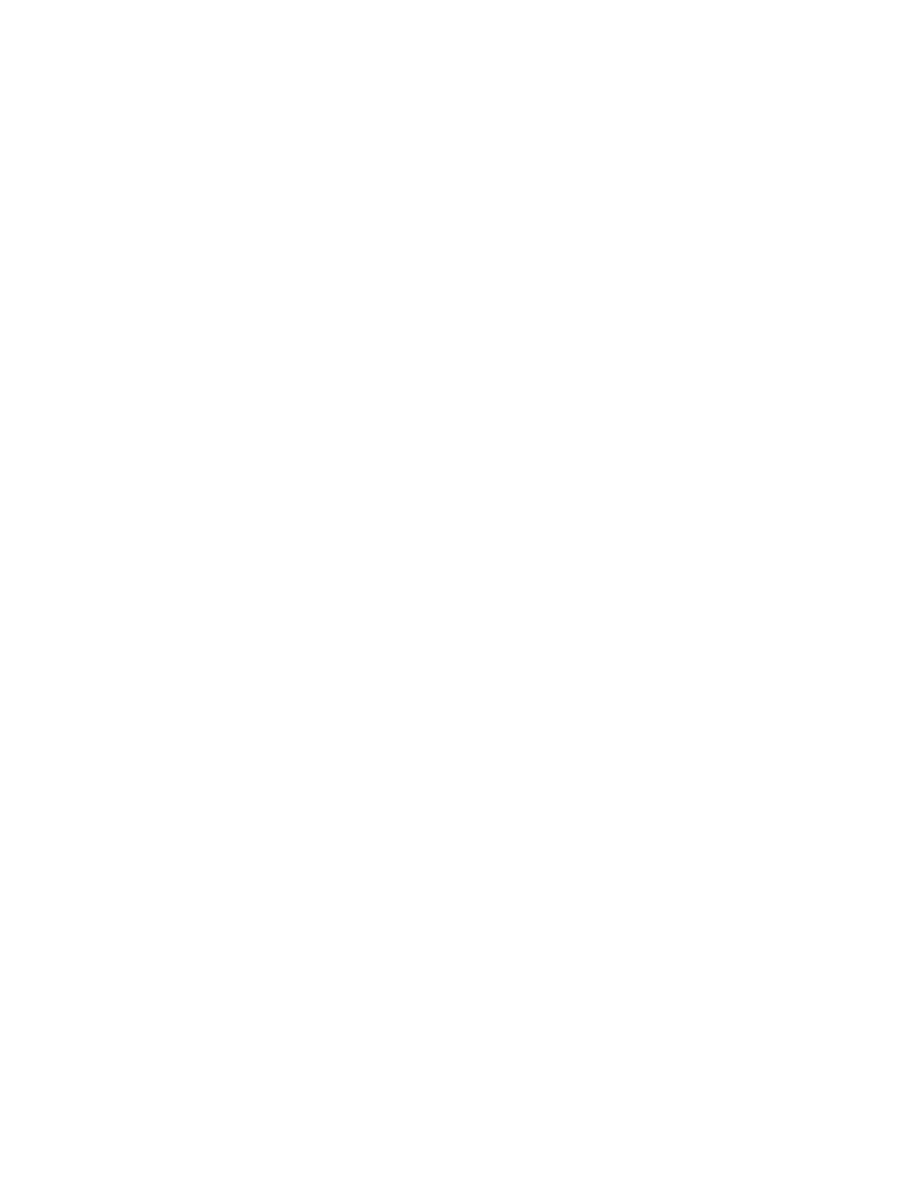
496
14 CFR Ch. I (1–1–24 Edition)
§ 27.151
(vi) Landing (power on and power
off); and
(vii) Recovery to power-on flight
from a balked autorotative approach.
(b) The margin of cyclic control must
allow satisfactory roll and pitch con-
trol at V
NE
with—
(1) Critical weight;
(2) Critical center of gravity;
(3) Critical rotor r.p.m.; and
(4) Power off (except for helicopters
demonstrating compliance with para-
graph (f) of this section) and power on.
(c) Wind velocities from zero to at
least 17 knots, from all azimuths, must
be established in which the rotorcraft
can be operated without loss of control
on or near the ground in any maneuver
appropriate to the type (such as cross-
wind takeoffs, sideward flight, and
rearward flight)—
(1) With altitude, from standard sea
level conditions to the maximum take-
off and landing altitude capability of
the rotorcraft or 7000 feet density alti-
tude, whichever is less; with—
(i) Critical Weight;
(ii) Critical center of gravity;
(iii) Critical rotor r.p.m.;
(2) For takeoff and landing altitudes
above 7000 feet density altitude with—
(i) Weight selected by the applicant;
(ii) Critical center of gravity; and
(iii) Critical rotor r.p.m.
(d) Wind velocities from zero to at
least 17 knots, from all azimuths, must
be established in which the rotorcraft
can be operated without loss of control
out-of-ground-effect, with—
(1) Weight selected by the applicant;
(2) Critical center of gravity;
(3) Rotor r.p.m. selected by the appli-
cant; and
(4) Altitude, from standard sea level
conditions to the maximum takeoff
and landing altitude capability of the
rotorcraft.
(e) The rotorcraft, after (1) failure of
one engine in the case of multiengine
rotorcraft that meet Transport Cat-
egory A engine isolation requirements,
or (2) complete engine failure in the
case of other rotorcraft, must be con-
trollable over the range of speeds and
altitudes for which certification is re-
quested when such power failure occurs
with maximum continuous power and
critical weight. No corrective action
time delay for any condition following
power failure may be less than—
(i) For the cruise condition, one sec-
ond, or normal pilot reaction time
(whichever is greater); and
(ii) For any other condition, normal
pilot reaction time.
(f) For helicopters for which a V
NE
(power-off) is established under
§ 27.1505(c), compliance must be dem-
onstrated with the following require-
ments with critical weight, critical
center of gravity, and critical rotor
r.p.m.:
(1) The helicopter must be safely
slowed to V
NE
(power-off), without ex-
ceptional pilot skill, after the last op-
erating engine is made inoperative at
power-on V
NE.
(2) At a speed of 1.1 V
NE
(power-off),
the margin of cyclic control must
allow satisfactory roll and pitch con-
trol with power off.
(Secs. 313(a), 601, 603, 604, and 605 of the Fed-
eral Aviation Act of 1958 (49 U.S.C. 1354(a),
1421, 1423, 1424, and 1425); and sec. 6(c) of the
Dept. of Transportation Act (49 U.S.C.
1655(c)))
[Doc. No. 5074, 29 FR 15695, Nov. 24, 1964, as
amended by Amdt. 27–2, 33 FR 963, Jan. 26,
1968; Amdt. 27–14, 43 FR 2325, Jan. 16, 1978;
Amdt. 27–21, 49 FR 44433, Nov. 6, 1984; Amdt.
27–44, 73 FR 10999, Feb. 29, 2008]
§ 27.151
Flight controls.
(a) Longitudinal, lateral, directional,
and collective controls may not exhibit
excessive breakout force, friction, or
preload.
(b) Control system forces and free
play may not inhibit a smooth, direct
rotorcraft response to control system
input.
[Amdt. 27–21, 49 FR 44433, Nov. 6, 1984]
§ 27.161
Trim control.
The trim control—
(a) Must trim any steady longitu-
dinal, lateral, and collective control
forces to zero in level flight at any ap-
propriate speed; and
(b) May not introduce any undesir-
able discontinuities in control force
gradients.
[Doc. No. 5074, 29 FR 15695, Nov. 24, 1964, as
amended by Amdt. 27–21, 49 FR 44433, Nov. 6,
1984]
VerDate Sep<11>2014
09:06 Jun 28, 2024
Jkt 262046
PO 00000
Frm 00506
Fmt 8010
Sfmt 8010
Y:\SGML\262046.XXX
262046
jspears on DSK121TN23PROD with CFR
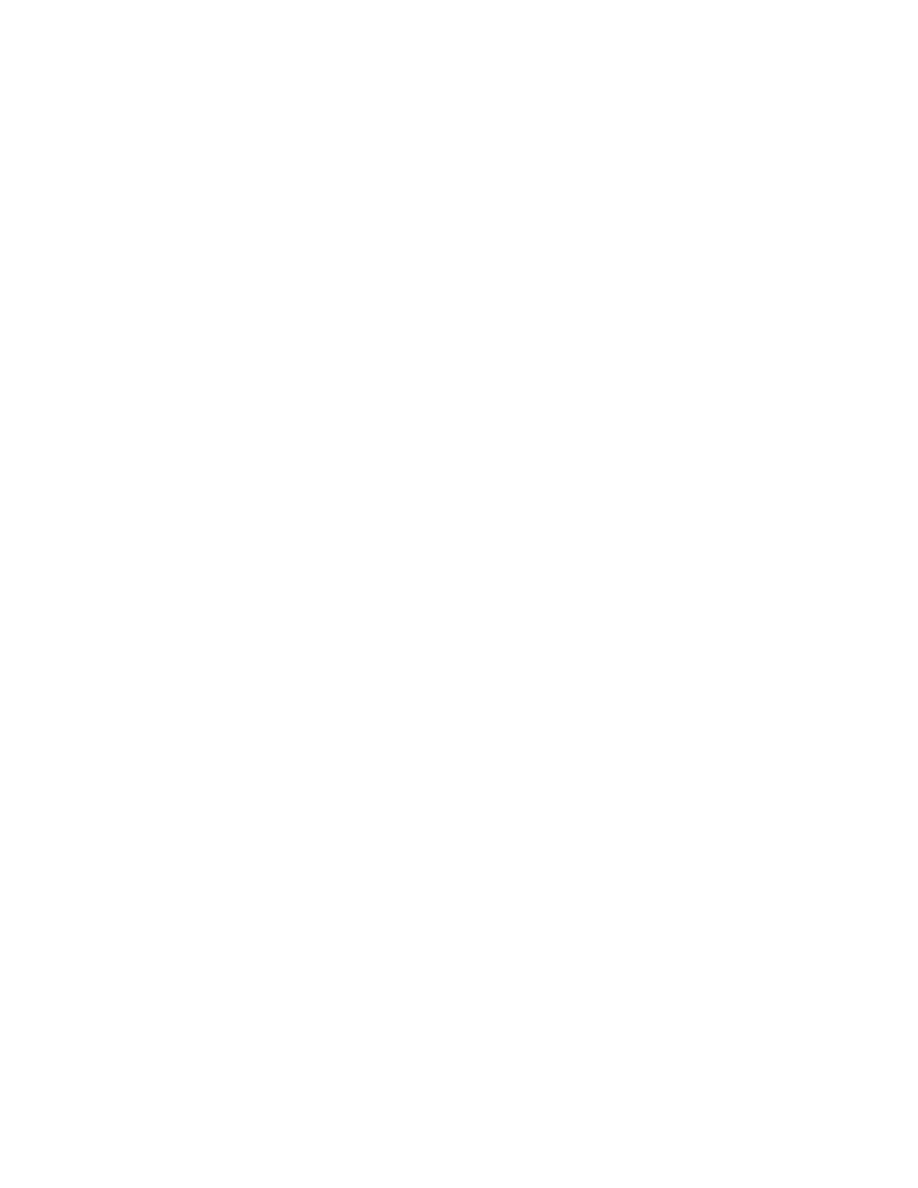
497
Federal Aviation Administration, DOT
§ 27.177
§ 27.171
Stability: general.
The rotorcraft must be able to be
flown, without undue pilot fatigue or
strain, in any normal maneuver for a
period of time as long as that expected
in normal operation. At least three
landings and takeoffs must be made
during this demonstration.
§ 27.173
Static longitudinal stability.
(a) The longitudinal control must be
designed so that a rearward movement
of the control is necessary to obtain an
airspeed less than the trim speed, and a
forward movement of the control is
necessary to obtain an airspeed more
than the trim speed.
(b) Throughout the full range of alti-
tude for which certification is re-
quested, with the throttle and collec-
tive pitch held constant during the ma-
neuvers specified in § 27.175(a) through
(d), the slope of the control position
versus airspeed curve must be positive.
However, in limited flight conditions
or modes of operation determined by
the Administrator to be acceptable, the
slope of the control position versus air-
speed curve may be neutral or negative
if the rotorcraft possesses flight char-
acteristics that allow the pilot to
maintain airspeed within
±
5 knots of
the desired trim airspeed without ex-
ceptional piloting skill or alertness.
[Amdt. 27–21, 49 FR 44433, Nov. 6, 1984, as
amended by Amdt. 27–44, 73 FR 10999, Feb. 29,
2008]
§ 27.175
Demonstration of static longi-
tudinal stability.
(a)
Climb. Static longitudinal sta-
bility must be shown in the climb con-
dition at speeds from Vy
¥
10 kt to Vy
+ 10 kt with—
(1) Critical weight;
(2) Critical center of gravity;
(3) Maximum continuous power;
(4) The landing gear retracted; and
(5) The rotorcraft trimmed at
V
Y.
(b)
Cruise. Static longitudinal sta-
bility must be shown in the cruise con-
dition at speeds from 0.8 V
NE
¥
10 kt to
0.8 V
NE
+ 10 kt or, if V
H
is less than 0.8
V
NE
, from V
H
¥
10 kt to V
H
+ 10 kt,
with—
(1) Critical weight;
(2) Critical center of gravity;
(3) Power for level flight at 0.8 V
NE
or
V
H
, whichever is less;
(4) The landing gear retracted; and
(5) The rotorcraft trimmed at 0.8 V
NE
or V
H
, whichever is less.
(c)
V
NE.
Static longitudinal stability
must be shown at speeds from V
NE
¥
20
kt to V
NE
with—
(1) Critical weight;
(2) Critical center of gravity;
(3) Power required for level flight at
V
NE
¥
10 kt or maximum continuous
power, whichever is less;
(4) The landing gear retracted; and
(5) The rotorcraft trimmed at V
NE
¥
10 kt.
(d)
Autorotation. Static longitudinal
stability must be shown in autorota-
tion at—
(1) Airspeeds from the minimum rate
of descent airspeed
¥
10 kt to the min-
imum rate of descent airspeed + 10 kt,
with—
(i) Critical weight;
(ii) Critical center of gravity;
(iii) The landing gear extended; and
(iv) The rotorcraft trimmed at the
minimum rate of descent airspeed.
(2) Airspeeds from best angle-of-glide
airspeed
¥
10 kt to the best angle-of-
glide airspeed + 10 kt, with—
(i) Critical weight;
(ii) Critical center of gravity;
(iii) The landing gear retracted; and
(iv) The rotorcraft trimmed at the
best angle-of-glide airspeed.
(Secs. 313(a), 601, 603, 604, and 605 of the Fed-
eral Aviation Act of 1958 (49 U.S.C. 1354(a),
1421, 1423, 1424, and 1425); and sec. 6(c) of the
Dept. of Transportation Act (49 U.S.C.
1655(c)))
[Doc. No. 5074, 29 FR 15695, Nov. 24, 1964, as
amended by Amdt. 27–2, 33 FR 963, Jan. 26,
1968; Amdt. 27–11, 41 FR 55468, Dec. 20, 1976;
Amdt. 27–14, 43 FR 2325, Jan. 16, 1978; Amdt.
27–21, 49 FR 44433, Nov. 6, 1984; Amdt. 27–34, 62
FR 46173, Aug. 29, 1997; Amdt. 27–44, 73 FR
10999, Feb. 29, 2008]
§ 27.177
Static directional stability.
(a) The directional controls must op-
erate in such a manner that the sense
and direction of motion of the rotor-
craft following control displacement
are in the direction of the pedal motion
with the throttle and collective con-
trols held constant at the trim condi-
tions specified in § 27.175(a), (b), and (c).
Sideslip angles must increase with
steadily increasing directional control
deflection for sideslip angles up to the
lesser of—
VerDate Sep<11>2014
09:06 Jun 28, 2024
Jkt 262046
PO 00000
Frm 00507
Fmt 8010
Sfmt 8010
Y:\SGML\262046.XXX
262046
jspears on DSK121TN23PROD with CFR
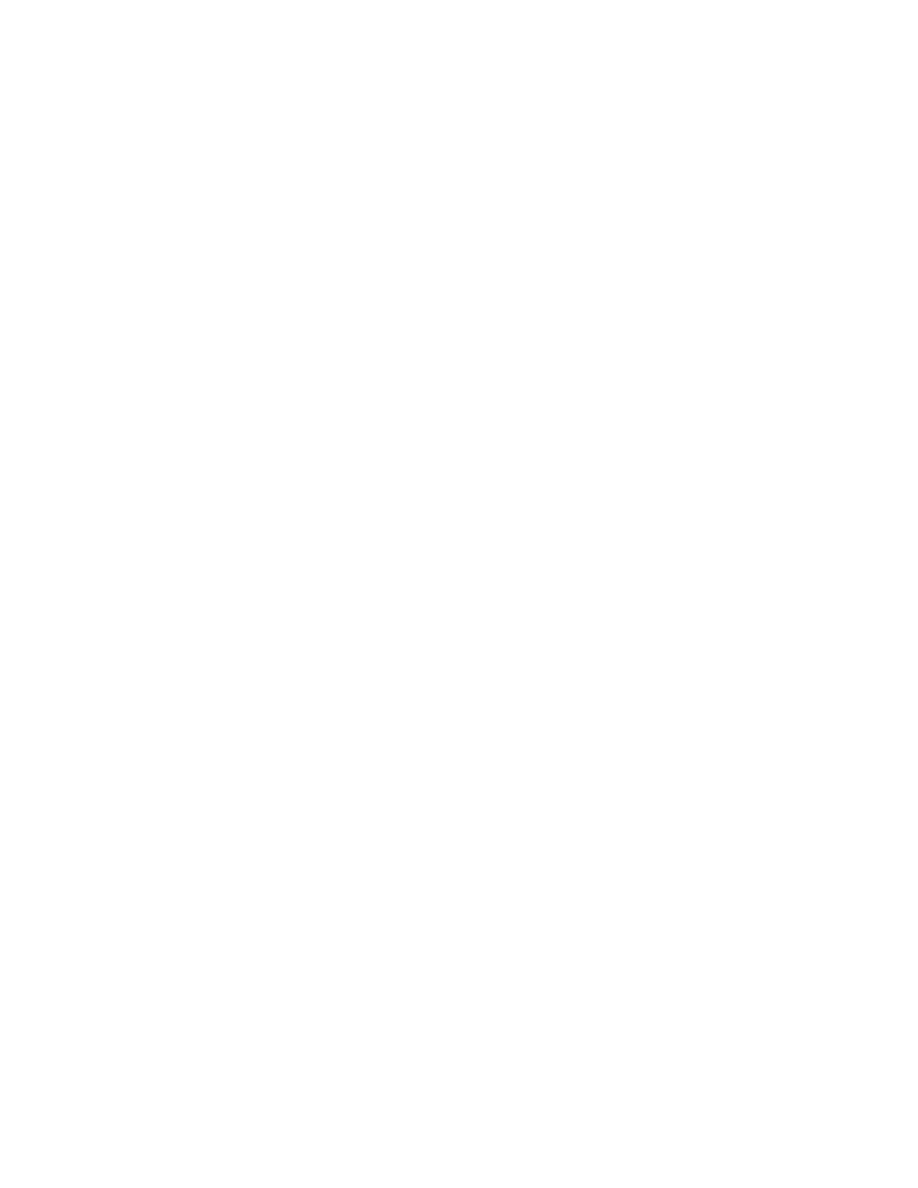
498
14 CFR Ch. I (1–1–24 Edition)
§ 27.231
(1)
±
25 degrees from trim at a speed of
15 knots less than the speed for min-
imum rate of descent varying linearly
to
±
10 degrees from trim at V
NE
;
(2) The steady state sideslip angles
established by § 27.351;
(3) A sideslip angle selected by the
applicant, which corresponds to a
sideforce of at least 0.1g; or
(4) The sideslip angle attained by
maximum directional control input.
(b) Sufficient cues must accompany
the sideslip to alert the pilot when the
aircraft is approaching the sideslip
limits.
(c) During the maneuver specified in
paragraph (a) of this section, the side-
slip angle versus directional control
position curve may have a negative
slope within a small range of angles
around trim, provided the desired head-
ing can be maintained without excep-
tional piloting skill or alertness.
[Amdt. 27–44, 73 FR 11000, Feb. 29, 2008]
G
ROUND AND
W
ATER
H
ANDLING
C
HARACTERISTICS
§ 27.231
General.
The rotorcraft must have satisfac-
tory ground and water handling char-
acteristics, including freedom from un-
controllable tendencies in any condi-
tion expected in operation.
§ 27.235
Taxiing condition.
The rotorcraft must be designed to
withstand the loads that would occur
when the rotorcraft is taxied over the
roughest ground that may reasonably
be expected in normal operation.
§ 27.239
Spray characteristics.
If certification for water operation is
requested, no spray characteristics
during taxiing, takeoff, or landing may
obscure the vision of the pilot or dam-
age the rotors, propellers, or other
parts of the rotorcraft.
§ 27.241
Ground resonance.
The rotorcraft may have no dan-
gerous tendency to oscillate on the
ground with the rotor turning.
M
ISCELLANEOUS
F
LIGHT
R
EQUIREMENTS
§ 27.251
Vibration.
Each part of the rotorcraft must be
free from excessive vibration under
each appropriate speed and power con-
dition.
Subpart C—Strength Requirements
G
ENERAL
§ 27.301
Loads.
(a) Strength requirements are speci-
fied in terms of limit loads (the max-
imum loads to be expected in service)
and ultimate loads (limit loads multi-
plied by prescribed factors of safety).
Unless otherwise provided, prescribed
loads are limit loads.
(b) Unless otherwise provided, the
specified air, ground, and water loads
must be placed in equilibrium with in-
ertia forces, considering each item of
mass in the rotorcraft. These loads
must be distributed to closely approxi-
mate or conservatively represent ac-
tual conditions.
(c) If deflections under load would
significantly change the distribution of
external or internal loads, this redis-
tribution must be taken into account.
§ 27.303
Factor of safety.
Unless otherwise provided, a factor of
safety of 1.5 must be used. This factor
applies to external and inertia loads
unless its application to the resulting
internal stresses is more conservative.
§ 27.305
Strength and deformation.
(a) The structure must be able to
support limit loads without detri-
mental or permanent deformation. At
any load up to limit loads, the defor-
mation may not interfere with safe op-
eration.
(b) The structure must be able to
support ultimate loads without failure.
This must be shown by—
(1) Applying ultimate loads to the
structure in a static test for at least
three seconds; or
(2) Dynamic tests simulating actual
load application.
VerDate Sep<11>2014
09:06 Jun 28, 2024
Jkt 262046
PO 00000
Frm 00508
Fmt 8010
Sfmt 8010
Y:\SGML\262046.XXX
262046
jspears on DSK121TN23PROD with CFR
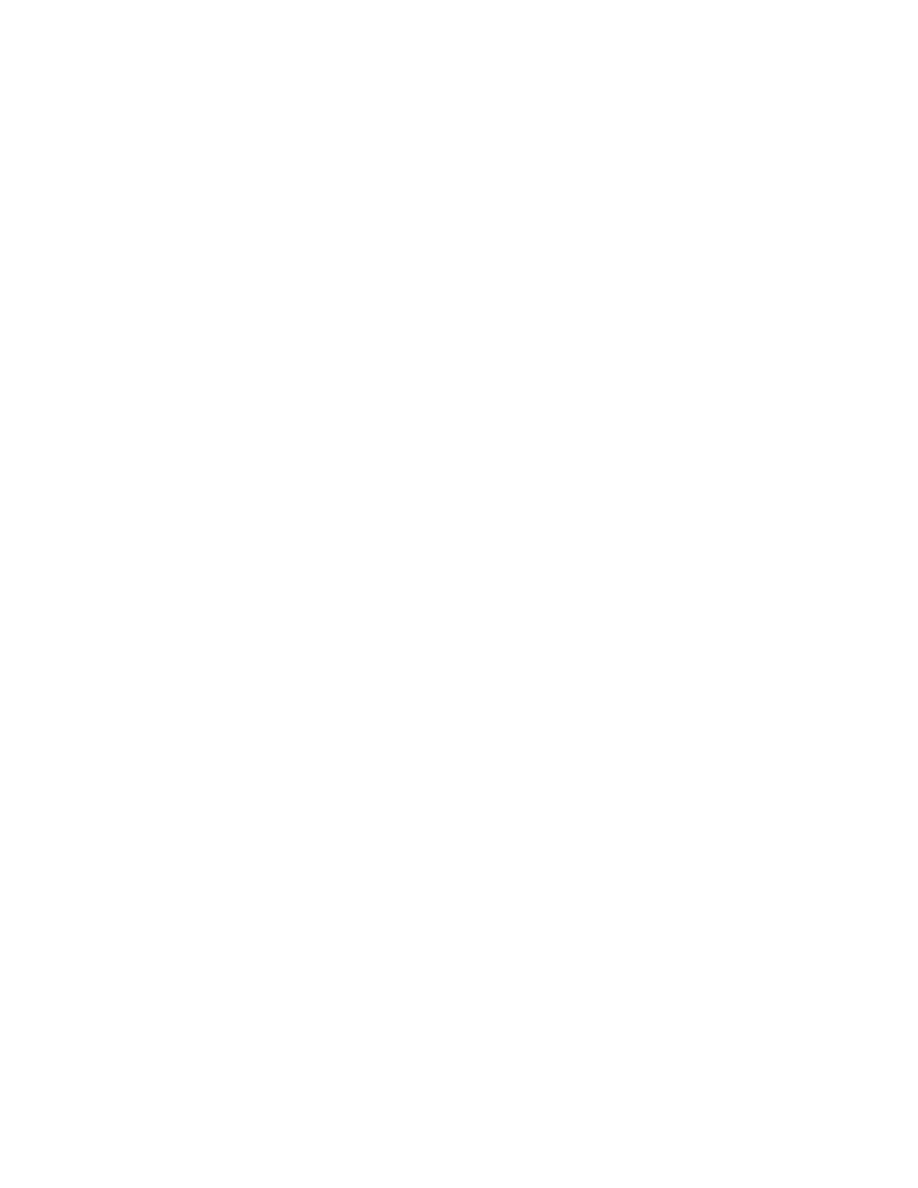
499
Federal Aviation Administration, DOT
§ 27.339
§ 27.307
Proof of structure.
(a) Compliance with the strength and
deformation requirements of this sub-
part must be shown for each critical
loading condition accounting for the
environment to which the structure
will be exposed in operation. Struc-
tural analysis (static or fatigue) may
be used only if the structure conforms
to those structures for which experi-
ence has shown this method to be reli-
able. In other cases, substantiating
load tests must be made.
(b) Proof of compliance with the
strength requirements of this subpart
must include—
(1) Dynamic and endurance tests of
rotors, rotor drives, and rotor controls;
(2) Limit load tests of the control
system, including control surfaces;
(3) Operation tests of the control sys-
tem;
(4) Flight stress measurement tests;
(5) Landing gear drop tests; and
(6) Any additional test required for
new or unusual design features.
(Secs. 604, 605, 72 Stat. 778, 49 U.S.C. 1424,
1425)
[Doc. No. 5074, 29 FR 15695, Nov. 24, 1964, as
amended by Amdt. 27–3, 33 FR 14105, Sept. 18,
1968; Amdt. 27–26, 55 FR 7999, Mar. 6, 1990]
§ 27.309
Design limitations.
The following values and limitations
must be established to show compli-
ance with the structural requirements
of this subpart:
(a) The design maximum weight.
(b) The main rotor r.p.m. ranges
power on and power off.
(c) The maximum forward speeds for
each main rotor r.p.m. within the
ranges determined under paragraph (b)
of this section.
(d) The maximum rearward and side-
ward flight speeds.
(e) The center of gravity limits cor-
responding to the limitations deter-
mined under paragraphs (b), (c), and (d)
of this section.
(f) The rotational speed ratios be-
tween each powerplant and each con-
nected rotating component.
(g) The positive and negative limit
maneuvering load factors.
F
LIGHT
L
OADS
§ 27.321
General.
(a) The flight load factor must be as-
sumed to act normal to the longitu-
dinal axis of the rotorcraft, and to be
equal in magnitude and opposite in di-
rection to the rotorcraft inertia load
factor at the center of gravity.
(b) Compliance with the flight load
requirements of this subpart must be
shown—
(1) At each weight from the design
minimum weight to the design max-
imum weight; and
(2) With any practical distribution of
disposable load within the operating
limitations in the Rotorcraft Flight
Manual.
[Doc. No. 5074, 29 FR 15695, Nov. 24, 1964, as
amended by Amdt. 27–11, 41 FR 55468, Dec. 20,
1976]
§ 27.337
Limit maneuvering load fac-
tor.
The rotorcraft must be designed for—
(a) A limit maneuvering load factor
ranging from a positive limit of 3.5 to
a negative limit of
¥
1.0; or
(b) Any positive limit maneuvering
load factor not less than 2.0 and any
negative limit maneuvering load factor
of not less than
¥
0.5 for which—
(1) The probability of being exceeded
is shown by analysis and flight tests to
be extremely remote; and
(2) The selected values are appro-
priate to each weight condition be-
tween the design maximum and design
minimum weights.
[Amdt. 27–26, 55 FR 7999, Mar. 6, 1990]
§ 27.339
Resultant limit maneuvering
loads.
The loads resulting from the applica-
tion of limit maneuvering load factors
are assumed to act at the center of
each rotor hub and at each auxiliary
lifting surface, and to act in directions,
and with distributions of load among
the rotors and auxiliary lifting sur-
faces, so as to represent each critical
maneuvering condition, including
power-on and power-off flight with the
maximum design rotor tip speed ratio.
The rotor tip speed ratio is the ratio of
the rotorcraft flight velocity compo-
nent in the plane of the rotor disc to
VerDate Sep<11>2014
09:06 Jun 28, 2024
Jkt 262046
PO 00000
Frm 00509
Fmt 8010
Sfmt 8010
Y:\SGML\262046.XXX
262046
jspears on DSK121TN23PROD with CFR
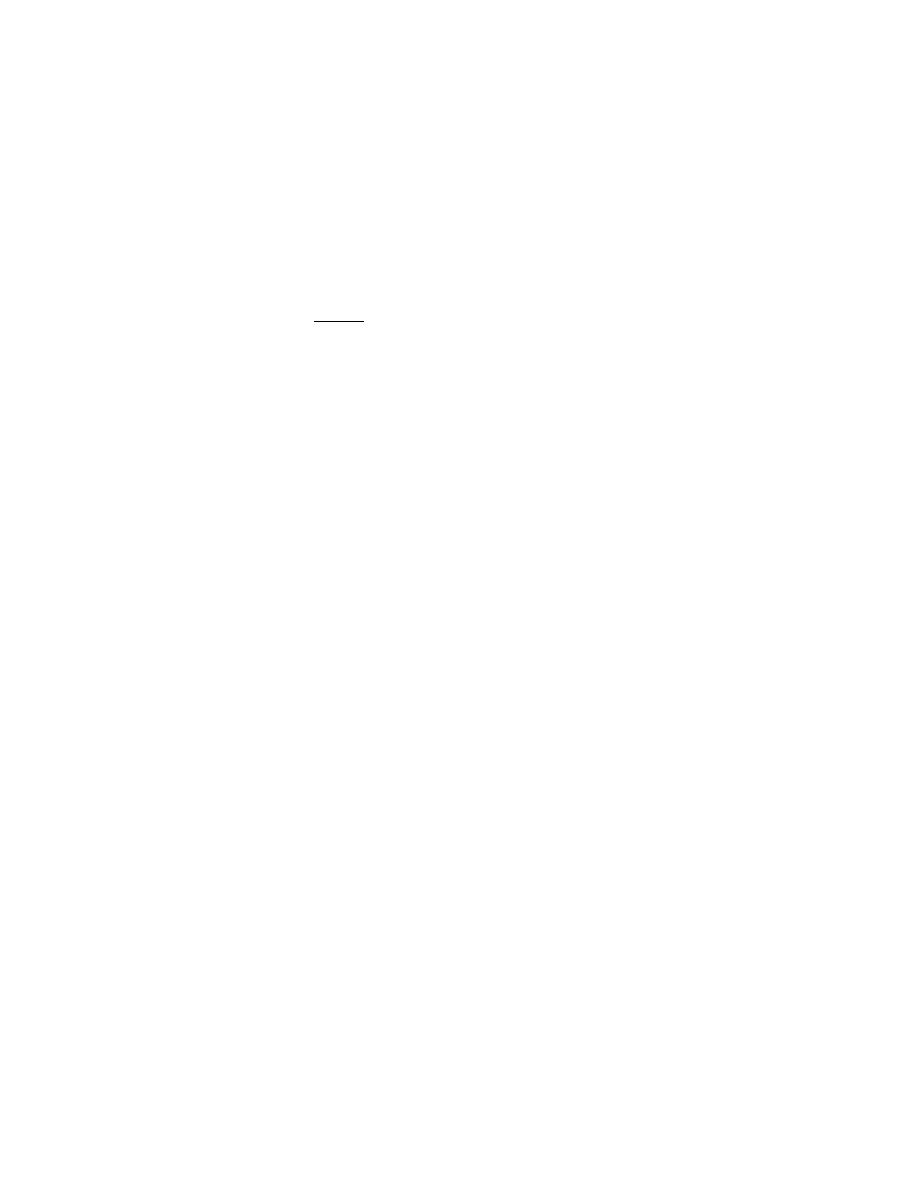
500
14 CFR Ch. I (1–1–24 Edition)
§ 27.341
the rotational tip speed of the rotor
blades, and is expressed as follows:
μ =
V cos a
R
Ω
where—
V = The airspeed along flight path (f.p.s.);
a = The angle between the projection, in the
plane of symmetry, of the axis of no
feathering and a line perpendicular to
the flight path (radians, positive when
axis is pointing aft);
omega = The angular velocity of rotor (radi-
ans per second); and
R = The rotor radius (ft).
[Doc. No. 5074, 29 FR 15695, Nov. 24, 1964, as
amended by Amdt. 27–11, 41 FR 55469, Dec. 20,
1976]
§ 27.341
Gust loads.
The rotorcraft must be designed to
withstand, at each critical airspeed in-
cluding hovering, the loads resulting
from a vertical gust of 30 feet per sec-
ond.
§ 27.351
Yawing conditions.
(a) Each rotorcraft must be designed
for the loads resulting from the maneu-
vers specified in paragraphs (b) and (c)
of this section with—
(1) Unbalanced aerodynamic mo-
ments about the center of gravity
which the aircraft reacts to in a ration-
al or conservative manner considering
the principal masses furnishing the re-
acting inertia forces; and
(2) Maximum main rotor speed.
(b) To produce the load required in
paragraph (a) of this section, in unac-
celerated flight with zero yaw, at for-
ward speeds from zero up to 0.6 V
NE
—
(1) Displace the cockpit directional
control suddenly to the maximum de-
flection limited by the control stops or
by the maximum pilot force specified
in § 27.397(a);
(2) Attain a resulting sideslip angle
or 90
°
, whichever is less; and
(3) Return the directional control
suddenly to neutral.
(c) To produce the load required in
paragraph (a) of this section, in unac-
celerated flight with zero yaw, at for-
ward speeds from 0.6 V
NE
up to V
NE
or
V
H
, whichever is less—
(1) Displace the cockpit directional
control suddenly to the maximum de-
flection limited by the control stops or
by the maximum pilot force specified
in § 27.397(a);
(2) Attain a resulting sideslip angle
or 15
°
, whichever is less, at the lesser
speed of V
NE
or V
H
;
(3) Vary the sideslip angles of para-
graphs (b)(2) and (c)(2) of this section
directly with speed; and
(4) Return the directional control
suddenly to neutral.
[Amdt. 27–26, 55 FR 7999, Mar. 6, 1990, as
amended by Amdt. 27–34, 62 FR 46173, Aug. 29,
1997]
§ 27.361
Engine torque.
(a) For turbine engines, the limit
torque may not be less than the high-
est of—
(1) The mean torque for maximum
continuous power multiplied by 1.25;
(2) The torque required by § 27.923;
(3) The torque required by § 27.927; or
(4) The torque imposed by sudden en-
gine stoppage due to malfunction or
structural failure (such as compressor
jamming).
(b) For reciprocating engines, the
limit torque may not be less than the
mean torque for maximum continuous
power multiplied by—
(1) 1.33, for engines with five or more
cylinders; and
(2) Two, three, and four, for engines
with four, three, and two cylinders, re-
spectively.
[Amdt. 27–23, 53 FR 34210, Sept. 2, 1988]
C
ONTROL
S
URFACE AND
S
YSTEM
L
OADS
§ 27.391
General.
Each auxiliary rotor, each fixed or
movable stabilizing or control surface,
and each system operating any flight
control must meet the requirements of
§§ 27.395, 27.397, 27.399, 27.411, and 27.427.
[Amdt. 27–26, 55 FR 7999, Mar. 6, 1990, as
amended by Amdt. 27–34, 62 FR 46173, Aug. 29,
1997]
§ 27.395
Control system.
(a) The part of each control system
from the pilot’s controls to the control
stops must be designed to withstand
pilot forces of not less than—
(1) The forces specified in § 27.397; or
(2) If the system prevents the pilot
from applying the limit pilot forces to
the system, the maximum forces that
VerDate Sep<11>2014
09:06 Jun 28, 2024
Jkt 262046
PO 00000
Frm 00510
Fmt 8010
Sfmt 8010
Y:\SGML\262046.XXX
262046
EC28SE91.083</MATH>
jspears on DSK121TN23PROD with CFR
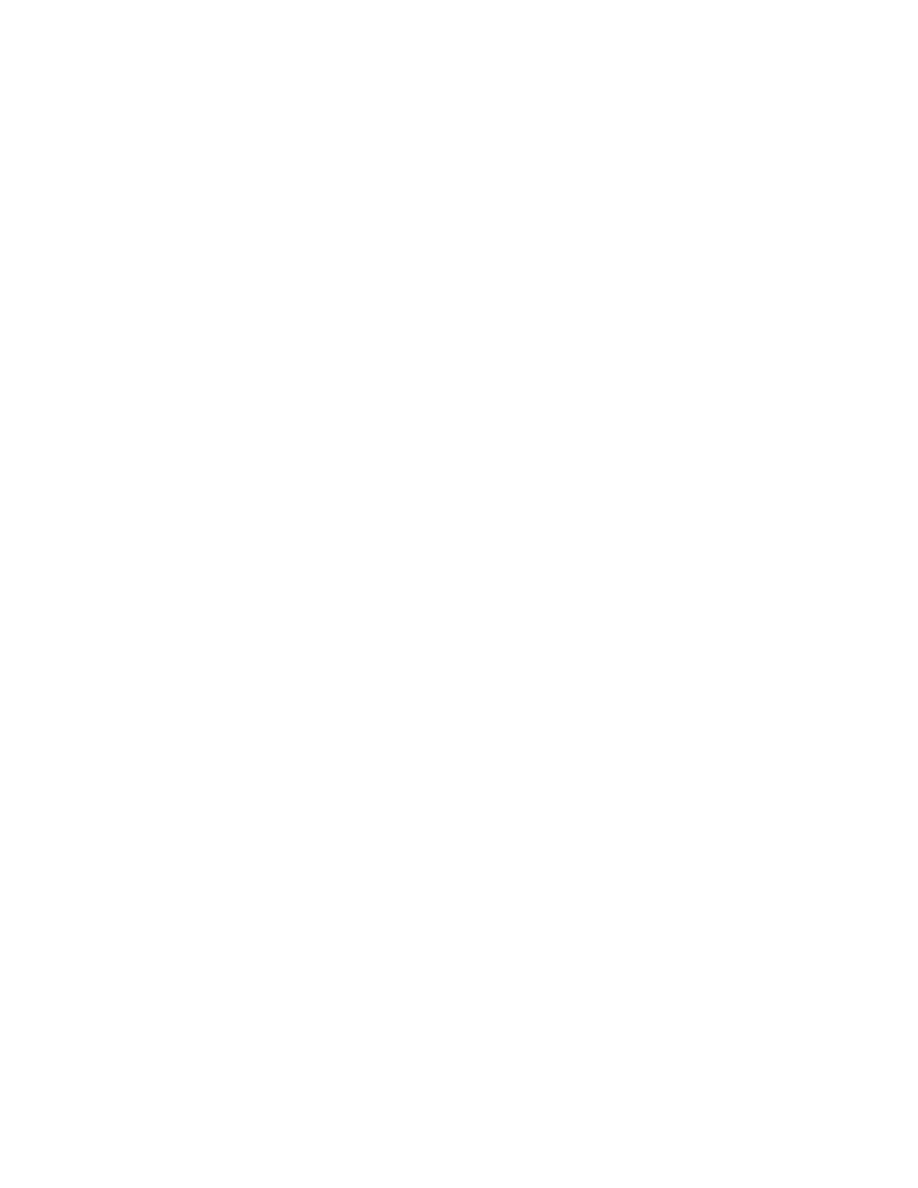
501
Federal Aviation Administration, DOT
§ 27.427
the system allows the pilot to apply,
but not less than 0.60 times the forces
specified in § 27.397.
(b) Each primary control system, in-
cluding its supporting structure, must
be designed as follows:
(1) The system must withstand loads
resulting from the limit pilot forces
prescribed in § 27.397.
(2) Notwithstanding paragraph (b)(3)
of this section, when power-operated
actuator controls or power boost con-
trols are used, the system must also
withstand the loads resulting from the
force output of each normally ener-
gized power device, including any sin-
gle power boost or actuator system
failure.
(3) If the system design or the normal
operating loads are such that a part of
the system cannot react to the limit
pilot forces prescribed in § 27.397, that
part of the system must be designed to
withstand the maximum loads that can
be obtained in normal operation. The
minimum design loads must, in any
case, provide a rugged system for serv-
ice use, including consideration of fa-
tigue, jamming, ground gusts, control
inertia, and friction loads. In the ab-
sence of rational analysis, the design
loads resulting from 0.60 of the speci-
fied limit pilot forces are acceptable
minimum design loads.
(4) If operational loads may be ex-
ceeded through jamming, ground gusts,
control inertia, or friction, the system
must withstand the limit pilot forces
specified in § 27.397, without yielding.
[Doc. No. 5074, 29 FR 15695, Nov. 24, 1964, as
amended by Amdt. 27–26, 55 FR 7999, Mar. 6,
1990]
§ 27.397
Limit pilot forces and torques.
(a) Except as provided in paragraph
(b) of this section, the limit pilot
forces are as follows:
(1) For foot controls, 130 pounds.
(2) For stick controls, 100 pounds fore
and aft, and 67 pounds laterally.
(b) For flap, tab, stabilizer, rotor
brake, and landing gear operating con-
trols, the follows apply (R = radius in
inches):
(1) Crank, wheel, and lever controls,
[1 + R]/3
×
50 pounds, but not less than
50 pounds nor more than 100 pounds for
hand operated controls or 130 pounds
for foot operated controls, applied at
any angle within 20 degrees of the
plane of motion of the control.
(2) Twist controls, 80R inch-pounds.
[Amdt. 27–11, 41 FR 55469, Dec. 20, 1976, as
amended by Amdt. 27–40, 66 FR 23538, May 9,
2001]
§ 27.399
Dual control system.
Each dual primary flight control sys-
tem must be designed to withstand the
loads that result when pilot forces of
0.75 times those obtained under § 27.395
are applied—
(a) In opposition; and
(b) In the same direction.
§ 27.411
Ground clearance: tail rotor
guard.
(a) It must be impossible for the tail
rotor to contact the landing surface
during a normal landing.
(b) If a tail rotor guard is required to
show compliance with paragraph (a) of
this section—
(1) Suitable design loads must be es-
tablished for the guard; and
(2) The guard and its supporting
structure must be designed to with-
stand those loads.
§ 27.427
Unsymmetrical loads.
(a) Horizontal tail surfaces and their
supporting structure must be designed
for unsymmetrical loads arising from
yawing and rotor wake effects in com-
bination with the prescribed flight con-
ditions.
(b) To meet the design criteria of
paragraph (a) of this section, in the ab-
sence of more rational data, both of the
following must be met:
(1) One hundred percent of the max-
imum loading from the symmetrical
flight conditions acts on the surface on
one side of the plane of symmetry, and
no loading acts on the other side.
(2) Fifty percent of the maximum
loading from the symmetrical flight
conditions acts on the surface on each
side of the plane of symmetry but in
opposite directions.
(c) For empennage arrangements
where the horizontal tail surfaces are
supported by the vertical tail surfaces,
the vertical tail surfaces and sup-
porting structure must be designed for
the combined vertical and horizontal
surface loads resulting from each pre-
scribed flight condition, considered
VerDate Sep<11>2014
09:06 Jun 28, 2024
Jkt 262046
PO 00000
Frm 00511
Fmt 8010
Sfmt 8010
Y:\SGML\262046.XXX
262046
jspears on DSK121TN23PROD with CFR

502
14 CFR Ch. I (1–1–24 Edition)
§ 27.471
separately. The flight conditions must
be selected so the maximum design
loads are obtained on each surface. In
the absence of more rational data, the
unsymmetrical horizontal tail surface
loading distributions described in this
section must be assumed.
[Amdt. 27–26, 55 FR 7999, Mar. 6, 1990, as
amended by Amdt. 27–27, 55 FR 38966, Sept.
21, 1990]
G
ROUND
L
OADS
§ 27.471
General.
(a)
Loads and equilibrium. For limit
ground loads—
(1) The limit ground loads obtained
in the landing conditions in this part
must be considered to be external loads
that would occur in the rotorcraft
structure if it were acting as a rigid
body; and
(2) In each specified landing condi-
tion, the external loads must be placed
in equilibrium with linear and angular
inertia loads in a rational or conserv-
ative manner.
(b)
Critical centers of gravity. The crit-
ical centers of gravity within the range
for which certification is requested
must be selected so that the maximum
design loads are obtained in each land-
ing gear element.
§ 27.473
Ground loading conditions
and assumptions.
(a) For specified landing conditions,
a design maximum weight must be
used that is not less than the max-
imum weight. A rotor lift may be as-
sumed to act through the center of
gravity throughout the landing impact.
This lift may not exceed two-thirds of
the design maximum weight.
(b) Unless otherwise prescribed, for
each specified landing condition, the
rotorcraft must be designed for a limit
load factor of not less than the limit
inertia load factor substantiated under
§ 27.725.
[Amdt. 27–2, 33 FR 963, Jan. 26, 1968]
§ 27.475
Tires and shock absorbers.
Unless otherwise prescribed, for each
specified landing condition, the tires
must be assumed to be in their static
position and the shock absorbers to be
in their most critical position.
§ 27.477
Landing gear arrangement.
Sections 27.235, 27.479 through 27.485,
and 27.493 apply to landing gear with
two wheels aft, and one or more wheels
forward, of the center of gravity.
§ 27.479
Level landing conditions.
(a)
Attitudes. Under each of the load-
ing conditions prescribed in paragraph
(b) of this section, the rotorcraft is as-
sumed to be in each of the following
level landing attitudes:
(1) An attitude in which all wheels
contact the ground simultaneously.
(2) An attitude in which the aft
wheels contact the ground with the for-
ward wheels just clear of the ground.
(b)
Loading conditions. The rotorcraft
must be designed for the following
landing loading conditions:
(1) Vertical loads applied under
§ 27.471.
(2) The loads resulting from a com-
bination of the loads applied under
paragraph (b)(1) of this section with
drag loads at each wheel of not less
than 25 percent of the vertical load at
that wheel.
(3) If there are two wheels forward, a
distribution of the loads applied to
those wheels under paragraphs (b)(1)
and (2) of this section in a ratio of
40:60.
(c)
Pitching moments. Pitching mo-
ments are assumed to be resisted by—
(1) In the case of the attitude in para-
graph (a)(1) of this section, the forward
landing gear; and
(2) In the case of the attitude in para-
graph (a)(2) of this section, the angular
inertia forces.
[Doc. No. 5074, 29 FR 15695, Nov. 24, 1964; 29
FR 17885, Dec. 17, 1964]
§ 27.481
Tail-down landing conditions.
(a) The rotorcraft is assumed to be in
the maximum nose-up attitude allow-
ing ground clearance by each part of
the rotorcraft.
(b) In this attitude, ground loads are
assumed to act perpendicular to the
ground.
§ 27.483
One-wheel landing conditions.
For the one-wheel landing condition,
the rotorcraft is assumed to be in the
level attitude and to contact the
VerDate Sep<11>2014
09:06 Jun 28, 2024
Jkt 262046
PO 00000
Frm 00512
Fmt 8010
Sfmt 8010
Y:\SGML\262046.XXX
262046
jspears on DSK121TN23PROD with CFR
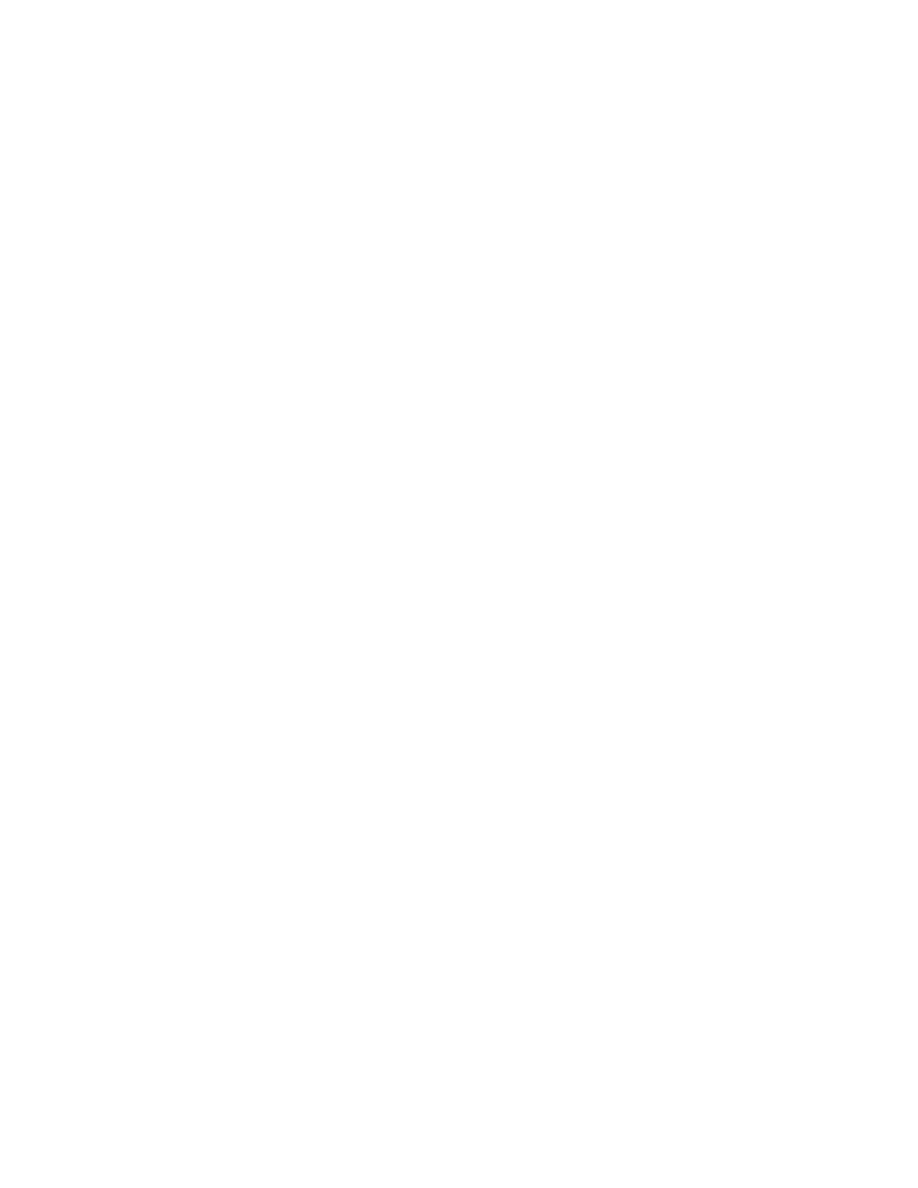
503
Federal Aviation Administration, DOT
§ 27.497
ground on one aft wheel. In this atti-
tude—
(a) The vertical load must be the
same as that obtained on that side
under § 27.479(b)(1); and
(b) The unbalanced external loads
must be reacted by rotorcraft inertia.
§ 27.485
Lateral drift landing condi-
tions.
(a) The rotorcraft is assumed to be in
the level landing attitude, with—
(1) Side loads combined with one-half
of the maximum ground reactions ob-
tained in the level landing conditions
of § 27.479 (b)(1); and
(2) The loads obtained under para-
graph (a)(1) of this section applied—
(i) At the ground contact point; or
(ii) For full-swiveling gear, at the
center of the axle.
(b) The rotorcraft must be designed
to withstand, at ground contact—
(1) When only the aft wheels contact
the ground, side loads of 0.8 times the
vertical reaction acting inward on one
side, and 0.6 times the vertical reaction
acting outward on the other side, all
combined with the vertical loads speci-
fied in paragraph (a) of this section;
and
(2) When all wheels contact the
ground simultaneously—
(i) For the aft wheels, the side loads
specified in paragraph (b)(1) of this sec-
tion; and
(ii) For the forward wheels, a side
load of 0.8 times the vertical reaction
combined with the vertical load speci-
fied in paragraph (a) of this section.
§ 27.493
Braked roll conditions.
Under braked roll conditions with
the shock absorbers in their static po-
sitions—
(a) The limit vertical load must be
based on a load factor of at least—
(1) 1.33, for the attitude specified in
§ 27.479(a)(1); and
(2) 1.0 for the attitude specified in
§ 27.479(a)(2); and
(b) The structure must be designed to
withstand at the ground contact point
of each wheel with brakes, a drag load
at least the lesser of—
(1) The vertical load multiplied by a
coefficient of friction of 0.8; and
(2) The maximum value based on lim-
iting brake torque.
§ 27.497
Ground loading conditions:
landing gear with tail wheels.
(a)
General. Rotorcraft with landing
gear with two wheels forward, and one
wheel aft, of the center of gravity must
be designed for loading conditions as
prescribed in this section.
(b)
Level landing attitude with only the
forward wheels contacting the ground. In
this attitude—
(1) The vertical loads must be applied
under §§ 27.471 through 27.475;
(2) The vertical load at each axle
must be combined with a drag load at
that axle of not less than 25 percent of
that vertical load; and
(3) Unbalanced pitching moments are
assumed to be resisted by angular iner-
tia forces.
(c)
Level landing attitude with all
wheels contacting the ground simulta-
neously. In this attitude, the rotorcraft
must be designed for landing loading
conditions as prescribed in paragraph
(b) of this section.
(d)
Maximum nose-up attitude with
only the rear wheel contacting the
ground. The attitude for this condition
must be the maximum nose-up attitude
expected in normal operation, includ-
ing autorotative landings. In this atti-
tude—
(1) The appropriate ground loads
specified in paragraphs (b)(1) and (2) of
this section must be determined and
applied, using a rational method to ac-
count for the moment arm between the
rear wheel ground reaction and the
rotorcraft center of gravity; or
(2) The probability of landing with
initial contact on the rear wheel must
be shown to be extremely remote.
(e)
Level landing attitude with only one
forward wheel contacting the ground. In
this attitude, the rotorcraft must be
designed for ground loads as specified
in paragraphs (b)(1) and (3) of this sec-
tion.
(f)
Side loads in the level landing atti-
tude. In the attitudes specified in para-
graphs (b) and (c) of this section, the
following apply:
(1) The side loads must be combined
at each wheel with one-half of the max-
imum vertical ground reactions ob-
tained for that wheel under paragraphs
(b) and (c) of this section. In this condi-
tion, the side loads must be—
VerDate Sep<11>2014
09:06 Jun 28, 2024
Jkt 262046
PO 00000
Frm 00513
Fmt 8010
Sfmt 8010
Y:\SGML\262046.XXX
262046
jspears on DSK121TN23PROD with CFR
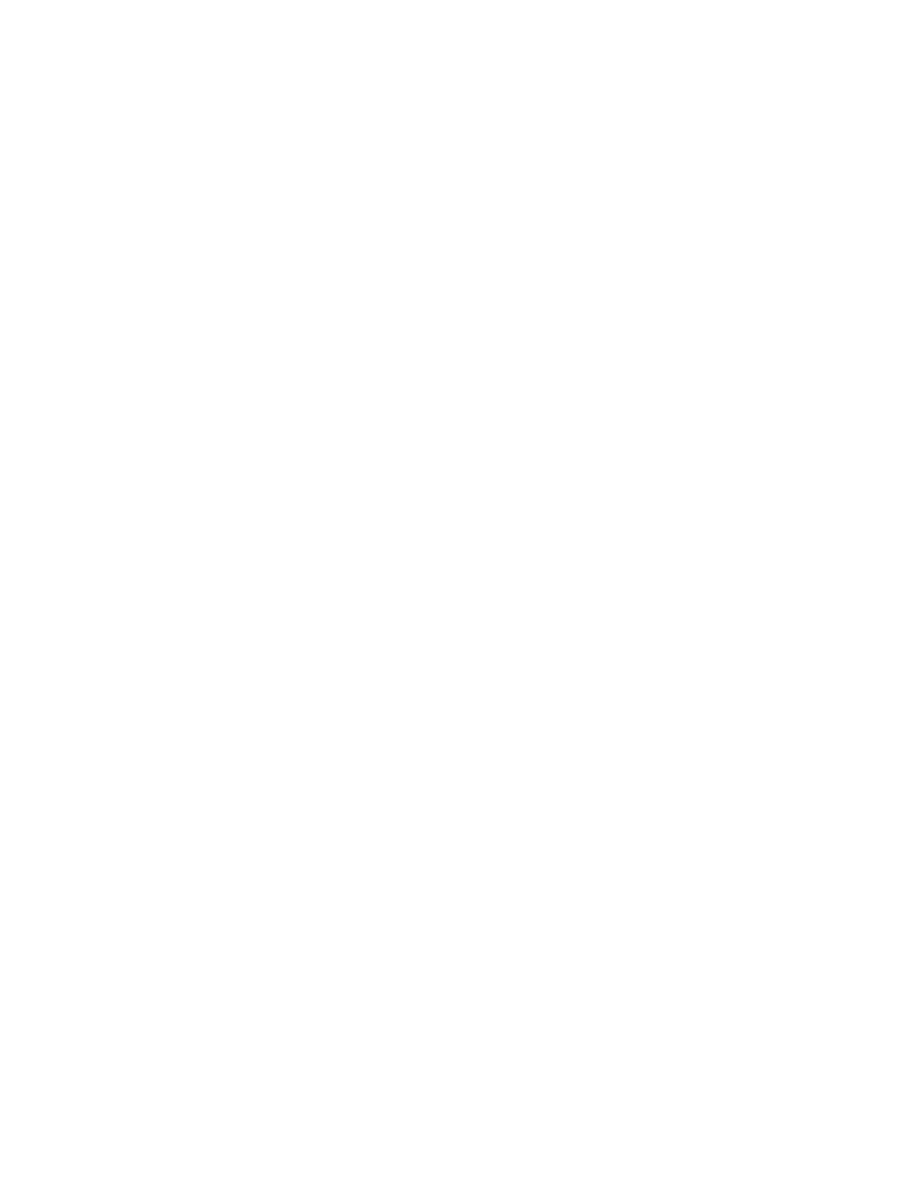
504
14 CFR Ch. I (1–1–24 Edition)
§ 27.501
(i) For the forward wheels, 0.8 times
the vertical reaction (on one side) act-
ing inward, and 0.6 times the vertical
reaction (on the other side) acting out-
ward; and
(ii) For the rear wheel, 0.8 times the
vertical reaction.
(2) The loads specified in paragraph
(f)(1) of this section must be applied—
(i) At the ground contact point with
the wheel in the trailing position (for
non-full swiveling landing gear or for
full swiveling landing gear with a lock,
steering device, or shimmy damper to
keep the wheel in the trailing posi-
tion); or
(ii) At the center of the axle (for full
swiveling landing gear without a lock,
steering device, or shimmy damper).
(g)
Braked roll conditions in the level
landing attitude. In the attitudes speci-
fied in paragraphs (b) and (c) of this
section, and with the shock absorbers
in their static positions, the rotorcraft
must be designed for braked roll loads
as follows:
(1) The limit vertical load must be
based on a limit vertical load factor of
not less than—
(i) 1.0, for the attitude specified in
paragraph (b) of this section; and
(ii) 1.33, for the attitude specified in
paragraph (c) of this section.
(2) For each wheel with brakes, a
drag load must be applied, at the
ground contact point, of not less than
the lesser of—
(i) 0.8 times the vertical load; and
(ii) The maximum based on limiting
brake torque.
(h)
Rear wheel turning loads in the
static ground attitude. In the static
ground attitude, and with the shock
absorbers and tires in their static posi-
tions, the rotorcraft must be designed
for rear wheel turning loads as follows:
(1) A vertical ground reaction equal
to the static load on the rear wheel
must be combined with an equal
sideload.
(2) The load specified in paragraph
(h)(1) of this section must be applied to
the rear landing gear—
(i) Through the axle, if there is a
swivel (the rear wheel being assumed
to be swiveled 90 degrees to the longi-
tudinal axis of the rotorcraft); or
(ii) At the ground contact point, if
there is a lock, steering device or shim-
my damper (the rear wheel being as-
sumed to be in the trailing position).
(i)
Taxiing condition. The rotorcraft
and its landing gear must be designed
for loads that would occur when the
rotorcraft is taxied over the roughest
ground that may reasonably be ex-
pected in normal operation.
§ 27.501
Ground loading conditions:
landing gear with skids.
(a)
General. Rotorcraft with landing
gear with skids must be designed for
the loading conditions specified in this
section. In showing compliance with
this section, the following apply:
(1) The design maximum weight, cen-
ter of gravity, and load factor must be
determined under §§ 27.471 through
27.475.
(2) Structural yielding of elastic
spring members under limit loads is ac-
ceptable.
(3) Design ultimate loads for elastic
spring members need not exceed those
obtained in a drop test of the gear
with—
(i) A drop height of 1.5 times that
specified in § 27.725; and
(ii) An assumed rotor lift of not more
than 1.5 times that used in the limit
drop tests prescribed in § 27.725.
(4) Compliance with paragraphs (b)
through (e) of this section must be
shown with—
(i) The gear in its most critically de-
flected position for the landing condi-
tion being considered; and
(ii) The ground reactions rationally
distributed along the bottom of the
skid tube.
(b)
Vertical reactions in the level land-
ing attitude. In the level attitude, and
with the rotorcraft contacting the
ground along the bottom of both skids,
the vertical reactions must be applied
as prescribed in paragraph (a) of this
section.
(c)
Drag reactions in the level landing
attitude. In the level attitude, and with
the rotorcraft contacting the ground
along the bottom of both skids, the fol-
lowing apply:
(1) The vertical reactions must be
combined with horizontal drag reac-
tions of 50 percent of the vertical reac-
tion applied at the ground.
VerDate Sep<11>2014
09:06 Jun 28, 2024
Jkt 262046
PO 00000
Frm 00514
Fmt 8010
Sfmt 8010
Y:\SGML\262046.XXX
262046
jspears on DSK121TN23PROD with CFR

505
Federal Aviation Administration, DOT
§ 27.521
(2) The resultant ground loads must
equal the vertical load specified in
paragraph (b) of this section.
(d)
Sideloads in the level landing atti-
tude. In the level attitude,and with the
rotorcraft contacting the ground along
the bottom of both skids, the following
apply:
(1) The vertical ground reaction must
be—
(i) Equal to the vertical loads ob-
tained in the condition specified in
paragraph (b) of this section; and
(ii) Divided equally among the skids.
(2) The vertical ground reactions
must be combined with a horizontal
sideload of 25 percent of their value.
(3) The total sideload must be applied
equally between the skids and along
the length of the skids.
(4) The unbalanced moments are as-
sumed to be resisted by angular iner-
tia.
(5) The skid gear must be inves-
tigated for—
(i) Inward acting sideloads; and
(ii) Outward acting sideloads.
(e)
One-skid landing loads in the level
attitude. In the level attitude, and with
the rotorcraft contacting the ground
along the bottom of one skid only, the
following apply:
(1) The vertical load on the ground
contact side must be the same as that
obtained on that side in the condition
specified in paragraph (b) of this sec-
tion.
(2) The unbalanced moments are as-
sumed to be resisted by angular iner-
tia.
(f)
Special conditions. In addition to
the conditions specified in paragraphs
(b) and (c) of this section, the rotor-
craft must be designed for the fol-
lowing ground reactions:
(1) A ground reaction load acting up
and aft at an angle of 45 degrees to the
longitudinal axis of the rotorcraft.
This load must be—
(i) Equal to 1.33 times the maximum
weight;
(ii) Distributed symmetrically among
the skids;
(iii) Concentrated at the forward end
of the straight part of the skid tube;
and
(iv) Applied only to the forward end
of the skid tube and its attachment to
the rotorcraft.
(2) With the rotorcraft in the level
landing attitude, a vertical ground re-
action load equal to one-half of the
vertical load determined under para-
graph (b) of this section. This load
must be—
(i) Applied only to the skid tube and
its attachment to the rotorcraft; and
(ii) Distributed equally over 33.3 per-
cent of the length between the skid
tube attachments and centrally located
midway between the skid tube attach-
ments.
[Doc. No. 5074, 29 FR 15695, Nov. 24, 1964, as
amended by Amdt. 27–2, 33 FR 963, Jan. 26,
1968; Amdt. 27–26, 55 FR 8000, Mar. 6, 1990]
§ 27.505
Ski landing conditions.
If certification for ski operation is
requested, the rotorcraft, with skis,
must be designed to withstand the fol-
lowing loading conditions (where
P is
the maximum static weight on each ski
with the rotorcraft at design maximum
weight, and
n is the limit load factor
determined under § 27.473(b).
(a) Up-load conditions in which—
(1) A vertical load of
Pn and a hori-
zontal load of
Pn/4 are simultaneously
applied at the pedestal bearings; and
(2) A vertical load of 1.33
P is applied
at the pedestal bearings.
(b) A side-load condition in which a
side load of 0.35
Pn is applied at the
pedestal bearings in a horizontal plane
perpendicular to the centerline of the
rotorcraft.
(c) A torque-load condition in which
a torque load of 1.33
P (in foot pounds)
is applied to the ski about the vertical
axis through the centerline of the ped-
estal bearings.
W
ATER
L
OADS
§ 27.521
Float landing conditions.
If certification for float operation is
requested, the rotorcraft, with floats,
must be designed to withstand the fol-
lowing loading conditions (where the
limit load factor is determined under
§ 27.473(b) or assumed to be equal to
that determined for wheel landing
gear):
(a) Up-load conditions in which—
(1) A load is applied so that, with the
rotorcraft in the static level attitude,
the resultant water reaction passes
VerDate Sep<11>2014
09:06 Jun 28, 2024
Jkt 262046
PO 00000
Frm 00515
Fmt 8010
Sfmt 8010
Y:\SGML\262046.XXX
262046
jspears on DSK121TN23PROD with CFR
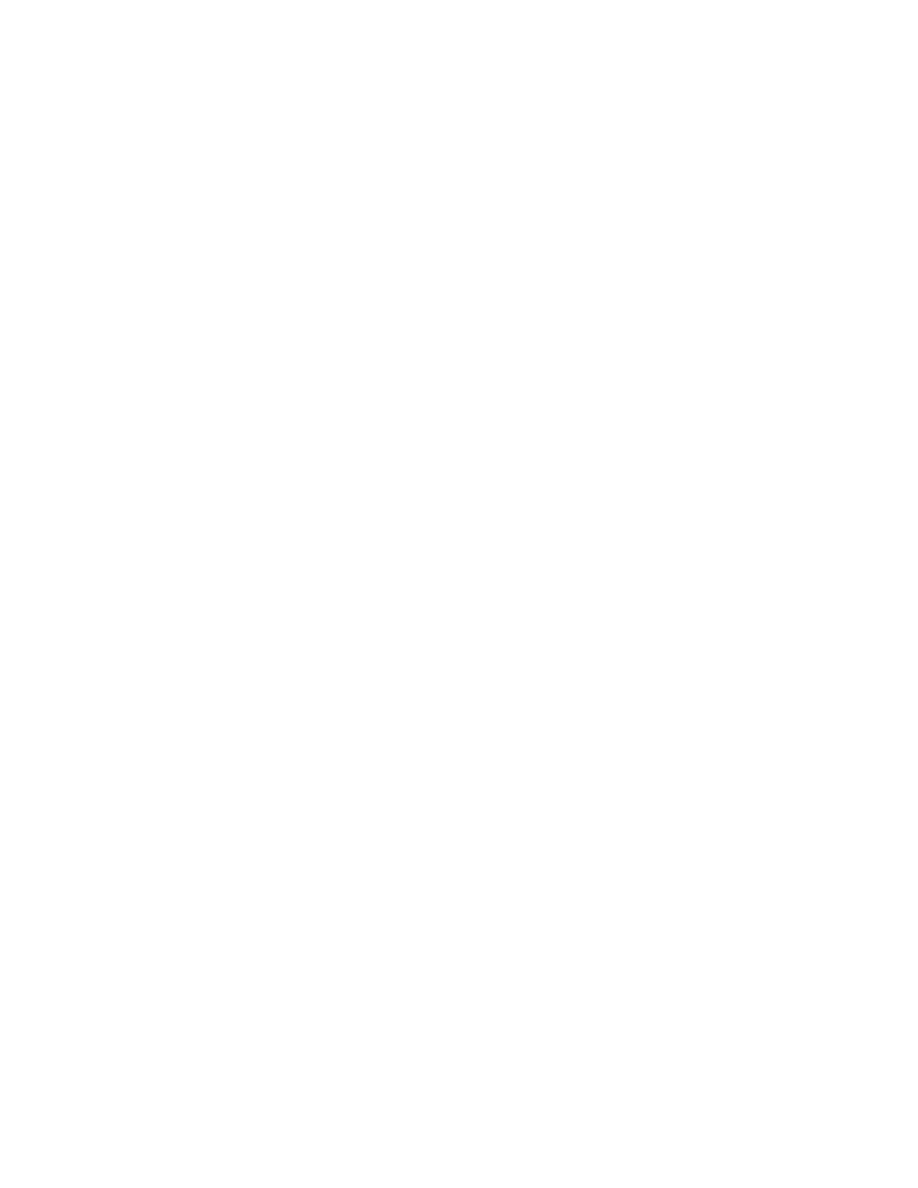
506
14 CFR Ch. I (1–1–24 Edition)
§ 27.547
vertically through the center of grav-
ity; and
(2) The vertical load prescribed in
paragraph (a)(1) of this section is ap-
plied simultaneously with an aft com-
ponent of 0.25 times the vertical com-
ponent.
(b) A side-load condition in which—
(1) A vertical load of 0.75 times the
total vertical load specified in para-
graph (a)(1) of this section is divided
equally among the floats; and
(2) For each float, the load share de-
termined under paragraph (b)(1) of this
section, combined with a total side
load of 0.25 times the total vertical
load specified in paragraph (b)(1) of
this section, is applied to that float
only.
M
AIN
C
OMPONENT
R
EQUIREMENTS
§ 27.547
Main rotor structure.
(a) Each main rotor assembly (in-
cluding rotor hubs and blades) must be
designed as prescribed in this section.
(b) [Reserved]
(c) The main rotor structure must be
designed to withstand the following
loads prescribed in §§ 27.337 through
27.341:
(1) Critical flight loads.
(2) Limit loads occurring under nor-
mal conditions of autorotation. For
this condition, the rotor r.p.m. must be
selected to include the effects of alti-
tude.
(d) The main rotor structure must be
designed to withstand loads simu-
lating—
(1) For the rotor blades, hubs, and
flapping hinges, the impact force of
each blade against its stop during
ground operation; and
(2) Any other critical condition ex-
pected in normal operation.
(e) The main rotor structure must be
designed to withstand the limit torque
at any rotational speed, including zero.
In addition:
(1) The limit torque need not be
greater than the torque defined by a
torque limiting device (where pro-
vided), and may not be less than the
greater of—
(i) The maximum torque likely to be
transmitted to the rotor structure in
either direction; and
(ii) The limit engine torque specified
in § 27.361.
(2) The limit torque must be distrib-
uted to the rotor blades in a rational
manner.
(Secs. 604, 605, 72 Stat. 778, 49 U.S.C. 1424,
1425)
[Doc. No. 5074, 29 FR 15695, Nov. 24, 1964, as
amended by Amdt. 27–3, 33 FR 14105, Sept. 18,
1968]
§ 27.549
Fuselage, landing gear, and
rotor pylon structures.
(a) Each fuselage, landing gear, and
rotor pylon structure must be designed
as prescribed in this section. Resultant
rotor forces may be represented as a
single force applied at the rotor hub at-
tachment point.
(b) Each structure must be designed
to withstand—
(1) The critical loads prescribed in
§§ 27.337 through 27.341;
(2) The applicable ground loads pre-
scribed in §§ 27.235, 27.471 through 27.485,
27.493, 27.497, 27.501, 27.505, and 27.521;
and
(3) The loads prescribed in § 27.547
(d)(2) and (e).
(c) Auxiliary rotor thrust, and the
balancing air and inertia loads occur-
ring under accelerated flight condi-
tions, must be considered.
(d) Each engine mount and adjacent
fuselage structure must be designed to
withstand the loads occurring under
accelerated flight and landing condi-
tions, including engine torque.
(Secs. 604, 605, 72 Stat. 778, 49 U.S.C. 1424,
1425)
[Doc. No. 5074, 29 FR 15695, Nov. 24, 1964, as
amended by Amdt. 27–3, 33 FR 14105, Sept. 18,
1968]
E
MERGENCY
L
ANDING
C
ONDITIONS
§ 27.561
General.
(a) The rotorcraft, although it may
be damaged in emergency landing con-
ditions on land or water, must be de-
signed as prescribed in this section to
protect the occupants under those con-
ditions.
(b) The structure must be designed to
give each occupant every reasonable
chance of escaping serious injury in a
crash landing when—
(1) Proper use is made of seats, belts,
and other safety design provisions;
VerDate Sep<11>2014
09:06 Jun 28, 2024
Jkt 262046
PO 00000
Frm 00516
Fmt 8010
Sfmt 8010
Y:\SGML\262046.XXX
262046
jspears on DSK121TN23PROD with CFR
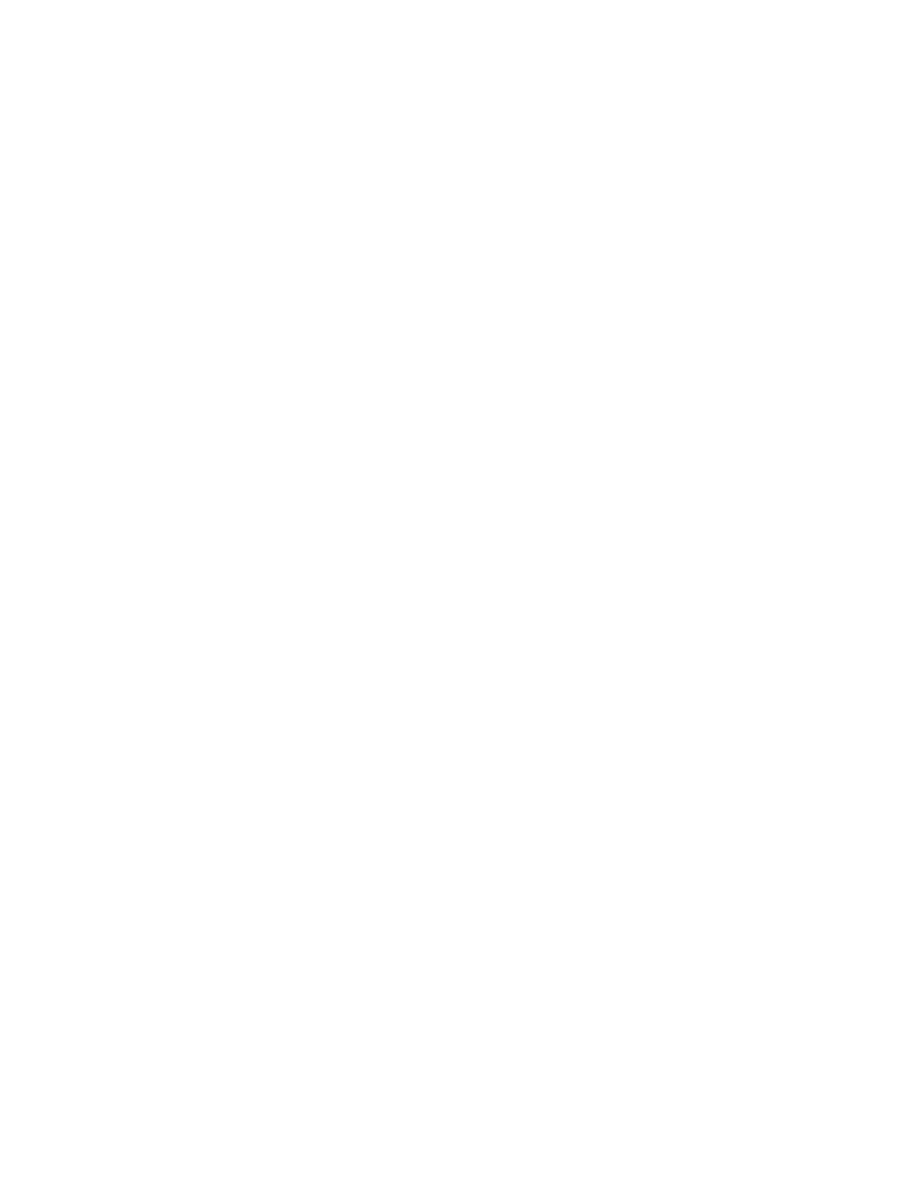
507
Federal Aviation Administration, DOT
§ 27.562
(2) The wheels are retracted (where
applicable); and
(3) Each occupant and each item of
mass inside the cabin that could injure
an occupant is restrained when sub-
jected to the following ultimate iner-
tial load factors relative to the sur-
rounding structure:
(i) Upward—4g.
(ii) Forward—16g.
(iii) Sideward—8g.
(iv) Downward—20g, after intended
displacement of the seat device.
(v) Rearward—1.5g.
(c) The supporting structure must be
designed to restrain, under any ulti-
mate inertial load up to those specified
in this paragraph, any item of mass
above and/or behind the crew and pas-
senger compartment that could injure
an occupant if it came loose in an
emergency landing. Items of mass to be
considered include, but are not limited
to, rotors, transmissions, and engines.
The items of mass must be restrained
for the following ultimate inertial load
factors:
(1) Upward—1.5g.
(2) Forward—12g.
(3) Sideward—6g.
(4) Downward—12g.
(5) Rearward—1.5g
(d) Any fuselage structure in the area
of internal fuel tanks below the pas-
senger floor level must be designed to
resist the following ultimate inertial
factors and loads and to protect the
fuel tanks from rupture when those
loads are applied to that area:
(i) Upward—1.5g.
(ii) Forward—4.0g.
(iii) Sideward—2.0g.
(iv) Downward—4.0g.
[Doc. No. 5074, 29 FR 15695, Nov. 24, 1964, as
amended by Amdt. 27–25, 54 FR 47318, Nov. 13,
1989; Amdt. 27–30, 59 FR 50386, Oct. 3, 1994;
Amdt. 27–32, 61 FR 10438, Mar. 13, 1996]
§ 27.562
Emergency landing dynamic
conditions.
(a) The rotorcraft, although it may
be damaged in an emergency crash
landing, must be designed to reason-
ably protect each occupant when—
(1) The occupant properly uses the
seats, safety belts, and shoulder har-
nesses provided in the design; and
(2) The occupant is exposed to the
loads resulting from the conditions
prescribed in this section.
(b) Each seat type design or other
seating device approved for crew or
passenger occupancy during takeoff
and landing must successfully com-
plete dynamic tests or be demonstrated
by rational analysis based on dynamic
tests of a similar type seat in accord-
ance with the following criteria. The
tests must be conducted with an occu-
pant, simulated by a 170-pound
anthropomorphic test dummy (ATD),
as defined by 49 CFR 572, subpart B, or
its equivalent, sitting in the normal
upright position.
(1) A change in downward velocity of
not less than 30 feet per second when
the seat or other seating device is ori-
ented in its nominal position with re-
spect to the rotorcraft’s reference sys-
tem, the rotorcraft’s longitudinal axis
is canted upward 60
°
with respect to
the impact velocity vector, and the
rotorcraft’s lateral axis is perpen-
dicular to a vertical plane containing
the impact velocity vector and the
rotorcraft’s longitudinal axis. Peak
floor deceleration must occur in not
more than 0.031 seconds after impact
and must reach a minimum of 30g’s.
(2) A change in forward velocity of
not less than 42 feet per second when
the seat or other seating device is ori-
ented in its nominal position with re-
spect to the rotorcraft’s reference sys-
tem, the rotorcraft’s longitudinal axis
is yawed 10
°
either right or left of the
impact velocity vector (whichever
would cause the greatest load on the
shoulder harness), the rotorcraft’s lat-
eral axis is contained in a horizontal
plane containing the impact velocity
vector, and the rotorcraft’s vertical
axis is perpendicular to a horizontal
plane containing the impact velocity
vector. Peak floor deceleration must
occur in not more than 0.071 seconds
after impact and must reach a min-
imum of 18.4g’s.
(3) Where floor rails or floor or side-
wall attachment devices are used to at-
tach the seating devices to the air-
frame structure for the conditions of
this section, the rails or devices must
be misaligned with respect to each
other by at least 10
°
vertically (i.e.,
pitch out of parallel) and by at least a
VerDate Sep<11>2014
09:06 Jun 28, 2024
Jkt 262046
PO 00000
Frm 00517
Fmt 8010
Sfmt 8010
Y:\SGML\262046.XXX
262046
jspears on DSK121TN23PROD with CFR
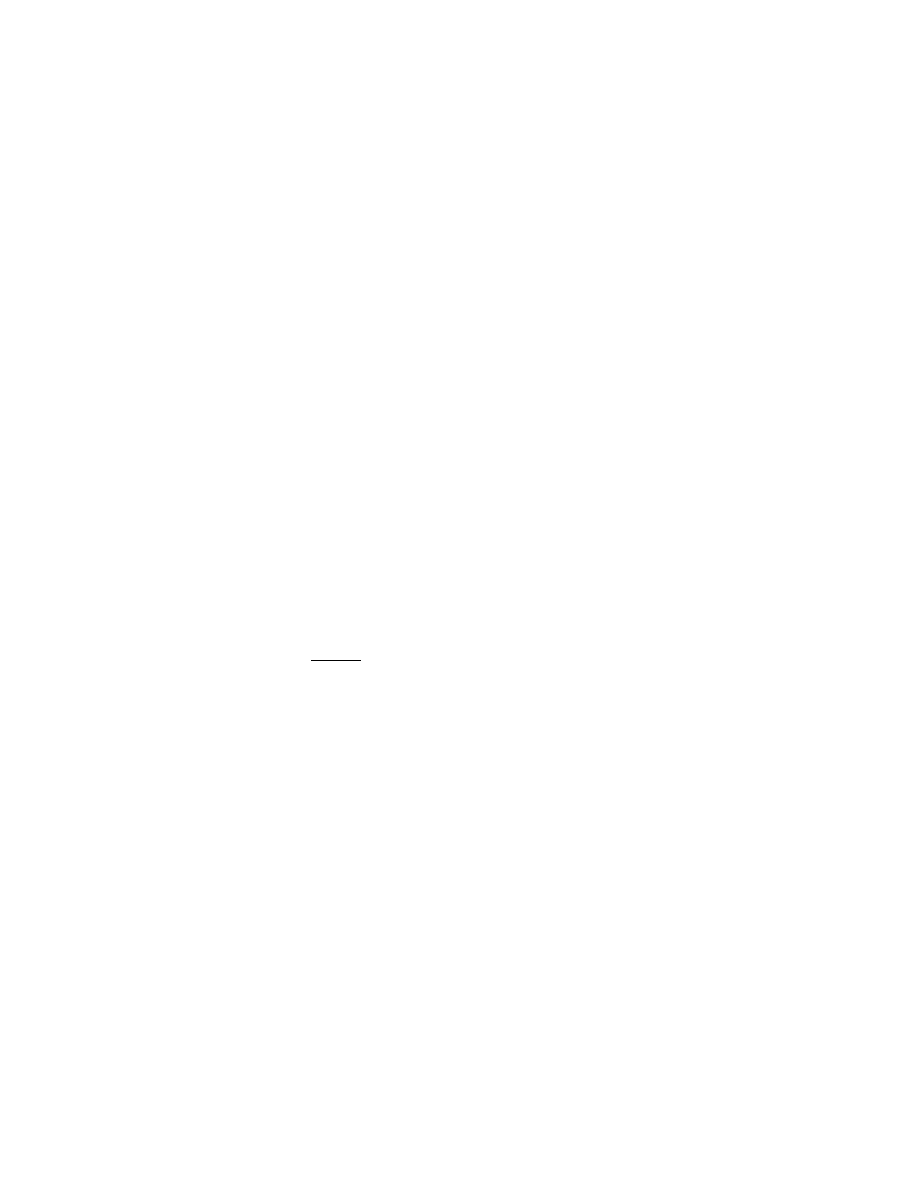
508
14 CFR Ch. I (1–1–24 Edition)
§ 27.563
10
°
lateral roll, with the directions op-
tional, to account for possible floor
warp.
(c) Compliance with the following
must be shown:
(1) The seating device system must
remain intact although it may experi-
ence separation intended as part of its
design.
(2) The attachment between the seat-
ing device and the airframe structure
must remain intact, although the
structure may have exceeded its limit
load.
(3) The ATD’s shoulder harness strap
or straps must remain on or in the im-
mediate vicinity of the ATD’s shoulder
during the impact.
(4) The safety belt must remain on
the ATD’s pelvis during the impact.
(5) The ATD’s head either does not
contact any portion of the crew or pas-
senger compartment, or if contact is
made, the head impact does not exceed
a head injury criteria (HIC) of 1,000 as
determined by this equation.
HIC
t
t
1
t
t
a(t)dt
2
1
2
1
t
t
2.5
1
2
=
−
(
)
−
(
)
⎡
⎣
⎢
⎢
⎤
⎦
⎥
⎥
∫
Where: a(t) is the resultant acceleration at
the center of gravity of the head form ex-
pressed as a multiple of g (the accelera-
tion of gravity) and t
2
¥
t
1
is the time
duration, in seconds, of major head im-
pact, not to exceed 0.05 seconds.
(6) Loads in individual upper torso
harness straps must not exceed 1,750
pounds. If dual straps are used for re-
taining the upper torso, the total har-
ness strap loads must not exceed 2,000
pounds.
(7) The maximum compressive load
measured between the pelvis and the
lumbar column of the ATD must not
exceed 1,500 pounds.
(d) An alternate approach that
achieves an equivalent or greater level
of occupant protection, as required by
this section, must be substantiated on
a rational basis.
[Amdt. 27–25, 54 FR 47318, Nov. 13, 1989]
§ 27.563
Structural ditching provi-
sions.
If certification with ditching provi-
sions is requested, structural strength
for ditching must meet the require-
ments of this section and § 27.801(e).
(a)
Forward speed landing conditions.
The rotorcraft must initially contact
the most critical wave for reasonably
probable water conditions at forward
velocities from zero up to 30 knots in
likely pitch, roll, and yaw attitudes.
The rotorcraft limit vertical descent
velocity may not be less than 5 feet per
second relative to the mean water sur-
face. Rotor lift may be used to act
through the center of gravity through-
out the landing impact. This lift may
not exceed two-thirds of the design
maximum weight. A maximum forward
velocity of less than 30 knots may be
used in design if it can be dem-
onstrated that the forward velocity se-
lected would not be exceeded in a nor-
mal one-engine-out touchdown.
(b)
Auxiliary or emergency float condi-
tions—(1) Floats fixed or deployed before
initial water contact. In addition to the
landing loads in paragraph (a) of this
section, each auxiliary or emergency
float, of its support and attaching
structure in the airframe or fuselage,
must be designed for the load devel-
oped by a fully immersed float unless it
can be shown that full immersion is
unlikely. If full immersion is unlikely,
the highest likely float buoyancy load
must be applied. The highest likely
buoyancy load must include consider-
ation of a partially immersed float cre-
ating restoring moments to com-
pensate the upsetting moments caused
by side wind, unsymmetrical rotorcraft
loading, water wave action, rotorcraft
inertia, and probable structural dam-
age and leakage considered under
§ 27.801(d). Maximum roll and pitch an-
gles determined from compliance with
§ 27.801(d) may be used, if significant, to
determine the extent of immersion of
each float. If the floats are deployed in
flight, appropriate air loads derived
from the flight limitations with the
floats deployed shall be used in sub-
stantiation of the floats and their at-
tachment to the rotorcraft. For this
purpose, the design airspeed for limit
load is the float deployed airspeed op-
erating limit multiplied by 1.11.
(2)
Floats deployed after initial water
contact. Each float must be designed for
full or partial immersion perscribed in
VerDate Sep<11>2014
09:06 Jun 28, 2024
Jkt 262046
PO 00000
Frm 00518
Fmt 8010
Sfmt 8010
Y:\SGML\262046.XXX
262046
EC28SE91.084</MATH>
jspears on DSK121TN23PROD with CFR
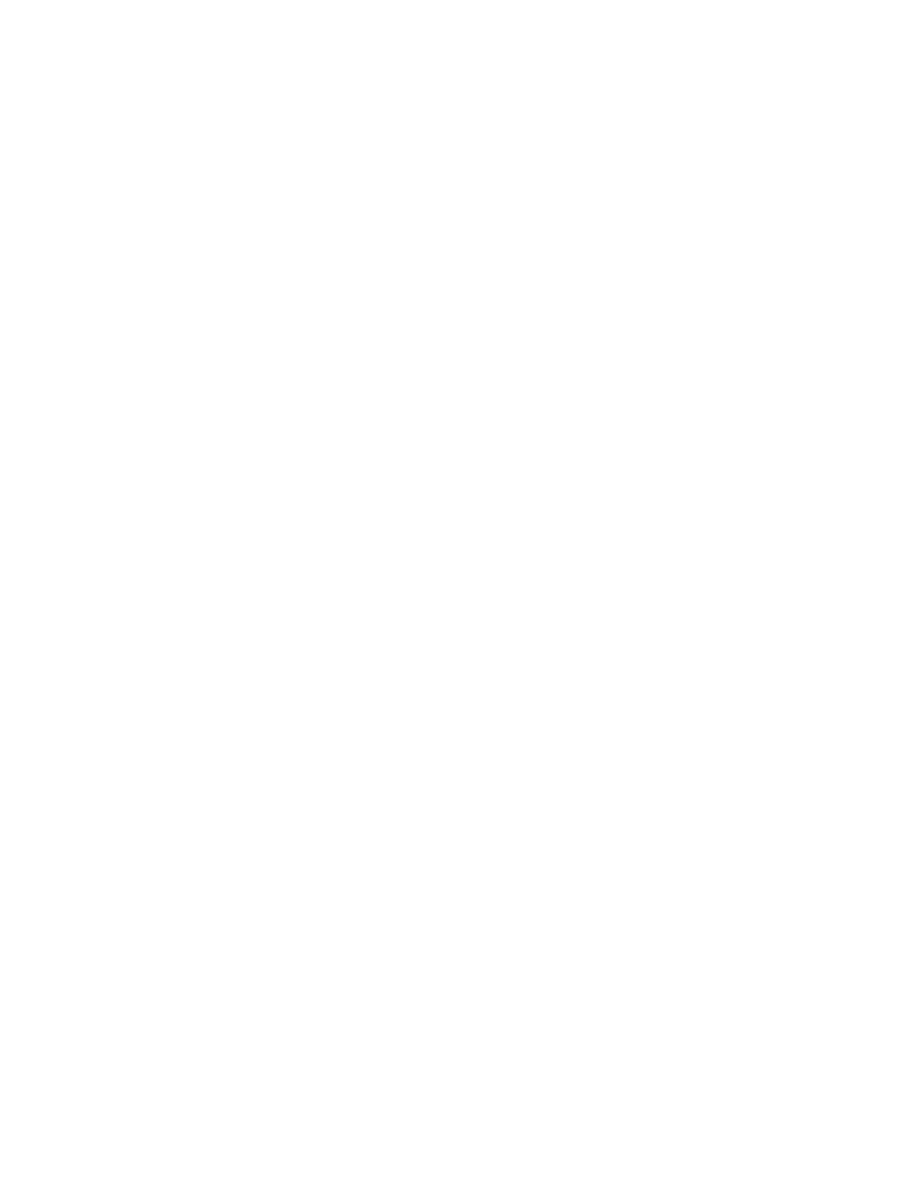
509
Federal Aviation Administration, DOT
§ 27.573
paragraph (b)(1) of this section. In addi-
tion, each float must be designed for
combined vertical and drag loads using
a relative limit speed of 20 knots be-
tween the rotorcraft and the water.
The vertical load may not be less than
the highest likely buoyancy load deter-
mined under paragraph (b)(1) of this
section.
[Amdt. 27–26, 55 FR 8000, Mar. 6, 1990]
F
ATIGUE
E
VALUATION
§ 27.571
Fatigue evaluation of flight
structure.
(a)
General. Each portion of the flight
structure (the flight structure includes
rotors, rotor drive systems between the
engines and the rotor hubs, controls,
fuselage, landing gear, and their re-
lated primary attachments), the failure
of which could be catastrophic, must be
identified and must be evaluated under
paragraph (b), (c), (d), or (e) of this sec-
tion. The following apply to each fa-
tigue evaluation:
(1) The procedure for the evaluation
must be approved.
(2) The locations of probable failure
must be determined.
(3) Inflight measurement must be in-
cluded in determining the following:
(i) Loads or stresses in all critical
conditions throughout the range of
limitations in § 27.309, except that ma-
neuvering load factors need not exceed
the maximum values expected in oper-
ation.
(ii) The effect of altitude upon these
loads or stresses.
(4) The loading spectra must be as se-
vere as those expected in operation in-
cluding, but not limited to, external
cargo operations, if applicable, and
ground-air-ground cycles. The loading
spectra must be based on loads or
stresses determined under paragraph
(a)(3) of this section.
(b)
Fatigue tolerance evaluation. It
must be shown that the fatigue toler-
ance of the structure ensures that the
probability of catastrophic fatigue fail-
ure is extremely remote without estab-
lishing replacement times, inspection
intervals or other procedures under
section A27.4 of appendix A.
(c)
Replacement time evaluation. it
must be shown that the probability of
catastrophic fatigue failure is ex-
tremely remote within a replacement
time furnished under section A27.4 of
appendix A.
(d)
Fail-safe evaluation. The following
apply to fail-safe evaluation:
(1) It must be shown that all partial
failures will become readily detectable
under inspection procedures furnished
under section A27.4 of appendix A.
(2) The interval between the time
when any partial failure becomes read-
ily detectable under paragraph (d)(1) of
this section, and the time when any
such failure is expected to reduce the
remaining strength of the structure to
limit or maximum attainable loads
(whichever is less), must be deter-
mined.
(3) It must be shown that the interval
determined under paragraph (d)(2) of
this section is long enough, in relation
to the inspection intervals and related
procedures furnished under section
A27.4 of appendix A, to provide a prob-
ability of detection great enough to en-
sure that the probability of cata-
strophic failure is extremely remote.
(e)
Combination of replacement time
and failsafe evaluations. A component
may be evaluated under a combination
of paragraphs (c) and (d) of this sec-
tion. For such component it must be
shown that the probability of cata-
strophic failure is extremely remote
with an approved combination of re-
placement time, inspection intervals,
and related procedures furnished under
section A27.4 of appendix A.
(Secs. 313(a), 601, 603, 604, and 605, 72 Stat. 752,
775, and 778, (49 U.S.C. 1354(a), 1421, 1423, 1424,
and 1425; sec. 6(c), 49 U.S.C. 1655(c)))
[Amdt. 27–3, 33 FR 14106, Sept. 18, 1968, as
amended by Amdt. 27–12, 42 FR 15044, Mar. 17,
1977; Amdt. 27–18, 45 FR 60177, Sept. 11, 1980;
Amdt. 27–26, 55 FR 8000, Mar. 6, 1990]
§ 27.573
Damage Tolerance and Fa-
tigue Evaluation of Composite
Rotorcraft Structures.
(a) Each applicant must evaluate the
composite rotorcraft structure under
the damage tolerance standards of
paragraph (d) of this section unless the
applicant establishes that a damage
tolerance evaluation is impractical
within the limits of geometry,
inspectability, and good design prac-
tice. If an applicant establishes that it
VerDate Sep<11>2014
09:06 Jun 28, 2024
Jkt 262046
PO 00000
Frm 00519
Fmt 8010
Sfmt 8010
Y:\SGML\262046.XXX
262046
jspears on DSK121TN23PROD with CFR
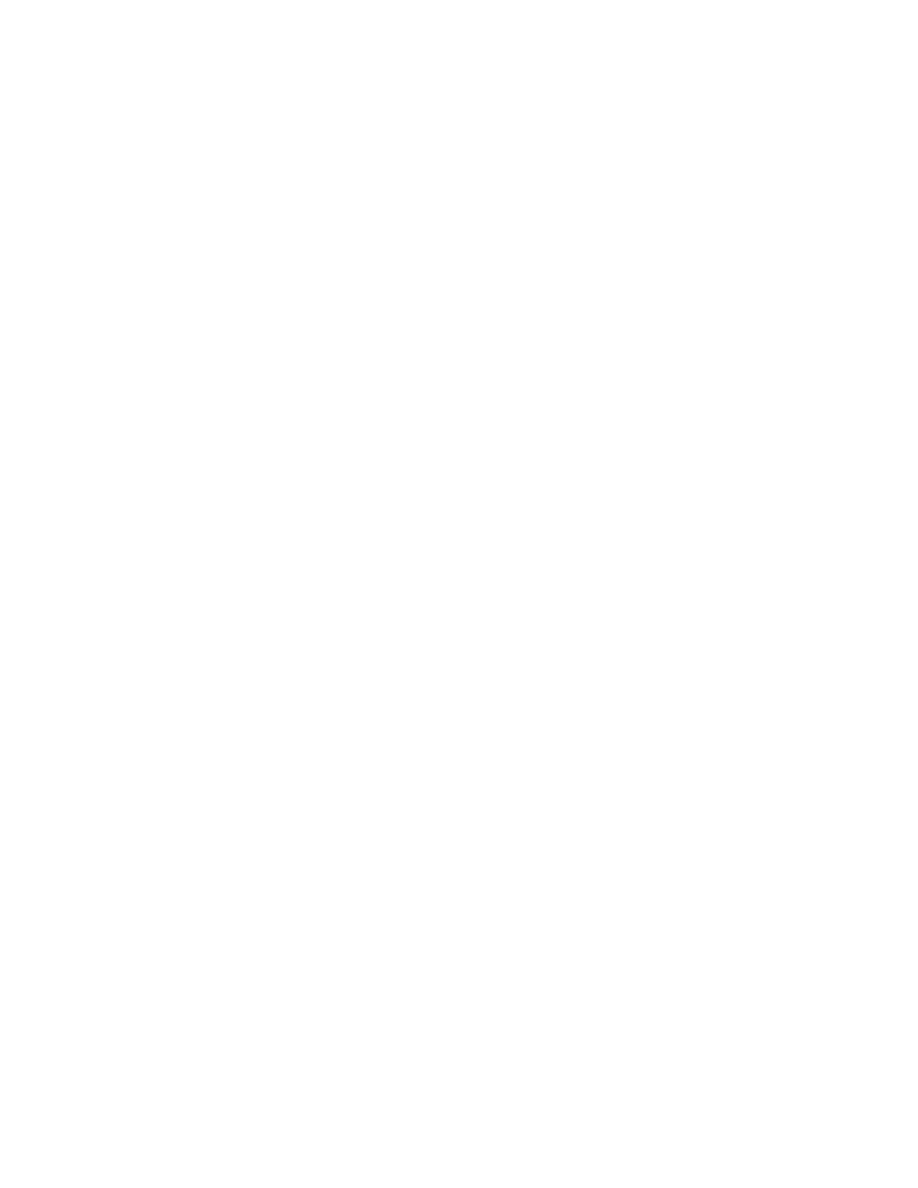
510
14 CFR Ch. I (1–1–24 Edition)
§ 27.573
is impractical within the limits of ge-
ometry, inspectability, and good design
practice, the applicant must do a fa-
tigue evaluation in accordance with
paragraph (e) of this section.
(b) The methodology used to estab-
lish compliance with this section must
be submitted to and approved by the
Administrator.
(c) Definitions:
(1)
Catastrophic failure is an event
that could prevent continued safe
flight and landing.
(2)
Principal Structural Elements (PSEs)
are structural elements that con-
tribute significantly to the carrying of
flight or ground loads, the failure of
which could result in catastrophic fail-
ure of the rotorcraft.
(3)
Threat Assessment is an assessment
that specifies the locations, types, and
sizes of damage, considering fatigue,
environmental effects, intrinsic and
discrete flaws, and impact or other ac-
cidental damage (including the discrete
source of the accidental damage) that
may occur during manufacture or oper-
ation.
(d) Damage Tolerance Evaluation:
(1) Each applicant must show that
catastrophic failure due to static and
fatigue loads, considering the intrinsic
or discrete manufacturing defects or
accidental damage, is avoided through-
out the operational life or prescribed
inspection intervals of the rotorcraft
by performing damage tolerance eval-
uations of the strength of composite
PSEs and other parts, detail design
points, and fabrication techniques.
Each applicant must account for the
effects of material and process varia-
bility along with environmental condi-
tions in the strength and fatigue eval-
uations. Each applicant must evaluate
parts that include PSEs of the air-
frame, main and tail rotor drive sys-
tems, main and tail rotor blades and
hubs, rotor controls, fixed and movable
control surfaces, engine and trans-
mission mountings, landing gear, other
parts, detail design points, and fabrica-
tion techniques deemed critical by the
FAA. Each damage tolerance evalua-
tion must include:
(i) The identification of all PSEs;
(ii) In-flight and ground measure-
ments for determining the loads or
stresses for all PSEs for all critical
conditions throughout the range of
limits in § 27.309 (including altitude ef-
fects), except that maneuvering load
factors need not exceed the maximum
values expected in service;
(iii) The loading spectra as severe as
those expected in service based on
loads or stresses determined under
paragraph (d)(1)(ii) of this section, in-
cluding external load operations, if ap-
plicable, and other operations includ-
ing high-torque events;
(iv) A threat assessment for all PSEs
that specifies the locations, types, and
sizes of damage, considering fatigue,
environmental effects, intrinsic and
discrete flaws, and impact or other ac-
cidental damage (including the discrete
source of the accidental damage) that
may occur during manufacture or oper-
ation; and
(v) An assessment of the residual
strength and fatigue characteristics of
all PSEs that supports the replacement
times and inspection intervals estab-
lished under paragraph (d)(2) of this
section.
(2) Each applicant must establish re-
placement times, inspections, or other
procedures for all PSEs to require the
repair or replacement of damaged parts
before a catastrophic failure. These re-
placement times, inspections, or other
procedures must be included in the Air-
worthiness Limitations Section of the
Instructions for Continued Airworthi-
ness required by § 27.1529.
(i) Replacement times for PSEs must
be determined by tests, or by analysis
supported by tests, and must show that
the structure is able to withstand the
repeated loads of variable magnitude
expected in-service. In establishing
these replacement times, the following
items must be considered:
(A) Damage identified in the threat
assessment required by paragraph
(d)(1)(iv) of this section;
(B) Maximum acceptable manufac-
turing defects and in-service damage
(
i.e., those that do not lower the resid-
ual strength below ultimate design
loads and those that can be repaired to
restore ultimate strength); and
(C) Ultimate load strength capability
after applying repeated loads.
(ii) Inspection intervals for PSEs
must be established to reveal any dam-
age identified in the threat assessment
VerDate Sep<11>2014
09:06 Jun 28, 2024
Jkt 262046
PO 00000
Frm 00520
Fmt 8010
Sfmt 8010
Y:\SGML\262046.XXX
262046
jspears on DSK121TN23PROD with CFR
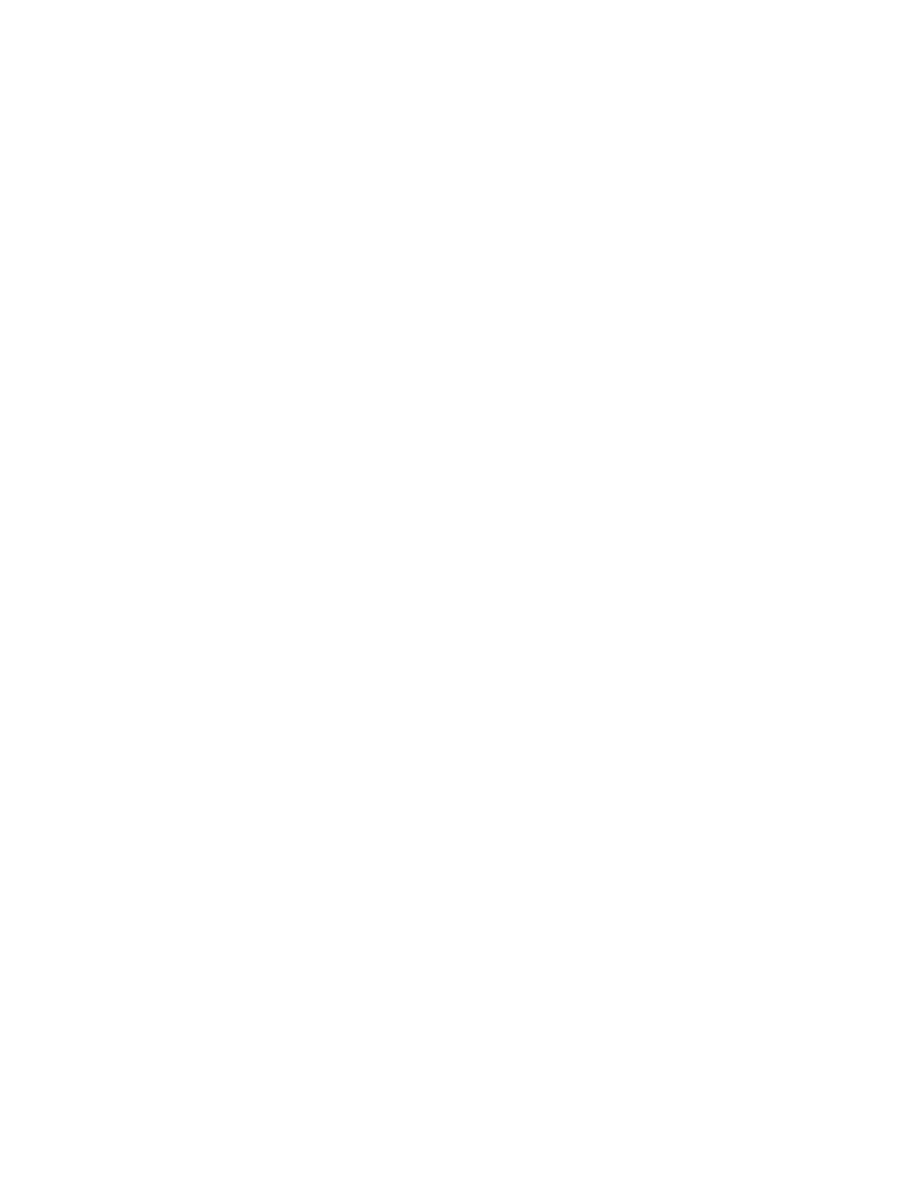
511
Federal Aviation Administration, DOT
§ 27.603
required by paragraph (d)(1)(iv) of this
section that may occur from fatigue or
other in-service causes before such
damage has grown to the extent that
the component cannot sustain the re-
quired residual strength capability. In
establishing these inspection intervals,
the following items must be consid-
ered:
(A) The growth rate, including no-
growth, of the damage under the re-
peated loads expected in-service deter-
mined by tests or analysis supported
by tests;
(B) The required residual strength for
the assumed damage established after
considering the damage type, inspec-
tion interval, detectability of damage,
and the techniques adopted for damage
detection. The minimum required re-
sidual strength is limit load; and
(C) Whether the inspection will de-
tect the damage growth before the
minimum residual strength is reached
and restored to ultimate load capa-
bility, or whether the component will
require replacement.
(3) Each applicant must consider the
effects of damage on stiffness, dynamic
behavior, loads, and functional per-
formance on all PSEs when substan-
tiating the maximum assumed damage
size and inspection interval.
(e) Fatigue Evaluation: If an appli-
cant establishes that the damage toler-
ance evaluation described in paragraph
(d) of this section is impractical within
the limits of geometry, inspectability,
or good design practice, the applicant
must do a fatigue evaluation of the
particular composite rotorcraft struc-
ture and:
(1) Identify all PSEs considered in
the fatigue evaluation;
(2) Identify the types of damage for
all PSEs considered in the fatigue eval-
uation;
(3) Establish supplemental proce-
dures to minimize the risk of cata-
strophic failure associated with the
damages identified in paragraph (d) of
this section; and
(4) Include these supplemental proce-
dures in the Airworthiness Limitations
section of the Instructions for Contin-
ued Airworthiness required by § 27.1529.
[Doc. No. FAA–2009–0660, Amdt. 27–47, 76 FR
74663, Dec. 1, 2011]
Subpart D—Design and
Construction
G
ENERAL
§ 27.601
Design.
(a) The rotorcraft may have no de-
sign features or details that experience
has shown to be hazardous or unreli-
able.
(b) The suitability of each question-
able design detail and part must be es-
tablished by tests.
§ 27.602
Critical parts.
(a)
Critical part. A critical part is a
part, the failure of which could have a
catastrophic effect upon the rotocraft,
and for which critical characteristics
have been identified which must be
controlled to ensure the required level
of integrity.
(b) If the type design includes critical
parts, a critical parts list shall be es-
tablished. Procedures shall be estab-
lished to define the critical design
characteristics, identify processes that
affect those characteristics, and iden-
tify the design change and process
change controls necessary for showing
compliance with the quality assurance
requirements of part 21 of this chapter.
[Doc. No. 29311, 64 FR 46232, Aug. 24, 1999]
§ 27.603
Materials.
The suitability and durability of ma-
terials used for parts, the failure of
which could adversely affect safety,
must—
(a) Be established on the basis of ex-
perience or tests;
(b) Meet approved specifications that
ensure their having the strength and
other properties assumed in the design
data; and
(c) Take into account the effects of
environmental conditions, such as tem-
perature and humidity, expected in
service.
(Secs. 313(a), 601, 603, 604, Federal Aviation
Act of 1958 (49 U.S.C. 1354(a), 1421, 1423, 1424);
and sec. 6(c) of the Dept. of Transportation
Act (49 U.S.C. 1655(c)))
[Doc. No. 5074, 29 FR 15695, Nov. 24, 1964, as
amended by Amdt. 27–11, 41 FR 55469, Dec. 20,
1976; Amdt. 27–16, 43 FR 50599, Oct. 30, 1978]
VerDate Sep<11>2014
09:06 Jun 28, 2024
Jkt 262046
PO 00000
Frm 00521
Fmt 8010
Sfmt 8010
Y:\SGML\262046.XXX
262046
jspears on DSK121TN23PROD with CFR
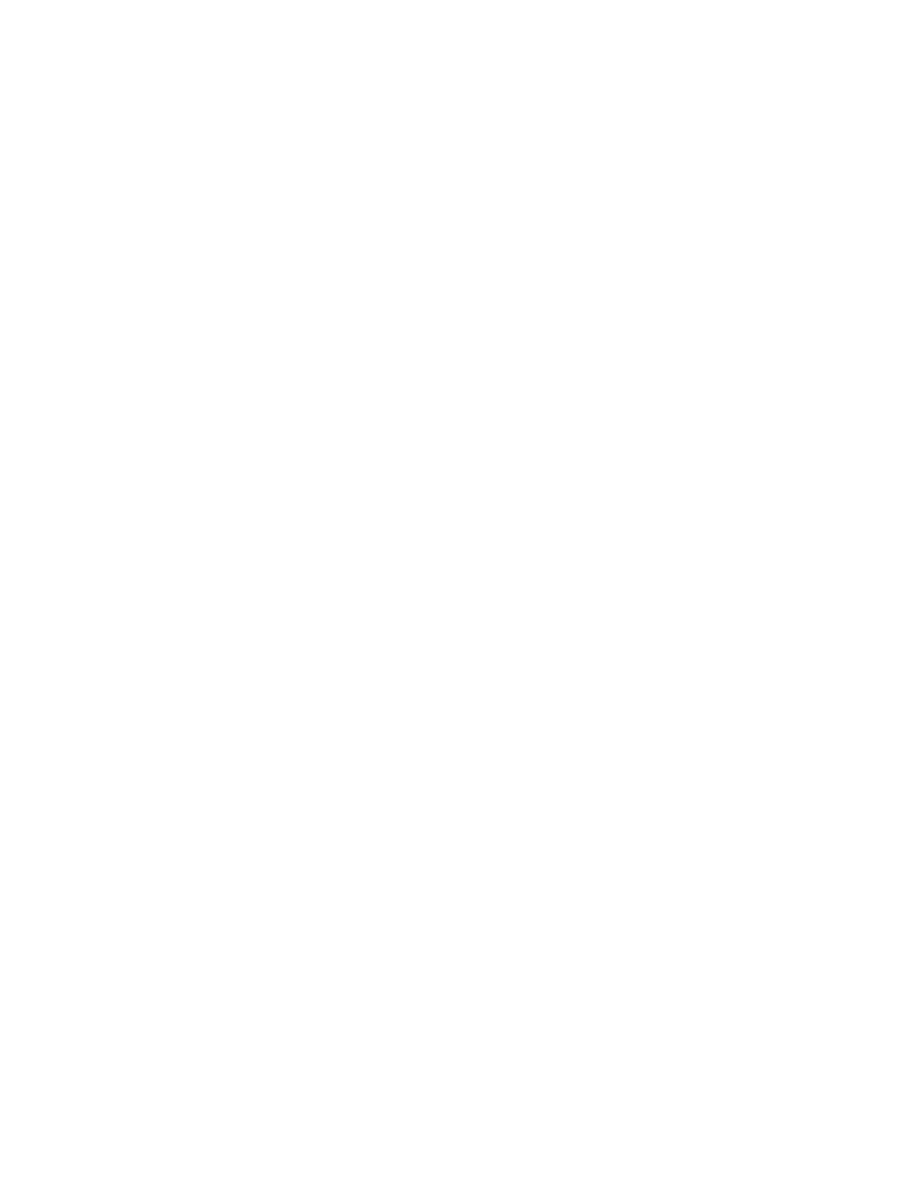
512
14 CFR Ch. I (1–1–24 Edition)
§ 27.605
§ 27.605
Fabrication methods.
(a) The methods of fabrication used
must produce consistently sound struc-
tures. If a fabrication process (such as
gluing, spot welding, or heat-treating)
requires close control to reach this ob-
jective, the process must be performed
according to an approved process speci-
fication.
(b) Each new aircraft fabrication
method must be substantiated by a
test program.
(Secs. 313(a), 601, 603, 604, and 605 of the Fed-
eral Aviation Act of 1958 (49 U.S.C. 1354(a),
1421, 1423, 1424 and 1425); sec. 6(c) of the Dept.
of Transportation Act (49 U.S.C. 1655(c)))
[Doc. No. 5074, 29 FR 15695, Nov. 24, 1964, as
amended by Amdt. 27–16, 43 FR 50599, Oct. 30,
1978]
§ 27.607
Fasteners.
(a) Each removable bolt, screw, nut,
pin, or other fastener whose loss could
jeopardize the safe operation of the
rotorcraft must incorporate two sepa-
rate locking devices. The fastener and
its locking devices may not be ad-
versely affected by the environmental
conditions associated with the par-
ticular installation.
(b) No self-locking nut may be used
on any bolt subject to rotation in oper-
ation unless a nonfriction locking de-
vice is used in addition to the self-lock-
ing device.
[Amdt. 27–4, 33 FR 14533, Sept. 27, 1968]
§ 27.609
Protection of structure.
Each part of the structure must—
(a) Be suitably protected against de-
terioration or loss of strength in serv-
ice due to any cause, including—
(1) Weathering;
(2) Corrosion; and
(3) Abrasion; and
(b) Have provisions for ventilation
and drainage where necessary to pre-
vent the accumulation of corrosive,
flammable, or noxious fluids.
§ 27.610
Lightning and static elec-
tricity protection.
(a) The rotorcraft must be protected
against catastrophic effects from light-
ning.
(b) For metallic components, compli-
ance with paragraph (a) of this section
may be shown by—
(1) Electrically bonding the compo-
nents properly to the airframe; or
(2) Designing the components so that
a strike will not endanger the rotor-
craft.
(c) For nonmetallic components,
compliance with paragraph (a) of this
section may be shown by—
(1) Designing the components to min-
imize the effect of a strike; or
(2) Incorporating acceptable means of
diverting the resulting electrical cur-
rent so as not to endanger the rotor-
craft.
(d) The electrical bonding and protec-
tion against lightning and static elec-
tricity must—
(1) Minimize the accumulation of
electrostatic charge;
(2) Minimize the risk of electric
shock to crew, passengers, and service
and maintenance personnel using nor-
mal precautions;
(3) Provide an electrical return path,
under both normal and fault condi-
tions, on rotorcraft having grounded
electrical systems; and
(4) Reduce to an acceptable level the
effects of static electricity on the func-
tioning of essential electrical and elec-
tronic equipment.
[Amdt. 27–21, 49 FR 44433, Nov. 6, 1984, as
amended by Amdt. 27–37, 64 FR 45094, Aug. 18,
1999; Amdt. 27–46, 76 FR 33135, June 8, 2011]
§ 27.611
Inspection provisions.
There must be means to allow the
close examination of each part that re-
quires—
(a) Recurring inspection;
(b) Adjustment for proper alignment
and functioning; or
(c) Lubrication.
§ 27.613
Material strength properties
and design values.
(a) Material strength properties must
be based on enough tests of material
meeting specifications to establish de-
sign values on a statistical basis.
(b) Design values must be chosen to
minimize the probability of structural
failure due to material variability. Ex-
cept as provided in paragraphs (d) and
(e) of this section, compliance with
this paragraph must be shown by se-
lecting design values that assure mate-
rial strength with the following prob-
ability—
VerDate Sep<11>2014
09:06 Jun 28, 2024
Jkt 262046
PO 00000
Frm 00522
Fmt 8010
Sfmt 8010
Y:\SGML\262046.XXX
262046
jspears on DSK121TN23PROD with CFR
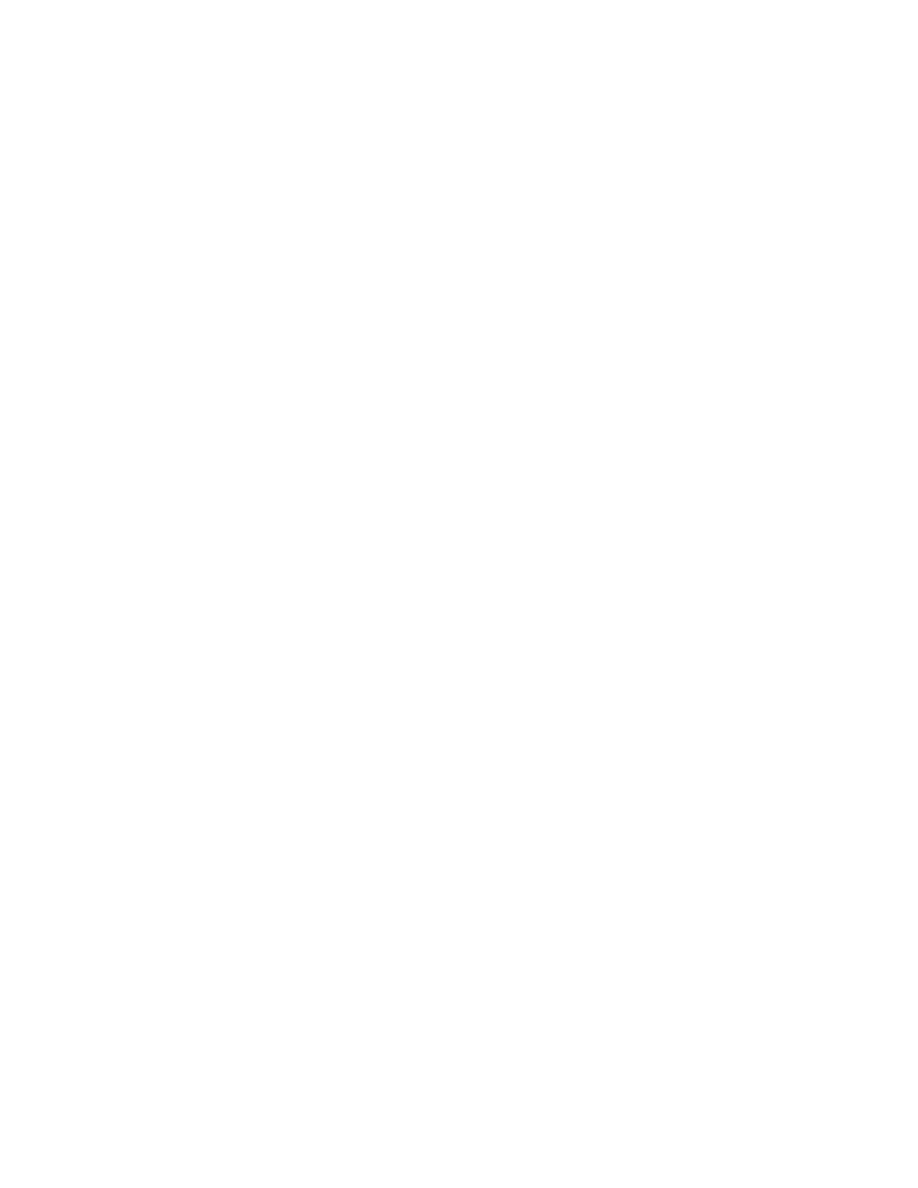
513
Federal Aviation Administration, DOT
§ 27.621
(1) Where applied loads are eventu-
ally distributed through a single mem-
ber within an assembly, the failure of
which would result in loss of structural
integrity of the component, 99 percent
probability with 95 percent confidence;
and
(2) For redundant structure, those in
which the failure of individual ele-
ments would result in applied loads
being safely distributed to other load-
carrying members, 90 percent prob-
ability with 95 percent confidence.
(c) The strength, detail design, and
fabrication of the structure must mini-
mize the probability of disastrous fa-
tigue failure, particularly at points of
stress concentration.
(d) Design values may be those con-
tained in the following publications
(available from the Naval Publications
and Forms Center, 5801 Tabor Avenue,
Philadelphia, Pennsylvania 19120) or
other values approved by the Adminis-
trator:
(1) MIL-HDBK-5, ‘‘Metallic Materials
and Elements for Flight Vehicle Struc-
ture’’.
(2) MIL-HDBK-17, ‘‘Plastics for
Flight Vehicles’’.
(3) ANC-18, ‘‘Design of Wood Aircraft
Structures’’.
(4) MIL-HDBK-23, ‘‘Composite Con-
struction for Flight Vehicles’’.
(e) Other design values may be used if
a selection of the material is made in
which a specimen of each individual
item is tested before use and it is de-
termined that the actual strength
properties of that particular item will
equal or exceed those used in design.
(Secs. 313(a), 601, 603, 604, Federal Aviation
Act of 1958 (49 U.S.C. 1354(a), 1421, 1423, 1424),
sec. 6(c), Dept. of Transportation Act (49
U.S.C. 1655(c)))
[Doc. No. 5074, 29 FR 15695, Nov. 24, 1964, as
amended by Amdt. 27–16, 43 FR 50599, Oct. 30,
1978; Amdt. 27–26, 55 FR 8000, Mar. 6, 1990]
§ 27.619
Special factors.
(a) The special factors prescribed in
§§ 27.621 through 27.625 apply to each
part of the structure whose strength
is—
(1) Uncertain;
(2) Likely to deteriorate in service
before normal replacement; or
(3) Subject to appreciable variability
due to—
(i) Uncertainties in manufacturing
processes; or
(ii) Uncertainties in inspection meth-
ods.
(b) For each part to which §§ 27.621
through 27.625 apply, the factor of safe-
ty prescribed in § 27.303 must be multi-
plied by a special factor equal to—
(1) The applicable special factors pre-
scribed in §§ 27.621 through 27.625; or
(2) Any other factor great enough to
ensure that the probability of the part
being understrength because of the un-
certainties specified in paragraph (a) of
this section is extremely remote.
§ 27.621
Casting factors.
(a)
General. The factors, tests, and in-
spections specified in paragraphs (b)
and (c) of this section must be applied
in addition to those necessary to estab-
lish foundry quality control. The in-
spections must meet approved speci-
fications. Paragraphs (c) and (d) of this
section apply to structural castings ex-
cept castings that are pressure tested
as parts of hydraulic or other fluid sys-
tems and do not support structural
loads.
(b)
Bearing stresses and surfaces. The
casting factors specified in paragraphs
(c) and (d) of this section—
(1) Need not exceed 1.25 with respect
to bearing stresses regardless of the
method of inspection used; and
(2) Need not be used with respect to
the bearing surfaces of a part whose
bearing factor is larger than the appli-
cable casting factor.
(c)
Critical castings. For each casting
whose failure would preclude continued
safe flight and landing of the rotorcraft
or result in serious injury to any occu-
pant, the following apply:
(1) Each critical casting must—
(i) Have a casting factor of not less
than 1.25; and
(ii) Receive 100 percent inspection by
visual, radiographic, and magnetic par-
ticle (for ferromagnetic materials) or
penetrant (for nonferromagnetic mate-
rials) inspection methods or approved
equivalent inspection methods.
(2) For each critical casting with a
casting factor less than 1.50, three sam-
ple castings must be static tested and
shown to meet—
VerDate Sep<11>2014
09:06 Jun 28, 2024
Jkt 262046
PO 00000
Frm 00523
Fmt 8010
Sfmt 8010
Y:\SGML\262046.XXX
262046
jspears on DSK121TN23PROD with CFR
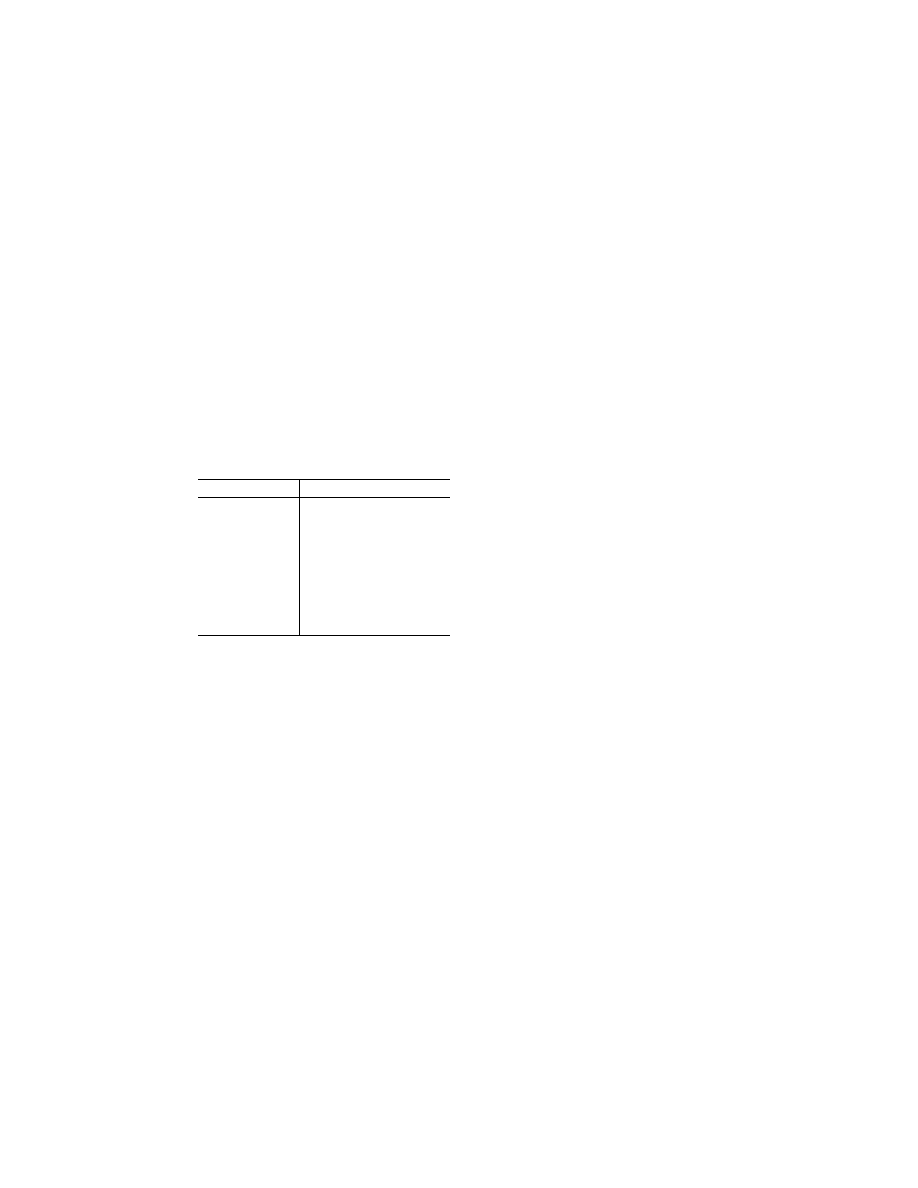
514
14 CFR Ch. I (1–1–24 Edition)
§ 27.623
(i) The strength requirements of
§ 27.305 at an ultimate load cor-
responding to a casting factor of 1.25;
and
(ii) The deformation requirements of
§ 27.305 at a load of 1.15 times the limit
load.
(d)
Noncritical castings. For each cast-
ing other than those specified in para-
graph (c) of this section, the following
apply:
(1) Except as provided in paragraphs
(d)(2) and (3) of this section, the casting
factors and corresponding inspections
must meet the following table:
Casting factor
Inspection
2.0 or greater ...............
100 percent visual.
Less than 2.0, greater
than 1.5.
100 percent visual, and magnetic
particle (ferromagnetic materials),
penetrant (nonferromagnetic ma-
terials), or approved equivalent
inspection methods.
1.25 through 1.50 ........
100 percent visual, and magnetic
particle (ferromagnetic materials).
penetrant (nonferromagnetic ma-
terials), and radiographic or ap-
proved equivalent inspection
methods.
(2) The percentage of castings in-
spected by nonvisual methods may be
reduced below that specified in para-
graph (d)(1) of this section when an ap-
proved quality control procedure is es-
tablished.
(3) For castings procured to a speci-
fication that guarantees the mechan-
ical properties of the material in the
casting and provides for demonstration
of these properties by test of coupons
cut from the castings on a sampling
basis—
(i) A casting factor of 1.0 may be
used; and
(ii) The castings must be inspected as
provided in paragraph (d)(1) of this sec-
tion for casting factors of ‘‘1.25 through
1.50’’ and tested under paragraph (c)(2)
of this section.
[Doc. No. 5074, 29 FR 15695, Nov. 24, 1964, as
amended by Amdt. 27–34, 62 FR 46173, Aug. 29,
1997]
§ 27.623
Bearing factors.
(a) Except as provided in paragraph
(b) of this section, each part that has
clearance (free fit), and that is subject
to pounding or vibration, must have a
bearing factor large enough to provide
for the effects of normal relative mo-
tion.
(b) No bearing factor need be used on
a part for which any larger special fac-
tor is prescribed.
§ 27.625
Fitting factors.
For each fitting (part or terminal
used to join one structural member to
another) the following apply:
(a) For each fitting whose strength is
not proven by limit and ultimate load
tests in which actual stress conditions
are simulated in the fitting and sur-
rounding structures, a fitting factor of
at least 1.15 must be applied to each
part of—
(1) The fitting;
(2) The means of attachment; and
(3) The bearing on the joined mem-
bers.
(b) No fitting factor need be used—
(1) For joints made under approved
practices and based on comprehensive
test data (such as continuous joints in
metal plating, welded joints, and scarf
joints in wood); and
(2) With respect to any bearing sur-
face for which a larger special factor is
used.
(c) For each integral fitting, the part
must be treated as a fitting up to the
point at which the section properties
become typical of the member.
(d) Each seat, berth, litter, safety
belt, and harness attachment to the
structure must be shown by analysis,
tests, or both, to be able to withstand
the inertia forces prescribed in
§ 27.561(b)(3) multiplied by a fitting fac-
tor of 1.33.
[Doc. No. 5074, 29 FR 15695, Nov. 24, 1964, as
amended by Amdt. 27–35, 63 FR 43285, Aug. 12,
1998]
§ 27.629
Flutter.
Each aerodynamic surface of the
rotorcraft must be free from flutter
under each appropriate speed and
power condition.
[Doc. No. 5074, 29 FR 15695, Nov. 24, 1964, as
amended by Amdt. 27–26, 55 FR 8000, Mar. 6,
1990]
R
OTORS
§ 27.653
Pressure venting and drain-
age of rotor blades.
(a) For each rotor blade—
VerDate Sep<11>2014
09:06 Jun 28, 2024
Jkt 262046
PO 00000
Frm 00524
Fmt 8010
Sfmt 8010
Y:\SGML\262046.XXX
262046
jspears on DSK121TN23PROD with CFR
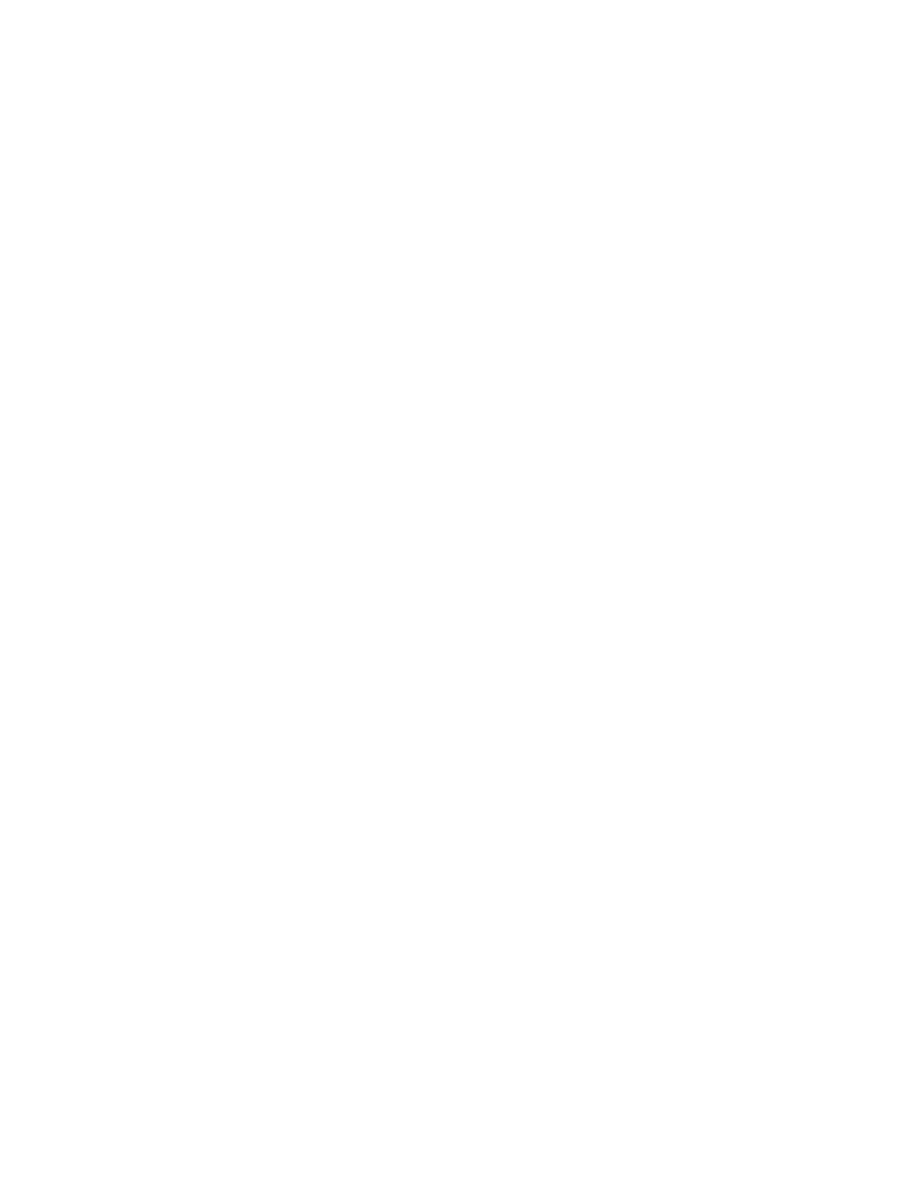
515
Federal Aviation Administration, DOT
§ 27.672
(1) There must be means for venting
the internal pressure of the blade;
(2) Drainage holes must be provided
for the blade; and
(3) The blade must be designed to pre-
vent water from becoming trapped in
it.
(b) Paragraphs (a)(1) and (2) of this
section does not apply to sealed rotor
blades capable of withstanding the
maximum pressure differentials ex-
pected in service.
[Amdt. 27–2, 33 FR 963, Jan. 26, 1968]
§ 27.659
Mass balance.
(a) The rotors and blades must be
mass balanced as necessary to—
(1) Prevent excessive vibration; and
(2) Prevent flutter at any speed up to
the maximum forward speed.
(b) The structural integrity of the
mass balance installation must be sub-
stantiated.
[Amdt. 27–2, 33 FR 963, Jan. 26, 1968]
§ 27.661
Rotor blade clearance.
There must be enough clearance be-
tween the rotor blades and other parts
of the structure to prevent the blades
from striking any part of the structure
during any operating condition.
[Amdt. 27–2, 33 FR 963, Jan. 26, 1968]
§ 27.663
Ground resonance prevention
means.
(a) The reliability of the means for
preventing ground resonance must be
shown either by analysis and tests, or
reliable service experience, or by show-
ing through analysis or tests that mal-
function or failure of a single means
will not cause ground resonance.
(b) The probable range of variations,
during service, of the damping action
of the ground resonance prevention
means must be established and must be
investigated during the test required
by § 27.241.
[Amdt. 27–2, 33 FR 963, Jan. 26, 1968, as
amended by Amdt. 27–26, 55 FR 8000, Mar. 6,
1990]
C
ONTROL
S
YSTEMS
§ 27.671
General.
(a) Each control and control system
must operate with the ease, smooth-
ness, and positiveness appropriate to
its function.
(b) Each element of each flight con-
trol system must be designed, or dis-
tinctively and permanently marked, to
minimize the probability of any incor-
rect assembly that could result in the
malfunction of the system.
§ 27.672
Stability augmentation, auto-
matic, and power-operated systems.
If the functioning of stability aug-
mentation or other automatic or
power-operated systems is necessary to
show compliance with the flight char-
acteristics requirements of this part,
such systems must comply with § 27.671
of this part and the following:
(a) A warning which is clearly distin-
guishable to the pilot under expected
flight conditions without requiring the
pilot’s attention must be provided for
any failure in the stability augmenta-
tion system or in any other automatic
or power-operated system which could
result in an unsafe condition if the
pilot is unaware of the failure. Warning
systems must not activate the control
systems.
(b) The design of the stability aug-
mentation system or of any other auto-
matic or power-operated system must
allow initial counteraction of failures
without requiring exceptional pilot
skill or strength by overriding the fail-
ure by movement of the flight controls
in the normal sense and deactivating
the failed system.
(c) It must be shown that after any
single failure of the stability aug-
mentation system or any other auto-
matic or power-operated system—
(1) The rotorcraft is safely control-
lable when the failure or malfunction
occurs at any speed or altitude within
the approved operating limitations;
(2) The controllability and maneuver-
ability requirements of this part are
met within a practical operational
flight envelope (for example, speed, al-
titude, normal acceleration, and rotor-
craft configurations) which is described
in the Rotorcraft Flight Manual; and
(3) The trim and stability character-
istics are not impaired below a level
needed to permit continued safe flight
and landing.
[Amdt. 27–21, 49 FR 44433, Nov. 6, 1984; 49 FR
47594, Dec. 6, 1984]
VerDate Sep<11>2014
09:06 Jun 28, 2024
Jkt 262046
PO 00000
Frm 00525
Fmt 8010
Sfmt 8010
Y:\SGML\262046.XXX
262046
jspears on DSK121TN23PROD with CFR
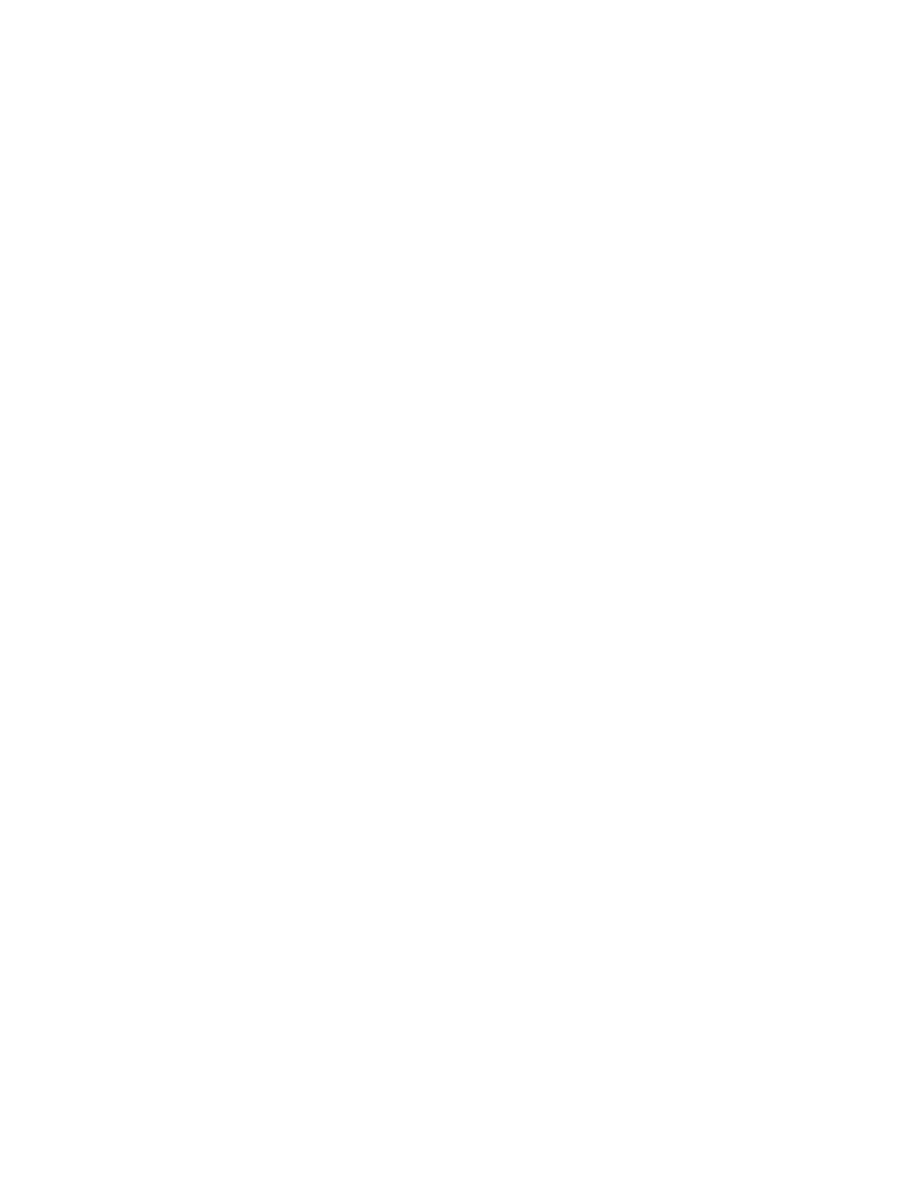
516
14 CFR Ch. I (1–1–24 Edition)
§ 27.673
§ 27.673
Primary flight control.
Primary flight controls are those
used by the pilot for immediate control
of pitch, roll, yaw, and vertical motion
of the rotorcraft.
[Amdt. 27–21, 49 FR 44434, Nov. 6, 1984]
§ 27.674
Interconnected controls.
Each primary flight control system
must provide for safe flight and landing
and operate independently after a mal-
function, failure, or jam of any auxil-
iary interconnected control.
[Amdt. 27–26, 55 FR 8001, Mar. 6, 1990]
§ 27.675
Stops.
(a) Each control system must have
stops that positively limit the range of
motion of the pilot’s controls.
(b) Each stop must be located in the
system so that the range of travel of
its control is not appreciably affected
by—
(1) Wear;
(2) Slackness; or
(3) Takeup adjustments.
(c) Each stop must be able to with-
stand the loads corresponding to the
design conditions for the system.
(d) For each main rotor blade—
(1) Stops that are appropriate to the
blade design must be provided to limit
travel of the blade about its hinge
points; and
(2) There must be means to keep the
blade from hitting the droop stops dur-
ing any operation other than starting
and stopping the rotor.
(Secs. 313(a), 601, 603, 604, Federal Aviation
Act of 1958 (49 U.S.C. 1354(a), 1421, 1423, 1424),
sec. 6(c), Dept. of Transportation Act (49
U.S.C. 1655(c)))
[Doc. No. 5074, 29 FR 15695, Nov. 24, 1964, as
amended by Amdt. 27–16, 43 FR 50599, Oct. 30,
1978]
§ 27.679
Control system locks.
If there is a device to lock the con-
trol system with the rotorcraft on the
ground or water, there must be means
to—
(a) Give unmistakable warning to the
pilot when the lock is engaged; and
(b) Prevent the lock from engaging in
flight.
§ 27.681
Limit load static tests.
(a) Compliance with the limit load
requirements of this part must be
shown by tests in which—
(1) The direction of the test loads
produces the most severe loading in the
control system; and
(2) Each fitting, pulley, and bracket
used in attaching the system to the
main structure is included.
(b) Compliance must be shown (by
analyses or individual load tests) with
the special factor requirements for
control system joints subject to angu-
lar motion.
§ 27.683
Operation tests.
It must be shown by operation tests
that, when the controls are operated
from the pilot compartment with the
control system loaded to correspond
with loads specified for the system, the
system is free from—
(a) Jamming;
(b) Excessive friction; and
(c) Excessive deflection.
§ 27.685
Control system details.
(a) Each detail of each control sys-
tem must be designed to prevent jam-
ming, chafing, and interference from
cargo, passengers, loose objects or the
freezing of moisture.
(b) There must be means in the cock-
pit to prevent the entry of foreign ob-
jects into places where they would jam
the system.
(c) There must be means to prevent
the slapping of cables or tubes against
other parts.
(d) Cable systems must be designed
as follows:
(1) Cables, cable fittings, turn-
buckles, splices, and pulleys must be of
an acceptable kind.
(2) The design of the cable systems
must prevent any hazardous change in
cable tension throughout the range of
travel under any operating conditions
and temperature variations.
(3) No cable smaller than three thir-
ty-seconds of an inch diameter may be
used in any primary control system.
(4) Pulley kinds and sizes must cor-
respond to the cables with which they
are used. The pulley cable combina-
tions and strength values which must
be used are specified in Military Hand-
book MIL-HDBK-5C, Vol. 1 & Vol. 2,
VerDate Sep<11>2014
09:06 Jun 28, 2024
Jkt 262046
PO 00000
Frm 00526
Fmt 8010
Sfmt 8010
Y:\SGML\262046.XXX
262046
jspears on DSK121TN23PROD with CFR
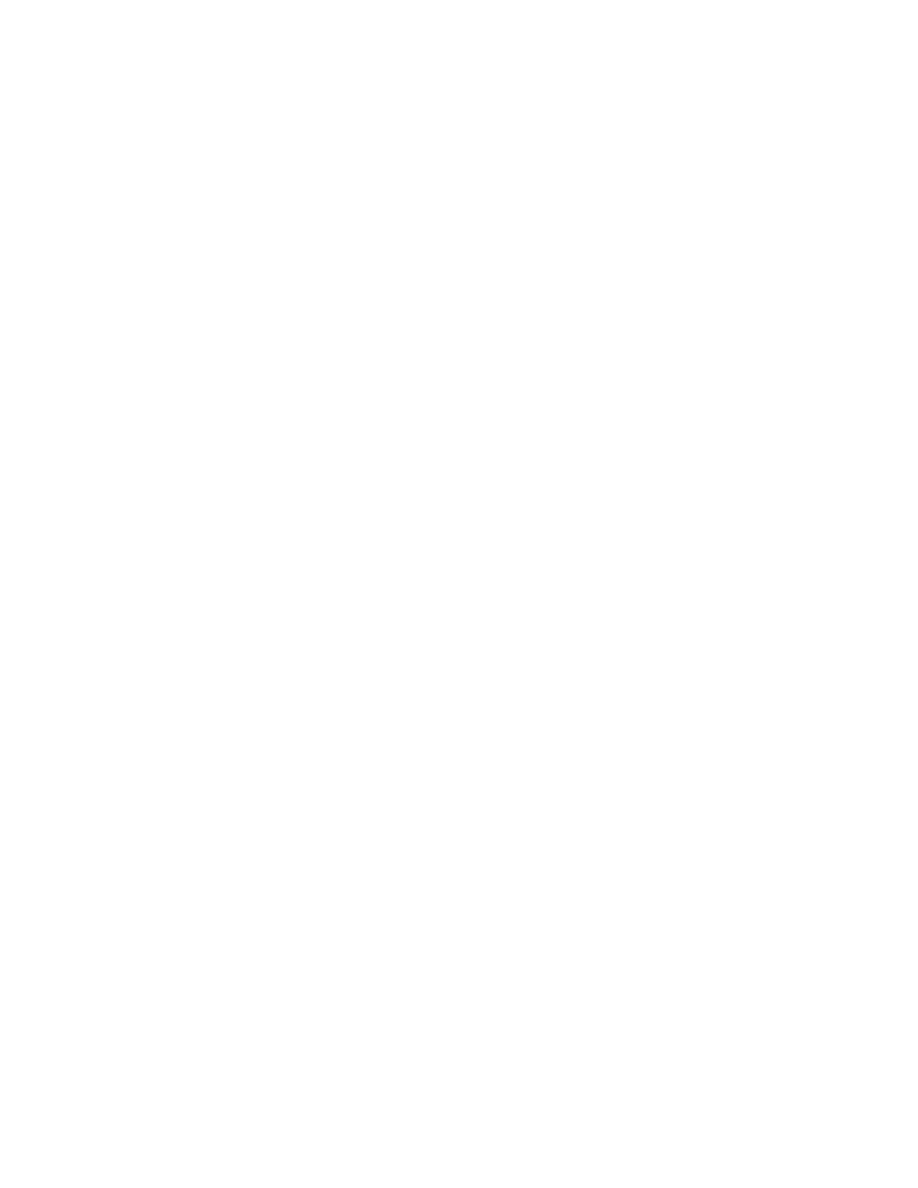
517
Federal Aviation Administration, DOT
§ 27.725
Metallic Materials and Elements for
Flight Vehicle Structures, (Sept. 15,
1976, as amended through December 15,
1978). This incorporation by reference
was approved by the Director of the
Federal Register in accordance with 5
U.S.C. section 552(a) and 1 CFR part 51.
Copies may be obtained from the Naval
Publications and Forms Center, 5801
Tabor Avenue, Philadelphia, Pennsyl-
vania, 19120. Copies may be inspected
at the National Archives and Records
Administration (NARA). For informa-
tion on the availability of this mate-
rial at NARA, call 202–741–6030, or go
to:
http://www.archives.gov/federal-reg-
ister/cfr/ibr-locations.html
(5) Pulleys must have close fitting
guards to prevent the cables from being
displaced or fouled.
(6) Pulleys must lie close enough to
the plane passing through the cable to
prevent the cable from rubbing against
the pulley flange.
(7) No fairlead may cause a change in
cable direction of more than 3
°
.
(8) No clevis pin subject to load or
motion and retained only by cotter
pins may be used in the control sys-
tem.
(9) Turnbuckles attached to parts
having angular motion must be in-
stalled to prevent binding throughout
the range of travel.
(10) There must be means for visual
inspection at each fairlead, pulley, ter-
minal, and turnbuckle.
(e) Control system joints subject to
angular motion must incorporate the
following special factors with respect
to the ultimate bearing strength of the
softest material used as a bearing:
(1) 3.33 for push-pull systems other
than ball and roller bearing systems.
(2) 2.0 for cable systems.
(f) For control system joints, the
manufacturer’s static, non-Brinell rat-
ing of ball and roller bearings must not
be exceeded.
[Doc. No. 5074, 29 FR 15695, Nov. 24, 1964, as
amended by Amdt. 27–11, 41 FR 55469, Dec. 20,
1976; Amdt. 27–26, 55 FR 8001, Mar. 6, 1990; 69
FR 18803, Apr. 9, 2004; Doc. No. FAA–2018–
0119, Amdt. 27–49, 83 FR 9170, Mar. 5, 2018]
§ 27.687
Spring devices.
(a) Each control system spring device
whose failure could cause flutter or
other unsafe characteristics must be
reliable.
(b) Compliance with paragraph (a) of
this section must be shown by tests
simulating service conditions.
§ 27.691
Autorotation control mecha-
nism.
Each main rotor blade pitch control
mechanism must allow rapid entry into
autorotation after power failure.
§ 27.695
Power boost and power-oper-
ated control system.
(a) If a power boost or power-oper-
ated control system is used, an alter-
nate system must be immediately
available that allows continued safe
flight and landing in the event of—
(1) Any single failure in the power
portion of the system; or
(2) The failure of all engines.
(b) Each alternate system may be a
duplicate power portion or a manually
operated mechanical system. The
power portion includes the power
source (such as hydraulic pumps), and
such items as valves, lines, and actu-
ators.
(c) The failure of mechanical parts
(such as piston rods and links), and the
jamming of power cylinders, must be
considered unless they are extremely
improbable.
L
ANDING
G
EAR
§ 27.723
Shock absorption tests.
The landing inertia load factor and
the reserve energy absorption capacity
of the landing gear must be substan-
tiated by the tests prescribed in
§§ 27.725 and 27.727, respectively. These
tests must be conducted on the com-
plete rotorcraft or on units consisting
of wheel, tire, and shock absorber in
their proper relation.
§ 27.725
Limit drop test.
The limit drop test must be con-
ducted as follows:
(a) The drop height must be—
(1) 13 inches from the lowest point of
the landing gear to the ground; or
(2) Any lesser height, not less than
eight inches, resulting in a drop con-
tact velocity equal to the greatest
probable sinking speed likely to occur
VerDate Sep<11>2014
09:06 Jun 28, 2024
Jkt 262046
PO 00000
Frm 00527
Fmt 8010
Sfmt 8010
Y:\SGML\262046.XXX
262046
jspears on DSK121TN23PROD with CFR

518
14 CFR Ch. I (1–1–24 Edition)
§ 27.727
at ground contact in normal power-off
landings.
(b) If considered, the rotor lift speci-
fied in § 27.473(a) must be introduced
into the drop test by appropriate en-
ergy absorbing devices or by the use of
an effective mass.
(c) Each landing gear unit must be
tested in the attitude simulating the
landing condition that is most critical
from the standpoint of the energy to be
absorbed by it.
(d) When an effective mass is used in
showing compliance with paragraph (b)
of this section, the following formula
may be used instead of more rational
computations:
W
W
h
d
h
d
n
n
W
W
L
e
j
e
=
×
+ −
(
)
+
=
+
1 L
and
;
where:
W
e
= the effective weight to be used in the
drop test (lbs.);
W = W
M
for main gear units (lbs.), equal to
the static reaction on the particular unit
with the rotorcraft in the most critical
attitude. A rational method may be used
in computing a main gear static reac-
tion, taking into consideration the mo-
ment arm between the main wheel reac-
tion and the rotorcraft center of gravity.
W = W
N
for nose gear units (lbs.), equal to
the vertical component of the static re-
action that would exist at the nose
wheel, assuming that the mass of the
rotorcraft acts at the center of gravity
and exerts a force of 1.0
g downward and
0.25
g forward.
W = W
T
for tailwheel units (lbs.), equal to
whichever of the following is critical:
(1) The static weight on the tailwheel with
the rotorcraft resting on all wheels; or
(2) The vertical component of the ground
reaction that would occur at the tailwheel,
assuming that the mass of the rotorcraft
acts at the center of gravity and exerts a
force of l
g downward with the rotorcraft in
the maximum nose-up attitude considered in
the nose-up landing conditions.
h = specified free drop height (inches).
L = ration of assumed rotor lift to the rotor-
craft weight.
d = deflection under impact of the tire (at
the proper inflation pressure) plus the
vertical component of the axle travels
(inches) relative to the drop mass.
n = limit inertia load factor.
n
j
= the load factor developed, during impact,
on the mass used in the drop test (i.e.,
the acceleration
dv/dt in g’s recorded in
the drop test plus 1.0).
§ 27.727
Reserve energy absorption
drop test.
The reserve energy absorption drop
test must be conducted as follows:
(a) The drop height must be 1.5 times
that specified in § 27.725(a).
(b) Rotor lift, where considered in a
manner similar to that prescribed in
§ 27.725(b), may not exceed 1.5 times the
lift allowed under that paragraph.
(c) The landing gear must withstand
this test without collapsing. Collapse
of the landing gear occurs when a
member of the nose, tail, or main gear
will not support the rotorcraft in the
proper attitude or allows the rotorcraft
structure, other than the landing gear
and external accessories, to impact the
landing surface.
[Doc. No. 5074, 29 FR 15695, Nov. 24, 1964, as
amended by Amdt. 27–26, 55 FR 8001, Mar. 6,
1990]
§ 27.729
Retracting mechanism.
For rotorcraft with retractable land-
ing gear, the following apply:
(a)
Loads. The landing gear, retract-
ing mechansim, wheel-well doors, and
supporting structure must be designed
for—
(1) The loads occurring in any ma-
neuvering condition with the gear re-
tracted;
(2) The combined friction, inertia,
and air loads occurring during retrac-
tion and extension at any airspeed up
to the design maximum landing gear
operating speed; and
(3) The flight loads, including those
in yawed flight, occurring with the
gear extended at any airspeed up to the
design maximum landing gear extended
speed.
(b)
Landing gear lock. A positive
means must be provided to keep the
gear extended.
(c)
Emergency operation. When other
than manual power is used to operate
the gear, emergency means must be
provided for extending the gear in the
event of—
(1) Any reasonably probable failure in
the normal retraction system; or
(2) The failure of any single source of
hydraulic, electric, or equivalent en-
ergy.
VerDate Sep<11>2014
09:06 Jun 28, 2024
Jkt 262046
PO 00000
Frm 00528
Fmt 8010
Sfmt 8010
Y:\SGML\262046.XXX
262046
EC28SE91.085</MATH>
jspears on DSK121TN23PROD with CFR
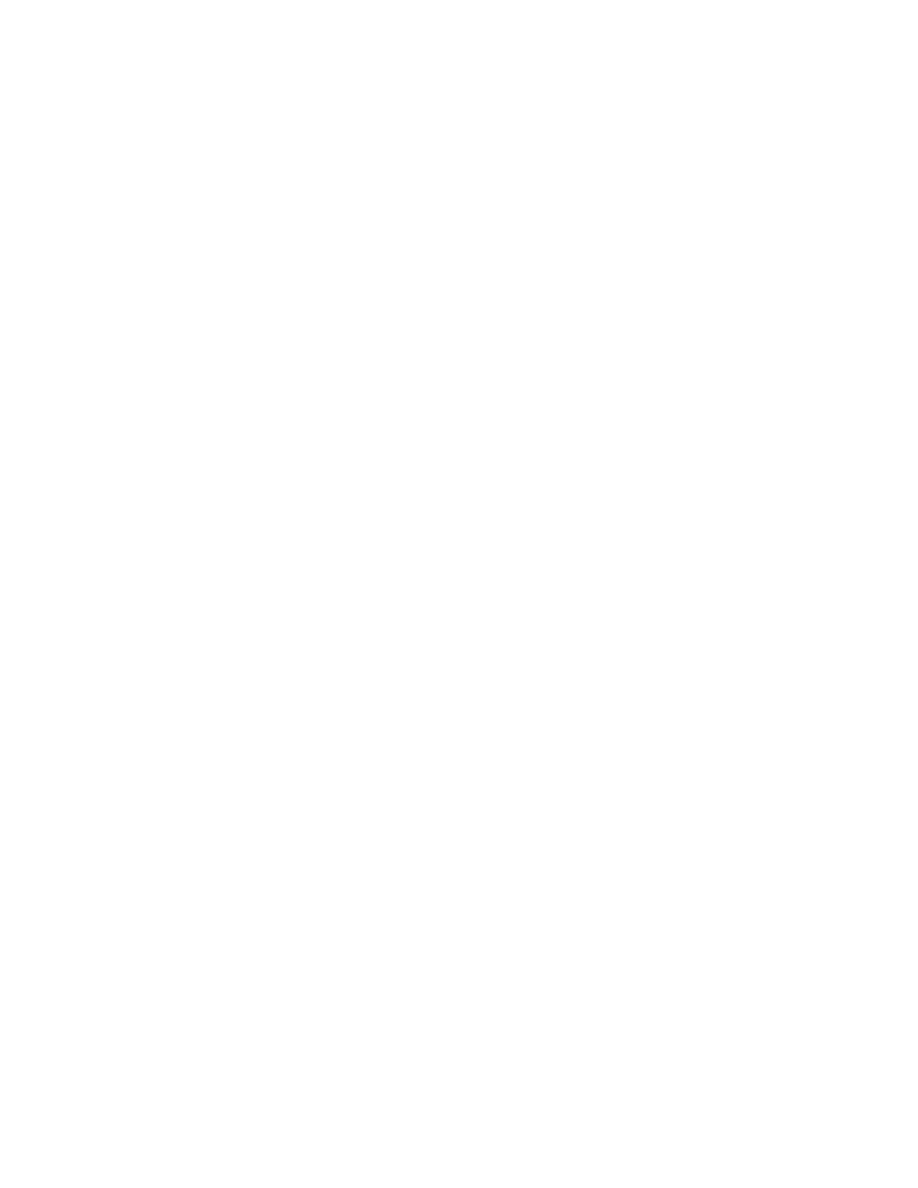
519
Federal Aviation Administration, DOT
§ 27.753
(d)
Operation tests. The proper func-
tioning of the retracting mechanism
must be shown by operation tests.
(e)
Position indicator. There must be a
means to indicate to the pilot when the
gear is secured in the extreme posi-
tions.
(f)
Control. The location and oper-
ation of the retraction control must
meet the requirements of §§ 27.777 and
27.779.
(g)
Landing gear warning. An aural or
equally effective landing gear warning
device must be provided that functions
continuously when the rotorcraft is in
a normal landing mode and the landing
gear is not fully extended and locked.
A manual shutoff capability must be
provided for the warning device and the
warning system must automatically
reset when the rotorcraft is no longer
in the landing mode.
[Amdt. 27–21, 49 FR 44434, Nov. 6, 1984]
§ 27.731
Wheels.
(a) Each landing gear wheel must be
approved.
(b) The maximum static load rating
of each wheel may not be less than the
corresponding static ground reaction
with—
(1) Maximum weight; and
(2) Critical center of gravity.
(c) The maximum limit load rating of
each wheel must equal or exceed the
maximum radial limit load determined
under the applicable ground load re-
quirements of this part.
§ 27.733
Tires.
(a) Each landing gear wheel must
have a tire—
(1) That is a proper fit on the rim of
the wheel; and
(2) Of the proper rating.
(b) The maximum static load rating
of each tire must equal or exceed the
static ground reaction obtained at its
wheel, assuming—
(1) The design maximum weight; and
(2) The most unfavorable center of
gravity.
(c) Each tire installed on a retract-
able landing gear system must, at the
maximum size of the tire type expected
in service, have a clearance to sur-
rounding structure and systems that is
adequate to prevent contact between
the tire and any part of the structure
or systems.
[Doc. No. 5074, 29 FR 15695, Nov. 24, 1964, as
amended by Amdt. 27–11, 41 FR 55469, Dec. 20,
1976]
§ 27.735
Brakes.
For rotorcraft with wheel-type land-
ing gear, a braking device must be in-
stalled that is—
(a) Controllable by the pilot;
(b) Usable during power-off landings;
and
(c) Adequate to—
(1) Counteract any normal unbal-
anced torque when starting or stopping
the rotor; and
(2) Hold the rotorcraft parked on a
10-degree slope on a dry, smooth pave-
ment.
[Doc. No. 5074, 29 FR 15695, Nov. 24, 1964, as
amended by Amdt. 27–21, 49 FR 44434, Nov. 6,
1984]
§ 27.737
Skis.
The maximum limit load rating of
each ski must equal or exceed the max-
imum limit load determined under the
applicable ground load requirements of
this part.
F
LOATS AND
H
ULLS
§ 27.751
Main float buoyancy.
(a) For main floats, the buoyancy
necessary to support the maximum
weight of the rotorcraft in fresh water
must be exceeded by—
(1) 50 percent, for single floats; and
(2) 60 percent, for multiple floats.
(b) Each main float must have
enough water-tight compartments so
that, with any single main float com-
partment flooded, the main floats will
provide a margin of positive stability
great enough to minimize the prob-
ability of capsizing.
[Doc. No. 5074, 29 FR 15695, Nov. 24, 1964, as
amended by Amdt. 27–2, 33 FR 963, Jan. 26,
1968]
§ 27.753
Main float design.
(a)
Bag floats. Each bag float must be
designed to withstand—
(1) The maximum pressure differen-
tial that might be developed at the
maximum altitude for which certifi-
cation with that float is requested; and
VerDate Sep<11>2014
09:06 Jun 28, 2024
Jkt 262046
PO 00000
Frm 00529
Fmt 8010
Sfmt 8010
Y:\SGML\262046.XXX
262046
jspears on DSK121TN23PROD with CFR
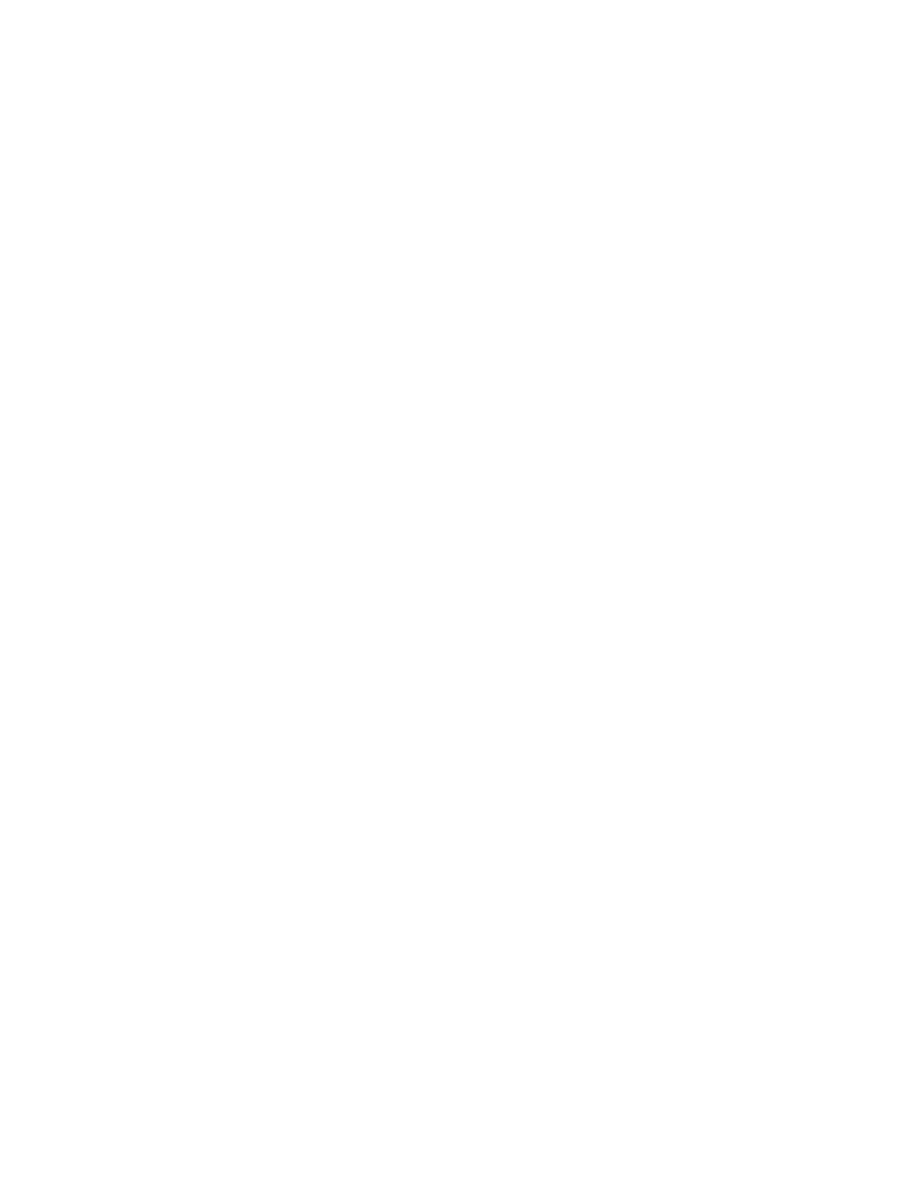
520
14 CFR Ch. I (1–1–24 Edition)
§ 27.755
(2) The vertical loads prescribed in
§ 27.521(a), distributed along the length
of the bag over three-quarters of its
projected area.
(b)
Rigid floats. Each rigid float must
be able to withstand the vertical, hori-
zontal, and side loads prescribed in
§ 27.521. These loads may be distributed
along the length of the float.
§ 27.755
Hulls.
For each rotorcraft, with a hull and
auxiliary floats, that is to be approved
for both taking off from and landing on
water, the hull and auxiliary floats
must have enough watertight compart-
ments so that, with any single com-
partment flooded, the buoyancy of the
hull and auxiliary floats (and wheel
tires if used) provides a margin of posi-
tive stability great enough to minimize
the probability of capsizing.
P
ERSONNEL AND
C
ARGO
A
CCOMMODATIONS
§ 27.771
Pilot compartment.
For each pilot compartment—
(a) The compartment and its equip-
ment must allow each pilot to perform
his duties without unreasonable con-
centration or fatigue;
(b) If there is provision for a second
pilot, the rotorcraft must be control-
lable with equal safety from either
pilot seat; and
(c) The vibration and noise charac-
teristics of cockpit appurtenances may
not interfere with safe operation.
§ 27.773
Pilot compartment view.
(a) Each pilot compartment must be
free from glare and reflections that
could interfere with the pilot’s view,
and designed so that—
(1) Each pilot’s view is sufficiently
extensive, clear, and undistorted for
safe operation; and
(2) Each pilot is protected from the
elements so that moderate rain condi-
tions do not unduly impair his view of
the flight path in normal flight and
while landing.
(b) If certification for night oper-
ation is requested, compliance with
paragraph (a) of this section must be
shown by ground or night flight tests.
(c) A vision system with a trans-
parent display surface located in the
pilot’s outside field of view, such as a
head up-display, head mounted display,
or other equivalent display, must meet
the following requirements:
(1) While the vision system display is
in operation, it must compensate for
interference with the pilot’s outside
field of view such that the combination
of what is visible in the display and
what remains visible through and
around it, allows the pilot compart-
ment to satisfy the requirements of
paragraphs (a)(1) and (b) of this sec-
tion.
(2) The pilot’s view of the external
scene may not be distorted by the
transparent display surface or by the
vision system imagery. When the vi-
sion system displays imagery or any
symbology that is referenced to the im-
agery and outside scene topography,
including attitude symbology, flight
path vector, and flight path angle ref-
erence cue, that imagery and sym-
bology must be aligned with, and
scaled to, the external scene.
(3) The vision system must provide a
means to allow the pilot using the dis-
play to immediately deactivate and re-
activate the vision system imagery, on
demand, without removing the pilot’s
hands from the primary flight and
power controls, or their equivalent.
(4) When the vision system is not in
operation it must permit the pilot
compartment to satisfy the require-
ments of paragraphs (a)(1) and (b) of
this section.
[Doc. No. 5074, 29 FR 15695, Nov. 24, 1964, as
amended by Docket FAA–2013–0485, Amdt. 27–
48, 81 FR 90170, Dec. 13, 2016; Docket FAA–
2016–9275, Amdt. 27–50, 83 FR 9423, Mar. 6,
2018]
§ 27.775
Windshields and windows.
Windshields and windows must be
made of material that will not break
into dangerous fragments.
[Amdt. 27–27, 55 FR 38966, Sept. 21, 1990]
§ 27.777
Cockpit controls.
Cockpit controls must be—
(a) Located to provide convenient op-
eration and to prevent confusion and
inadvertent operation; and
(b) Located and arranged with re-
spect to the pilots’ seats so that there
is full and unrestricted movement of
each control without interference from
VerDate Sep<11>2014
09:06 Jun 28, 2024
Jkt 262046
PO 00000
Frm 00530
Fmt 8010
Sfmt 8010
Y:\SGML\262046.XXX
262046
jspears on DSK121TN23PROD with CFR
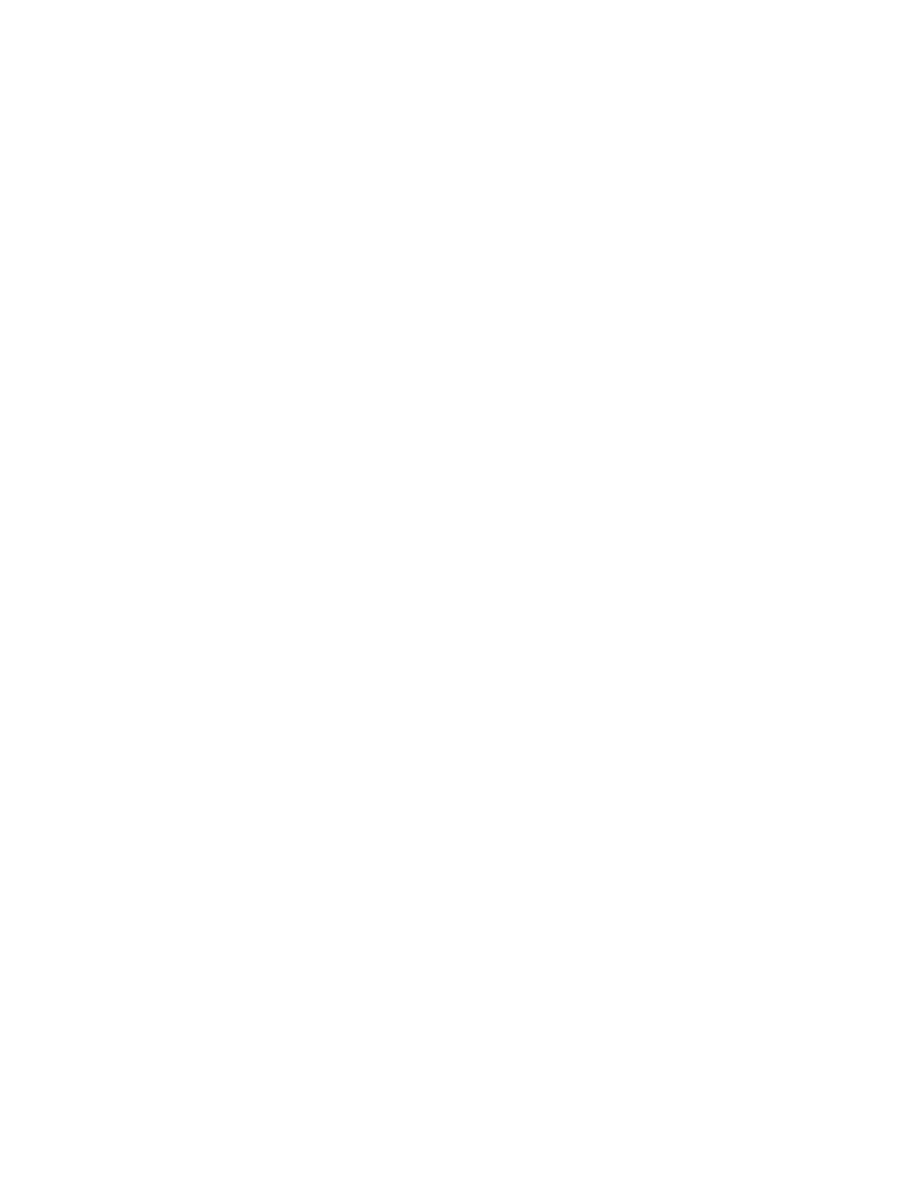
521
Federal Aviation Administration, DOT
§ 27.785
the cockpit structure or the pilot’s
clothing when pilots from 5
′
2
″
to 6
′
0
″
in
height are seated.
§ 27.779
Motion and effect of cockpit
controls.
Cockpit controls must be designed so
that they operate in accordance with
the following movements and actu-
ation:
(a) Flight controls, including the col-
lective pitch control, must operate
with a sense of motion which cor-
responds to the effect on the rotor-
craft.
(b) Twist-grip engine power controls
must be designed so that, for lefthand
operation, the motion of the pilot’s
hand is clockwise to increase power
when the hand is viewed from the edge
containing the index finger. Other en-
gine power controls, excluding the col-
lective control, must operate with a
forward motion to increase power.
(c) Normal landing gear controls
must operate downward to extend the
landing gear.
[Amdt. 27–21, 49 FR 44434, Nov. 6, 1984]
§ 27.783
Doors.
(a) Each closed cabin must have at
least one adequate and easily acces-
sible external door.
(b) Each external door must be lo-
cated where persons using it will not be
endangered by the rotors, propellers,
engine intakes, and exhausts when ap-
propriate operating procedures are
used. If opening procedures are re-
quired, they must be marked inside, on
or adjacent to the door opening device.
[Doc. No. 5074, 29 FR 15695, Nov. 24, 1964, as
amended by Amdt. 27–26, 55 FR 8001, Mar. 6,
1990]
§ 27.785
Seats, berths, litters, safety
belts, and harnesses.
(a) Each seat, safety belt, harness,
and adjacent part of the rotorcraft at
each station designated for occupancy
during takeoff and landing must be free
of potentially injurious objects, sharp
edges, protuberances, and hard surfaces
and must be designed so that a person
making proper use of these facilities
will not suffer serious injury in an
emergency landing as a result of the
static inertial load factors specified in
§ 27.561(b) and dynamic conditions spec-
ified in § 27.562.
(b) Each occupant must be protected
from serious head injury by a safety
belt plus a shoulder harness that will
prevent the head from contacting any
injurious object except as provided for
in § 27.562(c)(5). A shoulder harness
(upper torso restraint), in combination
with the safety belt, constitutes a
torso restraint system as described in
TSO-C114.
(c) Each occupant’s seat must have a
combined safety belt and shoulder har-
ness with a single-point release. Each
pilot’s combined safety belt and shoul-
der harness must allow each pilot when
seated with safety belt and shoulder
harness fastened to perform all func-
tions necessary for flight operations.
There must be a means to secure belts
and harnesses, when not in use, to pre-
vent interference with the operation of
the rotorcraft and with rapid egress in
an emergency.
(d) If seat backs do not have a firm
handhold, there must be hand grips or
rails along each aisle to enable the oc-
cupants to steady themselves while
using the aisle in moderately rough
air.
(e) Each projecting object that could
injure persons seated or moving about
in the rotorcraft in normal flight must
be padded.
(f) Each seat and its supporting
structure must be designed for an occu-
pant weight of at least 170 pounds con-
sidering the maximum load factors, in-
ertial forces, and reactions between oc-
cupant, seat, and safety belt or harness
corresponding with the applicable
flight and ground load conditions, in-
cluding the emergency landing condi-
tions of § 27.561(b). In addition—
(1) Each pilot seat must be designed
for the reactions resulting from the ap-
plication of the pilot forces prescribed
in § 27.397; and
(2) The inertial forces prescribed in
§ 27.561(b) must be multiplied by a fac-
tor of 1.33 in determining the strength
of the attachment of—
(i) Each seat to the structure; and
(ii) Each safety belt or harness to the
seat or structure.
(g) When the safety belt and shoulder
harness are combined, the rated
strength of the safety belt and shoulder
VerDate Sep<11>2014
09:06 Jun 28, 2024
Jkt 262046
PO 00000
Frm 00531
Fmt 8010
Sfmt 8010
Y:\SGML\262046.XXX
262046
jspears on DSK121TN23PROD with CFR
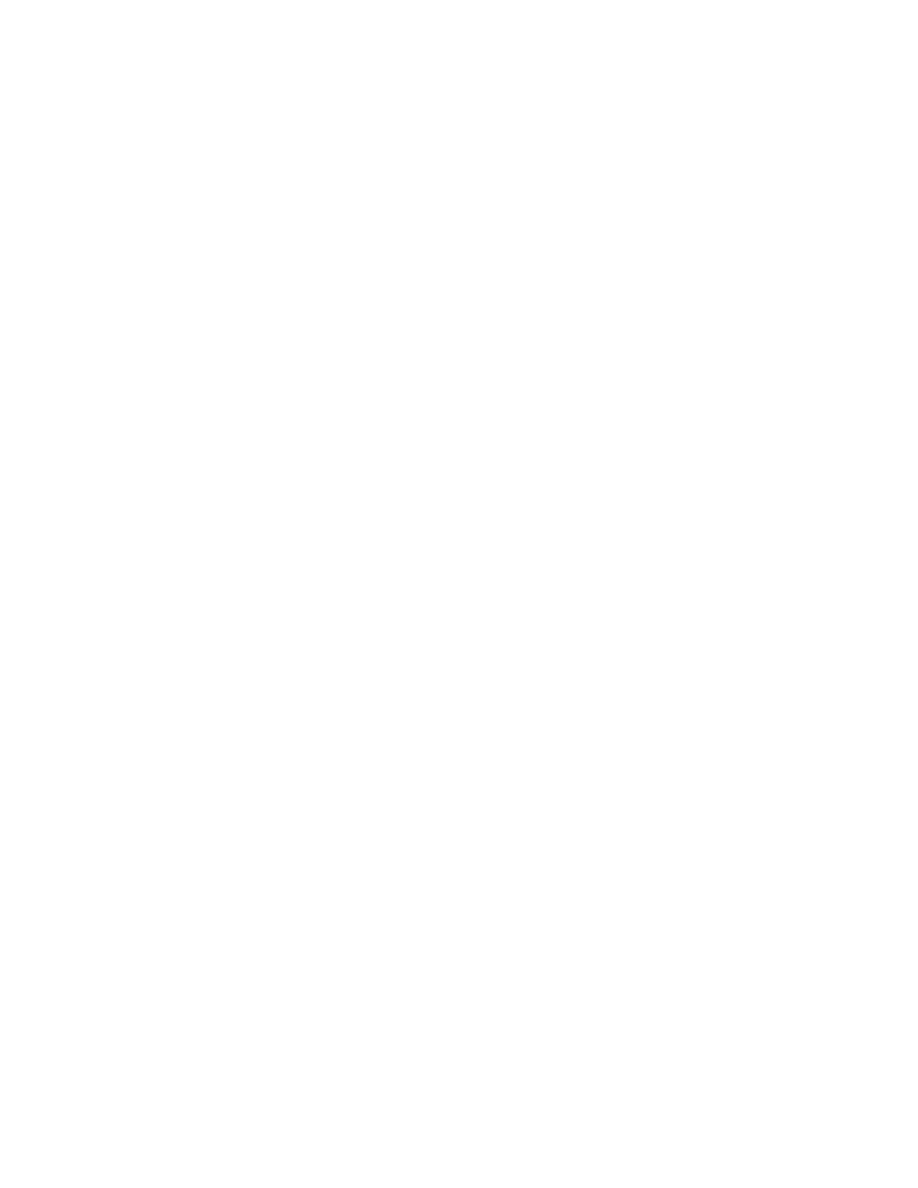
522
14 CFR Ch. I (1–1–24 Edition)
§ 27.787
harness may not be less than that cor-
responding to the inertial forces speci-
fied in § 27.561(b), considering the occu-
pant weight of at least 170 pounds, con-
sidering the dimensional characteris-
tics of the restraint system installa-
tion, and using a distribution of at
least a 60-percent load to the safety
belt and at least a 40-percent load to
the shoulder harness. If the safety belt
is capable of being used without the
shoulder harness, the inertial forces
specified must be met by the safety
belt alone.
(h) When a headrest is used, the head-
rest and its supporting structure must
be designed to resist the inertia forces
specified in § 27.561, with a 1.33 fitting
factor and a head weight of at least 13
pounds.
(i) Each seating device system in-
cludes the device such as the seat, the
cushions, the occupant restraint sys-
tem, and attachment devices.
(j) Each seating device system may
use design features such as crushing or
separation of certain parts of the seats
to reduce occupant loads for the emer-
gency landing dynamic conditions of
§ 27.562; otherwise, the system must re-
main intact and must not interfere
with rapid evacuation of the rotorcraft.
(k) For the purposes of this section, a
litter is defined as a device designed to
carry a nonambulatory person, pri-
marily in a recumbent position, into
and on the rotorcraft. Each berth or
litter must be designed to withstand
the load reaction of an occupant
weight of at least 170 pounds when the
occupant is subjected to the forward
inertial factors specified in § 27.561(b).
A berth or litter installed within 15
°
or
less of the longitudinal axis of the
rotorcraft must be provided with a pad-
ded end-board, cloth diaphram, or
equivalent means that can withstand
the forward load reaction. A berth or
litter oriented greater than 15
°
with
the longitudinal axis of the rotorcraft
must be equipped with appropriate re-
straints, such as straps or safety belts,
to withstand the forward load reaction.
In addition—
(1) The berth or litter must have a re-
straint system and must not have cor-
ners or other protuberances likely to
cause serious injury to a person occu-
pying it during emergency landing con-
ditions; and
(2) The berth or litter attachment
and the occupant restraint system at-
tachments to the structure must be de-
signed to withstand the critical loads
resulting from flight and ground load
conditions and from the conditions pre-
scribed in § 27.561(b). The fitting factor
required by § 27.625(d) shall be applied.
[Amdt. 27–21, 49 FR 44434, Nov. 6, 1984, as
amended by Amdt. 27–25, 54 FR 47319, Nov. 13,
1989; Amdt. 27–35, 63 FR 43285, Aug. 12, 1998]
§ 27.787
Cargo and baggage compart-
ments.
(a) Each cargo and baggage compart-
ment must be designed for its plac-
arded maximum weight of contents and
for the critical load distributions at
the appropriate maximum load factors
corresponding to the specified flight
and ground load conditions, except the
emergency landing conditions of
§ 27.561.
(b) There must be means to prevent
the contents of any compartment from
becoming a hazard by shifting under
the loads specified in paragraph (a) of
this section.
(c) Under the emergency landing con-
ditions of § 27.561, cargo and baggage
compartments must—
(1) Be positioned so that if the con-
tents break loose they are unlikely to
cause injury to the occupants or re-
strict any of the escape facilities pro-
vided for use after an emergency land-
ing; or
(2) Have sufficient strength to with-
stand the conditions specified in § 27.561
including the means of restraint, and
their attachments, required by para-
graph (b) of this section. Sufficient
strength must be provided for the max-
imum authorized weight of cargo and
baggage at the critical loading dis-
tribution.
(d) If cargo compartment lamps are
installed, each lamp must be installed
so as to prevent contact between lamp
bulb and cargo.
[Doc. No. 5074, 29 FR 15695, Nov. 24, 1964, as
amended by Amdt. 27–11, 41 FR 55469, Dec. 20,
1976; Amdt. 27–27, 55 FR 38966, Sept. 21, 1990]
§ 27.801
Ditching.
(a) If certification with ditching pro-
visions is requested, the rotorcraft
VerDate Sep<11>2014
09:06 Jun 28, 2024
Jkt 262046
PO 00000
Frm 00532
Fmt 8010
Sfmt 8010
Y:\SGML\262046.XXX
262046
jspears on DSK121TN23PROD with CFR
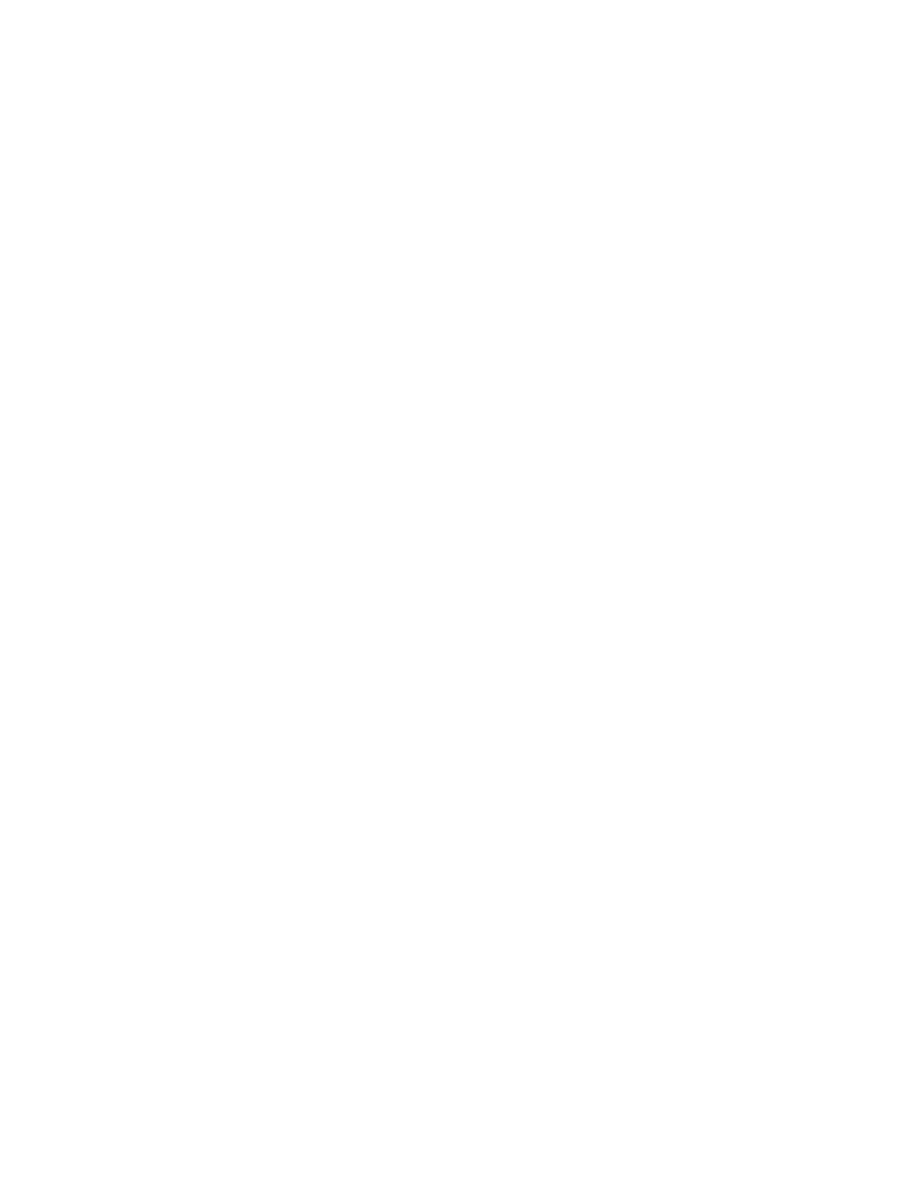
523
Federal Aviation Administration, DOT
§ 27.807
must meet the requirements of this
section and §§ 27.807(d), 27.1411 and
27.1415.
(b) Each practicable design measure,
compatible with the general character-
istics of the rotorcraft, must be taken
to minimize the probability that in an
emergency landing on water, the be-
havior of the rotorcraft would cause
immediate injury to the occupants or
would make it impossible for them to
escape.
(c) The probable behavior of the
rotorcraft in a water landing must be
investigated by model tests or by com-
parison with rotorcraft of similar con-
figuration for which the ditching char-
acteristics are known. Scoops, flaps,
projections, and any other factor likely
to affect the hydrodynamic character-
istics of the rotorcraft must be consid-
ered.
(d) It must be shown that, under rea-
sonably probable water conditions, the
flotation time and trim of the rotor-
craft will allow the occupants to leave
the rotorcraft and enter the life rafts
required by § 27.1415. If compliance with
this provision is shown by buoyancy
and trim computations, appropriate al-
lowances must be made for probable
structural damage and leakage. If the
rotorcraft has fuel tanks (with fuel jet-
tisoning provisions) that can reason-
ably be expected to withstand a ditch-
ing without leakage, the jettisonable
volume of fuel may be considered as
buoyancy volume.
(e) Unless the effects of the collapse
of external doors and windows are ac-
counted for in the investigation of the
probable behavior of the rotorcraft in a
water landing (as prescribed in para-
graphs (c) and (d) of this section), the
external doors and windows must be
designed to withstand the probable
maximum local pressures.
[Amdt. 27–11, 41 FR 55469, Dec. 20, 1976]
§ 27.805
Flight crew emergency exits.
(a) For rotorcraft with passenger
emergency exits that are not conven-
ient to the flight crew, there must be
flight crew emergency exits, on both
sides of the rotorcraft or as a top hatch
in the flight crew area.
(b) Each flight crew emergency exit
must be of sufficient size and must be
located so as to allow rapid evacuation
of the flight crew. This must be shown
by test.
(c) Each flight crew emergency exit
must not be obstructed by water or flo-
tation devices after an emergency
landing on water. This must be shown
by test, demonstration, or analysis.
[Doc. No. 29247, 64 FR 45094, Aug. 18, 1999]
§ 27.807
Emergency exits.
(a)
Number and location. (1) There
must be at least one emergency exit on
each side of the cabin readily acces-
sible to each passenger. One of these
exits must be usable in any probable
attitude that may result from a crash;
(2) Doors intended for normal use
may also serve as emergency exits, pro-
vided that they meet the requirements
of this section; and
(3) If emergency flotation devices are
installed, there must be an emergency
exit accessible to each passenger on
each side of the cabin that is shown by
test, demonstration, or analysis to;
(i) Be above the waterline; and
(ii) Open without interference from
flotation devices, whether stowed or
deployed.
(b)
Type and operation. Each emer-
gency exit prescribed by paragraph (a)
of this section must—
(1) Consist of a movable window or
panel, or additional external door, pro-
viding an unobstructed opening that
will admit a 19-by 26-inch ellipse;
(2) Have simple and obvious methods
of opening, from the inside and from
the outside, which do not require ex-
ceptional effort;
(3) Be arranged and marked so as to
be readily located and opened even in
darkness; and
(4) Be reasonably protected from
jamming by fuselage deformation.
(c)
Tests. The proper functioning of
each emergency exit must be shown by
test.
(d)
Ditching emergency exits for pas-
sengers. If certification with ditching
provisions is requested, the markings
required by paragraph (b)(3) of this sec-
tion must be designed to remain visible
if the rotorcraft is capsized and the
cabin is submerged.
[Doc. No. 29247, 64 FR 45094, Aug. 18, 1999]
VerDate Sep<11>2014
09:06 Jun 28, 2024
Jkt 262046
PO 00000
Frm 00533
Fmt 8010
Sfmt 8010
Y:\SGML\262046.XXX
262046
jspears on DSK121TN23PROD with CFR
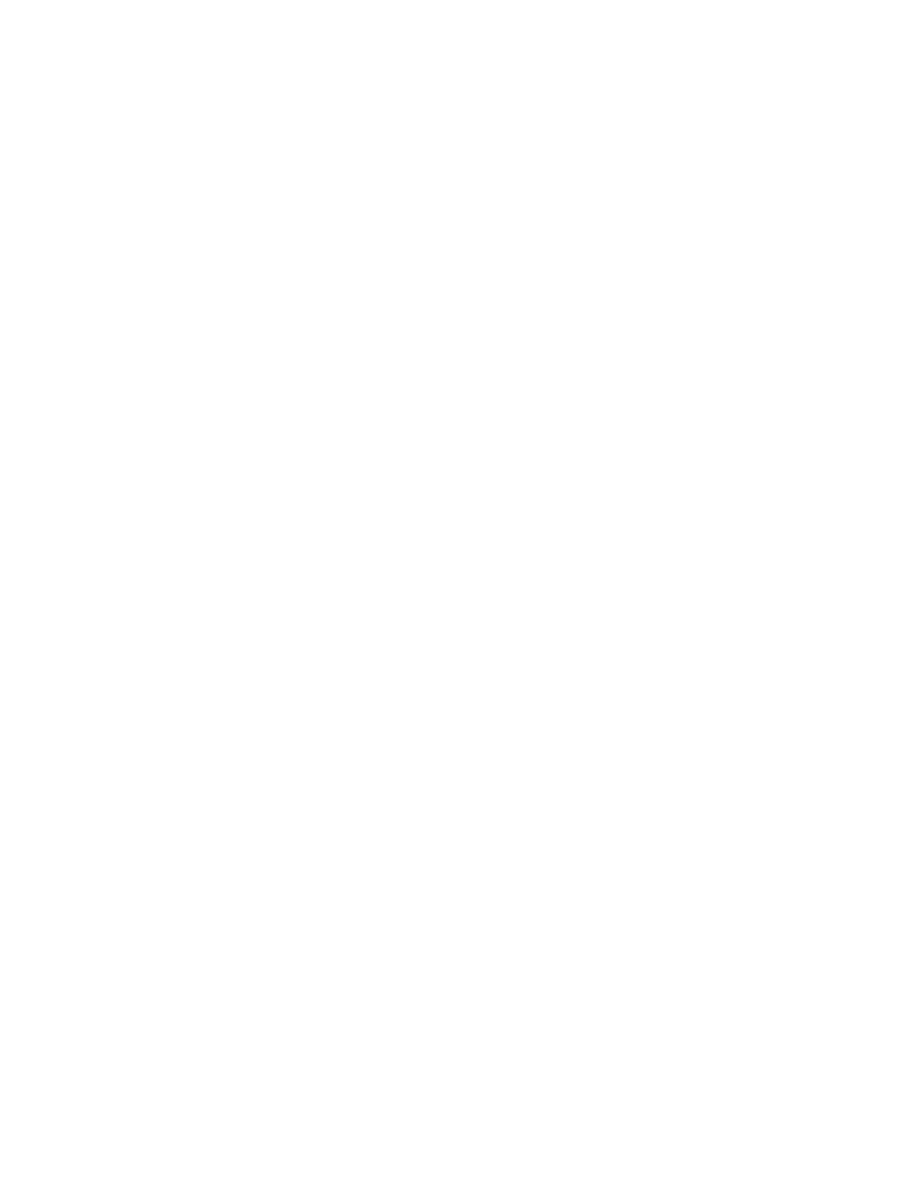
524
14 CFR Ch. I (1–1–24 Edition)
§ 27.831
§ 27.831
Ventilation.
(a) The ventilating system for the
pilot and passenger compartments
must be designed to prevent the pres-
ence of excessive quantities of fuel
fumes and carbon monoxide.
(b) The concentration of carbon mon-
oxide may not exceed one part in 20,000
parts of air during forward flight or
hovering in still air. If the concentra-
tion exceeds this value under other
conditions, there must be suitable op-
erating restrictions.
§ 27.833
Heaters.
Each combustion heater must be ap-
proved.
[Amdt. 27–23, 53 FR 34210, Sept. 2, 1988]
F
IRE
P
ROTECTION
§ 27.853
Compartment interiors.
For each compartment to be used by
the crew or passengers—
(a) The materials must be at least
flame-resistant;
(b) [Reserved]
(c) If smoking is to be prohibited,
there must be a placard so stating, and
if smoking is to be allowed—
(1) There must be an adequate num-
ber of self-contained, removable ash-
trays; and
(2) Where the crew compartment is
separated from the passenger compart-
ment, there must be at least one illu-
minated sign (using either letters or
symbols) notifying all passengers when
smoking is prohibited. Signs which no-
tify when smoking is prohibited must—
(i) When illuminated, be legible to
each passenger seated in the passenger
cabin under all probable lighting condi-
tions; and
(ii) Be so constructed that the crew
can turn the illumination on and off.
[Amdt. 27–17, 45 FR 7755, Feb. 4, 1980, as
amended by Amdt. 27–37, 64 FR 45095, Aug. 18,
1999]
§ 27.855
Cargo and baggage compart-
ments.
(a) Each cargo and baggage compart-
ment must be constructed of, or lined
with, materials that are at least—
(1) Flame resistant, in the case of
compartments that are readily acces-
sible to a crewmember in flight; and
(2) Fire resistant, in the case of other
compartments.
(b) No compartment may contain any
controls, wiring, lines, equipment, or
accessories whose damage or failure
would affect safe operation, unless
those items are protected so that—
(1) They cannot be damaged by the
movement of cargo in the compart-
ment; and
(2) Their breakage or failure will not
create a fire hazard.
§ 27.859
Heating systems.
(a)
General. For each heating system
that involves the passage of cabin air
over, or close to, the exhaust manifold,
there must be means to prevent carbon
monoxide from entering any cabin or
pilot compartment.
(b)
Heat exchangers. Each heat ex-
changer must be—
(1) Of suitable materials;
(2) Adequately cooled under all con-
ditions; and
(3) Easily disassembled for inspec-
tion.
(c)
Combustion heater fire protection.
Except for heaters which incorporate
designs to prevent hazards in the event
of fuel leakage in the heater fuel sys-
tem, fire within the ventilating air pas-
sage, or any other heater malfunction,
each heater zone must incorporate the
fire protection features of the applica-
ble requirements of §§ 27.1183, 27.1185,
27.1189, 27.1191, and be provided with—
(1) Approved, quick-acting fire detec-
tors in numbers and locations ensuring
prompt detection of fire in the heater
region.
(2) Fire extinguisher systems that
provide at least one adequate discharge
to all areas of the heater region.
(3) Complete drainage of each part of
each zone to minimize the hazards re-
sulting from failure or malfunction of
any component containing flammable
fluids. The drainage means must be—
(i) Effective under conditions ex-
pected to prevail when drainage is
needed; and
(ii) Arranged so that no discharged
fluid will cause an additional fire haz-
ard.
(4) Ventilation, arranged so that no
discharged vapors will cause an addi-
tional fire hazard.
VerDate Sep<11>2014
09:06 Jun 28, 2024
Jkt 262046
PO 00000
Frm 00534
Fmt 8010
Sfmt 8010
Y:\SGML\262046.XXX
262046
jspears on DSK121TN23PROD with CFR
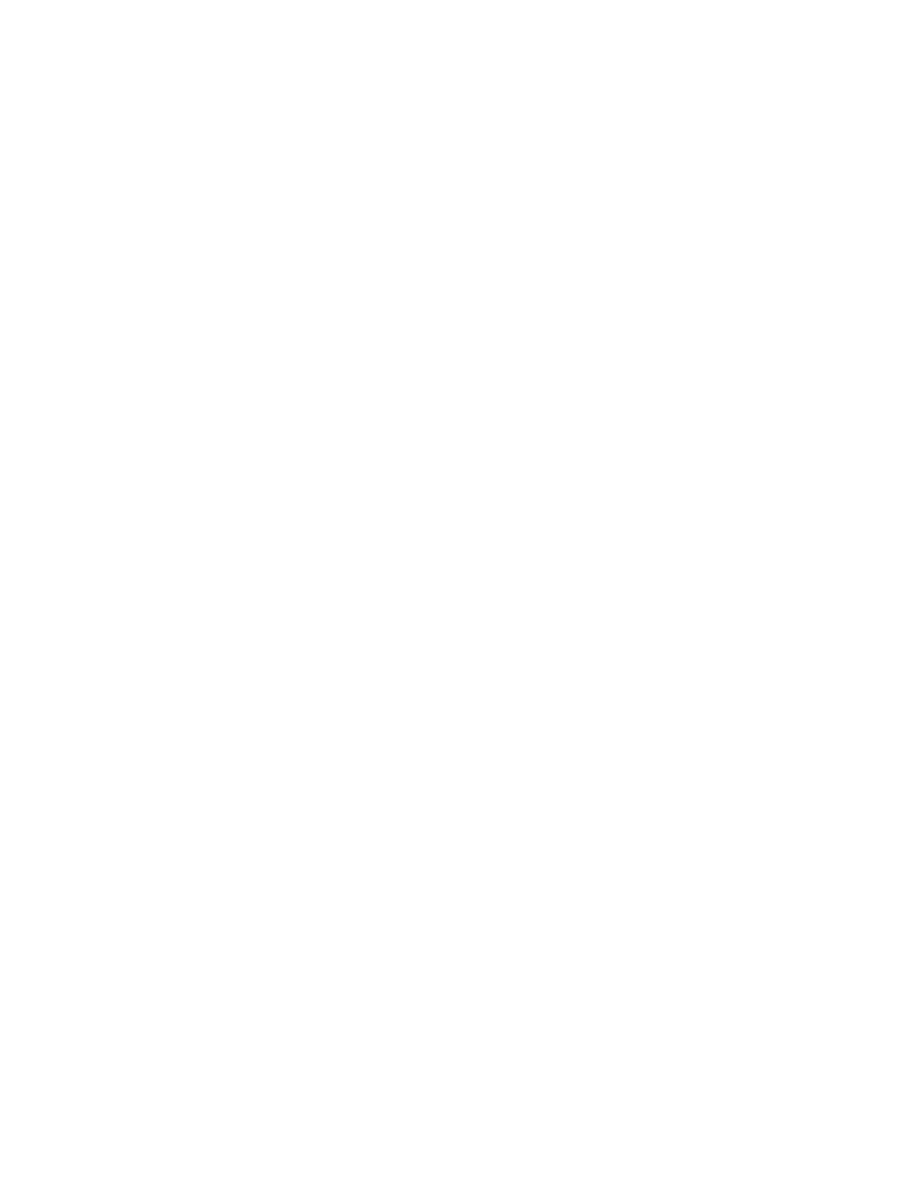
525
Federal Aviation Administration, DOT
§ 27.859
(d)
Ventilating air ducts. Each ven-
tilating air duct passing through any
heater region must be fireproof.
(1) Unless isolation is provided by
fireproof valves or by equally effective
means, the ventilating air duct down-
stream of each heater must be fireproof
for a distance great enough to ensure
that any fire originating in the heater
can be contained in the duct.
(2) Each part of any ventilating duct
passing through any region having a
flammable fluid system must be so
constructed or isolated from that sys-
tem that the malfunctioning of any
component of that system cannot in-
troduce flammable fluids or vapors
into the ventilating airstream.
(e)
Combustion air ducts. Each com-
bustion air duct must be fireproof for a
distance great enough to prevent dam-
age from backfiring or reverse flame
propagation.
(1) No combustion air duct may con-
nect with the ventilating airstream un-
less flames from backfires or reverse
burning cannot enter the ventilating
airstream under any operating condi-
tion, including reverse flow or mal-
function of the heater or its associated
components.
(2) No combustion air duct may re-
strict the prompt relief of any backfire
that, if so restricted, could cause heat-
er failure.
(f)
Heater control: General. There must
be means to prevent the hazardous ac-
cumulation of water or ice on or in any
heater control component, control sys-
tem tubing, or safety control.
(g)
Heater safety controls. For each
combustion heater, safety control
means must be provided as follows:
(1) Means independent of the compo-
nents provided for the normal contin-
uous control of air temperature, air-
flow, and fuel flow must be provided for
each heater to automatically shut off
the ignition and fuel supply of that
heater at a point remote from that
heater when any of the following oc-
curs:
(i) The heat exchanger temperature
exceeds safe limits.
(ii) The ventilating air temperature
exceeds safe limits.
(iii) The combustion airflow becomes
inadequate for safe operation.
(iv) The ventilating airflow becomes
inadequate for safe operation.
(2) The means of complying with
paragraph (g)(1) of this section for any
individual heater must—
(i) Be independent of components
serving any other heater, the heat out-
put of which is essential for safe oper-
ation; and
(ii) Keep the heater off until re-
started by the crew.
(3) There must be means to warn the
crew when any heater, the heat output
of which is essential for safe operation,
has been shut off by the automatic
means prescribed in paragraph (g)(1) of
this section.
(h)
Air intakes. Each combustion and
ventilating air intake must be located
so that no flammable fluids or vapors
can enter the heater system—
(1) During normal operation; or
(2) As a result of the malfunction of
any other component.
(i)
Heater exhaust. Each heater ex-
haust system must meet the require-
ments of §§ 27.1121 and 27.1123.
(1) Each exhaust shroud must be
sealed so that no flammable fluids or
hazardous quantities of vapors can
reach the exhaust system through
joints.
(2) No exhaust system may restrict
the prompt relief of any backfire that,
if so restricted, could cause heater fail-
ure.
(j)
Heater fuel systems. Each heater
fuel system must meet the powerplant
fuel system requirements affecting safe
heater operation. Each heater fuel sys-
tem component in the ventilating air-
stream must be protected by shrouds
so that no leakage from those compo-
nents can enter the ventilating air-
stream.
(k)
Drains. There must be means for
safe drainage of any fuel that might ac-
cumulate in the combustion chamber
or the heat exchanger.
(1) Each part of any drain that oper-
ates at high temperatures must be pro-
tected in the same manner as heater
exhausts.
(2) Each drain must be protected
against hazardous ice accumulation
under any operating condition.
[Doc. No. 5074, 29 FR 15695, Nov. 24, 1964, as
amended by Amdt. 27–23, 53 FR 34211, Sept. 2,
1988]
VerDate Sep<11>2014
09:06 Jun 28, 2024
Jkt 262046
PO 00000
Frm 00535
Fmt 8010
Sfmt 8010
Y:\SGML\262046.XXX
262046
jspears on DSK121TN23PROD with CFR
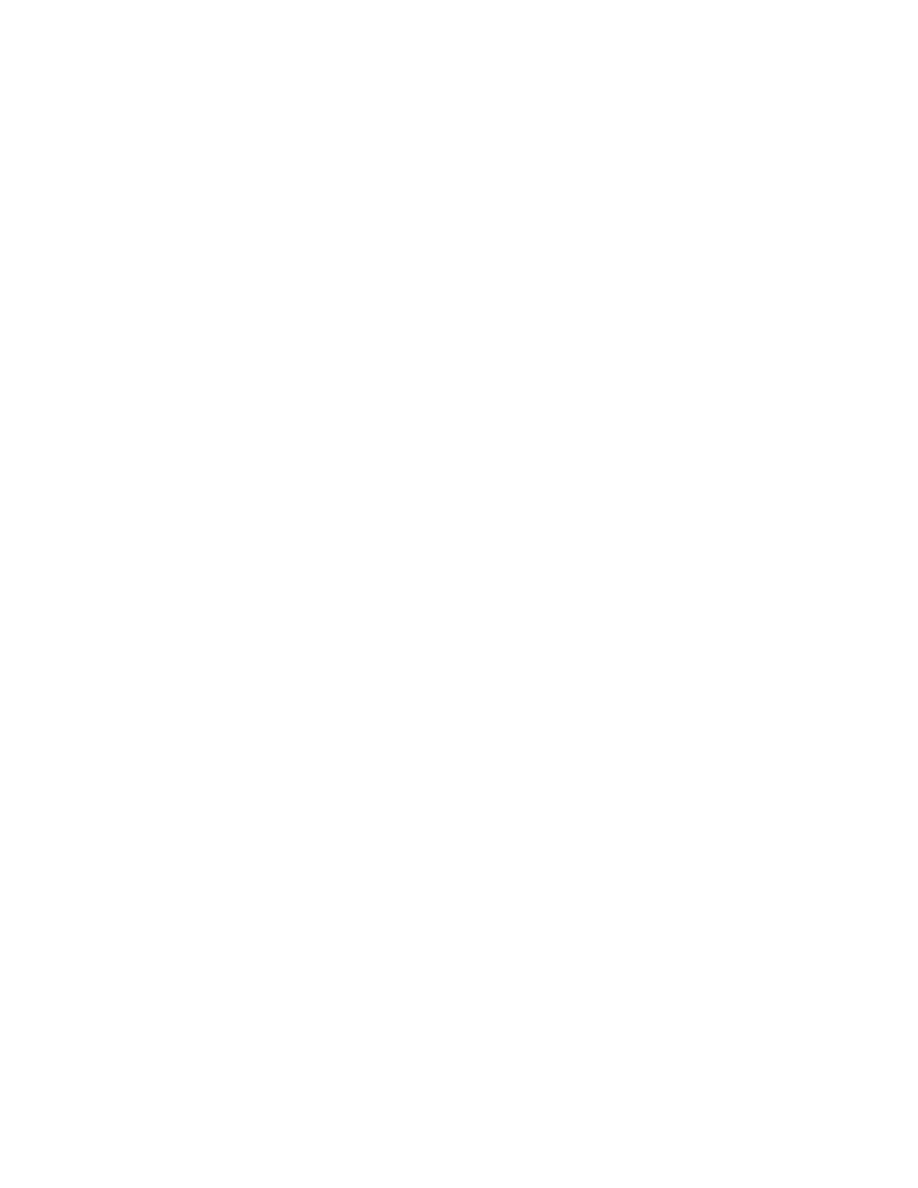
526
14 CFR Ch. I (1–1–24 Edition)
§ 27.861
§ 27.861
Fire protection of structure,
controls, and other parts.
Each part of the structure, controls,
rotor mechanism, and other parts es-
sential to a controlled landing that
would be affected by powerplant fires
must be fireproof or protected so they
can perform their essential functions
for at least 5 minutes under any fore-
seeable powerplant fire conditions.
[Amdt. 27–26, 55 FR 8001, Mar. 6, 1990]
§ 27.863
Flammable fluid fire protec-
tion.
(a) In each area where flammable
fluids or vapors might escape by leak-
age of a fluid system, there must be
means to minimize the probability of
ignition of the fluids and vapors, and
the resultant hazards if ignition does
occur.
(b) Compliance with paragraph (a) of
this section must be shown by analysis
or tests, and the following factors must
be considered:
(1) Possible sources and paths of fluid
leakage, and means of detecting leak-
age.
(2) Flammability characteristics of
fluids, including effects of any combus-
tible or absorbing materials.
(3) Possible ignition sources, includ-
ing electrical faults, overheating of
equipment, and malfunctioning of pro-
tective devices.
(4) Means available for controlling or
extinguishing a fire, such as stopping
flow of fluids, shutting down equip-
ment, fireproof containment, or use of
extinguishing agents.
(5) Ability of rotorcraft components
that are critical to safety of flight to
withstand fire and heat.
(c) If action by the flight crew is re-
quired to prevent or counteract a fluid
fire (e.g. equipment shutdown or actu-
ation of a fire extinguisher) quick act-
ing means must be provided to alert
the crew.
(d) Each area where flammable fluids
or vapors might escape by leakage of a
fluid system must be identified and de-
fined.
(Secs. 313(a), 601, 603, 604, Federal Aviation
Act of 1958 (49 U.S.C. 1354(a), 1421, 1423, 1424),
sec. 6(c), Dept. of Transportation Act (49
U.S.C. 1655(c)))
[Amdt. 27–16, 43 FR 50599, Oct. 30, 1978]
E
XTERNAL
L
OADS
§ 27.865
External loads.
(a) It must be shown by analysis,
test, or both, that the rotorcraft exter-
nal load attaching means for rotor-
craft-load combinations to be used for
nonhuman external cargo applications
can withstand a limit static load equal
to 2.5, or some lower load factor ap-
proved under §§ 27.337 through 27.341,
multiplied by the maximum external
load for which authorization is re-
quested. It must be shown by analysis,
test, or both that the rotorcraft exter-
nal load attaching means and cor-
responding personnel carrying device
system for rotorcraft-load combina-
tions to be used for human external
cargo applications can withstand a
limit static load equal to 3.5 or some
lower load factor, not less than 2.5, ap-
proved under §§ 27.337 through 27.341,
multiplied by the maximum external
load for which authorization is re-
quested. The load for any rotorcraft-
load combination class, for any exter-
nal cargo type, must be applied in the
vertical direction. For jettisonable ex-
ternal loads of any applicable external
cargo type, the load must also be ap-
plied in any direction making the max-
imum angle with the vertical that can
be achieved in service but not less than
30
°
. However, the 30
°
angle may be re-
duced to a lesser angle if—
(1) An operating limitation is estab-
lished limiting external load oper-
ations to such angles for which compli-
ance with this paragraph has been
shown; or
(2) It is shown that the lesser angle
can not be exceeded in service.
(b) The external load attaching
means, for jettisonable rotorcraft-load
combinations, must include a quick-re-
lease system to enable the pilot to re-
lease the external load quickly during
flight. The quick-release system must
consist of a primary quick release sub-
system and a backup quick release sub-
system that are isolated from one an-
other. The quick-release system, and
the means by which it is controlled,
must comply with the following:
(1) A control for the primary quick
release subsystem must be installed ei-
ther on one of the pilot’s primary con-
trols or in an equivalently accessible
VerDate Sep<11>2014
09:06 Jun 28, 2024
Jkt 262046
PO 00000
Frm 00536
Fmt 8010
Sfmt 8010
Y:\SGML\262046.XXX
262046
jspears on DSK121TN23PROD with CFR
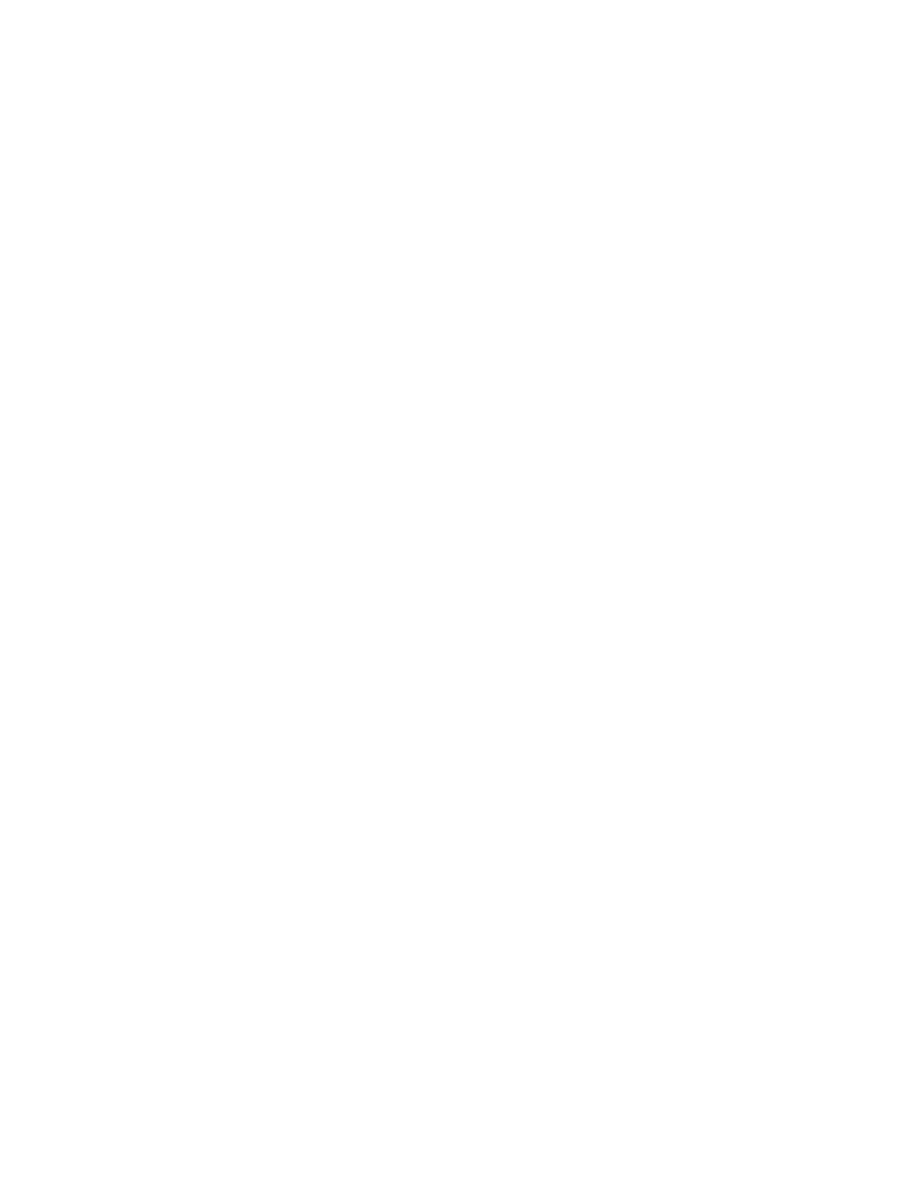
527
Federal Aviation Administration, DOT
§ 27.873
location and must be designed and lo-
cated so that it may be operated by ei-
ther the pilot or a crewmember with-
out hazardously limiting the ability to
control the rotorcraft during an emer-
gency situation.
(2) A control for the backup quick re-
lease subsystem, readily accessible to
either the pilot or another crew-
member, must be provided.
(3) Both the primary and backup
quick release subsystems must—
(i) Be reliable, durable, and function
properly with all external loads up to
and including the maximum external
limit load for which authorization is
requested.
(ii) Be protected against electro-
magnetic interference (EMI) from ex-
ternal and internal sources and against
lightning to prevent inadvertent load
release.
(A) The minimum level of protection
required for jettisonable rotorcraft-
load combinations used for nonhuman
external cargo is a radio frequency
field strength of 20 volts per meter.
(B) The minimum level of protection
required for jettisonable rotorcraft-
load combinations used for human ex-
ternal cargo is a radio frequency field
strength of 200 volts per meter.
(iii) Be protected against any failure
that could be induced by a failure mode
of any other electrical or mechanical
rotorcraft system.
(c) For rotorcraft-load combinations
to be used for human external cargo
applications, the rotorcraft must—
(1) For jettisonable external loads,
have a quick-release system that meets
the requirements of paragraph (b) of
this section and that—
(i) Provides a dual actuation device
for the primary quick release sub-
system, and
(ii) Provides a separate dual actu-
ation device for the backup quick re-
lease subsystem;
(2) Have a reliable, approved per-
sonnel carrying device system that has
the structural capability and personnel
safety features essential for external
occupant safety;
(3) Have placards and markings at all
appropriate locations that clearly state
the essential system operating instruc-
tions and, for the personnel carrying
device system, the ingress and egress
instructions;
(4) Have equipment to allow direct
intercommunication among required
crewmembers and external occupants;
and
(5) Have the appropriate limitations
and procedures incorporated in the
flight manual for conducting human
external cargo operations.
(d) The critically configured jettison-
able external loads must be shown by a
combination of analysis, ground tests,
and flight tests to be both transport-
able and releasable throughout the ap-
proved operational envelope without
hazard to the rotorcraft during normal
flight conditions. In addition, these ex-
ternal loads must be shown to be re-
leasable without hazard to the rotor-
craft during emergency flight condi-
tions.
(e) A placard or marking must be in-
stalled next to the external-load at-
taching means clearly stating any
operational limitations and the max-
imum authorized external load as dem-
onstrated under § 27.25 and this section.
(f) The fatigue evaluation of § 27.571
of this part does not apply to rotor-
craft-load combinations to be used for
nonhuman external cargo except for
the failure of critical structural ele-
ments that would result in a hazard to
the rotorcraft. For rotorcraft-load
combinations to be used for human ex-
ternal cargo, the fatigue evaluation of
§ 27.571 of this part applies to the entire
quick release and personnel carrying
device structural systems and their at-
tachments.
[Amdt. 27–11, 41 FR 55469, Dec. 20, 1976, as
amended by Amdt. 27–26, 55 FR 8001, Mar. 6,
1990; Amdt. 27–36, 64 FR 43019, Aug. 6, 1999]
M
ISCELLANEOUS
§ 27.871
Leveling marks.
There must be reference marks for
leveling the rotorcraft on the ground.
§ 27.873
Ballast provisions.
Ballast provisions must be designed
and constructed to prevent inadvertent
shifting of ballast in flight.
VerDate Sep<11>2014
09:06 Jun 28, 2024
Jkt 262046
PO 00000
Frm 00537
Fmt 8010
Sfmt 8010
Y:\SGML\262046.XXX
262046
jspears on DSK121TN23PROD with CFR
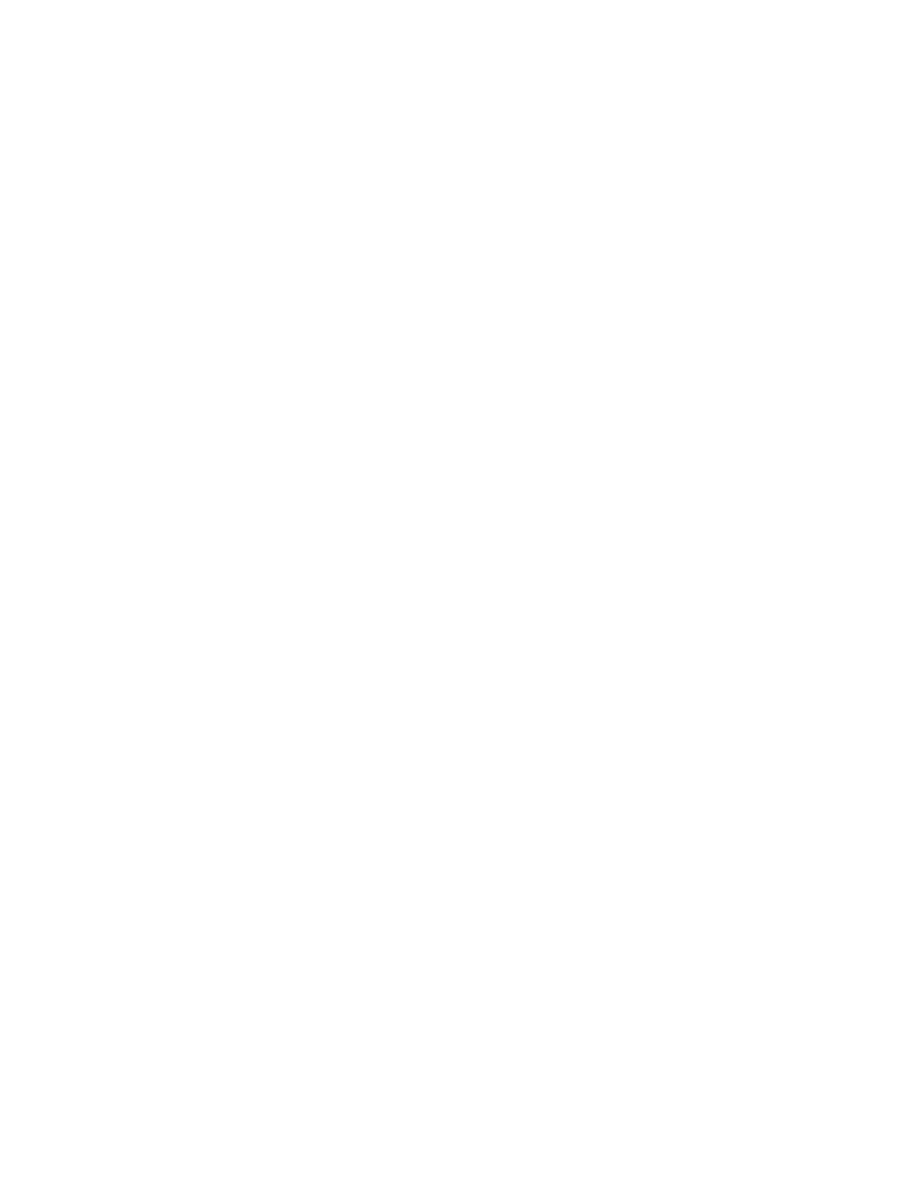
528
14 CFR Ch. I (1–1–24 Edition)
§ 27.901
Subpart E—Powerplant
G
ENERAL
§ 27.901
Installation.
(a) For the purpose of this part, the
powerplant installation includes each
part of the rotorcraft (other than the
main and auxiliary rotor structures)
that—
(1) Is necessary for propulsion;
(2) Affects the control of the major
propulsive units; or
(3) Affects the safety of the major
propulsive units between normal in-
spections or overhauls.
(b) For each powerplant installa-
tion—
(1) Each component of the installa-
tion must be constructed, arranged,
and installed to ensure its continued
safe operation between normal inspec-
tions or overhauls for the range of tem-
perature and altitude for which ap-
proval is requested;
(2) Accessibility must be provided to
allow any inspection and maintenance
necessary for continued airworthiness;
(3) Electrical interconnections must
be provided to prevent differences of
potential between major components of
the installation and the rest of the
rotorcraft;
(4) Axial and radial expansion of tur-
bine engines may not affect the safety
of the installation; and
(5) Design precautions must be taken
to minimize the possibility of incorrect
assembly of components and equipment
essential to safe operation of the rotor-
craft, except where operation with the
incorrect assembly can be shown to be
extremely improbable.
(c) The installation must comply
with—
(1) The installation instructions pro-
vided under § 33.5 of this chapter; and
(2) The applicable provisions of this
subpart.
(Secs. 313(a), 601, and 603, 72 Stat. 752, 775, 49
U.S.C. 1354(a), 1421, and 1423; sec. 6(c), 49
U.S.C. 1655(c))
[Doc. No. 5074, 29 FR 15695, Nov. 24, 1964, as
amended by Amdt. 27–2, 33 FR 963, Jan. 26,
1968; Amdt. 27–12, 42 FR 15044, Mar. 17, 1977;
Amdt. 27–23, 53 FR 34211, Sept. 2, 1988]
§ 27.903
Engines.
(a)
Engine type certification. Each en-
gine must have an approved type cer-
tificate. Reciprocating engines for use
in helicopters must be qualified in ac-
cordance with § 33.49(d) of this chapter
or be otherwise approved for the in-
tended usage.
(b)
Engine or drive system cooling fan
blade protection. (1) If an engine or rotor
drive system cooling fan is installed,
there must be a means to protect the
rotorcraft and allow a safe landing if a
fan blade fails. This must be shown by
showing that—
(i) The fan blades are contained in
case of failure;
(ii) Each fan is located so that a fail-
ure will not jeopardize safety; or
(iii) Each fan blade can withstand an
ultimate load of 1.5 times the cen-
trifugal force resulting from operation
limited by the following:
(A) For fans driven directly by the
engine—
(
1) The terminal engine r.p.m. under
uncontrolled conditions; or
(
2) An overspeed limiting device.
(B) For fans driven by the rotor drive
system, the maximum rotor drive sys-
tem rotational speed to be expected in
service, including transients.
(2) Unless a fatigue evaluation under
§ 27.571 is conducted, it must be shown
that cooling fan blades are not oper-
ating at resonant conditions within the
operating limits of the rotorcraft.
(c)
Turbine engine installation. For
turbine engine installations, the pow-
erplant systems associated with engine
control devices, systems, and instru-
mentation must be designed to give
reasonable assurance that those engine
operating limitations that adversely
affect turbine rotor structural integ-
rity will not be exceeded in service.
(d)
Restart capability. (1) A means to
restart any engine in flight must be
provided.
(2) Except for the in-flight shutdown
of all engines, engine restart capability
must be demonstrated throughout a
flight envelope for the rotorcraft.
VerDate Sep<11>2014
09:06 Jun 28, 2024
Jkt 262046
PO 00000
Frm 00538
Fmt 8010
Sfmt 8010
Y:\SGML\262046.XXX
262046
jspears on DSK121TN23PROD with CFR
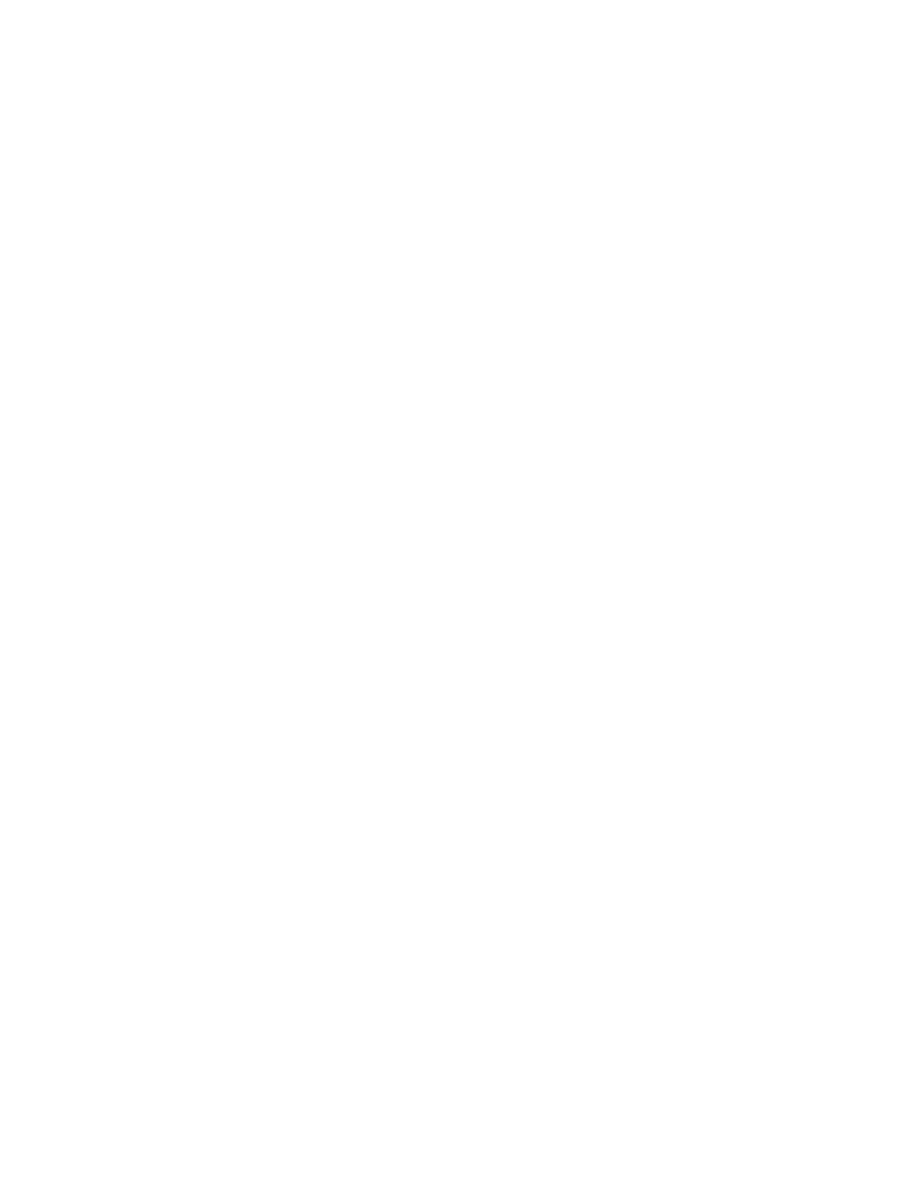
529
Federal Aviation Administration, DOT
§ 27.923
(3) Following the in-flight shutdown
of all engines, in-flight engine restart
capability must be provided.
[Doc. No. 5074, 29 FR 15695, Nov. 24, 1964, as
amended by Amdt. 27–11, 41 FR 55469, Dec. 20,
1976; Amdt. 27–23, 53 FR 34211, Sept. 2, 1988;
Amdt. 27–44, 73 FR 11000, Feb. 29, 2008; Amdt.
27–51, 88 FR 8737, Feb. 10, 2023]
§ 27.907
Engine vibration.
(a) Each engine must be installed to
prevent the harmful vibration of any
part of the engine or rotorcraft.
(b) The addition of the rotor and the
rotor drive system to the engine may
not subject the principal rotating parts
of the engine to excessive vibration
stresses. This must be shown by a vi-
bration investigation.
(c) No part of the rotor drive system
may be subjected to excessive vibra-
tion stresses.
R
OTOR
D
RIVE
S
YSTEM
§ 27.917
Design.
(a) Each rotor drive system must in-
corporate a unit for each engine to
automatically disengage that engine
from the main and auxiliary rotors if
that engine fails.
(b) Each rotor drive system must be
arranged so that each rotor necessary
for control in autorotation will con-
tinue to be driven by the main rotors
after disengagement of the engine from
the main and auxiliary rotors.
(c) If a torque limiting device is used
in the rotor drive system, it must be
located so as to allow continued con-
trol of the rotorcraft when the device
is operating.
(d) The rotor drive system includes
any part necessary to transmit power
from the engines to the rotor hubs.
This includes gear boxes, shafting, uni-
versal joints, couplings, rotor brake as-
semblies, clutches, supporting bearings
for shafting, any attendant accessory
pads or drives, and any cooling fans
that are a part of, attached to, or
mounted on the rotor drive system.
[Doc. No. 5074, 29 FR 15695, Nov. 24, 1964, as
amended by Amdt. 27–11, 41 FR 55469, Dec. 20,
1976]
§ 27.921
Rotor brake.
If there is a means to control the ro-
tation of the rotor drive system inde-
pendently of the engine, any limita-
tions on the use of that means must be
specified, and the control for that
means must be guarded to prevent in-
advertent operation.
§ 27.923
Rotor drive system and con-
trol mechanism tests.
(a) Each part tested as prescribed in
this section must be in a serviceable
condition at the end of the tests. No in-
tervening disassembly which might af-
fect test results may be conducted.
(b) Each rotor drive system and con-
trol mechanism must be tested for not
less than 100 hours. The test must be
conducted on the rotorcraft, and the
torque must be absorbed by the rotors
to be installed, except that other
ground or flight test facilities with
other appropriate methods of torque
absorption may be used if the condi-
tions of support and vibration closely
simulate the conditions that would
exist during a test on the rotorcraft.
(c) A 60-hour part of the test pre-
scribed in paragraph (b) of this section
must be run at not less than maximum
continuous torque and the maximum
speed for use with maximum contin-
uous torque. In this test, the main
rotor controls must be set in the posi-
tion that will give maximum longitu-
dinal cyclic pitch change to simulate
forward flight. The auxiliary rotor con-
trols must be in the position for nor-
mal operation under the conditions of
the test.
(d) A 30-hour or, for rotorcraft for
which the use of either 30-minute OEI
power or continuous OEI power is re-
quested, a 25-hour part of the test pre-
scribed in paragraph (b) of this section
must be run at not less than 75 percent
of maximum continuous torque and the
minimum speed for use with 75 percent
of maximum continuous torque. The
main and auxiliary rotor controls must
be in the position for normal operation
under the conditions of the test.
(e) A 10-hour part of the test pre-
scribed in paragraph (b) of this section
must be run at not less than takeoff
torque and the maximum speed for use
with takeoff torque. The main and aux-
iliary rotor controls must be in the
normal position for vertical ascent.
(1) For multiengine rotorcraft for
which the use of 2
1
⁄
2
minute OEI power
VerDate Sep<11>2014
09:06 Jun 28, 2024
Jkt 262046
PO 00000
Frm 00539
Fmt 8010
Sfmt 8010
Y:\SGML\262046.XXX
262046
jspears on DSK121TN23PROD with CFR
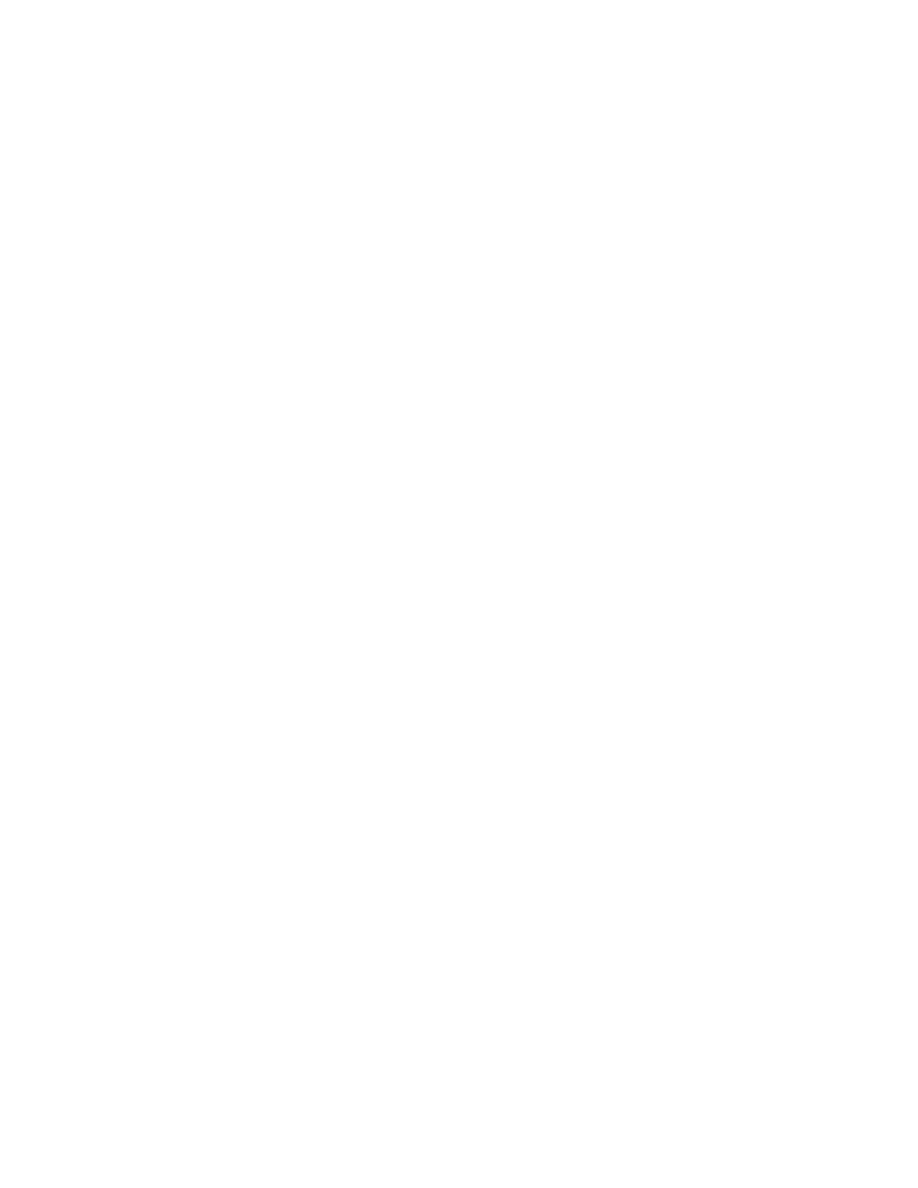
530
14 CFR Ch. I (1–1–24 Edition)
§ 27.923
is requested, 12 runs during the 10-hour
test must be conducted as follows:
(i) Each run must consist of at least
one period of 2
1
⁄
2
minutes with takeoff
torque and the maximum speed for use
with takeoff torque on all engines.
(ii) Each run must consist of at least
one period for each engine in sequence,
during which that engine simulates a
power failure and the remaining en-
gines are run at 2
1
⁄
2
minute OEI torque
and the maximum speed for use with
2
1
⁄
2
minute OEI torque for 2
1
⁄
2
minutes.
(2) For multiengine turbine-powered
rotorcraft for which the use of 30-sec-
ond and 2-minute OEI power is re-
quested, 10 runs must be conducted as
follows:
(i) Immediately following a takeoff
run of at least 5 minutes, each power
source must simulate a failure, in turn,
and apply the maximum torque and the
maximum speed for use with 30-second
OEI power to the remaining affected
drive system power inputs for not less
than 30 seconds, followed by applica-
tion of the maximum torque and the
maximum speed for use with 2-minute
OEI power for not less than 2 minutes.
At least one run sequence must be con-
ducted from a simulated ‘‘flight idle’’
condition. When conducted on a bench
test, the test sequence must be con-
ducted following stabilization at take-
off power.
(ii) For the purpose of this para-
graph, an affected power input includes
all parts of the rotor drive system
which can be adversely affected by the
application of higher or asymmetric
torque and speed prescribed by the
test.
(iii) This test may be conducted on a
representative bench test facility when
engine limitations either preclude re-
peated use of this power or would re-
sult in premature engine removal dur-
ing the test. The loads, the vibration
frequency, and the methods of applica-
tion to the affected rotor drive system
components must be representative of
rotorcraft conditions. Test components
must be those used to show compliance
with the remainder of this section.
(f) The parts of the test prescribed in
paragraphs (c) and (d) of this section
must be conducted in intervals of not
less than 30 minutes and may be ac-
complished either on the ground or in
flight. The part of the test prescribed
in paragraph (e) of this section must be
conducted in intervals of not less than
five minutes.
(g) At intervals of not more than five
hours during the tests prescribed in
paragraphs (c), (d), and (e) of this sec-
tion, the engine must be stopped rap-
idly enough to allow the engine and
rotor drive to be automatically dis-
engaged from the rotors.
(h) Under the operating conditions
specified in paragraph (c) of this sec-
tion, 500 complete cycles of lateral con-
trol, 500 complete cycles of longitu-
dinal control of the main rotors, and
500 complete cycles of control of each
auxiliary rotor must be accomplished.
A ‘‘complete cycle’’ involves movement
of the controls from the neutral posi-
tion, through both extreme positions,
and back to the neutral position, ex-
cept that control movements need not
produce loads or flapping motions ex-
ceeding the maximum loads or motions
encountered in flight. The cycling may
be accomplished during the testing pre-
scribed in paragraph (c) of this section.
(i) At least 200 start-up clutch en-
gagements must be accomplished—
(1) So that the shaft on the driven
side of the clutch is accelerated; and
(2) Using a speed and method selected
by the applicant.
(j) For multiengine rotorcraft for
which the use of 30-minute OEI power
is requested, five runs must be made at
30-minute OEI torque and the max-
imum speed for use with 30-minute OEI
torque, in which each engine, in se-
quence, is made inoperative and the re-
maining engine(s) is run for a 30-
minute period.
(k) For multiengine rotorcraft for
which the use of continuous OEI power
is requested, five runs must be made at
continuous OEI torque and the max-
imum speed for use with continuous
OEI torque, in which each engine, in
sequence, is made inoperative and the
VerDate Sep<11>2014
09:06 Jun 28, 2024
Jkt 262046
PO 00000
Frm 00540
Fmt 8010
Sfmt 8010
Y:\SGML\262046.XXX
262046
jspears on DSK121TN23PROD with CFR
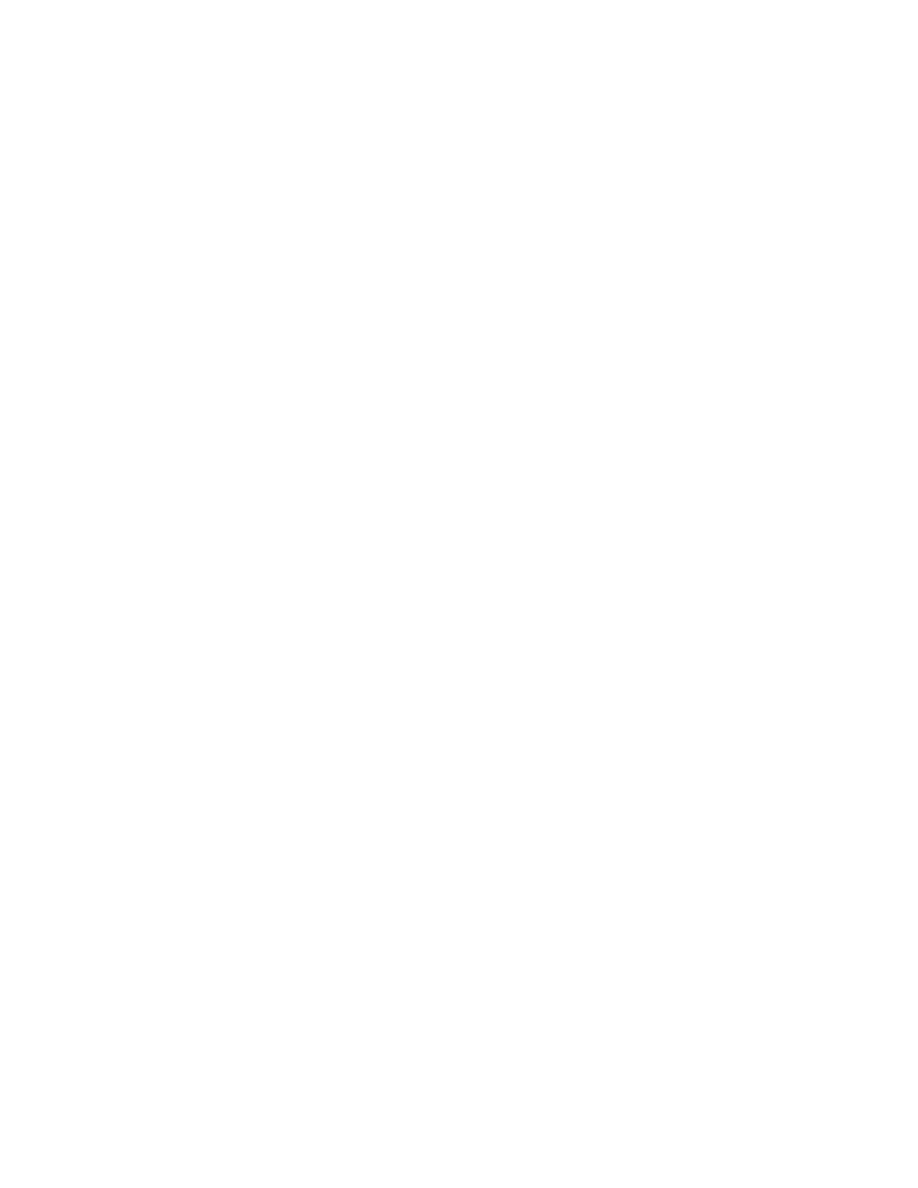
531
Federal Aviation Administration, DOT
§ 27.939
remaining engine(s) is run for a 1-hour
period.
(Secs. 313(a), 601, and 603, 72 Stat. 752, 775, 49
U.S.C. 1354(a), 1421, and 1423; sec. 6(c), 49
U.S.C. 1655(c))
[Doc. No. 5074, 29 FR 15695, Nov. 24, 1964, as
amended by Amdt. 27–2, 33 FR 963, Jan. 26,
1968; Amdt. 27–12, 42 FR 15044, Mar. 17, 1977;
Amdt. 27–23, 53 FR 34212, Sept. 2, 1988; Amdt.
27–29, 59 FR 47767, Sept. 16, 1994]
§ 27.927
Additional tests.
(a) Any additional dynamic, endur-
ance, and operational tests, and vibra-
tory investigations necessary to deter-
mine that the rotor drive mechanism is
safe, must be performed.
(b) If turbine engine torque output to
the transmission can exceed the high-
est engine or transmission torque rat-
ing limit, and that output is not di-
rectly controlled by the pilot under
normal operating conditions (such as
where the primary engine power con-
trol is accomplished through the flight
control), the following test must be
made:
(1) Under conditions associated with
all engines operating, make 200 appli-
cations, for 10 seconds each, or torque
that is at least equal to the lesser of—
(i) The maximum torque used in
meeting § 27.923 plus 10 percent; or
(ii) The maximum attainable torque
output of the engines, assuming that
torque limiting devices, if any, func-
tion properly.
(2) For multiengine rotorcraft under
conditions associated with each engine,
in turn, becoming inoperative, apply to
the remaining transmission torque in-
puts the maximum torque attainable
under probable operating conditions,
assuming that torque limiting devices,
if any, function properly. Each trans-
mission input must be tested at this
maximum torque for at least 15 min-
utes.
(3) The tests prescribed in this para-
graph must be conducted on the rotor-
craft at the maximum rotational speed
intended for the power condition of the
test and the torque must be absorbed
by the rotors to be installed, except
that other ground or flight test facili-
ties with other appropriate methods of
torque absorption may be used if the
conditions of support and vibration
closely simulate the conditions that
would exist during a test on the rotor-
craft.
(c) It must be shown by tests that the
rotor drive system is capable of oper-
ating under autorotative conditions for
15 minutes after the loss of pressure in
the rotor drive primary oil system.
(Secs. 313(a), 601, and 603, 72 Stat. 752, 775, 49
U.S.C. 1354(a), 1421, and 1423; sec. 6(c), 49
U.S.C. 1655(c))
[Amdt. 27–2, 33 FR 963, Jan. 26, 1968, as
amended by Amdt. 27–12, 42 FR 15045, Mar. 17,
1977; Amdt. 27–23, 53 FR 34212, Sept. 2, 1988]
§ 27.931
Shafting critical speed.
(a) The critical speeds of any shafting
must be determined by demonstration
except that analytical methods may be
used if reliable methods of analysis are
available for the particular design.
(b) If any critical speed lies within,
or close to, the operating ranges for
idling, power on, and autorotative con-
ditions, the stresses occurring at that
speed must be within safe limits. This
must be shown by tests.
(c) If analytical methods are used and
show that no critical speed lies within
the permissible operating ranges, the
margins between the calculated crit-
ical speeds and the limits of the allow-
able operating ranges must be adequate
to allow for possible variations be-
tween the computed and actual values.
§ 27.935
Shafting joints.
Each universal joint, slip joint, and
other shafting joints whose lubrication
is necessary for operation must have
provision for lubrication.
§ 27.939
Turbine engine operating
characteristics.
(a) Turbine engine operating charac-
teristics must be investigated in flight
to determine that no adverse charac-
teristics (such as stall, surge, or flame-
out) are present, to a hazardous degree,
during normal and emergency oper-
ation within the range of operating
limitations of the rotorcraft and of the
engine.
(b) The turbine engine air inlet sys-
tem may not, as a result of airflow dis-
tortion during normal operation, cause
vibration harmful to the engine.
(c) For governor-controlled engines,
it must be shown that there exists no
hazardous torsional instability of the
VerDate Sep<11>2014
09:06 Jun 28, 2024
Jkt 262046
PO 00000
Frm 00541
Fmt 8010
Sfmt 8010
Y:\SGML\262046.XXX
262046
jspears on DSK121TN23PROD with CFR
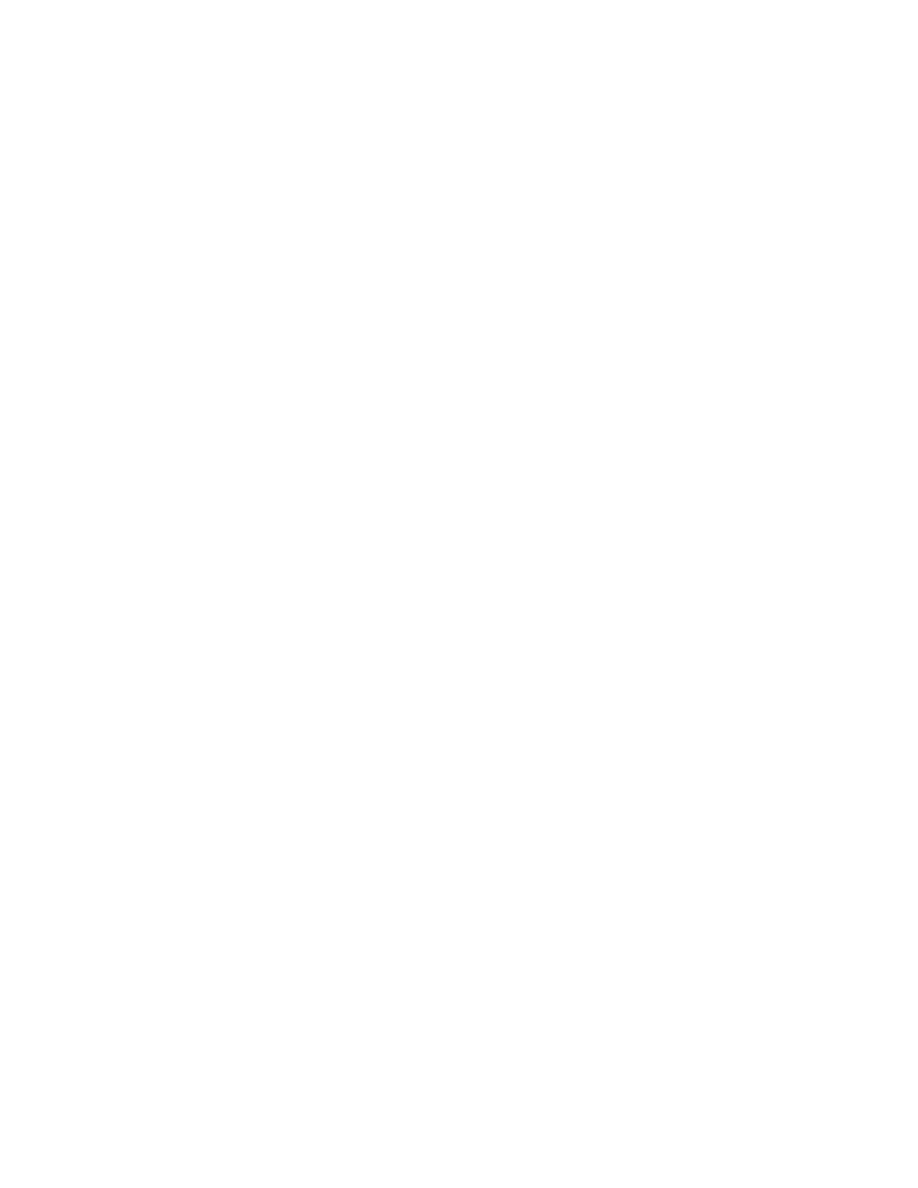
532
14 CFR Ch. I (1–1–24 Edition)
§ 27.951
drive system associated with critical
combinations of power, rotational
speed, and control displacement.
[Amdt. 27–1, 32 FR 6914, May 5, 1967, as
amended by Amdt. 27–11, 41 FR 55469, Dec. 20,
1976]
F
UEL
S
YSTEM
§ 27.951
General.
(a) Each fuel system must be con-
structed and arranged to ensure a flow
of fuel at a rate and pressure estab-
lished for proper engine functioning
under any likely operating condition,
including the maneuvers for which cer-
tification is requested.
(b) Each fuel system must be ar-
ranged so that—
(1) No fuel pump can draw fuel from
more than one tank at a time; or
(2) There are means to prevent intro-
ducing air into the system.
(c) Each fuel system for a turbine en-
gine must be capable of sustained oper-
ation throughout its flow and pressure
range with fuel initially saturated with
water at 80
°
F. and having 0.75cc of free
water per gallon added and cooled to
the most critical condition for icing
likely to be encountered in operation.
[Doc. No. 5074, 29 FR 15695, Nov. 24, 1964, as
amended by Amdt. 27–9, 39 FR 35461, Oct. 1,
1974]
§ 27.952
Fuel system crash resistance.
Unless other means acceptable to the
Administrator are employed to mini-
mize the hazard of fuel fires to occu-
pants following an otherwise surviv-
able impact (crash landing), the fuel
systems must incorporate the design
features of this section. These systems
must be shown to be capable of sus-
taining the static and dynamic decel-
eration loads of this section, consid-
ered as ultimate loads acting alone,
measured at the system component’s
center of gravity, without structural
damage to system components, fuel
tanks, or their attachments that would
leak fuel to an ignition source.
(a)
Drop test requirements. Each tank,
or the most critical tank, must be
drop-tested as follows:
(1) The drop height must be at least
50 feet.
(2) The drop impact surface must be
nondeforming.
(3) The tank must be filled with
water to 80 percent of the normal, full
capacity.
(4) The tank must be enclosed in a
surrounding structure representative
of the installation unless it can be es-
tablished that the surrounding struc-
ture is free of projections or other de-
sign features likely to contribute to
rupture of the tank.
(5) The tank must drop freely and im-
pact in a horizontal position
±
10
°
.
(6) After the drop test, there must be
no leakage.
(b)
Fuel tank load factors. Except for
fuel tanks located so that tank rupture
with fuel release to either significant
ignition sources, such as engines, heat-
ers, and auxiliary power units, or occu-
pants is extremely remote, each fuel
tank must be designed and installed to
retain its contents under the following
ultimate inertial load factors, acting
alone.
(1) For fuel tanks in the cabin:
(i) Upward—4g.
(ii) Forward—16g.
(iii) Sideward—8g.
(iv) Downward—20g.
(2) For fuel tanks located above or
behind the crew or passenger compart-
ment that, if loosened, could injure an
occupant in an emergency landing:
(i) Upward—1.5g.
(ii) Forward—8g.
(iii) Sideward—2g.
(iv) Downward—4g.
(3) For fuel tanks in other areas:
(i) Upward—1.5g.
(ii) Forward—4g.
(iii) Sideward—2g.
(iv) Downward—4g.
(c)
Fuel line self-sealing breakaway
couplings. Self-sealing breakaway cou-
plings must be installed unless haz-
ardous relative motion of fuel system
components to each other or to local
rotorcraft structure is demonstrated to
be extremely improbable or unless
other means are provided. The cou-
plings or equivalent devices must be
installed at all fuel tank-to-fuel line
connections, tank-to-tank intercon-
nects, and at other points in the fuel
system where local structural deforma-
tion could lead to the release of fuel.
(1) The design and construction of
self-sealing breakaway couplings must
VerDate Sep<11>2014
09:06 Jun 28, 2024
Jkt 262046
PO 00000
Frm 00542
Fmt 8010
Sfmt 8010
Y:\SGML\262046.XXX
262046
jspears on DSK121TN23PROD with CFR
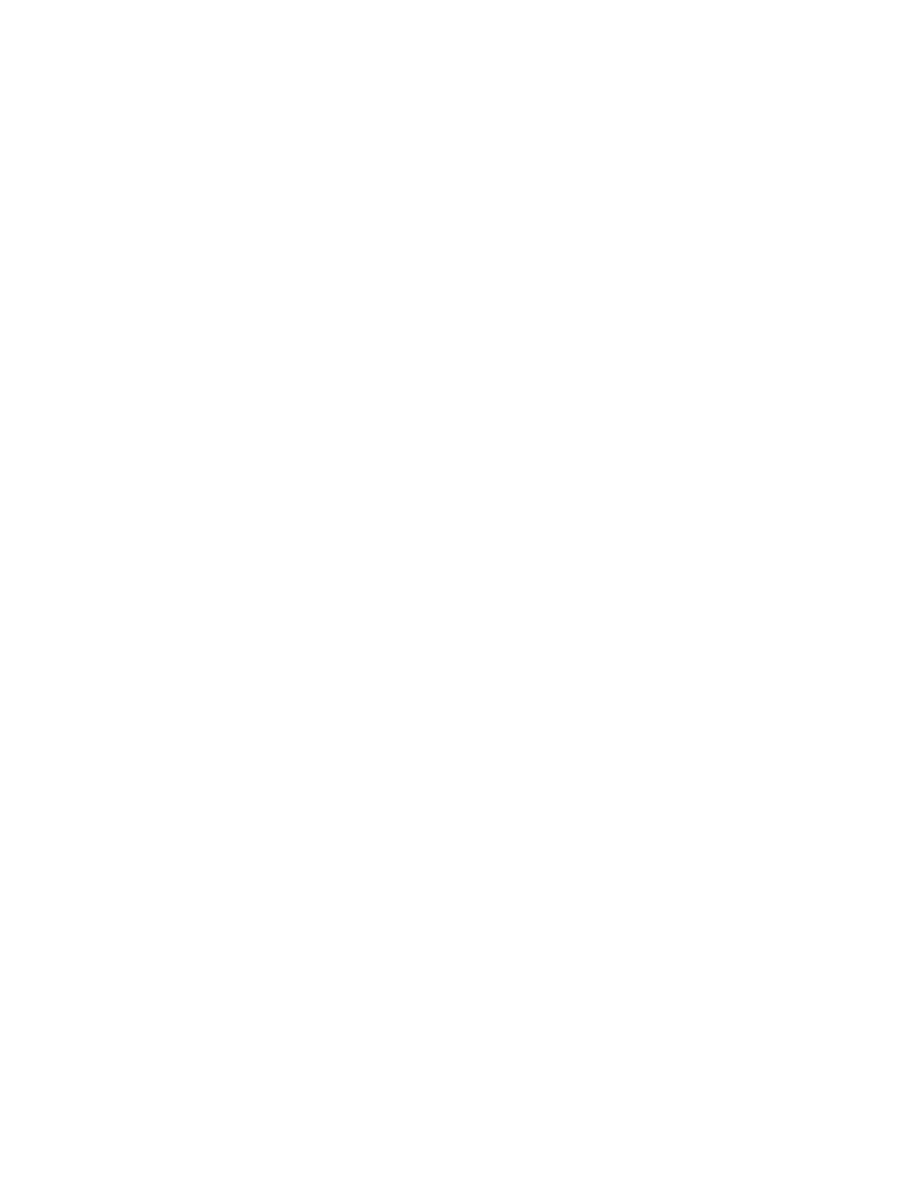
533
Federal Aviation Administration, DOT
§ 27.953
incorporate the following design fea-
tures:
(i) The load necessary to separate a
breakaway coupling must be between
25 to 50 percent of the minimum ulti-
mate failure load (ultimate strength)
of the weakest component in the fluid-
carrying line. The separation load
must in no case be less than 300 pounds,
regardless of the size of the fluid line.
(ii) A breakaway coupling must sepa-
rate whenever its ultimate load (as de-
fined in paragraph (c)(1)(i) of this sec-
tion) is applied in the failure modes
most likely to occur.
(iii) All breakaway couplings must
incorporate design provisions to vis-
ually ascertain that the coupling is
locked together (leak-free) and is open
during normal installation and service.
(iv) All breakaway couplings must in-
corporate design provisions to prevent
uncoupling or unintended closing due
to operational shocks, vibrations, or
accelerations.
(v) No breakaway coupling design
may allow the release of fuel once the
coupling has performed its intended
function.
(2) All individual breakaway cou-
plings, coupling fuel feed systems, or
equivalent means must be designed,
tested, installed, and maintained so
that inadvertent fuel shutoff in flight
is improbable in accordance with
§ 27.955(a) and must comply with the fa-
tigue evaluation requirements of
§ 27.571 without leaking.
(3) Alternate, equivalent means to
the use of breakaway couplings must
not create a survivable impact-induced
load on the fuel line to which it is in-
stalled greater than 25 to 50 percent of
the ultimate load (strength) of the
weakest component in the line and
must comply with the fatigue require-
ments of § 27.571 without leaking.
(d)
Frangible or deformable structural
attachments. Unless hazardous relative
motion of fuel tanks and fuel system
components to local rotorcraft struc-
ture is demonstrated to be extremely
improbable in an otherwise survivable
impact, frangible or locally deformable
attachments of fuel tanks and fuel sys-
tem components to local rotorcraft
structure must be used. The attach-
ment of fuel tanks and fuel system
components to local rotorcraft struc-
ture, whether frangible or locally de-
formable, must be designed such that
its separation or relative local defor-
mation will occur without rupture or
local tear-out of the fuel tank or fuel
system components that will cause fuel
leakage. The ultimate strength of fran-
gible or deformable attachments must
be as follows:
(1) The load required to separate a
frangible attachment from its support
structure, or deform a locally deform-
able attachment relative to its support
structure, must be between 25 and 50
percent of the minimum ultimate load
(ultimate strength) of the weakest
component in the attached system. In
no case may the load be less than 300
pounds.
(2) A frangible or locally deformable
attachment must separate or locally
deform as intended whenever its ulti-
mate load (as defined in paragraph
(d)(1) of this section) is applied in the
modes most likely to occur.
(3) All frangible or locally deformable
attachments must comply with the fa-
tigue requirements of § 27.571.
(e)
Separation of fuel and ignition
sources. To provide maximum crash re-
sistance, fuel must be located as far as
practicable from all occupiable areas
and from all potential ignition sources.
(f)
Other basic mechanical design cri-
teria. Fuel tanks, fuel lines, electrical
wires, and electrical devices must be
designed, constructed, and installed, as
far as practicable, to be crash resist-
ant.
(g)
Rigid or semirigid fuel tanks. Rigid
or semirigid fuel tank or bladder walls
must be impact and tear resistant.
[Doc. No. 26352, 59 FR 50386, Oct. 3, 1994]
§ 27.953
Fuel system independence.
(a) Each fuel system for multiengine
rotorcraft must allow fuel to be sup-
plied to each engine through a system
independent of those parts of each sys-
tem supplying fuel to other engines.
However, separate fuel tanks need not
be provided for each engine.
(b) If a single fuel tank is used on a
multiengine rotorcraft, the following
must be provided:
(1) Independent tank outlets for each
engine, each incorporating a shutoff
valve at the tank. This shutoff valve
may also serve as the firewall shutoff
VerDate Sep<11>2014
09:06 Jun 28, 2024
Jkt 262046
PO 00000
Frm 00543
Fmt 8010
Sfmt 8010
Y:\SGML\262046.XXX
262046
jspears on DSK121TN23PROD with CFR
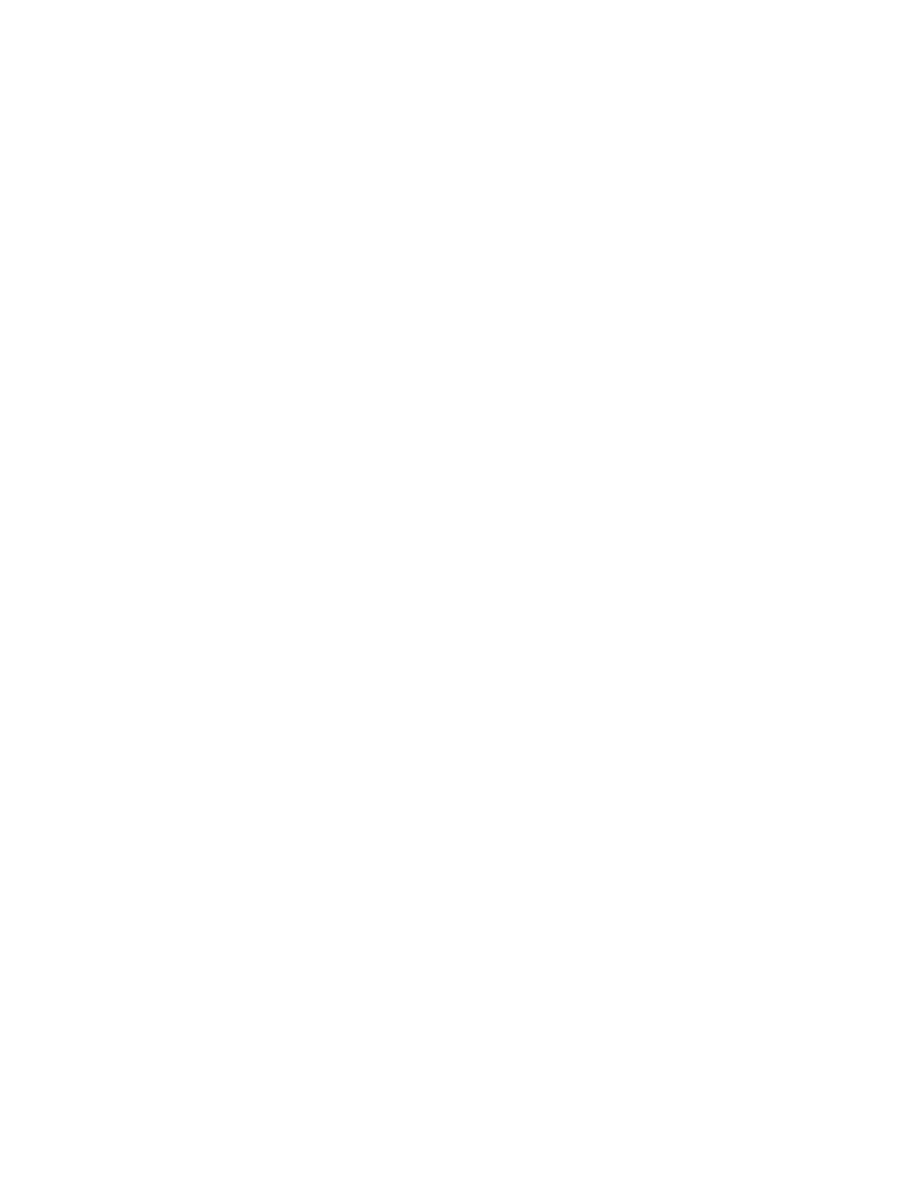
534
14 CFR Ch. I (1–1–24 Edition)
§ 27.954
valve required by § 27.995 if the line be-
tween the valve and the engine com-
partment does not contain a hazardous
amount of fuel that can drain into the
engine compartment.
(2) At least two vents arranged to
minimize the probability of both vents
becoming obstructed simultaneously.
(3) Filler caps designed to minimize
the probability of incorrect installa-
tion or inflight loss.
(4) A fuel system in which those parts
of the system from each tank outlet to
any engine are independent of each
part of each system supplying fuel to
other engines.
§ 27.954
Fuel system lightning protec-
tion.
The fuel system must be designed
and arranged to prevent the ignition of
fuel vapor within the system by—
(a) Direct lightning strikes to areas
having a high probability of stroke at-
tachment;
(b) Swept lightning strokes to areas
where swept strokes are highly prob-
able; or
(c) Corona and streamering at fuel
vent outlets.
[Amdt. 27–23, 53 FR 34212, Sept. 2, 1988]
§ 27.955
Fuel flow.
(a)
General. The fuel system for each
engine must be shown to provide the
engine with at least 100 percent of the
fuel required under each operating and
maneuvering condition to be approved
for the rotorcraft including, as applica-
ble, the fuel required to operate the en-
gine(s) under the test conditions re-
quired by § 27.927. Unless equivalent
methods are used, compliance must be
shown by test during which the fol-
lowing provisions are met except that
combinations of conditions which are
shown to be improbable need not be
considered.
(1) The fuel pressure, corrected for
critical accelerations, must be within
the limits specified by the engine type
certificate data sheet.
(2) The fuel level in the tank may not
exceed that established as the unusable
fuel supply for that tank under § 27.959,
plus the minimum additional fuel nec-
essary to conduct the test.
(3) The fuel head between the tank
outlet and the engine inlet must be
critical with respect to rotorcraft
flight attitudes.
(4) The critical fuel pump (for pump-
fed systems) is installed to produce (by
actual or simulated failure) the critical
restriction to fuel flow to be expected
from pump failure.
(5) Critical values of engine rotation
speed, electrical power, or other
sources of fuel pump motive power
must be applied.
(6) Critical values of fuel properties
which adversely affect fuel flow must
be applied.
(7) The fuel filter required by § 27.997
must be blocked to the degree nec-
essary to simulate the accumulation of
fuel contamination required to acti-
vate the indicator required by
§ 27.1305(q).
(b)
Fuel transfer systems. If normal op-
eration of the fuel system requires fuel
to be transferred to an engine feed
tank, the transfer must occur auto-
matically via a system which has been
shown to maintain the fuel level in the
engine feed tank within acceptable
limits during flight or surface oper-
ation of the rotorcraft.
(c)
Multiple fuel tanks. If an engine
can be supplied with fuel from more
than one tank, the fuel systems must,
in addition to having appropriate man-
ual switching capability, be designed to
prevent interruption of fuel flow to
that engine, without attention by the
flightcrew, when any tank supplying
fuel to that engine is depleted of usable
fuel during normal operation, and any
other tank that normally supplies fuel
to the engine alone contains usable
fuel.
[Amdt. 27–23, 53 FR 34212, Sept. 2, 1988]
§ 27.959
Unusable fuel supply.
The unusable fuel supply for each
tank must be established as not less
than the quantity at which the first
evidence of malfunction occurs under
the most adverse fuel feed condition
occurring under any intended oper-
ations and flight maneuvers involving
that tank.
§ 27.961
Fuel system hot weather oper-
ation.
Each suction lift fuel system and
other fuel systems with features condu-
cive to vapor formation must be shown
VerDate Sep<11>2014
09:06 Jun 28, 2024
Jkt 262046
PO 00000
Frm 00544
Fmt 8010
Sfmt 8010
Y:\SGML\262046.XXX
262046
jspears on DSK121TN23PROD with CFR
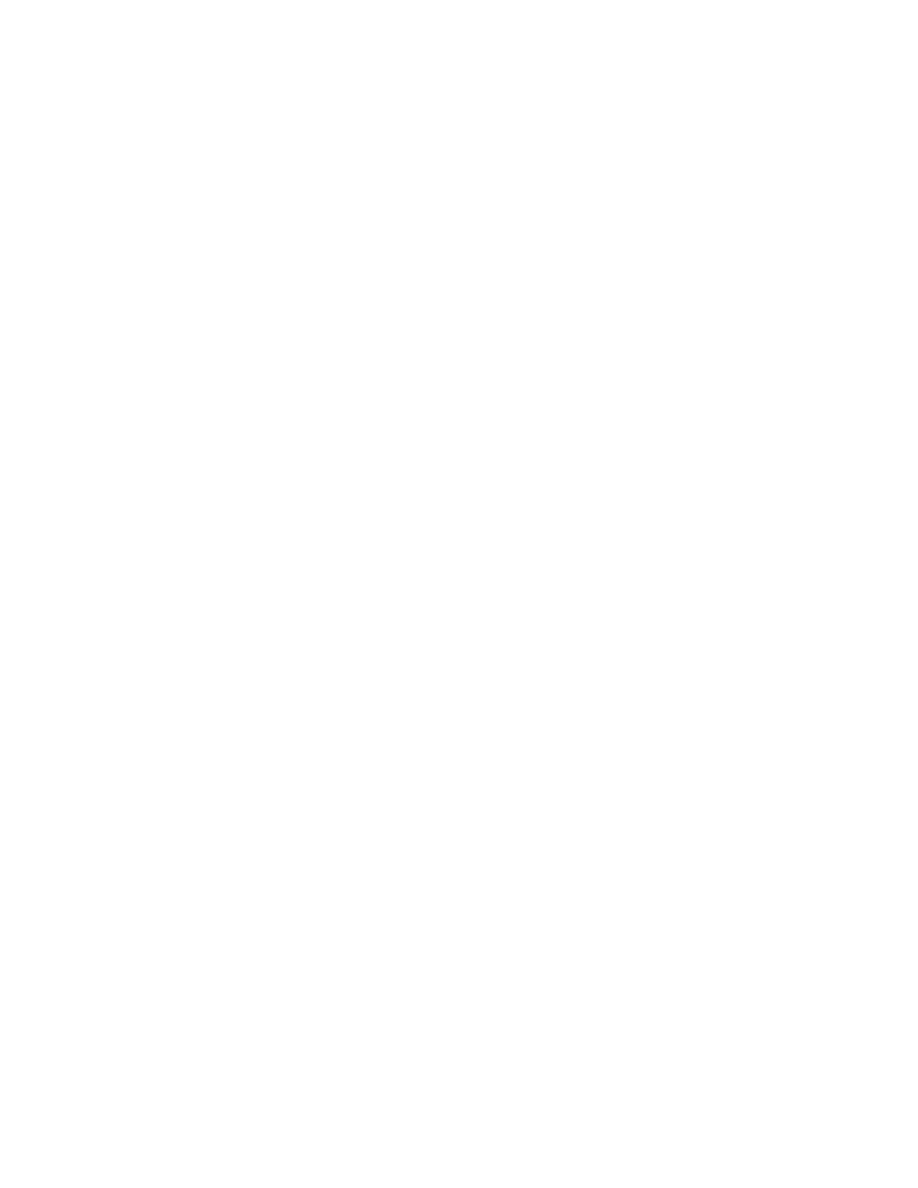
535
Federal Aviation Administration, DOT
§ 27.965
by test to operate satisfactorily (with-
in certification limits) when using fuel
at a temperature of 110
°
F under crit-
ical operating conditions including, if
applicable, the engine operating condi-
tions defined by § 27.927 (b)(1) and (b)(2).
[Amdt. 27–23, 53 FR 34212, Sept. 2, 1988]
§ 27.963
Fuel tanks: general.
(a) Each fuel tank must be able to
withstand, without failure, the vibra-
tion, inertia, fluid, and structural loads
to which it may be subjected in oper-
ation.
(b) Each fuel tank of 10 gallons or
greater capacity must have internal
baffles, or must have external support
to resist surging.
(c) Each fuel tank must be separated
from the engine compartment by a
firewall. At least one-half inch of clear
airspace must be provided between the
tank and the firewall.
(d) Spaces adjacent to the surfaces of
fuel tanks must be ventilated so that
fumes cannot accumulate in the tank
compartment in case of leakage. If two
or more tanks have interconnected
outlets, they must be considered as one
tank, and the airspaces in those tanks
must be interconnected to prevent the
flow of fuel from one tank to another
as a result of a difference in pressure
between those airspaces.
(e) The maximum exposed surface
temperature of any component in the
fuel tank must be less, by a safe mar-
gin as determined by the Adminis-
trator, than the lowest expected
autoignition temperature of the fuel or
fuel vapor in the tank. Compliance
with this requirement must be shown
under all operating conditions and
under all failure or malfunction condi-
tions of all components inside the
tank.
(f) Each fuel tank installed in per-
sonnel compartments must be isolated
by fume-proof and fuel-proof enclosures
that are drained and vented to the ex-
terior of the rotorcraft. The design and
construction of the enclosures must
provide necessary protection for the
tank, must be crash resistant during a
survivable impact in accordance with
§ 27.952, and must be adequate to with-
stand loads and abrasions to be ex-
pected in personnel compartments.
(g) Each flexible fuel tank bladder or
liner must be approved or shown to be
suitable for the particular application
and must be puncture resistant. Punc-
ture resistance must be shown by
meeting the TSO-C80, paragraph 16.0,
requirements using a minimum punc-
ture force of 370 pounds.
(h) Each integral fuel tank must have
provisions for inspection and repair of
its interior.
[Doc. No. 5074, 29 FR 15695, Nov. 24, 1964, as
amended by Amdt. 27–23, 53 FR 34213, Sept. 2,
1988; Amdt. 27–30, 59 FR 50387, Oct. 3, 1994]
§ 27.965
Fuel tank tests.
(a) Each fuel tank must be able to
withstand the applicable pressure tests
in this section without failure or leak-
age. If practicable, test pressures may
be applied in a manner simulating the
pressure distribution in service.
(b) Each conventional metal tank,
nonmetallic tank with walls that are
not supported by the rotorcraft struc-
ture, and integral tank must be sub-
jected to a pressure of 3.5 p.s.i. unless
the pressure developed during max-
imum limit acceleration or emergency
deceleration with a full tank exceeds
this value, in which case a hydrostatic
head, or equivalent test, must be ap-
plied to duplicate the acceleration
loads as far as possible. However, the
pressure need not exceed 3.5 p.s.i. on
surfaces not exposed to the accelera-
tion loading.
(c) Each nonmetallic tank with walls
supported by the rotorcraft structure
must be subjected to the following
tests:
(1) A pressure test of at least 2.0 p.s.i.
This test may be conducted on the
tank alone in conjunction with the test
specified in paragraph (c)(2) of this sec-
tion.
(2) A pressure test, with the tank
mounted in the rotorcraft structure,
equal to the load developed by the re-
action of the contents, with the tank
full, during maximum limit accelera-
tion or emergency deceleration. How-
ever, the pressure need not exceed 2.0
p.s.i. on surfaces not exposed to the ac-
celeration loading.
(d) Each tank with large unsupported
or unstiffened flat areas, or with other
features whose failure or deformation
VerDate Sep<11>2014
09:06 Jun 28, 2024
Jkt 262046
PO 00000
Frm 00545
Fmt 8010
Sfmt 8010
Y:\SGML\262046.XXX
262046
jspears on DSK121TN23PROD with CFR
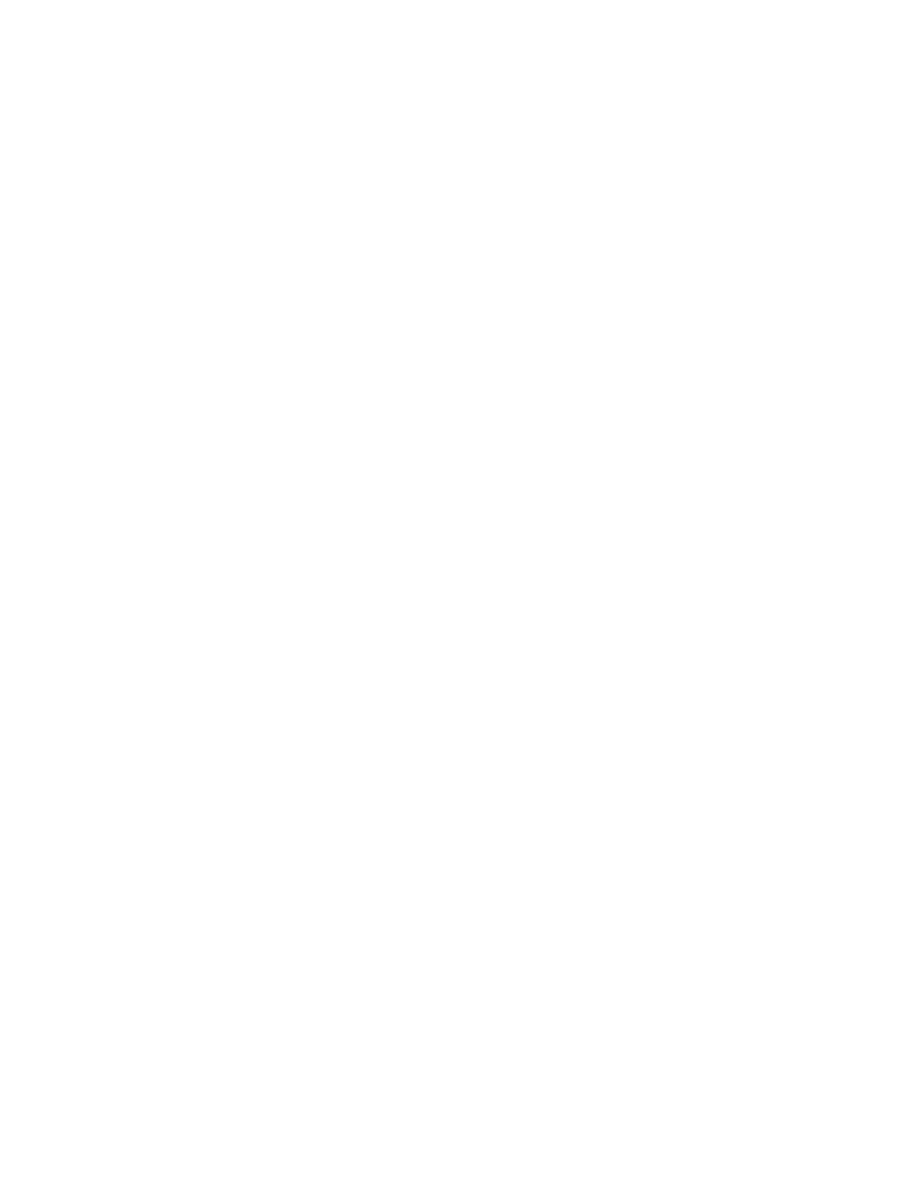
536
14 CFR Ch. I (1–1–24 Edition)
§ 27.967
could cause leakage, must be subjected
to the following test or its equivalent:
(1) Each complete tank assembly and
its support must be vibration tested
while mounted to simulate the actual
installation.
(2) The tank assembly must be vi-
brated for 25 hours while two-thirds
full of any suitable fluid. The ampli-
tude of vibration may not be less than
one thirty-second of an inch, unless
otherwise substantiated.
(3) The test frequency of vibration
must be as follows:
(i) If no frequency of vibration result-
ing from any r.p.m. within the normal
operating range of engine or rotor sys-
tem speeds is critical, the test fre-
quency of vibration, in number of cy-
cles per minute must, unless a fre-
quency based on a more rational cal-
culation is used, be the number ob-
tained by averaging the maximum and
minimum power-on engine speeds
(r.p.m.) for reciprocating engine pow-
ered rotorcraft or 2,000 c.p.m. for tur-
bine engine powered rotorcraft.
(ii) If only one frequency of vibration
resulting from any r.p.m. within the
normal operating range of engine or
rotor system speeds is critical, that
frequency of vibration must be the test
frequency.
(iii) If more than one frequency of vi-
bration resulting from any r.p.m. with-
in the normal operating range of en-
gine or rotor system speeds is critical,
the most critical of these frequencies
must be the test frequency.
(4) Under paragraphs (d)(3)(ii) and
(iii) of this section, the time of test
must be adjusted to accomplish the
same number of vibration cycles as
would be accomplished in 25 hours at
the frequency specified in paragraph
(d)(3)(i) of this section.
(5) During the test, the tank assem-
bly must be rocked at the rate of 16 to
20 complete cycles per minute through
an angle of 15 degrees on both sides of
the horizontal (30 degrees total), about
the most critical axis, for 25 hours. If
motion about more than one axis is
likely to be critical, the tank must be
rocked about each critical axis for 12
1
⁄
2
hours.
(Secs. 313(a), 601, and 603, 72 Stat. 752, 775, 49
U.S.C. 1354(a), 1421, and 1423; sec. 6(c), 49
U.S.C. 1655(c))
[Amdt. 27–12, 42 FR 15045, Mar. 17, 1977]
§ 27.967
Fuel tank installation.
(a) Each fuel tank must be supported
so that tank loads are not con-
centrated on unsupported tank sur-
faces. In addition—
(1) There must be pads, if necessary,
to prevent chafing between each tank
and its supports;
(2) The padding must be non-
absorbent or treated to prevent the ab-
sorption of fuel;
(3) If flexible tank liners are used,
they must be supported so that it is
not necessary for them to withstand
fluid loads; and
(4) Each interior surface of tank com-
partments must be smooth and free of
projections that could cause wear of
the liner unless—
(i) There are means for protection of
the liner at those points; or
(ii) The construction of the liner
itself provides such protection.
(b) Any spaces adjacent to tank sur-
faces must be adequately ventilated to
avoid accumulation of fuel or fumes in
those spaces due to minor leakage. If
the tank is in a sealed compartment,
ventilation may be limited to drain
holes that prevent clogging and exces-
sive pressure resulting from altitude
changes. If flexible tank liners are in-
stalled, the venting arrangement for
the spaces between the liner and its
container must maintain the proper re-
lationship to tank vent pressures for
any expected flight condition.
(c) The location of each tank must
meet the requirements of § 27.1185 (a)
and (c).
(d) No rotorcraft skin immediately
adjacent to a major air outlet from the
engine compartment may act as the
wall of the integral tank.
[Doc. No. 26352, 59 FR 50387, Oct. 3, 1994]
§ 27.969
Fuel tank expansion space.
Each fuel tank or each group of fuel
tanks with interconnected vent sys-
tems must have an expansion space of
VerDate Sep<11>2014
09:06 Jun 28, 2024
Jkt 262046
PO 00000
Frm 00546
Fmt 8010
Sfmt 8010
Y:\SGML\262046.XXX
262046
jspears on DSK121TN23PROD with CFR
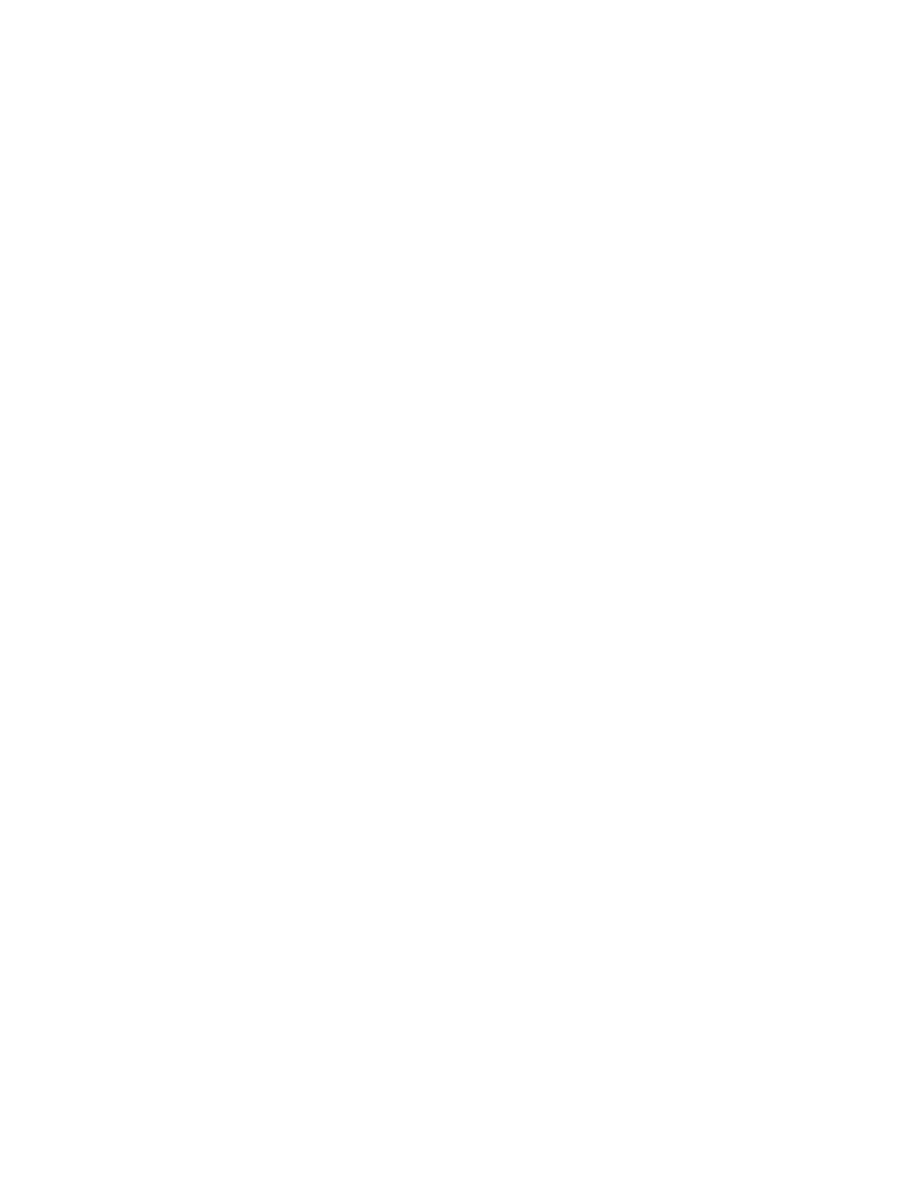
537
Federal Aviation Administration, DOT
§ 27.993
not less than 2 percent of the tank ca-
pacity. It must be impossible to fill the
fuel tank expansion space inadvert-
ently with the rotorcraft in the normal
ground attitude.
[Amdt. 27–23, 53 FR 34213, Sept. 2, 1988]
§ 27.971
Fuel tank sump.
(a) Each fuel tank must have a drain-
able sump with an effective capacity in
any ground attitude to be expected in
service of 0.25 percent of the tank ca-
pacity or
1
⁄
16
gallon, whichever is great-
er, unless—
(1) The fuel system has a sediment
bowl or chamber that is accessible for
preflight drainage and has a minimum
capacity of 1 ounce for every 20 gallons
of fuel tank capacity; and
(2) Each fuel tank drain is located so
that in any ground attitude to be ex-
pected in service, water will drain from
all parts of the tank to the sediment
bowl or chamber.
(b) Each sump, sediment bowl, and
sediment chamber drain required by
this section must comply with the
drain provisions of § 27.999(b).
[Amdt. 27–23, 53 FR 34213, Sept. 2, 1988]
§ 27.973
Fuel tank filler connection.
(a) Each fuel tank filler connection
must prevent the entrance of fuel into
any part of the rotorcraft other than
the tank itself during normal oper-
ations and must be crash resistant dur-
ing a survivable impact in accordance
with § 27.952(c). In addition—
(1) Each filler must be marked as pre-
scribed in § 27.1557(c)(1);
(2) Each recessed filler connection
that can retain any appreciable quan-
tity of fuel must have a drain that dis-
charges clear of the entire rotorcraft;
and
(3) Each filler cap must provide a
fuel-tight seal under the fluid pressure
expected in normal operation and in a
survivable impact.
(b) Each filler cap or filler cap cover
must warn when the cap is not fully
locked or seated on the filler connec-
tion.
[Doc. No. 26352, 59 FR 50387, Oct. 3, 1994]
§ 27.975
Fuel tank vents.
(a) Each fuel tank must be vented
from the top part of the expansion
space so that venting is effective under
all normal flight conditions. Each vent
must minimize the probability of stop-
page by dirt or ice.
(b) The venting system must be de-
signed to minimize spillage of fuel
through the vents to an ignition source
in the event of a rollover during land-
ing, ground operation, or a survivable
impact.
[Doc. No. 5074, 29 FR 15695, Nov. 24, 1964, as
amended by Amdt. 27–23, 53 FR 34213, Sept. 2,
1988; Amdt. 27–30, 59 FR 50387, Oct. 3, 1994;
Amdt. 27–35, 63 FR 43285, Aug. 12, 1998]
§ 27.977
Fuel tank outlet.
(a) There must be a fuel stainer for
the fuel tank outlet or for the booster
pump. This strainer must—
(1) For reciprocating engine powered
rotorcraft, have 8 to 16 meshes per
inch; and
(2) For turbine engine powered rotor-
craft, prevent the passage of any object
that could restrict fuel flow or damage
any fuel system component.
(b) The clear area of each fuel tank
outlet strainer must be at least five
times the area of the outlet line.
(c) The diameter of each strainer
must be at least that of the fuel tank
outlet.
(d) Each finger strainer must be ac-
cessible for inspection and cleaning.
[Amdt. 27–11, 41 FR 55470, Dec. 20, 1976]
F
UEL
S
YSTEM
C
OMPONENTS
§ 27.991
Fuel pumps.
Compliance with § 27.955 may not be
jeopardized by failure of—
(a) Any one pump except pumps that
are approved and installed as parts of a
type certificated engine; or
(b) Any component required for pump
operation except, for engine driven
pumps, the engine served by that
pump.
[Amdt. 27–23, 53 FR 34213, Sept. 2, 1988]
§ 27.993
Fuel system lines and fittings.
(a) Each fuel line must be installed
and supported to prevent excessive vi-
bration and to withstand loads due to
fuel pressure and accelerated flight
conditions.
(b) Each fuel line connected to com-
ponents of the rotorcraft between
VerDate Sep<11>2014
09:06 Jun 28, 2024
Jkt 262046
PO 00000
Frm 00547
Fmt 8010
Sfmt 8010
Y:\SGML\262046.XXX
262046
jspears on DSK121TN23PROD with CFR
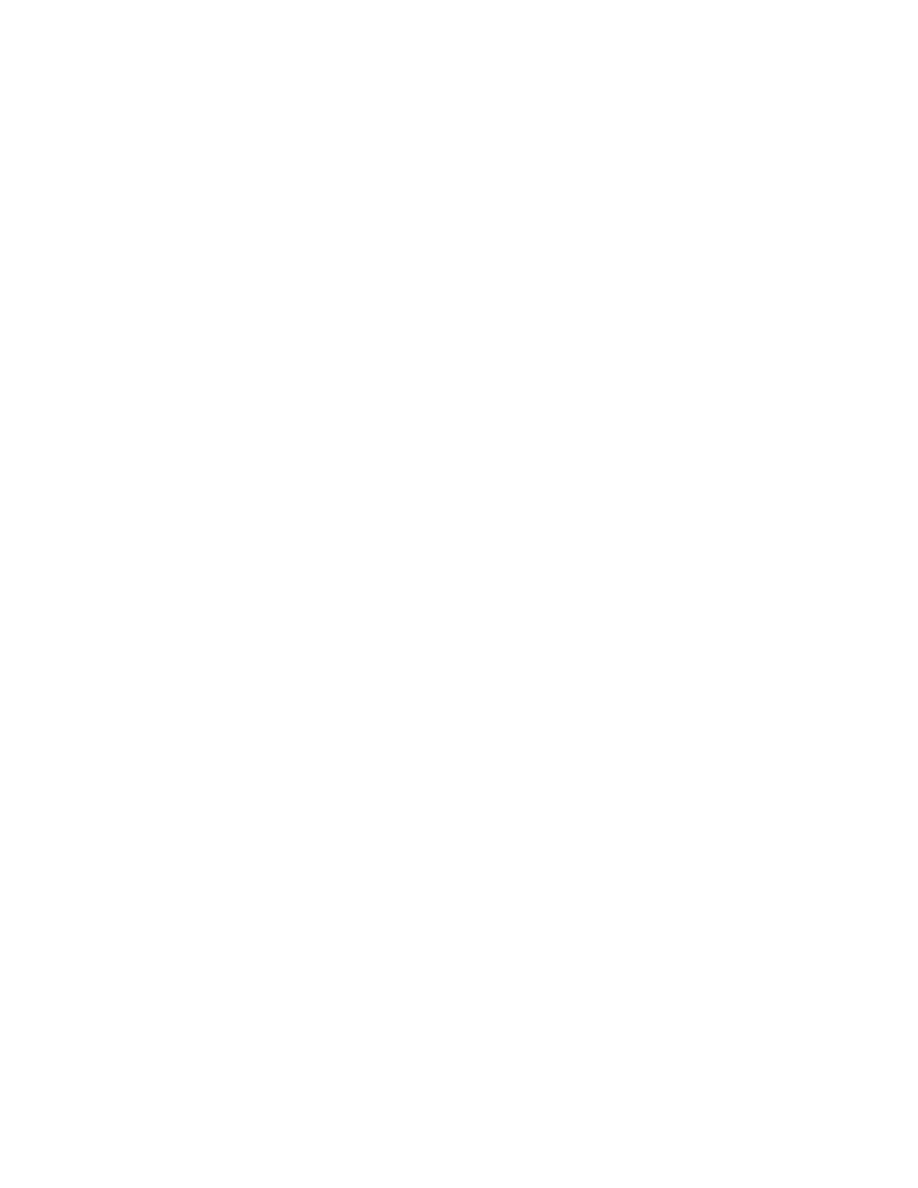
538
14 CFR Ch. I (1–1–24 Edition)
§ 27.995
which relative motion could exist must
have provisions for flexibility.
(c) Flexible hose must be approved.
(d) Each flexible connection in fuel
lines that may be under pressure or
subjected to axial loading must use
flexible hose assemblies.
(e) No flexible hose that might be ad-
versely affected by high temperatures
may be used where excessive tempera-
tures will exist during operation or
after engine shutdown.
[Doc. No. 5074, 29 FR 15695, Nov. 24, 1964, as
amended by Amdt. 27–2, 33 FR 964, Jan. 26,
1968]
§ 27.995
Fuel valves.
(a) There must be a positive, quick-
acting valve to shut off fuel to each en-
gine individually.
(b) The control for this valve must be
within easy reach of appropriate crew-
members.
(c) Where there is more than one
source of fuel supply there must be
means for independent feeding from
each source.
(d) No shutoff valve may be on the
engine side of any firewall.
§ 27.997
Fuel strainer or filter.
There must be a fuel strainer or filter
between the fuel tank outlet and the
inlet of the first fuel system compo-
nent which is susceptible to fuel con-
tamination, including but not limited
to the fuel metering device or an en-
gine positive displacement pump,
whichever is nearer the fuel tank out-
let. This fuel strainer or filter must—
(a) Be accessible for draining and
cleaning and must incorporate a screen
or element which is easily removable;
(b) Have a sediment trap and drain
except that it need not have a drain if
the strainer or filter is easily remov-
able for drain purposes;
(c) Be mounted so that its weight is
not supported by the connecting lines
or by the inlet or outlet connections of
the strainer or filter itself, unless ade-
quate strength margins under all load-
ing conditions are provided in the lines
and connections; and
(d) Provide a means to remove from
the fuel any contaminant which would
jeopardize the flow of fuel through
rotorcraft or engine fuel system com-
ponents required for proper rotorcraft
fuel system or engine fuel system oper-
ation.
[Amdt. 27–9, 39 FR 35461, Oct. 1, 1974, as
amended by Amdt. 27–20, 49 FR 6849, Feb. 23,
1984; Amdt. 27–23, 53 FR 34213, Sept. 2, 1988]
§ 27.999
Fuel system drains.
(a) There must be at least one acces-
sible drain at the lowest point in each
fuel system to completely drain the
system with the rotorcraft in any
ground attitude to be expected in serv-
ice.
(b) Each drain required by paragraph
(a) of this section must—
(1) Discharge clear of all parts of the
rotorcraft;
(2) Have manual or automatic means
to assure positive closure in the off po-
sition; and
(3) Have a drain valve—
(i) That is readily accessible and
which can be easily opened and closed;
and
(ii) That is either located or pro-
tected to prevent fuel spillage in the
event of a landing with landing gear re-
tracted.
[Doc. No. 574, 29 FR 15695, Nov. 24, 1964, as
amended by Amdt. 27–11, 41 FR 55470, Dec. 20,
1976; Amdt. 27–23, 53 FR 34213, Sept. 2, 1988]
O
IL
S
YSTEM
§ 27.1011
Engines: General.
(a) Each engine must have an inde-
pendent oil system that can supply it
with an appropriate quantity of oil at a
temperature not above that safe for
continuous operation.
(b) The usable oil capacity of each
system may not be less than the prod-
uct of the endurance of the rotorcraft
under critical operating conditions and
the maximum oil consumption of the
engine under the same conditions, plus
a suitable margin to ensure adequate
circulation and cooling. Instead of a ra-
tional analysis of endurance and con-
sumption, a usable oil capacity of one
gallon for each 40 gallons of usable fuel
may be used.
(c) The oil cooling provisions for each
engine must be able to maintain the oil
inlet temperature to that engine at or
VerDate Sep<11>2014
09:06 Jun 28, 2024
Jkt 262046
PO 00000
Frm 00548
Fmt 8010
Sfmt 8010
Y:\SGML\262046.XXX
262046
jspears on DSK121TN23PROD with CFR
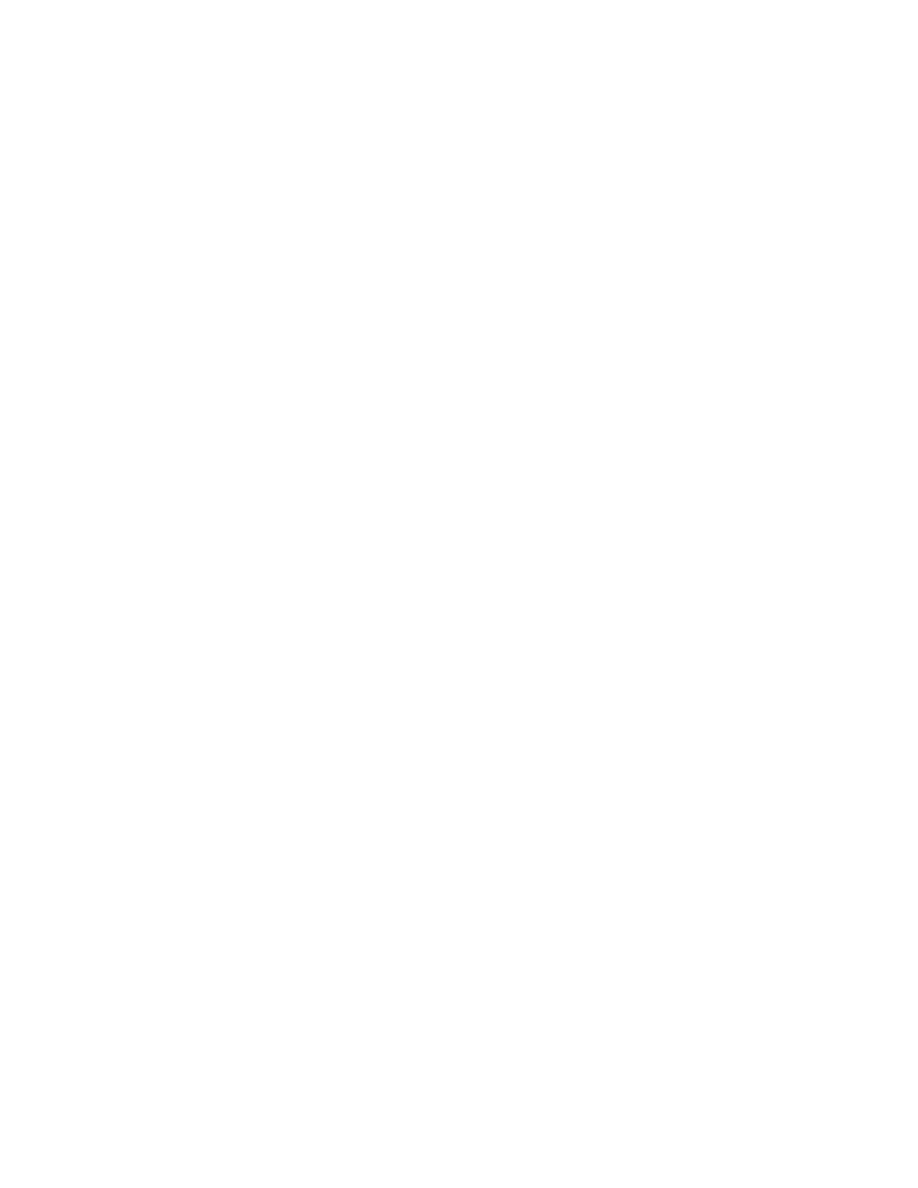
539
Federal Aviation Administration, DOT
§ 27.1021
below the maximum established value.
This must be shown by flight tests.
[Doc. No. 5074, 29 FR 15695, Nov. 24, 1964, as
amended by Amdt. 27–23, 53 FR 34213, Sept. 2,
1988]
§ 27.1013
Oil tanks.
Each oil tank must be designed and
installed so that—
(a) It can withstand, without failure,
each vibration, inertia, fluid, and
structural load expected in operation;
(b) [Reserved]
(c) Where used with a reciprocating
engine, it has an expansion space of not
less than the greater of 10 percent of
the tank capacity or 0.5 gallon, and
where used with a turbine engine, it
has an expansion space of not less than
10 percent of the tank capacity.
(d) It is impossible to fill the tank
expansion space inadvertently with the
rotorcraft in the normal ground atti-
tude;
(e) Adequate venting is provided; and
(f) There are means in the filler open-
ing to prevent oil overflow from enter-
ing the oil tank compartment.
[Doc. No. 5074, 29 FR 15695, Nov. 24, 1964, as
amended by Amdt. 27–9, 39 FR 35461, Oct. 1,
1974]
§ 27.1015
Oil tank tests.
Each oil tank must be designed and
installed so that it can withstand,
without leakage, an internal pressure
of 5 p.s.i., except that each pressurized
oil tank used with a turbine engine
must be designed and installed so that
it can withstand, without leakage, an
internal pressure of 5 p.s.i., plus the
maximum operating pressure of the
tank.
[Amdt. 27–9, 39 FR 35462, Oct. 1, 1974]
§ 27.1017
Oil lines and fittings.
(a) Each oil line must be supported to
prevent excessive vibration.
(b) Each oil line connected to compo-
nents of the rotorcraft between which
relative motion could exist must have
provisions for flexibility.
(c) Flexible hose must be approved.
(d) Each oil line must have an inside
diameter of not less than the inside di-
ameter of the engine inlet or outlet. No
line may have splices between connec-
tions.
§ 27.1019
Oil strainer or filter.
(a) Each turbine engine installation
must incorporate an oil strainer or fil-
ter through which all of the engine oil
flows and which meets the following re-
quirements:
(1) Each oil strainer or filter that has
a bypass must be constructed and in-
stalled so that oil will flow at the nor-
mal rate through the rest of the sys-
tem with the strainer or filter com-
pletely blocked.
(2) The oil strainer or filter must
have the capacity (with respect to op-
erating limitations established for the
engine) to ensure that engine oil sys-
tem functioning is not impaired when
the oil is contaminated to a degree
(with respect to particle size and den-
sity) that is greater than that estab-
lished for the engine under Part 33 of
this chapter.
(3) The oil strainer or filter, unless it
is installed at an oil tank outlet, must
incorporate a means to indicate con-
tamination before it reaches the capac-
ity established in accordance with
paragraph (a)(2) of this section.
(4) The bypass of a strainer or filter
must be constructed and installed so
that the release of collected contami-
nants is minimized by appropriate lo-
cation of the bypass to ensure that col-
lected contaminants are not in the by-
pass flow path.
(5) An oil strainer or filter that has
no bypass, except one that is installed
at an oil tank outlet, must have a
means to connect it to the warning
system required in § 27.1305(r).
(b) Each oil strainer or filter in a
powerplant installation using recipro-
cating engines must be constructed and
installed so that oil will flow at the
normal rate through the rest of the
system with the strainer or filter ele-
ment completely blocked.
[Amdt. 27–9, 39 FR 35462, Oct. 1, 1974, as
amended by Amdt. 27–20, 49 FR 6849, Feb. 23,
1984; Amdt. 27–23, 53 FR 34213, Sept. 2, 1988]
§ 27.1021
Oil system drains.
A drain (or drains) must be provided
to allow safe drainage of the oil sys-
tem. Each drain must—
(a) Be accessible; and
VerDate Sep<11>2014
09:06 Jun 28, 2024
Jkt 262046
PO 00000
Frm 00549
Fmt 8010
Sfmt 8010
Y:\SGML\262046.XXX
262046
jspears on DSK121TN23PROD with CFR
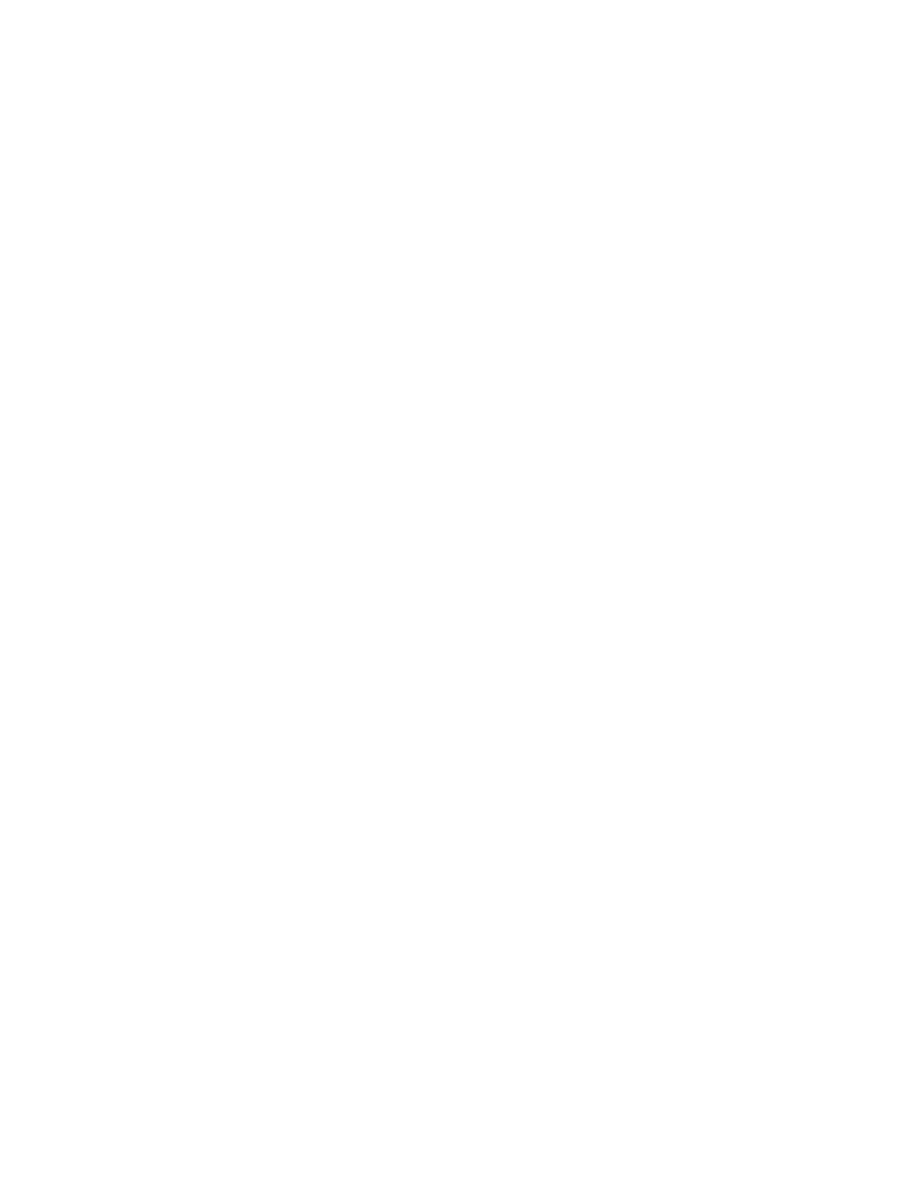
540
14 CFR Ch. I (1–1–24 Edition)
§ 27.1027
(b) Have manual or automatic means
for positive locking in the closed posi-
tion.
[Amdt. 27–20, 49 FR 6849, Feb. 23, 1984]
§ 27.1027
Transmissions and gear-
boxes: General.
(a) The lubrication system for com-
ponents of the rotor drive system that
require continuous lubrication must be
sufficiently independent of the lubrica-
tion systems of the engine(s) to ensure
lubrication during autorotation.
(b) Pressure lubrication systems for
transmissions and gearboxes must
comply with the engine oil system re-
quirements of §§ 27.1013 (except para-
graph (c)), 27.1015, 27.1017, 27.1021, and
27.1337(d).
(c) Each pressure lubrication system
must have an oil strainer or filter
through which all of the lubricant
flows and must—
(1) Be designed to remove from the
lubricant any contaminant which may
damage transmission and drive system
components or impede the flow of lu-
bricant to a hazardous degree;
(2) Be equipped with a means to indi-
cate collection of contaminants on the
filter or strainer at or before opening
of the bypass required by paragraph
(c)(3) of this section; and
(3) Be equipped with a bypass con-
structed and installed so that—
(i) The lubricant will flow at the nor-
mal rate through the rest of the sys-
tem with the strainer or filter com-
pletely blocked; and
(ii) The release of collected contami-
nants is minimized by appropriate lo-
cation of the bypass to ensure that col-
lected contaminants are not in the by-
pass flowpath.
(d) For each lubricant tank or sump
outlet supplying lubrication to rotor
drive systems and rotor drive system
components, a screen must be provided
to prevent entrance into the lubrica-
tion system of any object that might
obstruct the flow of lubricant from the
outlet to the filter required by para-
graph (c) of this section. The require-
ments of paragraph (c) do not apply to
screens installed at lubricant tank or
sump outlets.
(e) Splash-type lubrication systems
for rotor drive system gearboxes must
comply with §§ 27.1021 and 27.1337(d).
[Amdt. 27–23, 53 FR 34213, Sept. 2, 1988, as
amended by Amdt. 27–37, 64 FR 45095, Aug. 18,
1999]
C
OOLING
§ 27.1041
General.
(a) Each powerplant cooling system
must be able to maintain the tempera-
tures of powerplant components within
the limits established for these compo-
nents under critical surface (ground or
water) and flight operating conditions
for which certification is required and
after normal shutdown. Powerplant
components to be considered include
but may not be limited to engines,
rotor drive system components, auxil-
iary power units, and the cooling or lu-
bricating fluids used with these compo-
nents.
(b) Compliance with paragraph (a) of
this section must be shown in tests
conducted under the conditions pre-
scribed in that paragraph.
[Doc. No. 5074, 29 FR 15695, Nov. 24, 1964, as
amended by Amdt. 27–23, 53 FR 34213, Sept. 2,
1988]
§ 27.1043
Cooling tests.
(a)
General. For the tests prescribed
in § 27.1041(b), the following apply:
(1) If the tests are conducted under
conditions deviating from the max-
imum ambient atmospheric tempera-
ture specified in paragraph (b) of this
section, the recorded powerplant tem-
peratures must be corrected under
paragraphs (c) and (d) of this section
unless a more rational correction
method is applicable.
(2) No corrected temperature deter-
mined under paragraph (a)(1) of this
section may exceed established limits.
(3) For reciprocating engines, the fuel
used during the cooling tests must be
of the minimum grade approved for the
engines, and the mixture settings must
be those normally used in the flight
stages for which the cooling tests are
conducted.
(4) The test procedures must be as
prescribed in § 27.1045.
(b)
Maximum ambient atmospheric tem-
perature. A maximum ambient atmos-
pheric temperature corresponding to
VerDate Sep<11>2014
09:06 Jun 28, 2024
Jkt 262046
PO 00000
Frm 00550
Fmt 8010
Sfmt 8010
Y:\SGML\262046.XXX
262046
jspears on DSK121TN23PROD with CFR
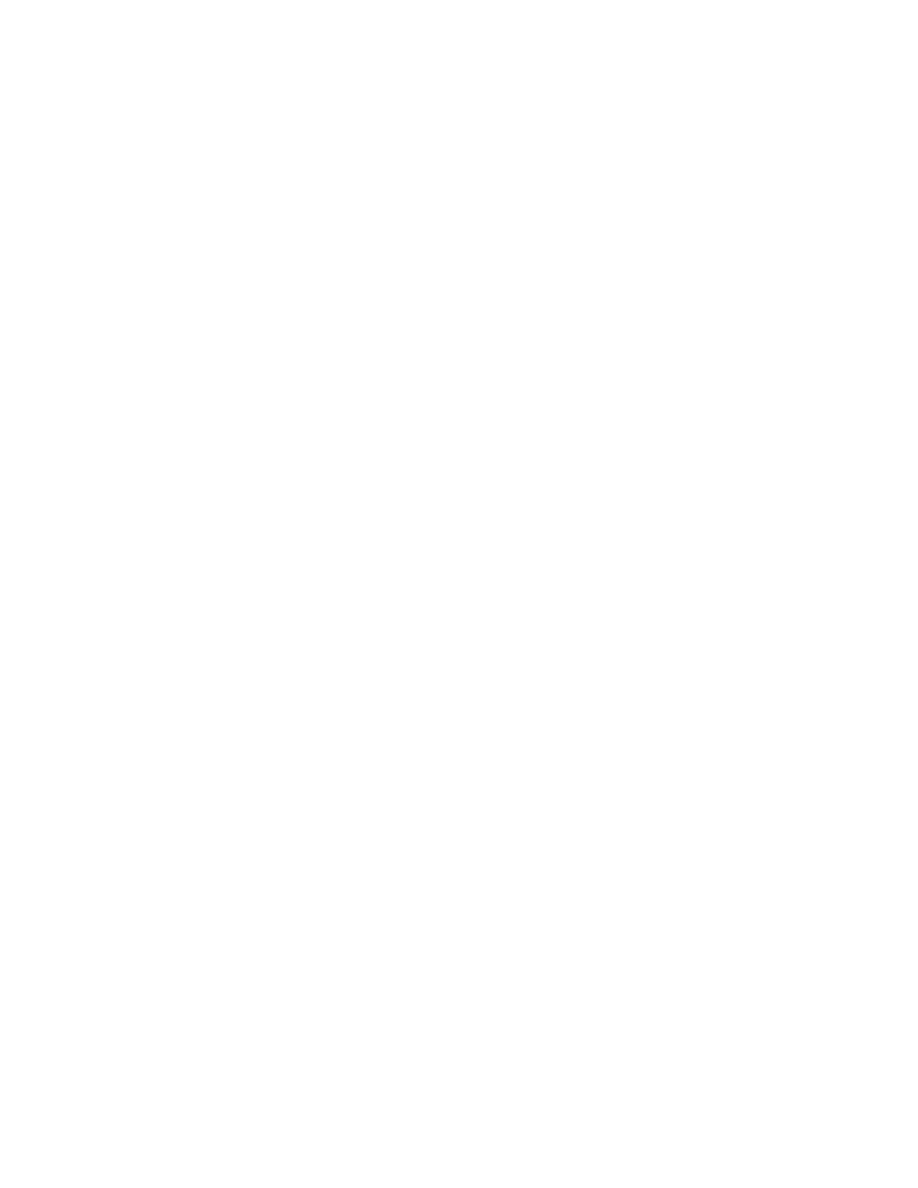
541
Federal Aviation Administration, DOT
§ 27.1091
sea level conditions of at least 100 de-
grees F. must be established. The as-
sumed temperature lapse rate is 3.6 de-
grees F. per thousand feet of altitude
above sea level until a temperature of
¥
69.7 degrees F. is reached, above
which altitude the temperature is con-
sidered constant at
¥
69.7 degrees F.
However, for winterization installa-
tions, the applicant may select a max-
imum ambient atmospheric tempera-
ture corresponding to sea level condi-
tions of less than 100 degrees F.
(c)
Correction factor (except cylinder
barrels). Unless a more rational correc-
tion applies, temperatures of engine
fluids and power-plant components (ex-
cept cylinder barrels) for which tem-
perature limits are established, must
be corrected by adding to them the dif-
ference between the maximum ambient
atmospheric temperature and the tem-
perature of the ambient air at the time
of the first occurrence of the maximum
component or fluid temperature re-
corded during the cooling test.
(d)
Correction factor for cylinder barrel
temperatures. Cylinder barrel tempera-
tures must be corrected by adding to
them 0.7 times the difference between
the maximum ambient atmospheric
temperature and the temperature of
the ambient air at the time of the first
occurrence of the maximum cylinder
barrel temperature recorded during the
cooling test.
(Secs. 313(a), 601, 603, 604, and 605 of the Fed-
eral Aviation Act of 1958 (49 U.S.C. 1354(a),
1421, 1423, 1424, and 1425); and sec. 6(c) of the
Dept. of Transportation Act (49 U.S.C.
1655(c)))
[Doc. No. 5074, 29 FR 15695, Nov. 24, 1964, as
amended by Amdt. 27–11, 41 FR 55470, Dec. 20,
1976; Amdt. 27–14, 43 FR 2325, Jan. 16, 1978]
§ 27.1045
Cooling test procedures.
(a)
General. For each stage of flight,
the cooling tests must be conducted
with the rotorcraft—
(1) In the configuration most critical
for cooling; and
(2) Under the conditions most critical
for cooling.
(b)
Temperature stabilization. For the
purpose of the cooling tests, a tempera-
ture is ‘‘stabilized’’ when its rate of
change is less than two degrees F. per
minute. The following component and
engine fluid temperature stabilization
rules apply:
(1) For each rotorcraft, and for each
stage of flight—
(i) The temperatures must be sta-
bilized under the conditions from
which entry is made into the stage of
flight being investigated; or
(ii) If the entry condition normally
does not allow temperatures to sta-
bilize, operation through the full entry
condition must be conducted before
entry into the stage of flight being in-
vestigated in order to allow the tem-
peratures to attain their natural levels
at the time of entry.
(2) For each helicopter during the
takeoff stage of flight, the climb at
takeoff power must be preceded by a
period of hover during which the tem-
peratures are stabilized.
(c)
Duration of test. For each stage of
flight the tests must be continued
until—
(1) The temperatures stabilize or 5
minutes after the occurrence of the
highest temperature recorded, as ap-
propriate to the test condition;
(2) That stage of flight is completed;
or
(3) An operating limitation is
reached.
[Doc. No. 5074, 29 FR 15695, Nov. 24, 1964, as
amended by Amdt. 27–23, 53 FR 34214, Sept. 2,
1988]
I
NDUCTION
S
YSTEM
§ 27.1091
Air induction.
(a) The air induction system for each
engine must supply the air required by
that engine under the operating condi-
tions and maneuvers for which certifi-
cation is requested.
(b) Each cold air induction system
opening must be outside the cowling if
backfire flames can emerge.
(c) If fuel can accumulate in any air
induction system, that system must
have drains that discharge fuel—
(1) Clear of the rotorcraft; and
(2) Out of the path of exhaust flames.
(d) For turbine engine powered rotor-
craft—
(1) There must be means to prevent
hazardous quantities of fuel leakage or
overflow from drains, vents, or other
components of flammable fluid systems
VerDate Sep<11>2014
09:06 Jun 28, 2024
Jkt 262046
PO 00000
Frm 00551
Fmt 8010
Sfmt 8010
Y:\SGML\262046.XXX
262046
jspears on DSK121TN23PROD with CFR
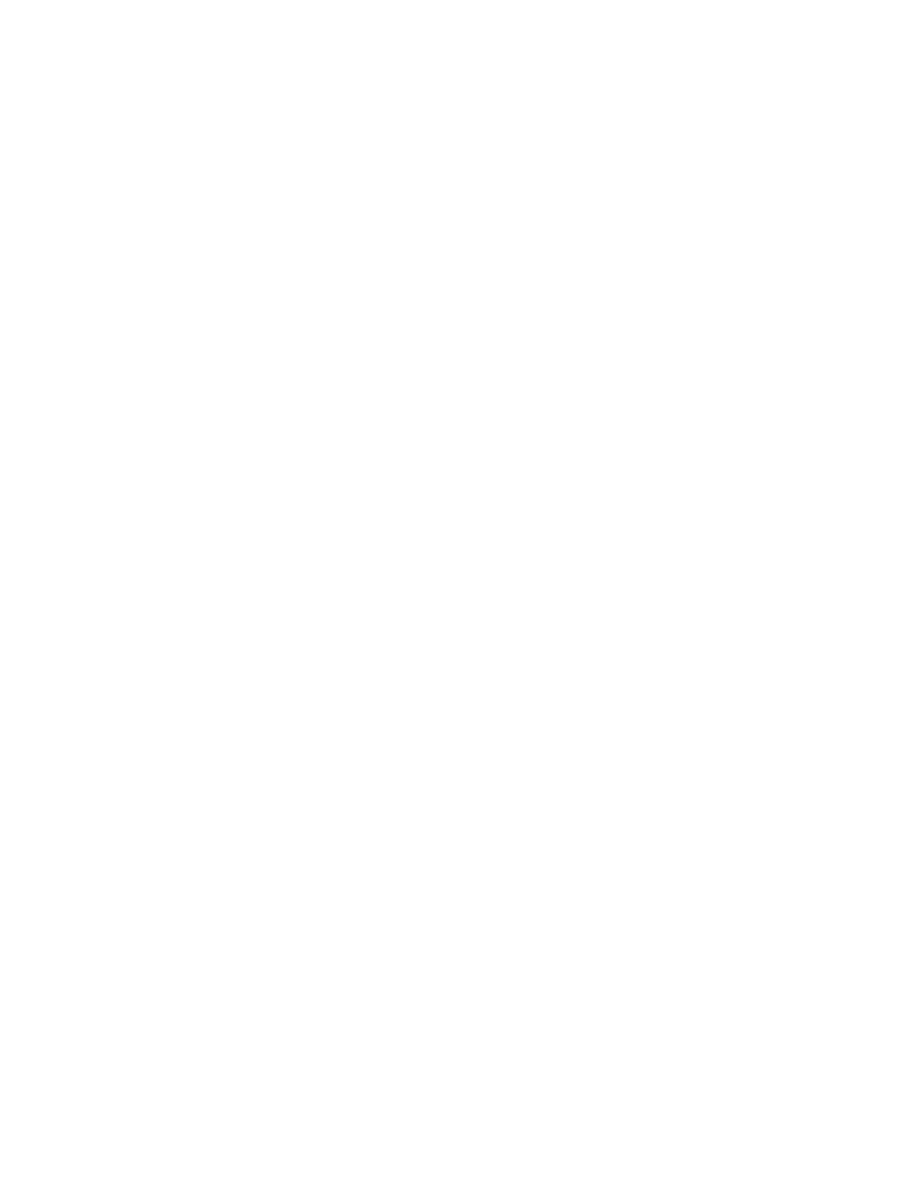
542
14 CFR Ch. I (1–1–24 Edition)
§ 27.1093
from entering the engine intake sys-
tem; and
(2) The air inlet ducts must be lo-
cated or protected so as to minimize
the ingestion of foreign matter during
takeoff, landing, and taxiing.
[Doc. No. 5074, 29 FR 15695, Nov. 24, 1964, as
amended by Amdt. 27–2, 33 FR 964, Jan. 26,
1968; Amdt. 27–23, 53 FR 34214, Sept. 2, 1988]
§ 27.1093
Induction system icing pro-
tection.
(a)
Reciprocating engines. Each recip-
rocating engine air induction system
must have means to prevent and elimi-
nate icing. Unless this is done by other
means, it must be shown that, in air
free of visible moisture at a tempera-
ture of 30 degrees F., and with the en-
gines at 75 percent of maximum contin-
uous power—
(1) Each rotorcraft with sea level en-
gines using conventional venturi car-
buretors has a preheater that can pro-
vide a heat rise of 90 degrees F.;
(2) Each rotorcraft with sea level en-
gines using carburetors tending to pre-
vent icing has a sheltered alternate
source of air, and that the preheat sup-
plied to the alternate air intake is not
less than that provided by the engine
cooling air downstream of the cyl-
inders;
(3) Each rotorcraft with altitude en-
gines using conventional venturi car-
buretors has a preheater capable of
providing a heat rise of 120 degrees F.;
and
(4) Each rotorcraft with altitude en-
gines using carburetors tending to pre-
vent icing has a preheater that can
provide a heat rise of—
(i) 100 degrees F.; or
(ii) If a fluid deicing system is used,
at least 40 degrees F.
(b)
Turbine engine. (1) It must be
shown that each turbine engine and its
air inlet system can operate through-
out the flight power range of the en-
gine (including idling)—
(i) Without accumulating ice on en-
gine or inlet system components that
would adversely affect engine oper-
ation or cause a serious loss of power
under the icing conditions specified in
appendix C of Part 29 of this chapter;
and
(ii) In snow, both falling and blowing,
without adverse effect on engine oper-
ation, within the limitations estab-
lished for the rotorcraft.
(2) Each turbine engine must idle for
30 minutes on the ground, with the air
bleed available for engine icing protec-
tion at its critical condition, without
adverse effect, in an atmosphere that is
at a temperature between 15
°
and 30
°
F
(between
¥
9
°
and
¥
1
°
C) and has a liq-
uid water content not less than 0.3
gram per cubic meter in the form of
drops having a mean effective diameter
not less than 20 microns, followed by
momentary operation at takeoff power
or thrust. During the 30 minutes of idle
operation, the engine may be run up
periodically to a moderate power or
thrust setting in a manner acceptable
to the Administrator.
(c)
Supercharged reciprocating engines.
For each engine having superchargers
to pressurize the air before it enters
the carburetor, the heat rise in the air
caused by that supercharging at any
altitude may be utilized in determining
compliance with paragraph (a) of this
section if the heat rise utilized is that
which will be available, automatically,
for the applicable altitude and oper-
ating condition because of super-
charging.
(Secs. 313(a), 601, and 603, 72 Stat. 752, 775, 49
U.S.C. 1354(a), 1421, and 1423; sec. 6(c), 49
U.S.C. 1655(c))
[Doc. No. 5074, 29 FR 15695, Nov. 24, 1964, as
amended by Amdt. 27–11, 41 FR 55470, Dec. 20,
1976; Amdt. 27–12, 42 FR 15045, Mar. 17, 1977;
Amdt. 27–20, 49 FR 6849, Feb. 23, 1984; Amdt.
27–23, 53 FR 34214, Sept. 2, 1988]
E
XHAUST
S
YSTEM
§ 27.1121
General.
For each exhaust system—
(a) There must be means for thermal
expansion of manifolds and pipes;
(b) There must be means to prevent
local hot spots;
(c) Exhaust gases must discharge
clear of the engine air intake, fuel sys-
tem components, and drains;
(d) Each exhaust system part with a
surface hot enough to ignite flammable
fluids or vapors must be located or
shielded so that leakage from any sys-
tem carrying flammable fluids or va-
pors will not result in a fire caused by
impingement of the fluids or vapors on
VerDate Sep<11>2014
09:06 Jun 28, 2024
Jkt 262046
PO 00000
Frm 00552
Fmt 8010
Sfmt 8010
Y:\SGML\262046.XXX
262046
jspears on DSK121TN23PROD with CFR
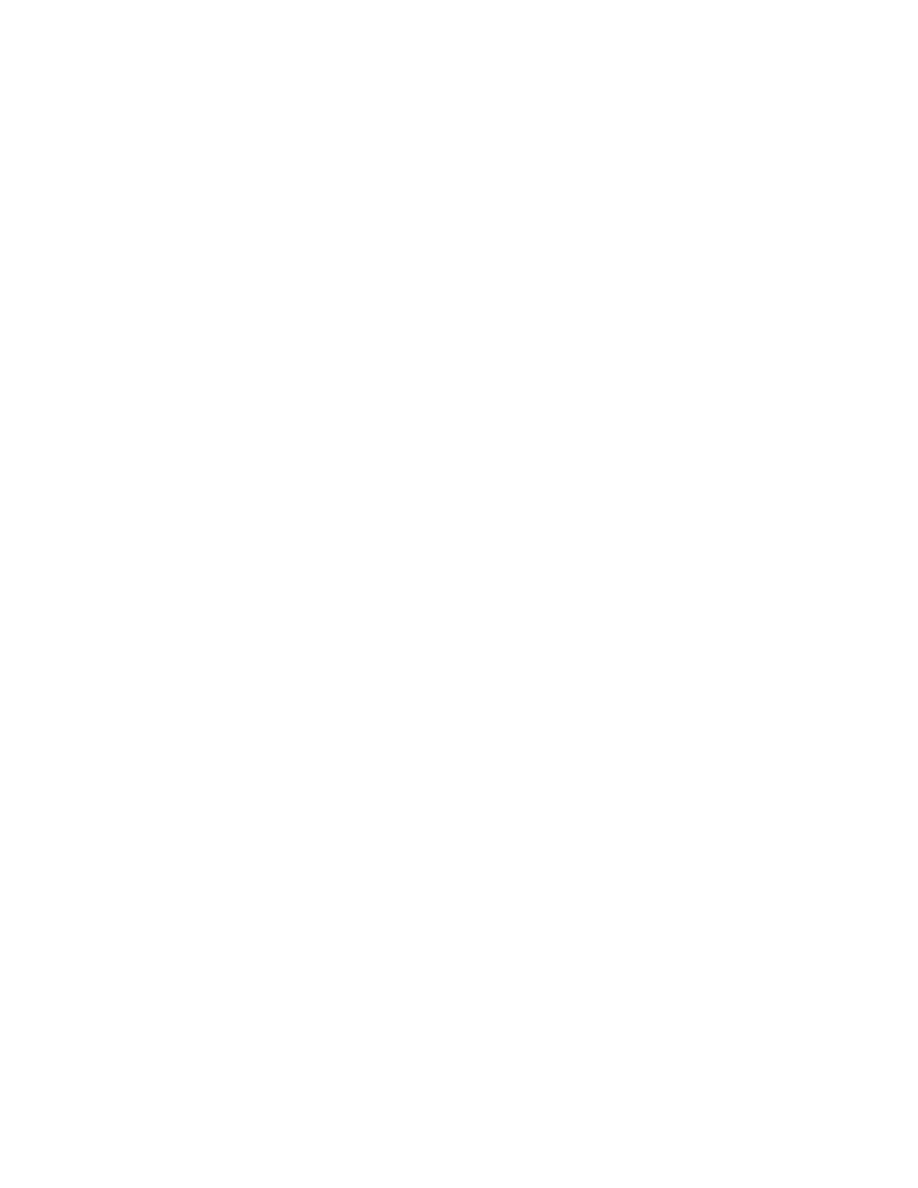
543
Federal Aviation Administration, DOT
§ 27.1143
any part of the exhaust system includ-
ing shields for the exhaust system;
(e) Exhaust gases may not impair
pilot vision at night due to glare;
(f) If significant traps exist, each tur-
bine engine exhaust system must have
drains discharging clear of the rotor-
craft, in any normal ground and flight
attitudes, to prevent fuel accumulation
after the failure of an attempted en-
gine start;
(g) Each exhaust heat exchanger
must incorporate means to prevent
blockage of the exhaust port after any
internal heat exchanger failure.
(Secs. 313(a), 601, and 603, 72 Stat. 752, 775, 49
U.S.C. 1354(a), 1421, and 1423; sec. 6(c), 49
U.S.C. 1655(c))
[Doc. No. 5074, 29 FR 15695, Nov. 24, 1964, as
amended by Amdt. 27–12, 42 FR 15045, Mar. 17,
1977]
§ 27.1123
Exhaust piping.
(a) Exhaust piping must be heat and
corrosion resistant, and must have pro-
visions to prevent failure due to expan-
sion by operating temperatures.
(b) Exhaust piping must be supported
to withstand any vibration and inertia
loads to which it would be subjected in
operations.
(c) Exhaust piping connected to com-
ponents between which relative motion
could exist must have provisions for
flexibility.
[Amdt. 27–11, 41 FR 55470, Dec. 20, 1976]
P
OWERPLANT
C
ONTROLS AND
A
CCESSORIES
§ 27.1141
Powerplant controls: general.
(a) Powerplant controls must be lo-
cated and arranged under § 27.777 and
marked under § 27.1555.
(b) Each flexible powerplant control
must be approved.
(c) Each control must be able to
maintain any set position without—
(1) Constant attention; or
(2) Tendency to creep due to control
loads or vibration.
(d) Controls of powerplant valves re-
quired for safety must have—
(1) For manual valves, positive stops
or in the case of fuel valves suitable
index provisions, in the open and closed
position; and
(2) For power-assisted valves, a
means to indicate to the flight crew
when the valve—
(i) Is in the fully open or fully closed
position; or
(ii) Is moving between the fully open
and fully closed position.
(e) For turbine engine powered rotor-
craft, no single failure or malfunction,
or probable combination thereof, in
any powerplant control system may
cause the failure of any powerplant
function necessary for safety.
(Secs. 313(a), 601, and 603, 72 Stat. 752, 775, 49
U.S.C. 1354(a), 1421, and 1423; sec. 6(c), 49
U.S.C. 1655(c))
[Doc. No. 5074, 29 FR 15695, Nov. 24, 1964, as
amended by Amdt. 27–12, 42 FR 15045, Mar. 17,
1977; Amdt. 27–23, 53 FR 34214, Sept. 2, 1988;
Amdt. 27–33, 61 FR 21907, May 10, 1996]
§ 27.1143
Engine controls.
(a) There must be a separate power
control for each engine.
(b) Power controls must be grouped
and arranged to allow—
(1) Separate control of each engine;
and
(2) Simultaneous control of all en-
gines.
(c) Each power control must provide
a positive and immediately responsive
means of controlling its engine.
(d) If a power control incorporates a
fuel shutoff feature, the control must
have a means to prevent the inad-
vertent movement of the control into
the shutoff position. The means must—
(1) Have a positive lock or stop at the
idle position; and
(2) Require a separate and distinct
operation to place the control in the
shutoff position.
(e) For rotorcraft to be certificated
for a 30-second OEI power rating, a
means must be provided to automati-
cally activate and control the 30-sec-
ond OEI power and prevent any engine
from exceeding the installed engine
limits associated with the 30-second
OEI power rating approved for the
rotorcraft.
[Doc. No. 5074, 29 FR 15695, Nov. 24, 1964, as
amended by Amdt. 27–11, 41 FR 55470, Dec. 20,
1976; Amdt. 27–23, 53 FR 34214, Sept. 2, 1988;
Amdt. 27–29, 59 FR 47767, Sept. 16, 1994]
VerDate Sep<11>2014
09:06 Jun 28, 2024
Jkt 262046
PO 00000
Frm 00553
Fmt 8010
Sfmt 8010
Y:\SGML\262046.XXX
262046
jspears on DSK121TN23PROD with CFR
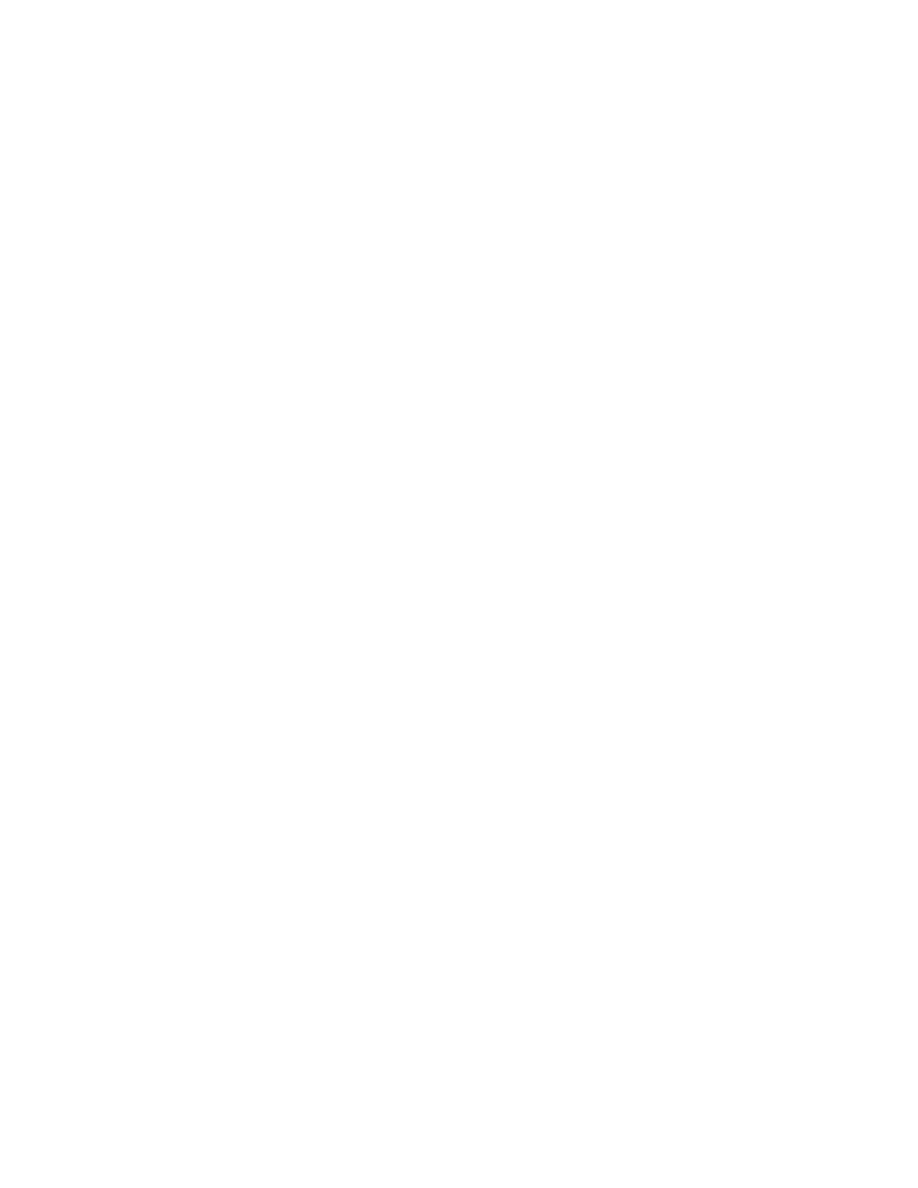
544
14 CFR Ch. I (1–1–24 Edition)
§ 27.1145
§ 27.1145
Ignition switches.
(a) There must be means to quickly
shut off all ignition by the grouping of
switches or by a master ignition con-
trol.
(b) Each group of ignition switches,
except ignition switches for turbine en-
gines for which continuous ignition is
not required, and each master ignition
control must have a means to prevent
its inadvertent operation.
(Secs. 313(a), 601, and 603, 72 Stat. 752, 775, 49
U.S.C. 1354(a), 1421, and 1423; sec. 6(c), 49
U.S.C. 1655(c))
[Doc. No. 5074, 29 FR 15695, Nov. 24, 1964, as
amended by Amdt. 27–12, 42 FR 15045, Mar. 17,
1977]
§ 27.1147
Mixture controls.
If there are mixture controls, each
engine must have a separate control
and the controls must be arranged to
allow—
(a) Separate control of each engine;
and
(b) Simultaneous control of all en-
gines.
§ 27.1151
Rotor brake controls.
(a) It must be impossible to apply the
rotor brake inadvertently in flight.
(b) There must be means to warn the
crew if the rotor brake has not been
completely released before takeoff.
[Doc. No. 28008, 61 FR 21907, May 10, 1996]
§ 27.1163
Powerplant accessories.
(a) Each engine-mounted accessory
must—
(1) Be approved for mounting on the
engine involved;
(2) Use the provisions on the engine
for mounting; and
(3) Be sealed in such a way as to pre-
vent contamination of the engine oil
system and the accessory system.
(b) Unless other means are provided,
torque limiting means must be pro-
vided for accessory drives located on
any component of the transmission and
rotor drive system to prevent damage
to these components from excessive ac-
cessory load.
[Amdt. 27–2, 33 FR 964, Jan. 26, 1968, as
amended by Amdt. 27–20, 49 FR 6849, Feb. 23,
1984; Amdt. 27–23, 53 FR 34214, Sept. 2, 1988]
P
OWERPLANT
F
IRE
P
ROTECTION
§ 27.1183
Lines, fittings, and compo-
nents.
(a) Except as provided in paragraph
(b) of this section, each line, fitting,
and other component carrying flam-
mable fluid in any area subject to en-
gine fire conditions must be fire resist-
ant, except that flammable fluid tanks
and supports which are part of and at-
tached to the engine must be fireproof
or be enclosed by a fireproof shield un-
less damage by fire to any non-fire-
proof part will not cause leakage or
spillage of flammable fluid. Compo-
nents must be shielded or located so as
to safeguard against the ignition of
leaking flammable fluid. An integral
oil sump of less than 25-quart capacity
on a reciprocating engine need not be
fireproof nor be enclosed by a fireproof
shield.
(b) Paragraph (a) does not apply to—
(1) Lines, fittings, and components
which are already approved as part of a
type certificated engine; and
(2) Vent and drain lines, and their fit-
tings, whose failure will not result in,
or add to, a fire hazard.
(c) Each flammable fluid drain and
vent must discharge clear of the induc-
tion system air inlet.
[Doc. No. 5074, 29 FR 15695, Nov. 24, 1964, as
amended by Amdt. 27–1, 32 FR 6914, May 5,
1967; Amdt. 27–9, 39 FR 35462, Oct. 1, 1974;
Amdt. 27–20, 49 FR 6849, Feb. 23, 1984]
§ 27.1185
Flammable fluids.
(a) Each fuel tank must be isolated
from the engines by a firewall or
shroud.
(b) Each tank or reservoir, other
than a fuel tank, that is part of a sys-
tem containing flammable fluids or
gases must be isolated from the engine
by a firewall or shroud, unless the de-
sign of the system, the materials used
in the tank and its supports, the shut-
off means, and the connections, lines
and controls provide a degree of safety
equal to that which would exist if the
tank or reservoir were isolated from
the engines.
(c) There must be at least one-half
inch of clear airspace between each
tank and each firewall or shroud iso-
lating that tank, unless equivalent
VerDate Sep<11>2014
09:06 Jun 28, 2024
Jkt 262046
PO 00000
Frm 00554
Fmt 8010
Sfmt 8010
Y:\SGML\262046.XXX
262046
jspears on DSK121TN23PROD with CFR
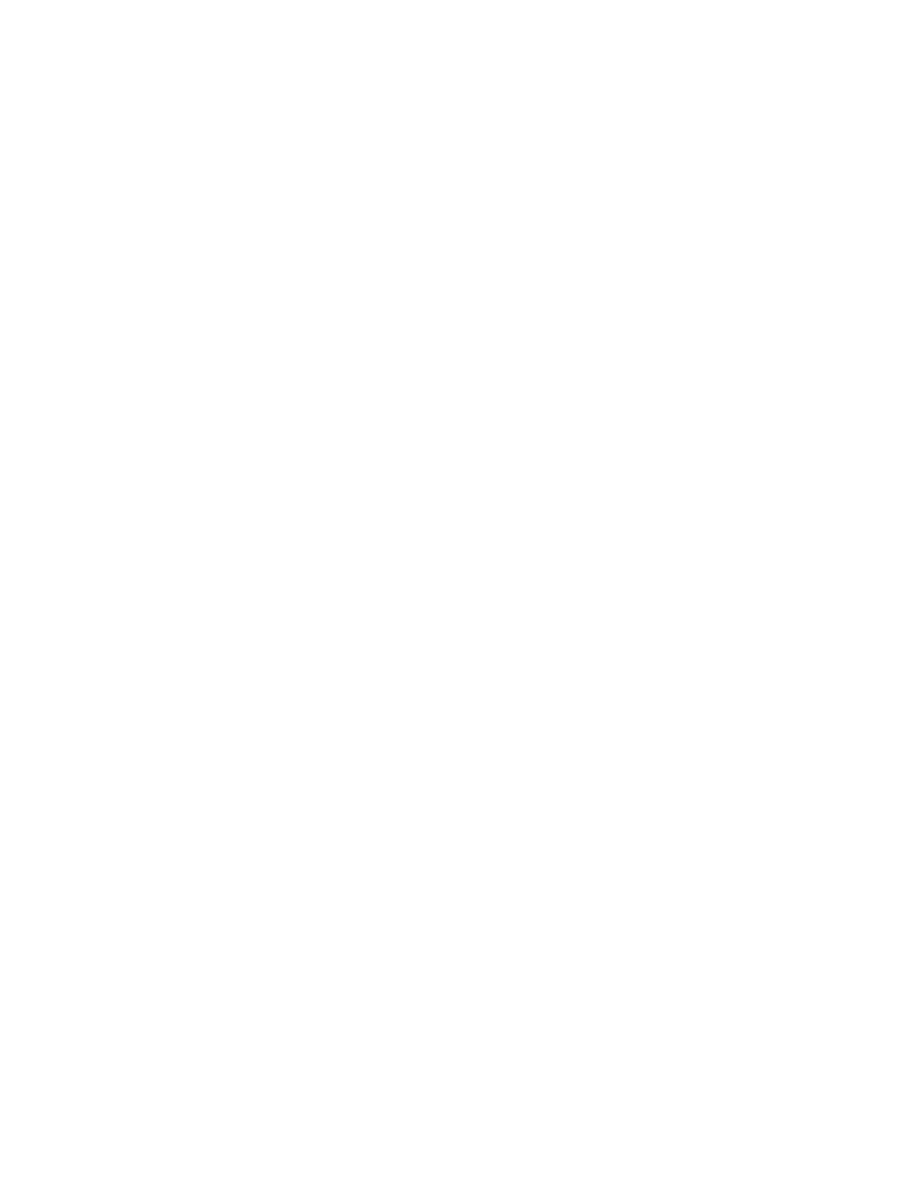
545
Federal Aviation Administration, DOT
§ 27.1193
means are used to prevent heat trans-
fer from each engine compartment to
the flammable fluid.
(d) Absorbent materials close to
flammable fluid system components
that might leak must be covered or
treated to prevent the absorption of
hazardous quantities of fluids.
[Doc. No. 5074, 29 FR 15695, Nov. 24, 1964, as
amended by Amdt. 27–2, 33 FR 964, Jan. 26,
1968; Amdt. 27–11, 41 FR 55470, Dec. 20, 1976;
Amdt. 27–37, 64 FR 45095, Aug. 18, 1999]
§ 27.1187
Ventilation and drainage.
Each compartment containing any
part of the powerplant installation
must have provision for ventilation
and drainage of flammable fluids. The
drainage means must be—
(a) Effective under conditions ex-
pected to prevail when drainage is
needed, and
(b) Arranged so that no discharged
fluid will cause an additional fire haz-
ard.
[Doc. No. 29247, 64 FR 45095, Aug. 18, 1999]
§ 27.1189
Shutoff means.
(a) There must be means to shut off
each line carrying flammable fluids
into the engine compartment, except—
(1) Lines, fittings, and components
forming an intergral part of an engine;
(2) For oil systems for which all com-
ponents of the system, including oil
tanks, are fireproof or located in areas
not subject to engine fire conditions;
and
(3) For reciprocating engine installa-
tions only, engine oil system lines in
installation using engines of less than
500 cu. in. displacement.
(b) There must be means to guard
against inadvertent operation of each
shutoff, and to make it possible for the
crew to reopen it in flight after it has
been closed.
(c) Each shutoff valve and its control
must be designed, located, and pro-
tected to function properly under any
condition likely to result from an en-
gine fire.
[Doc. No. 5074, 29 FR 15695, Nov. 24, 1964, as
amended by Amdt. 27–2, 33 FR 964, Jan. 26,
1968; Amdt. 27–20, 49 FR 6850, Feb. 23, 1984;
Amdt. 27–23, 53 FR 34214, Sept. 2, 1988]
§ 27.1191
Firewalls.
(a) Each engine, including the com-
bustor, turbine, and tailpipe sections of
turbine engines must be isolated by a
firewall, shroud, or equivalent means,
from personnel compartments, struc-
tures, controls, rotor mechanisms, and
other parts that are—
(1) Essential to a controlled landing:
and
(2) Not protected under § 27.861.
(b) Each auxiliary power unit and
combustion heater, and any other com-
bustion equipment to be used in flight,
must be isolated from the rest of the
rotorcraft by firewalls, shrouds, or
equivalent means.
(c) In meeting paragraphs (a) and (b)
of this section, account must be taken
of the probable path of a fire as af-
fected by the airflow in normal flight
and in autorotation.
(d) Each firewall and shroud must be
constructed so that no hazardous quan-
tity of air, fluids, or flame can pass
from any engine compartment to other
parts of the rotorcraft.
(e) Each opening in the firewall or
shroud must be sealed with close-fit-
ting, fireproof grommets, bushings, or
firewall fittings.
(f) Each firewall and shroud must be
fireproof and protected against corro-
sion.
[Doc. No. 5074, 29 FR 15695, Nov. 24, 1964, as
amended by Amdt. 27–2, 22 FR 964, Jan. 26,
1968]
§ 27.1193
Cowling and engine compart-
ment covering.
(a) Each cowling and engine compart-
ment covering must be constructed and
supported so that it can resist the vi-
bration, inertia, and air loads to which
it may be subjected in operation.
(b) There must be means for rapid
and complete drainage of each part of
the cowling or engine compartment in
the normal ground and flight attitudes.
(c) No drain may discharge where it
might cause a fire hazard.
(d) Each cowling and engine compart-
ment covering must be at least fire re-
sistant.
(e) Each part of the cowling or engine
compartment covering subject to high
temperatures due to its nearness to ex-
haust system parts or exhaust gas im-
pingement must be fireproof.
VerDate Sep<11>2014
09:06 Jun 28, 2024
Jkt 262046
PO 00000
Frm 00555
Fmt 8010
Sfmt 8010
Y:\SGML\262046.XXX
262046
jspears on DSK121TN23PROD with CFR
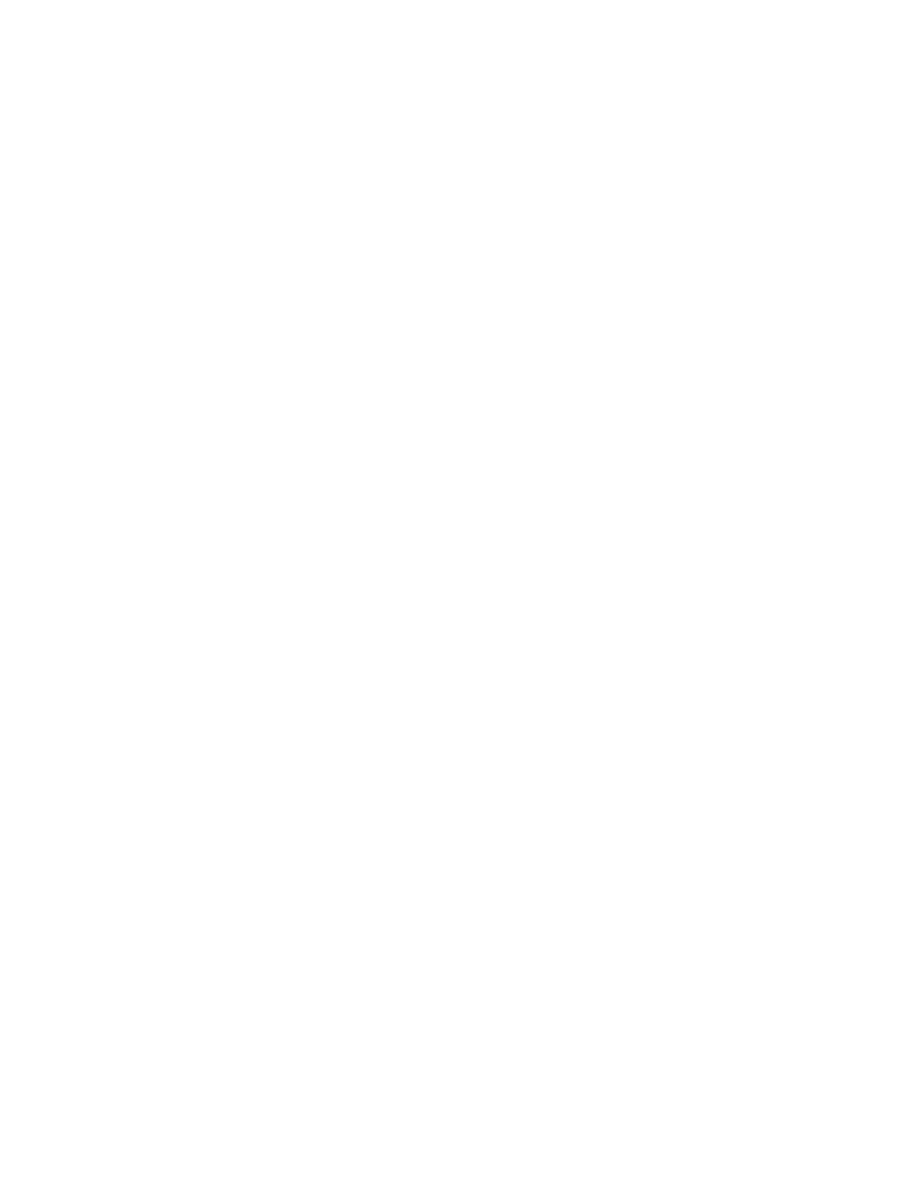
546
14 CFR Ch. I (1–1–24 Edition)
§ 27.1194
(f) A means of retaining each open-
able or readily removable panel, cowl-
ing, or engine or rotor drive system
covering must be provided to preclude
hazardous damage to rotors or critical
control components in the event of
structural or mechanical failure of the
normal retention means, unless such
failure is extremely improbable.
[Doc. No. 5074, 29 FR 15695, Nov. 24, 1964, as
amended by Amdt. 27–23, 53 FR 34214, Sept. 2,
1988]
§ 27.1194
Other surfaces.
All surfaces aft of, and near, power-
plant compartments, other than tail
surfaces not subject to heat, flames, or
sparks emanating from a powerplant
compartment, must be at least fire re-
sistant.
[Amdt. 27–2, 33 FR 964, Jan. 26, 1968]
§ 27.1195
Fire detector systems.
Each turbine engine powered rotor-
craft must have approved quick-acting
fire detectors in numbers and locations
insuring prompt detection of fire in the
engine compartment which cannot be
readily observed in flight by the pilot
in the cockpit.
[Amdt. 27–5, 36 FR 5493, Mar. 24, 1971]
Subpart F—Equipment
G
ENERAL
§ 27.1301
Function and installation.
Each item of installed equipment
must—
(a) Be of a kind and design appro-
priate to its intended function;
(b) Be labeled as to its identification,
function, or operating limitations, or
any applicable combination of these
factors;
(c) Be installed according to limita-
tions specified for that equipment; and
(d) Function properly when installed.
§ 27.1303
Flight and navigation instru-
ments.
The following are the required flight
and navigation instruments:
(a) An airspeed indicator.
(b) An altimeter.
(c) A magnetic direction indicator.
§ 27.1305
Powerplant instruments.
The following are the required power-
plant instruments:
(a) A carburetor air temperature in-
dicator, for each engine having a pre-
heater that can provide a heat rise in
excess of 60
°
F.
(b) A cylinder head temperature indi-
cator, for each—
(1) Air cooled engine;
(2) Rotorcraft with cooling shutters;
and
(3) Rotorcraft for which compliance
with § 27.1043 is shown in any condition
other than the most critical flight con-
dition with respect to cooling.
(c) A fuel pressure indicator, for each
pump-fed engine.
(d) A fuel quantity indicator, for each
fuel tank.
(e) A means to indicate manifold
pressure for each altitude engine.
(f) An oil temperature warning device
to indicate when the temperature ex-
ceeds a safe value in each main rotor
drive gearbox (including any gearboxes
essential to rotor phasing) having an
oil system independent of the engine
oil system.
(g) An oil pressure warning device to
indicate when the pressure falls below
a safe value in each pressure-lubricated
main rotor drive gearbox (including
any gearboxes essential to rotor phas-
ing) having an oil system independent
of the engine oil system.
(h) An oil pressure indicator for each
engine.
(i) An oil quantity indicator for each
oil tank.
(j) An oil temperature indicator for
each engine.
(k) A means to indicate the r.p.m. of
each engine and at least one tachom-
eter, as applicable, for:
(1) The r.p.m. of the single main
rotor;
(2) The common r.p.m. of any main
rotors whose speeds cannot vary appre-
ciably with respect to each other; or
(3) The r.p.m. of each main rotor
whose speed can vary appreciably with
respect to that of another main rotor.
(l) A low fuel warning device for each
fuel tank which feeds an engine. This
device must—
VerDate Sep<11>2014
09:06 Jun 28, 2024
Jkt 262046
PO 00000
Frm 00556
Fmt 8010
Sfmt 8010
Y:\SGML\262046.XXX
262046
jspears on DSK121TN23PROD with CFR
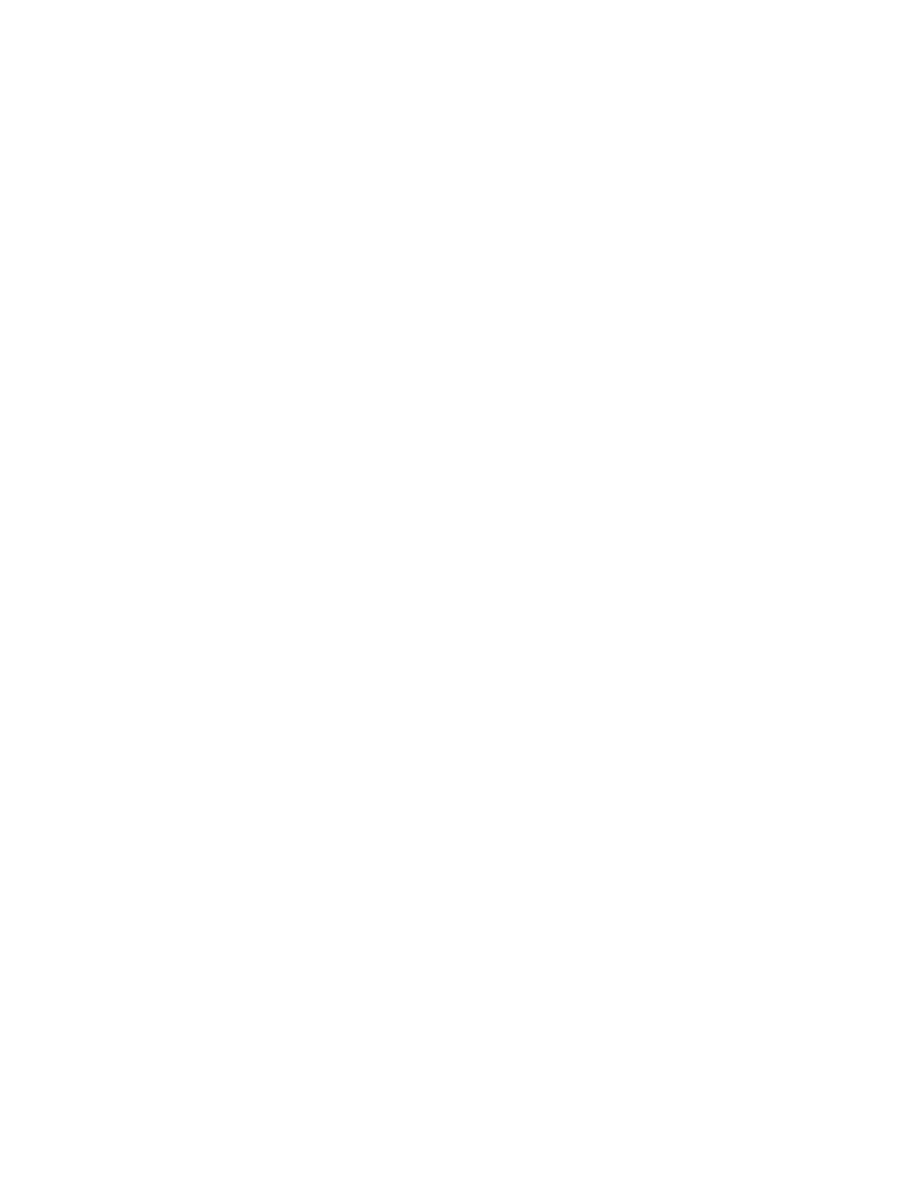
547
Federal Aviation Administration, DOT
§ 27.1309
(1) Provide a warning to the
flightcrew when approximately 10 min-
utes of usable fuel remains in the tank;
and
(2) Be independent of the normal fuel
quantity indicating system.
(m) Means to indicate to the
flightcrew the failure of any fuel pump
installed to show compliance with
§ 27.955.
(n) A means to indicate the gas tem-
perature for each turbine engine.
(o) A means to enable the pilot to de-
termine the torque of each turbine en-
gine, if a torque limitation is estab-
lished for that engine under § 27.1521(e).
(p) For each turbine engine, an indi-
cator to indicate the functioning of the
powerplant ice protection system.
(q) An indicator for the fuel filter re-
quired by § 27.997 to indicate the occur-
rence of contamination of the filter at
the degree established by the applicant
in compliance with § 27.955.
(r) For each turbine engine, a warn-
ing means for the oil strainer or filter
required by § 27.1019, if it has no bypass,
to warn the pilot of the occurrence of
contamination of the strainer or filter
before it reaches the capacity estab-
lished in accordance with § 27.1019(a)(2).
(s) An indicator to indicate the func-
tioning of any selectable or control-
lable heater used to prevent ice clog-
ging of fuel system components.
(t) For rotorcraft for which a 30-sec-
ond/2-minute OEI power rating is re-
quested, a means must be provided to
alert the pilot when the engine is at
the 30-second and the 2-minute OEI
power levels, when the event begins,
and when the time interval expires.
(u) For each turbine engine utilizing
30-second/2-minute OEI power, a device
or system must be provided for use by
ground personnel which—
(1) Automatically records each usage
and duration of power at the 30-second
and 2-minute OEI levels;
(2) Permits retrieval of the recorded
data;
(3) Can be reset only by ground main-
tenance personnel; and
(4) Has a means to verify proper oper-
ation of the system or device.
(v) Warning or caution devices to sig-
nal to the flight crew when ferromag-
netic particles are detected by the chip
detector required by § 27.1337(e).
[Doc. No. 5074, 29 FR 15695, Nov. 24, 1964, as
amended by Amdt. 27–9, 39 FR 35462, Oct. 1,
1974; Amdt. 27–23, 53 FR 34214, Sept. 2, 1988;
Amdt. 27–29, 59 FR 47767, Sept. 16, 1994; Amdt.
27–37, 64 FR 45095, Aug. 18, 1999; 64 FR 47563,
Aug. 31, 1999; Amdt. 27–51, 88 FR 8737, Feb. 10,
2023]
§ 27.1307
Miscellaneous equipment.
The following is the required mis-
cellaneous equipment:
(a) An approved seat for each occu-
pant.
(b) An approved safety belt for each
occupant.
(c) A master switch arrangement.
(d) An adequate source of electrical
energy, where electrical energy is nec-
essary for operation of the rotorcraft.
(e) Electrical protective devices.
§ 27.1309
Equipment, systems, and in-
stallations.
The equipment, systems, and instal-
lations whose functioning is required
by this subchapter must be designed
and installed to ensure that they per-
form their intended functions under
any foreseeable operating condition.
For any item of equipment or system
whose failure has not been specifically
addressed by another requirement in
this chapter, the following require-
ments also apply:
(a) The design of each item of equip-
ment, system, and installation must be
analyzed separately and in relation to
other rotorcraft systems and installa-
tions to determine and identify any
failure that would affect the capability
of the rotorcraft or the ability of the
crew to perform their duties in all op-
erating conditions.
(b) Each item of equipment, system,
and installation must be designed and
installed so that:
(1) The occurrence of any cata-
strophic failure condition is extremely
improbable;
(2) The occurrence of any major fail-
ure condition is no more than improb-
able; and
(3) For the occurrence of any other
failure condition between major and
catastrophic, the probability of the
failure condition must be inversely
proportional to its consequences.
VerDate Sep<11>2014
09:06 Jun 28, 2024
Jkt 262046
PO 00000
Frm 00557
Fmt 8010
Sfmt 8010
Y:\SGML\262046.XXX
262046
jspears on DSK121TN23PROD with CFR
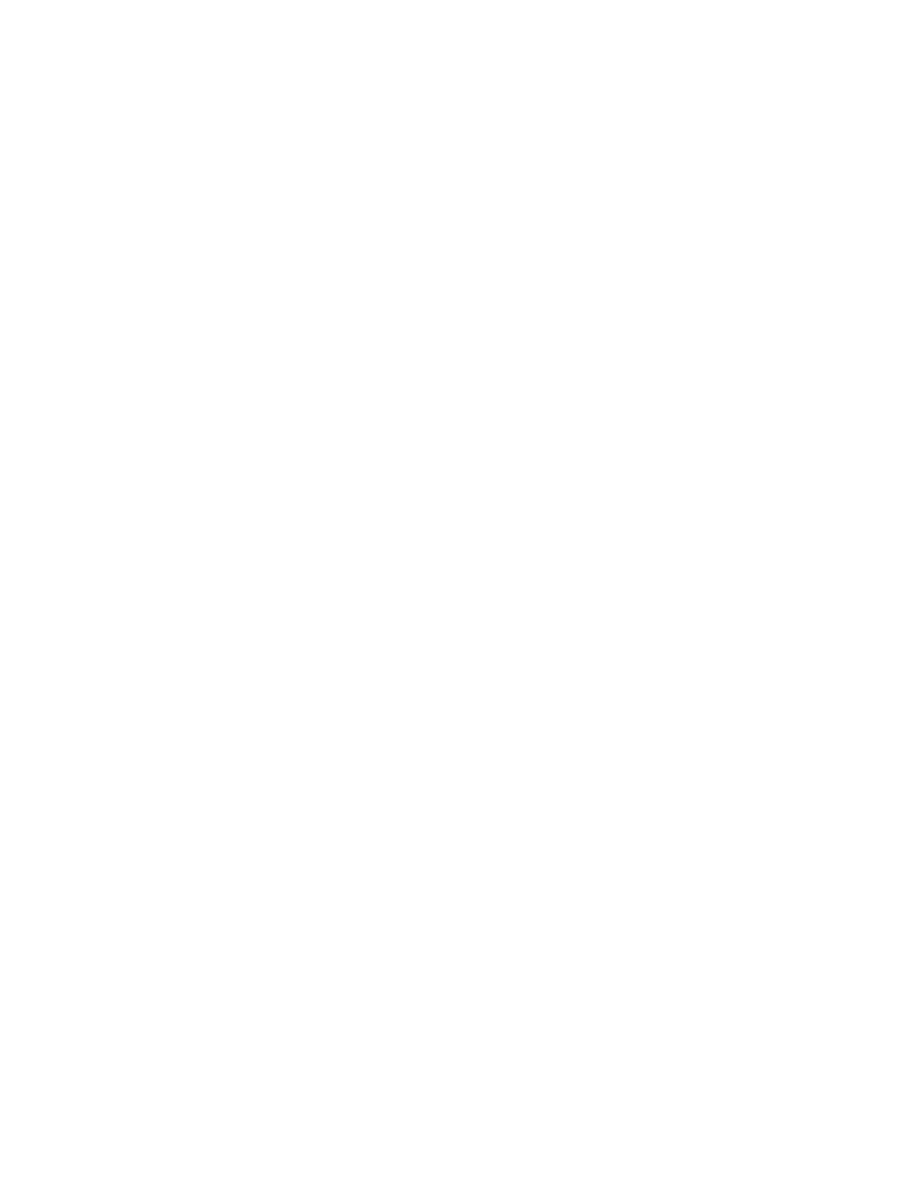
548
14 CFR Ch. I (1–1–24 Edition)
§ 27.1316
(c) A means to alert the crew in the
event of a failure must be provided
when an unsafe system operating con-
dition exists and to enable them to
take corrective action. Systems, con-
trols, and associated monitoring and
crew alerting means must be designed
to minimize crew errors that could cre-
ate additional hazards.
(d) Compliance with the require-
ments of this section must be shown by
analysis and, where necessary, by
ground, flight, or simulator tests. The
analysis must account for:
(1) Possible modes of failure, includ-
ing malfunctions and misleading data
and input from external sources;
(2) The effect of multiple failures and
latent failures;
(3) The resulting effects on the rotor-
craft and occupants, considering the
stage of flight and operating condi-
tions; and
(4) The crew alerting cues and the
corrective action required.
[Amdt. 27–51, 88 FR 8737, Feb. 10, 2023]
§ 27.1316
Electrical and electronic sys-
tem lightning protection.
(a) Each electrical and electronic
system that performs a function, for
which failure would prevent the contin-
ued safe flight and landing of the rotor-
craft, must be designed and installed so
that—
(1) The function is not adversely af-
fected during and after the time the
rotorcraft is exposed to lightning; and
(2) The system automatically recov-
ers normal operation of that function
in a timely manner after the rotorcraft
is exposed to lightning.
(b) For rotorcraft approved for in-
strument flight rules operation, each
electrical and electronic system that
performs a function, for which failure
would reduce the capability of the
rotorcraft or the ability of the
flightcrew to respond to an adverse op-
erating condition, must be designed
and installed so that the function re-
covers normal operation in a timely
manner after the rotorcraft is exposed
to lightning.
[Doc. No. FAA–2010–0224, Amdt. 27–46, 76 FR
33135, June 8, 2011]
§ 27.1317
High-intensity Radiated
Fields (HIRF) Protection.
(a) Except as provided in paragraph
(d) of this section, each electrical and
electronic system that performs a func-
tion whose failure would prevent the
continued safe flight and landing of the
rotorcraft must be designed and in-
stalled so that—
(1) The function is not adversely af-
fected during and after the time the
rotorcraft is exposed to HIRF environ-
ment I, as described in appendix D to
this part;
(2) The system automatically recov-
ers normal operation of that function,
in a timely manner, after the rotor-
craft is exposed to HIRF environment
I, as described in appendix D to this
part, unless this conflicts with other
operational or functional requirements
of that system;
(3) The system is not adversely af-
fected during and after the time the
rotorcraft is exposed to HIRF environ-
ment II, as described in appendix D to
this part; and
(4) Each function required during op-
eration under visual flight rules is not
adversely affected during and after the
time the rotorcraft is exposed to HIRF
environment III, as described in appen-
dix D to this part.
(b) Each electrical and electronic
system that performs a function whose
failure would significantly reduce the
capability of the rotorcraft or the abil-
ity of the flightcrew to respond to an
adverse operating condition must be
designed and installed so the system is
not adversely affected when the equip-
ment providing these functions is ex-
posed to equipment HIRF test level 1
or 2, as described in appendix D to this
part.
(c) Each electrical and electronic sys-
tem that performs a function whose
failure would reduce the capability of
the rotorcraft or the ability of the
flightcrew to respond to an adverse op-
erating condition, must be designed
and installed so the system is not ad-
versely affected when the equipment
providing these functions is exposed to
equipment HIRF test level 3, as de-
scribed in appendix D to this part.
(d) Before December 1, 2012, an elec-
trical or electronic system that per-
forms a function whose failure would
VerDate Sep<11>2014
09:06 Jun 28, 2024
Jkt 262046
PO 00000
Frm 00558
Fmt 8010
Sfmt 8010
Y:\SGML\262046.XXX
262046
jspears on DSK121TN23PROD with CFR
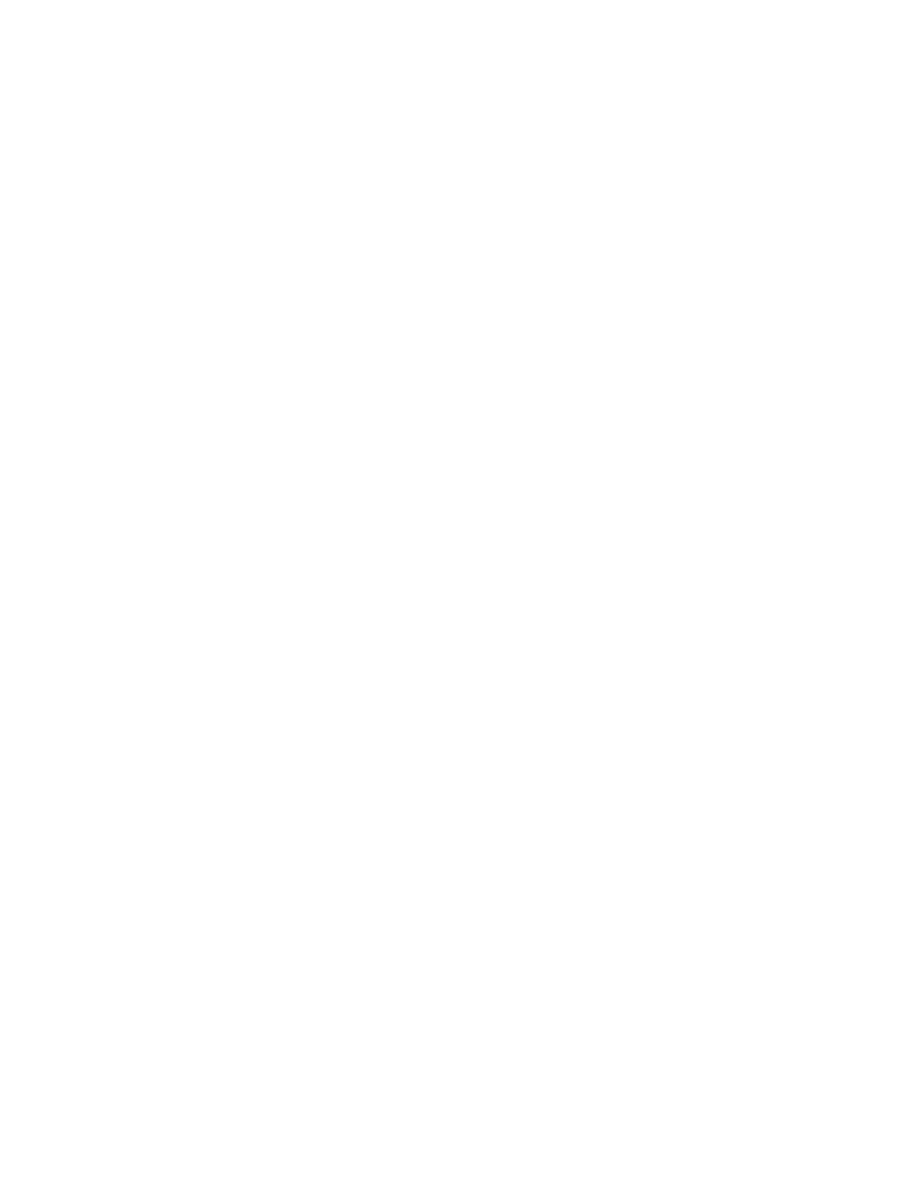
549
Federal Aviation Administration, DOT
§ 27.1325
prevent the continued safe flight and
landing of a rotorcraft may be designed
and installed without meeting the pro-
visions of paragraph (a) provided—
(1) The system has previously been
shown to comply with special condi-
tions for HIRF, prescribed under § 21.16,
issued before December 1, 2007;
(2) The HIRF immunity characteris-
tics of the system have not changed
since compliance with the special con-
ditions was demonstrated; and
(3) The data used to demonstrate
compliance with the special conditions
is provided.
[Doc. No. FAA–2006–23657, 72 FR 44026, Aug. 6,
2007]
I
NSTRUMENTS
: I
NSTALLATION
§ 27.1321
Arrangement and visibility.
(a) Each flight, navigation, and pow-
erplant instrument for use by any pilot
must be easily visible to him.
(b) For each multiengine rotorcraft,
identical powerplant instruments must
be located so as to prevent confusion as
to which engine each instrument re-
lates.
(c) Instrument panel vibration may
not damage, or impair the readability
or accuracy of, any instrument.
(d) If a visual indicator is provided to
indicate malfunction of an instrument,
it must be effective under all probable
cockpit lighting conditions.
(Secs. 313(a), 601, 603, 604, and 605 of the Fed-
eral Aviation Act of 1958 (49 U.S.C. 1354(a),
1421, 1423, 1424, and 1425); and sec. 6(c) of the
Dept. of Transportation Act (49 U.S.C.
1655(c)))
[Doc. No. 5074, 29 FR 15695, Nov. 24, 1964; 29
FR 17885, Dec. 17, 1964, as amended by Amdt.
27–13, 42 FR 36971, July 18, 1977]
§ 27.1322
Warning, caution, and advi-
sory lights.
If warning, caution or advisory lights
are installed in the cockpit, they must,
unless otherwise approved by the Ad-
ministrator, be—
(a) Red, for warning lights (lights in-
dicating a hazard which may require
immediate corrective action):
(b) Amber, for caution lights (lights
indicating the possible need for future
corrective action);
(c) Green, for safe operation lights;
and
(d) Any other color, including white,
for lights not described in paragraphs
(a) through (c) of this section, provided
the color differs sufficiently from the
colors prescribed in paragraphs (a)
through (c) of this section to avoid pos-
sible confusion.
[Amdt. 27–11, 41 FR 55470, Dec. 20, 1976]
§ 27.1323
Airspeed indicating system.
(a) Each airspeed indicating instru-
ment must be calibrated to indicate
true airspeed (at sea level with a stand-
ard atmosphere) with a minimum prac-
ticable instrument calibration error
when the corresponding pitot and stat-
ic pressures are applied.
(b) The airspeed indicating system
must be calibrated in flight at forward
speeds of 20 knots and over.
(c) At each forward speed above 80
percent of the climbout speed, the air-
speed indicator must indicate true air-
speed, at sea level with a standard at-
mosphere, to within an allowable in-
stallation error of not more than the
greater of—
(1)
±
3 percent of the calibrated air-
speed; or
(2) Five knots.
(Secs. 313(a), 601, 603, 604, and 605 of the Fed-
eral Aviation Act of 1958 (49 U.S.C. 1354(a),
1421, 1423, 1424, and 1425); and sec. 6(c) of the
Dept. of Transportation Act (49 U.S.C.
1655(c)))
[Doc. No. 5074, 29 FR 15695, Nov. 24, 1964, as
amended by Amdt. 27–13, 42 FR 36972, July 18,
1977]
§ 27.1325
Static pressure systems.
(a) Each instrument with static air
case connections must be vented so
that the influence of rotorcraft speed,
the opening and closing of windows,
airflow variation, and moisture or
other foreign matter does not seriously
affect its accuracy.
(b) Each static pressure port must be
designed and located in such manner
that the correlation between air pres-
sure in the static pressure system and
true ambient atmospheric static pres-
sure is not altered when the rotorcraft
encounters icing conditions. An anti-
icing means or an alternate source of
static pressure may be used in showing
compliance with this requirement. If
the reading of the altimeter, when on
VerDate Sep<11>2014
09:06 Jun 28, 2024
Jkt 262046
PO 00000
Frm 00559
Fmt 8010
Sfmt 8010
Y:\SGML\262046.XXX
262046
jspears on DSK121TN23PROD with CFR
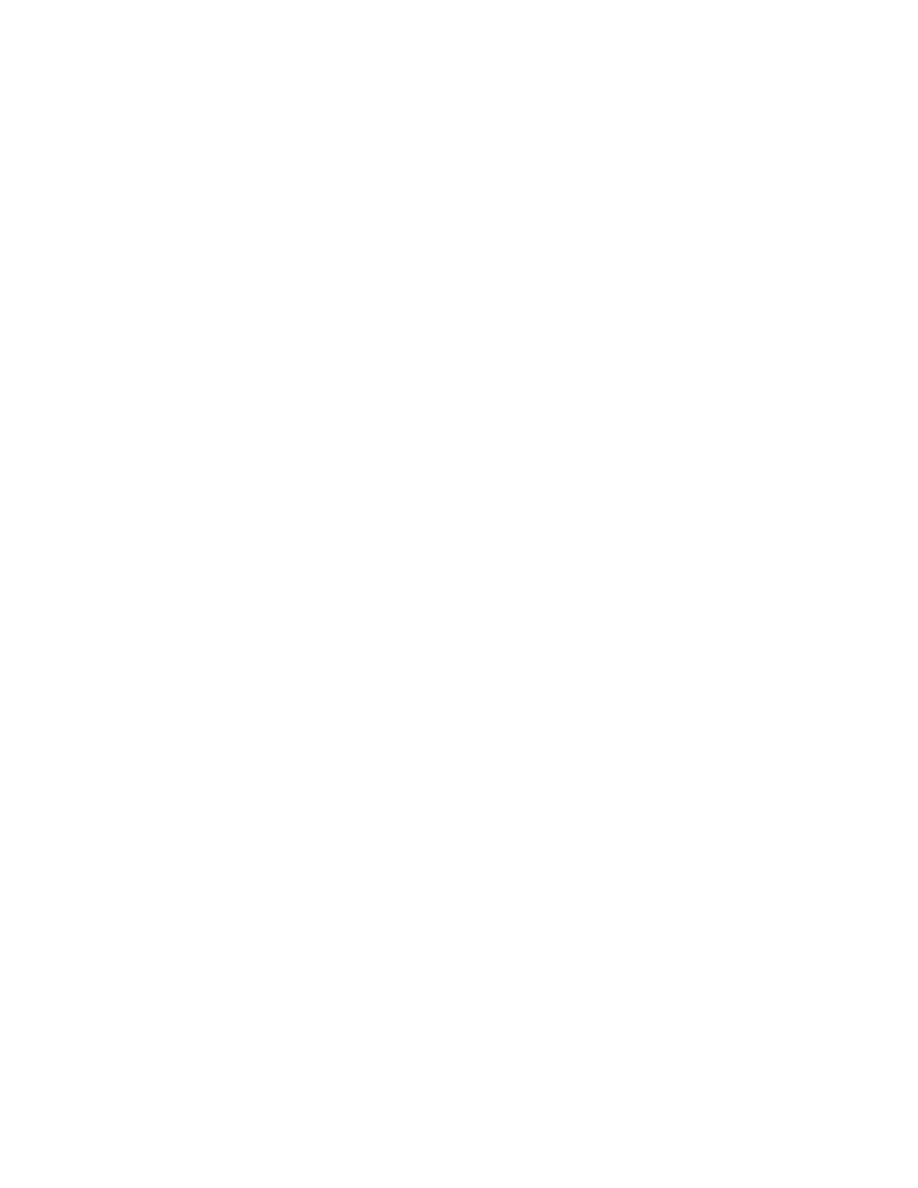
550
14 CFR Ch. I (1–1–24 Edition)
§ 27.1327
the alternate static pressure system,
differs from the reading of the altim-
eter when on the primary static system
by more than 50 feet, a correction card
must be provided for the alternate
static system.
(c) Except as provided in paragraph
(d) of this section, if the static pressure
system incorporates both a primary
and an alternate static pressure source,
the means for selecting one or the
other source must be designed so
that—
(1) When either source is selected, the
other is blocked off; and
(2) Both sources cannot be blocked
off simultaneously.
(d) For unpressurized rotorcraft,
paragraph (c)(1) of this section does not
apply if it can be demonstrated that
the static pressure system calibration,
when either static pressure source is
selected is not changed by the other
static pressure source being open or
blocked.
(Secs. 313(a), 601, 603, 604, and 605 of the Fed-
eral Aviation Act of 1958 (49 U.S.C. 1354(a),
1421, 1423, 1424, and 1425); and sec. 6(c) of the
Dept. of Transportation Act (49 U.S.C.
1655(c)))
[Doc. No. 5074, 29 FR 15695, Nov. 24, 1964, as
amended by Amdt. 27–13, 42 FR 36972, July 18,
1977]
§ 27.1327
Magnetic direction indicator.
(a) Except as provided in paragraph
(b) of this section—
(1) Each magnetic direction indicator
must be installed so that its accuracy
is not excessively affected by the
rotorcraft’s vibration or magnetic
fields; and
(2) The compensated installation may
not have a deviation, in level flight,
greater than 10 degrees on any heading.
(b) A magnetic nonstabilized direc-
tion indicator may deviate more than
10 degrees due to the operation of elec-
trically powered systems such as elec-
trically heated windshields if either a
magnetic stabilized direction indi-
cator, which does not have a deviation
in level flight greater than 10 degrees
on any heading, or a gyroscopic direc-
tion indicator, is installed. Deviations
of a magnetic nonstabilized direction
indicator of more than 10 degrees must
be placarded in accordance with
§ 27.1547(e).
(Secs. 313(a), 601, 603, 604, and 605 of the Fed-
eral Aviation Act of 1958 (49 U.S.C. 1354(a),
1421, 1423, 1424, and 1425); and sec. 6(c) of the
Dept. of Transportation Act (49 U.S.C.
1655(c)))
[Amdt. 27–13, 42 FR 36972, July 18, 1977]
§ 27.1329
Automatic pilot and flight
guidance system.
For the purpose of this subpart, an
automatic pilot and flight guidance
system may consist of an autopilot,
flight director, or a component that
interacts with stability augmentation
or trim.
(a) Each automatic pilot and flight
guidance system must be designed so
that it:
(1) Can be overpowered by one pilot
to allow control of the rotorcraft;
(2) Provides a means to disengage the
system, or any malfunctioning compo-
nent of the system, by each pilot to
prevent it from interfering with the
control of the rotorcraft; and
(3) Provides a means to indicate to
the flight crew its current mode of op-
eration. Selector switch position is not
acceptable as a means of indication.
(b) Unless there is automatic syn-
chronization, each system must have a
means to readily indicate to the pilot
the alignment of the actuating device
in relation to the control system it op-
erates.
(c) Each manually operated control
for the system’s operation must be
readily accessible to the pilots.
(d) The system must be designed so
that, within the range of adjustment
available to the pilot, it cannot
produce hazardous loads on the rotor-
craft, or create hazardous deviations in
the flight path, under any flight condi-
tion appropriate to its use or in the
event of a malfunction, assuming that
corrective action begins within a rea-
sonable period of time.
(e) If the automatic pilot and flight
guidance system integrates signals
from auxiliary controls or furnishes
signals for operation of other equip-
ment, there must be a means to pre-
vent improper operation.
(f) If the automatic pilot system can
be coupled to airborne navigation
equipment, means must be provided to
VerDate Sep<11>2014
09:06 Jun 28, 2024
Jkt 262046
PO 00000
Frm 00560
Fmt 8010
Sfmt 8010
Y:\SGML\262046.XXX
262046
jspears on DSK121TN23PROD with CFR
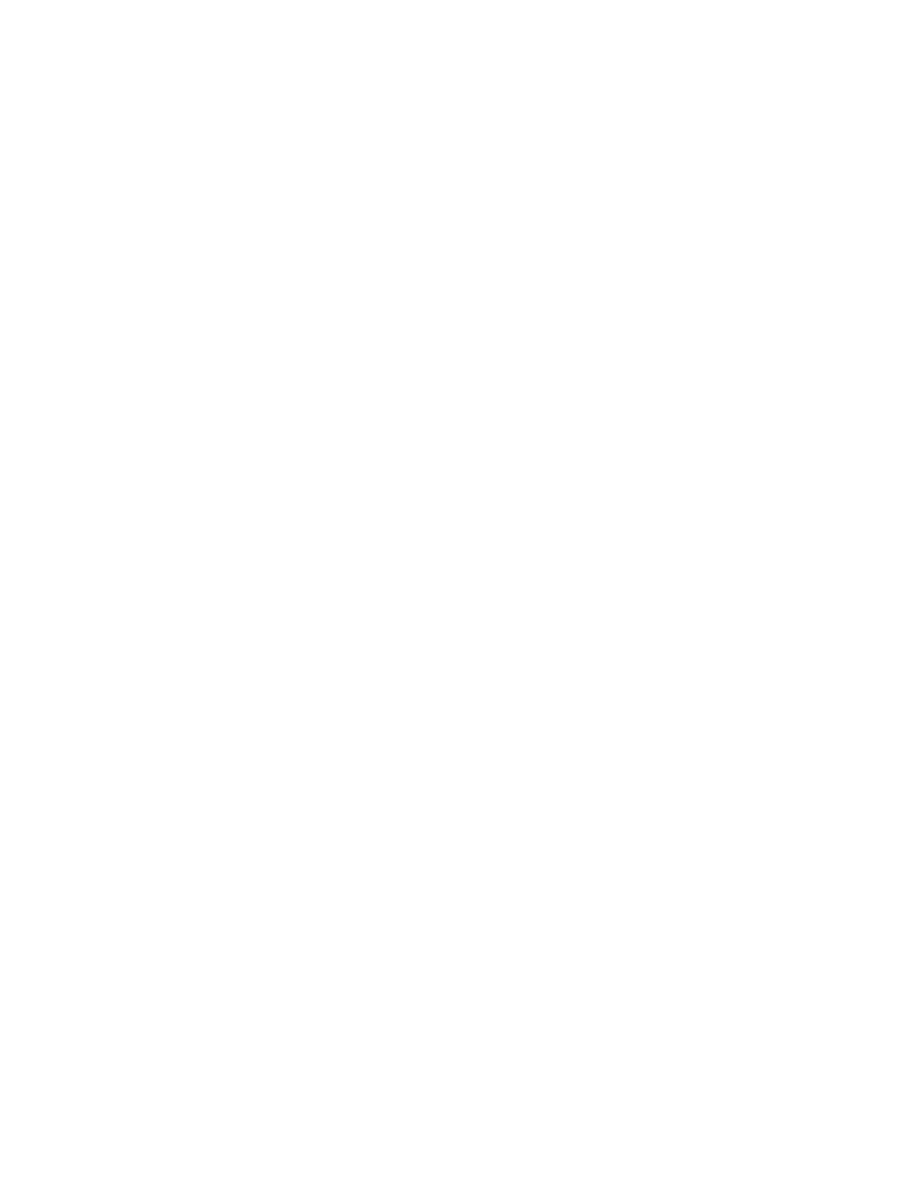
551
Federal Aviation Administration, DOT
§ 27.1351
indicate to the pilots the current mode
of operation. Selector switch position
is not acceptable as a means of indica-
tion.
[Amdt. 27–21, 49 FR 44435, Nov. 6, 1984, as
amended by Amdt. 27–35, 63 FR 43285, Aug. 12,
1998; Amdt. 27–51, 88 FR 8738, Feb. 10, 2023]
§ 27.1337
Powerplant instruments.
(a)
Instruments and instrument lines.
(1) Each powerplant instrument line
must meet the requirements of §§ 27.-
961 and 27.993.
(2) Each line carrying flammable
fluids under pressure must—
(i) Have restricting orifices or other
safety devices at the source of pressure
to prevent the escape of excessive fluid
if the line fails; and
(ii) Be installed and located so that
the escape of fluids would not create a
hazard.
(3) Each powerplant instrument that
utilizes flammable fluids must be in-
stalled and located so that the escape
of fluid would not create a hazard.
(b)
Fuel quantity indicator. Each fuel
quantity indicator must be installed to
clearly indicate to the flight crew the
quantity of fuel in each tank in flight.
In addition—
(1) Each fuel quantity indicator must
be calibrated to read ‘‘zero’’ during
level flight when the quantity of fuel
remaining in the tank is equal to the
unusable fuel supply determined under
§ 27.959;
(2) When two or more tanks are close-
ly interconnected by a gravity feed sys-
tem and vented, and when it is impos-
sible to feed from each tank sepa-
rately, at least one fuel quantity indi-
cator must be installed; and
(3) Each exposed sight gauge used as
a fuel quantity indicator must be pro-
tected against damage.
(c)
Fuel flowmeter system. If a fuel
flowmeter system is installed, each
metering component must have a
means for bypassing the fuel supply if
malfunction of that component se-
verely restricts fuel flow.
(d)
Oil quantity indicator. There must
be means to indicate the quantity of
oil in each tank—
(1) On the ground (including during
the filling of each tank); and
(2) In flight, if there is an oil transfer
system or reserve oil supply system.
(e) Rotor drive system transmissions
and gearboxes utilizing ferromagnetic
materials must be equipped with chip
detectors designed to indicate the pres-
ence of ferromagnetic particles result-
ing from damage or excessive wear.
Chip detectors must—
(1) Be designed to provide a signal to
the device required by § 27.1305(v) and
be provided with a means to allow
crewmembers to check, in flight, the
function of each detector electrical cir-
cuit and signal.
(2) [Reserved]
(Secs. 313(a), 601, and 603, 72 Stat. 752, 775, 49
U.S.C. 1354(a), 1421, and 1423; sec. 6(c) 49
U.S.C. 1655(c))
[Doc. No. 5074, 29 FR 15695, Nov. 24, 1964, as
amended by Amdt. 27–12, 42 FR 15046, Mar. 17,
1977; Amdt. 27–23, 53 FR 34214, Sept. 2, 1988;
Amdt. 27–37, 64 FR 45095, Aug. 18, 1999]
E
LECTRICAL
S
YSTEMS AND
E
QUIPMENT
§ 27.1351
General.
(a)
Electrical system capacity. Elec-
trical equipment must be adequate for
its intended use. In addition—
(1) Electric power sources, their
transmission cables, and their associ-
ated control and protective devices
must be able to furnish the required
power at the proper voltage to each
load circuit essential for safe oper-
ation; and
(2) Compliance with paragraph (a)(1)
of this section must be shown by an
electrical load analysis, or by elec-
trical measurements that take into ac-
count the electrical loads applied to
the electrical system, in probable com-
binations and for probable durations.
(b)
Function. For each electrical sys-
tem, the following apply:
(1) Each system, when installed,
must be—
(i) Free from hazards in itself, in its
method of operation, and in its effects
on other parts of the rotorcraft; and
(ii) Protected from fuel, oil, water,
other detrimental substances, and me-
chanical damage.
(2) Electric power sources must func-
tion properly when connected in com-
bination or independently.
(3) No failure or malfunction of any
source may impair the ability of any
remaining source to supply load cir-
cuits essential for safe operation.
VerDate Sep<11>2014
09:06 Jun 28, 2024
Jkt 262046
PO 00000
Frm 00561
Fmt 8010
Sfmt 8010
Y:\SGML\262046.XXX
262046
jspears on DSK121TN23PROD with CFR
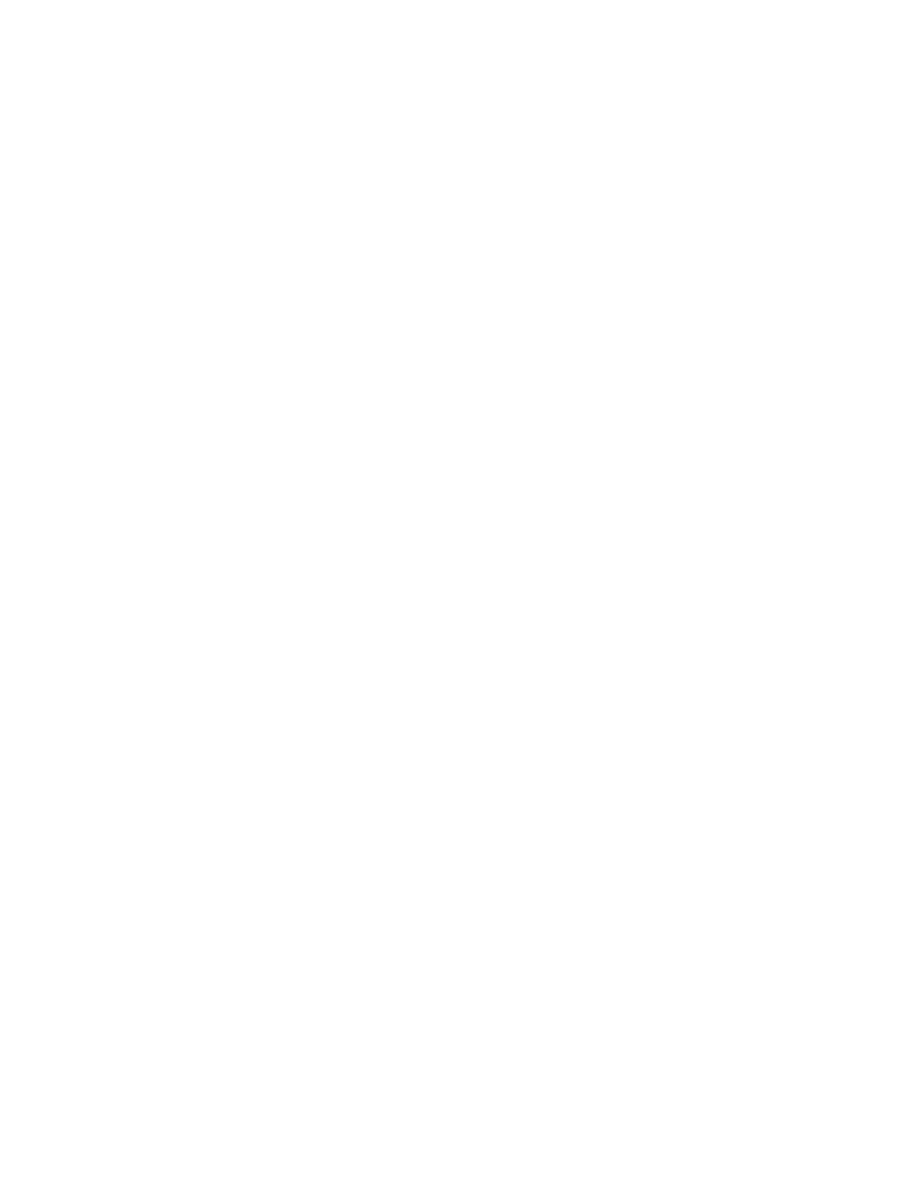
552
14 CFR Ch. I (1–1–24 Edition)
§ 27.1353
(4) Each electric power source control
must allow the independent operation
of each source.
(c)
Generating system. There must be
at least one generator if the system
supplies power to load circuits essen-
tial for safe operation. In addition—
(1) Each generator must be able to
deliver its continuous rated power;
(2) Generator voltage control equip-
ment must be able to dependably regu-
late each generator output within
rated limits;
(3) Each generator must have a re-
verse current cutout designed to dis-
connect the generator from the battery
and from the other generators when
enough reverse current exists to dam-
age that generator; and
(4) Each generator must have an
overvoltage control designed and in-
stalled to prevent damage to the elec-
trical system, or to equipment supplied
by the electrical system, that could re-
sult if that generator were to develop
an overvoltage condition.
(d)
Instruments. There must be means
to indicate to appropriate crew-
members the electric power system
quantities essential for safe operation
of the system. In addition—
(1) For direct current systems, an
ammeter that can be switched into
each generator feeder may be used; and
(2) If there is only one generator, the
ammeter may be in the battery feeder.
(e)
External power. If provisions are
made for connecting external power to
the rotorcraft, and that external power
can be electrically connected to equip-
ment other than that used for engine
starting, means must be provided to
ensure that no external power supply
having a reverse polarity, or a reverse
phase sequence, can supply power to
the rotorcraft’s electrical system.
(Secs. 313(a), 601, 603, 604, and 605 of the Fed-
eral Aviation Act of 1958 (49 U.S.C. 1354(a),
1421, 1423, 1424, and 1425); and sec. 6(c) of the
Dept. of Transportation Act (49 U.S.C.
1655(c)))
[Doc. No. 5074, 29 FR 15695, Nov. 24, 1964, as
amended by Amdt. 27–11, 41 FR 55470, Dec. 20,
1976; Amdt. 27–13, 42 FR 36972, July 18, 1977]
§ 27.1353
Energy storage systems.
Energy storage systems must be de-
signed and installed as follows:
(a) Energy storage systems must pro-
vide automatic protective features for
any conditions that could prevent con-
tinued safe flight and landing.
(b) Energy storage systems must not
emit any flammable, explosive, or
toxic gases, smoke, or fluids that could
accumulate in hazardous quantities
within the rotorcraft.
(c) Corrosive fluids or gases that es-
cape from the system must not damage
surrounding structures, adjacent equip-
ment, or systems necessary for contin-
ued safe flight and landing.
(d) The maximum amount of heat
and pressure that can be generated dur-
ing any operation or under any failure
condition of the energy storage system
or its individual components must not
result in any hazardous effect on rotor-
craft structure, equipment, or systems
necessary for continued safe flight and
landing.
(e) Energy storage system installa-
tions required for continued safe flight
and landing of the rotorcraft must
have monitoring features and a means
to indicate to the pilot the status of all
critical system parameters.
[Amdt. 27–51, 88 FR 8738, Feb. 10, 2023]
§ 27.1357
Circuit protective devices.
(a) Protective devices, such as fuses
or circuit breakers, must be installed
in each electrical circuit other than—
(1) The main circuits of starter mo-
tors; and
(2) Circuits in which no hazard is pre-
sented by their omission.
(b) A protective device for a circuit
essential to flight safety may not be
used to protect any other circuit.
(c) Each resettable circuit protective
device (‘‘trip free’’ device in which the
tripping mechanism cannot be over-
ridden by the operating control) must
be designed so that—
(1) A manual operation is required to
restore service after trippling; and
(2) If an overload or circuit fault ex-
ists, the device will open the circuit re-
gardless of the position of the oper-
ating control.
(d) If the ability to reset a circuit
breaker or replace a fuse is essential to
safety in flight, that circuit breaker or
fuse must be located and identified so
that it can be readily reset or replaced
in flight.
VerDate Sep<11>2014
09:06 Jun 28, 2024
Jkt 262046
PO 00000
Frm 00562
Fmt 8010
Sfmt 8010
Y:\SGML\262046.XXX
262046
jspears on DSK121TN23PROD with CFR
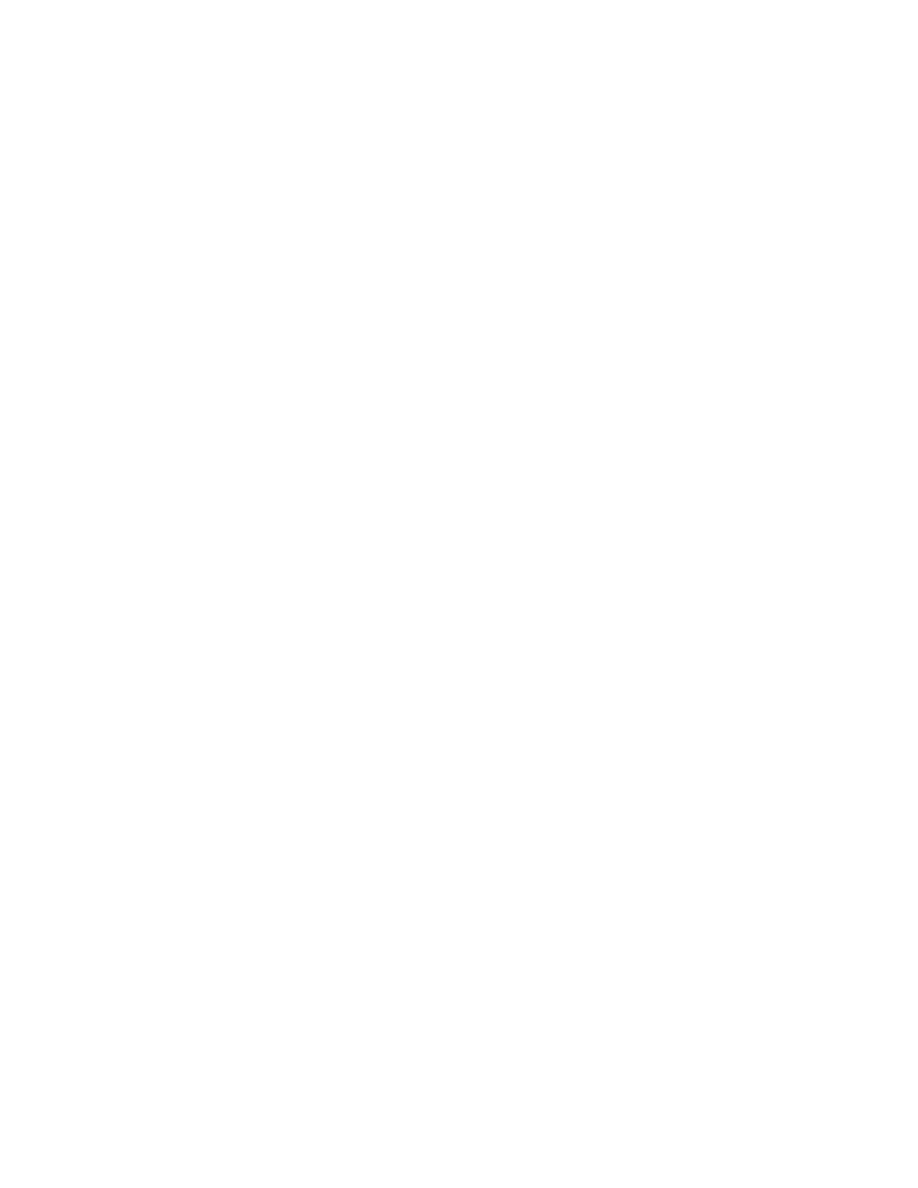
553
Federal Aviation Administration, DOT
§ 27.1385
(e) If fuses are used, there must be
one spare of each rating, or 50 percent
spare fuses of each rating, whichever is
greater.
(Secs. 313(a), 601, 603, 604, and 605 of the Fed-
eral Aviation Act of 1958 (49 U.S.C. 1354(a),
1421, 1423, 1424, and 1425); and sec. 6(c) of the
Dept. of Transportation Act (49 U.S.C.
1655(c)))
[Doc. No. 5074, 29 FR 15695, Nov. 24, 1964; 29
FR 17885, Dec. 17, 1964, as amended by Amdt.
27–13, 42 FR 36972, July 18, 1977]
§ 27.1361
Master switch.
(a) There must be a master switch ar-
rangement to allow ready disconnec-
tion of each electric power source from
the main bus. The point of disconnec-
tion must be adjacent to the sources
controlled by the switch.
(b) Load circuits may be connected so
that they remain energized after the
switch is opened, if they are protected
by circuit protective devices, rated at
five amperes or less, adjacent to the
electric power source.
(c) The master switch or its controls
must be installed so that the switch is
easily discernible and accessible to a
crewmember in flight.
§ 27.1365
Electric cables.
(a) Each electric connecting cable
must be of adequate capacity.
(b) Each cable that would overheat in
the event of circuit overload or fault
must be at least flame resistant and
may not emit dangerous quantities of
toxic fumes.
(c) Insulation on electrical wire and
cable installed in the rotorcraft must
be self-extinguishing when tested in ac-
cordance with appendix F, part I(a)(3),
of part 25 of this chapter.
[Doc. No. 5074, 29 FR 15695, Nov. 24, 1964, as
amended by Amdt. 27–35, 63 FR 43285, Aug. 12,
1998]
§ 27.1367
Switches.
Each switch must be—
(a) Able to carry its rated current;
(b) Accessible to the crew; and
(c) Labeled as to operation and the
circuit controlled.
L
IGHTS
§ 27.1381
Instrument lights.
The instrument lights must—
(a) Make each instrument, switch,
and other devices for which they are
provided easily readable; and
(b) Be installed so that—
(1) Their direct rays are shielded
from the pilot’s eyes; and
(2) No objectionable reflections are
visible to the pilot.
§ 27.1383
Landing lights.
(a) Each required landing or hovering
light must be approved.
(b) Each landing light must be in-
stalled so that—
(1) No objectionable glare is visible
to the pilot;
(2) The pilot is not adversely affected
by halation; and
(3) It provides enough light for night
operation, including hovering and land-
ing.
(c) At least one separate switch must
be provided, as applicable—
(1) For each separately installed
landing light; and
(2) For each group of landing lights
installed at a common location.
§ 27.1385
Position light system installa-
tion.
(a)
General. Each part of each posi-
tion light system must meet the appli-
cable requirements of this section, and
each system as a whole must meet the
requirements of §§ 27.1387 through
27.1397.
(b)
Forward position lights. Forward
position lights must consist of a red
and a green light spaced laterally as
far apart as practicable and installed
forward on the rotorcraft so that, with
the rotorcraft in the normal flying po-
sition, the red light is on the left side
and the green light is on the right side.
Each light must be approved.
(c)
Rear position light. The rear posi-
tion light must be a white light mount-
ed as far aft as practicable, and must
be approved.
(d)
Circuit. The two forward position
lights and the rear position light must
make a single circuit.
(e)
Light covers and color filters. Each
light cover or color filter must be at
least flame resistant and may not
change color or shape or lose any ap-
preciable light transmission during
normal use.
VerDate Sep<11>2014
09:06 Jun 28, 2024
Jkt 262046
PO 00000
Frm 00563
Fmt 8010
Sfmt 8010
Y:\SGML\262046.XXX
262046
jspears on DSK121TN23PROD with CFR

554
14 CFR Ch. I (1–1–24 Edition)
§ 27.1387
§ 27.1387
Position light system dihe-
dral angles.
(a) Except as provided in paragraph
(e) of this section, each forward and
rear position light must, as installed,
show unbroken light within the dihe-
dral angles described in this section.
(b) Dihedral angle
L (left) is formed
by two intersecting vertical planes, the
first parallel to the longitudinal axis of
the rotorcraft, and the other at 110 de-
grees to the left of the first, as viewed
when looking forward along the longi-
tudinal axis.
(c) Dihedral angle
R (right) is formed
by two intersecting vertical planes, the
first parallel to the longitudinal axis of
the rotorcraft, and the other at 110 de-
grees to the right of the first, as viewed
when looking forward along the longi-
tudinal axis.
(d) Dihedral angle
A (aft) is formed
by two intersecting vertical planes
making angles of 70 degrees to the
right and to the left, respectively, to a
vertical plane passing through the lon-
gitudinal axis, as viewed when looking
aft along the longitudinal axis.
(e) If the rear position light, when
mounted as far aft as practicable in ac-
cordance with § 25.1385(c), cannot show
unbroken light within dihedral angle A
(as defined in paragraph (d) of this sec-
tion), a solid angle or angles of ob-
structed visibility totaling not more
than 0.04 steradians is allowable within
that dihedral angle, if such solid angle
is within a cone whose apex is at the
rear position light and whose elements
make an angle of 30
°
with a vertical
line passing through the rear position
light.
(49 U.S.C. 1655(c))
[Doc. No. 5074, 29 FR 15695, Nov. 24, 1964, as
amended by Amdt. 27–7, 36 FR 21278, Nov. 5,
1971]
§ 27.1389
Position light distribution
and intensities.
(a)
General. the intensities prescribed
in this section must be provided by new
equipment with light covers and color
filters in place. Intensities must be de-
termined with the light source oper-
ating at a steady value equal to the av-
erage luminous output of the source at
the normal operating voltage of the
rotorcraft. The light distribution and
intensity of each position light must
meet the requirements of paragraph (b)
of this section.
(b)
Forward and rear position lights.
The light distribution and intensities
of forward and rear position lights
must be expressed in terms of min-
imum intensities in the horizontal
plane, minimum intensities in any
vertical plane, and maximum inten-
sities in overlapping beams, within di-
hedral angles
L, R, and A, and must
meet the following requirements:
(1)
Intensities in the horizontal plane.
Each intensity in the horizontal plane
(the plane containing the longitudinal
axis of the rotorcraft and perpendicular
to the plane of symmetry of the rotor-
craft) must equal or exceed the values
in § 27.1391.
(2)
Intensities in any vertical plane.
Each intensity in any vertical plane
(the plane perpendicular to the hori-
zontal plane) must equal or exceed the
appropriate value in § 27.1393, where
I is
the minimum intensity prescribed in
§ 27.1391 for the corresponding angles in
the horizontal plane.
(3)
Intensities in overlaps between adja-
cent signals. No intensity in any over-
lap between adjacent signals may ex-
ceed the values in § 27.1395, except that
higher intensities in overlaps may be
used with main beam intensities sub-
stantially greater than the minima
specified in §§ 27.1391 and 27.1393, if the
overlap intensities in relation to the
main beam intensities do not adversely
affect signal clarity. When the peak in-
tensity of the forward position lights is
greater than 100 candles, the maximum
overlap intensities between them may
exceed the values in § 27.1395 if the
overlap intensity in Area A is not more
than 10 percent of peak position light
intensity and the overlap intensity in
Area B is not more than 2.5 percent of
peak position light intensity.
§ 27.1391
Minimum intensities in the
horizontal plane of forward and
rear position lights.
Each position light intensity must
equal or exceed the applicable values in
the following table:
VerDate Sep<11>2014
09:06 Jun 28, 2024
Jkt 262046
PO 00000
Frm 00564
Fmt 8010
Sfmt 8010
Y:\SGML\262046.XXX
262046
jspears on DSK121TN23PROD with CFR
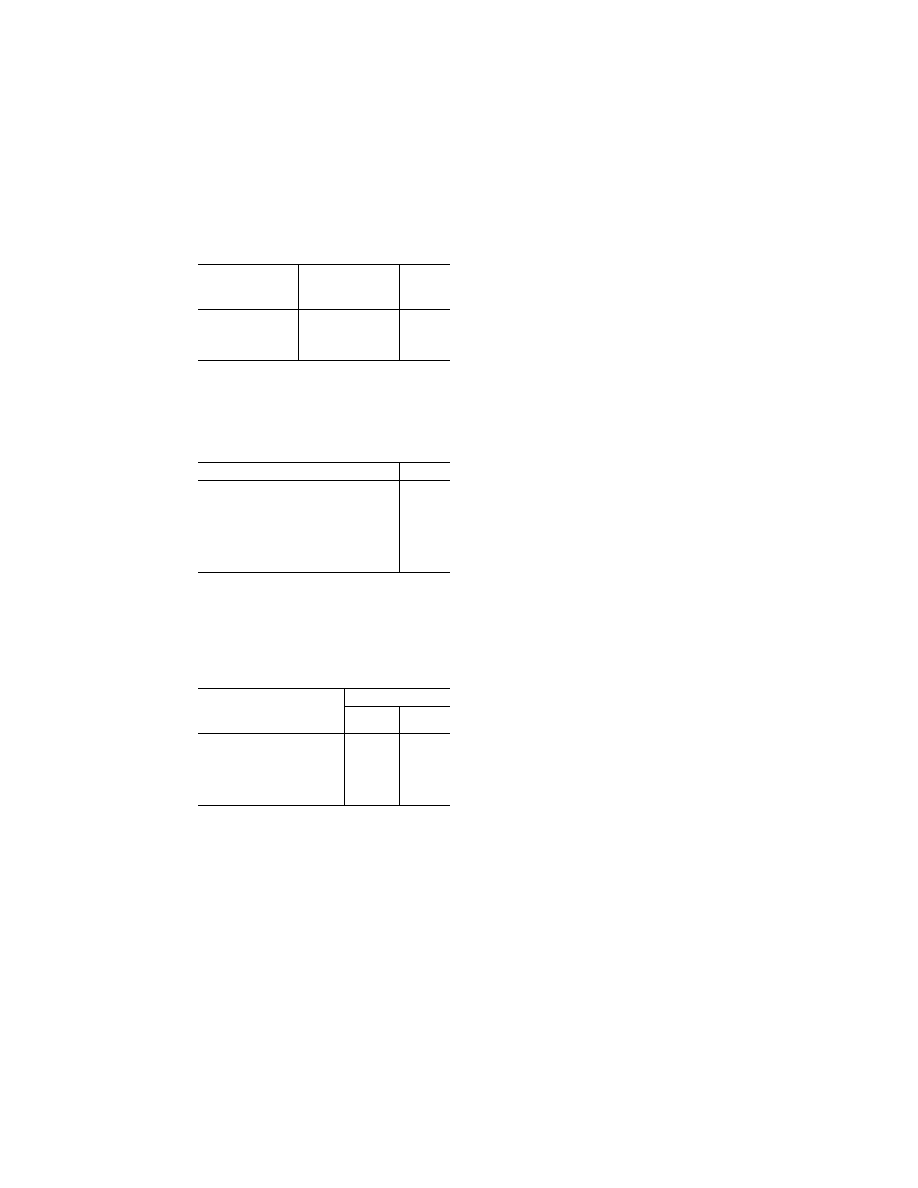
555
Federal Aviation Administration, DOT
§ 27.1401
Dihedral angle (light in-
cluded)
Angle from right or left
of longitudinal axis,
measured from dead
ahead
Intensity
(candles)
L and R (forward red
and green).
10
°
to 10
°
...................
10
°
to 20
°
...................
20
°
to 110
°
.................
40
30
5
A (rear white) ..............
110
°
to 180
°
...............
20
§ 27.1393
Minimum intensities in any
vertical plane of forward and rear
position lights.
Each position light intensity must
equal or exceed the applicable values in
the following table:
Angle above or below the horizontal plane
Intensity, l
0
°
.........................................................................
1.00
0
°
to 5
°
................................................................
0.90
5
°
to 10
°
..............................................................
0.80
10
°
to 15
°
............................................................
0.70
15
°
to 20
°
............................................................
0.50
20
°
to 30
°
............................................................
0.30
30
°
to 40
°
............................................................
0.10
40
°
to 90
°
............................................................
0.05
§ 27.1395
Maximum intensities in over-
lapping beams of forward and rear
position lights.
No position light intensity may ex-
ceed the applicable values in the fol-
lowing table, except as provided in
§ 27.1389(b)(3).
Overlaps
Maximum Intensity
Area A
(candles)
Area B
(candles)
Green in dihedral angle L .............
10 1
Red in dihedral angle R ................
10 1
Green in dihedral angle A .............
5 1
Red in dihedral angle A ................
5 1
Rear white in dihedral angle L ......
5 1
Rear white in dihedral angle R .....
5 1
Where—
(a) Area A includes all directions in
the adjacent dihedral angle that pass
through the light source and intersect
the common boundary plane at more
than 10 degrees but less than 20 de-
grees, and
(b) Area B includes all directions in
the adjacent dihedral angle that pass
through the light source and intersect
the common boundary plane at more
than 20 degrees.
§ 27.1397
Color specifications.
Each position light color must have
the applicable International Commis-
sion on Illumination chromaticity co-
ordinates as follows:
(a)
Aviation red—
y is not greater than 0.335; and
z is not greater than 0.002.
(b)
Aviation green—
x is not greater than 0.440
¥
0.320
y;
x is not greater than y
¥
0.170; and
y is not less than 0.390
¥
0.170
x.
(c)
Aviation white—
x is not less than 0.300 and not greater than
0.540;
y is not less than x
¥
0.040’’ or
y
c
¥
0.010,
whichever is the smaller; and
y is not greater than x + 0.020 nor
0.636
¥
0.400
x;
Where
y
c
is the
y coordinate of the Planck-
ian radiator for the value of
x considered.
[Doc. No. 5074, 29 FR 15695, Nov. 24, 1964, as
amended by Amdt. 27–6, 36 FR 12972, July 10,
1971]
§ 27.1399
Riding light.
(a) Each riding light required for
water operation must be installed so
that it can—
(1) Show a white light for at least
two nautical miles at night under clear
atmospheric conditions; and
(2) Show a maximum practicable un-
broken light with the rotorcraft on the
water.
(b) Externally hung lights may be
used.
[Doc. No. 5074, 29 FR 15695, Nov. 24, 1964, as
amended by Amdt. 27–2, 33 FR 964, Jan. 26,
1968]
§ 27.1401
Anticollision light system.
(a)
General. If certification for night
operation is requested, the rotorcraft
must have an anticollision light sys-
tem that—
(1) Consists of one or more approved
anticollision lights located so that
their emitted light will not impair the
crew’s vision or detract from the con-
spicuity of the position lights; and
(2) Meets the requirements of para-
graphs (b) through (f) of this section.
(b)
Field of coverage. The system must
consist of enough lights to illuminate
the vital areas around the rotorcraft,
considering the physical configuration
and flight characteristics of the rotor-
craft. The field of coverage must ex-
tend in each direction within at least
30 degrees below the horizontal plane of
the rotorcraft, except that there may
VerDate Sep<11>2014
09:06 Jun 28, 2024
Jkt 262046
PO 00000
Frm 00565
Fmt 8010
Sfmt 8010
Y:\SGML\262046.XXX
262046
jspears on DSK121TN23PROD with CFR

556
14 CFR Ch. I (1–1–24 Edition)
§ 27.1411
be solid angles of obstructed visibility
totaling not more than 0.5 steradians.
(c)
Flashing characteristics. The ar-
rangement of the system, that is, the
number of light sources, beam width,
speed of rotation, and other character-
istics, must give an effective flash fre-
quency of not less than 40, nor more
than 100, cycles per minute. The effec-
tive flash frequency is the frequency at
which the rotorcraft’s complete anti-
collision light system is observed from
a distance, and applies to each sector
of light including any overlaps that
exist when the system consists of more
than one light source. In overlaps,
flash frequencies may exceed 100, but
not 180, cycles per minute.
(d)
Color. Each anticollision light
must be aviation red and must meet
the applicable requirements of § 27.1397.
(e)
Light intensity. The minimum
light intensities in any vertical plane,
measured with the red filter (if used)
and expressed in terms of ‘‘effective’’
intensities, must meet the require-
ments of paragraph (f) of this section.
The following relation must be as-
sumed:
I
I t dt
t
t
e
t
t
=
+
−
(
)
∫
( )
.
1
2
0 2
2
1
where:
I
e
= effective intensity (candles).
I(t) = instantaneous intensity as a function
of time.
t
2
¥
t
1
= flash time interval (seconds).
Normally, the maximum value of effective
intensity is obtained when
t
2
and
t
1
are cho-
sen so that the effective intensity is equal to
the instantaneous intensity at
t
2
and
t
1
.
(f)
Minimum effective intensities for
anticollision light. Each anticollision
light effective intensity must equal or
exceed the applicable values in the fol-
lowing table:
Angle above or below the horizontal plane
Effective
intensity
(candles)
0
°
to 5
°
................................................................
150
5
°
to 10
°
..............................................................
90
10
°
to 20
°
............................................................
30
20
°
to 30
°
............................................................
15
[Doc. No. 5074, 29 FR 15695, Nov. 24, 1964, as
amended by Amdt. 27–6, 36 FR 12972, July 10,
1971; Amdt. 27–10, 41 FR 5290, Feb. 5, 1976]
S
AFETY
E
QUIPMENT
§ 27.1411
General.
(a) Required safety equipment to be
used by the crew in an emergency, such
as flares and automatic liferaft re-
leases, must be readily accessible.
(b) Stowage provisions for required
safety equipment must be furnished
and must—
(1) Be arranged so that the equip-
ment is directly accessible and its loca-
tion is obvious; and
(2) Protect the safety equipment
from damage caused by being subjected
to the inertia loads specified in § 27.561.
[Doc. No. 5074, 29 FR 15695, Nov. 24, 1964, as
amended by Amdt. 27–11, 41 FR 55470, Dec. 20,
1976]
§ 27.1413
Safety belts.
Each safety belt must be equipped
with a metal to metal latching device.
(Secs. 313, 314, and 601 through 610 of the Fed-
eral Aviation Act of 1958 (49 U.S.C. 1354, 1355,
and 1421 through 1430) and sec. 6(c), Dept. of
Transportation Act (49 U.S.C. 1655(c)))
[Doc. No. 5074, 29 FR 15695, Nov. 24, 1964, as
amended by Amdt. 27–15, 43 FR 46233, Oct. 5,
1978; Amdt. 27–21, 49 FR 44435, Nov. 6, 1984]
§ 27.1415
Ditching equipment.
(a) Emergency flotation and sig-
naling equipment required by any oper-
ating rule in this chapter must meet
the requirements of this section.
(b) Each raft and each life preserver
must be approved and must be installed
so that it is readily available to the
crew and passengers. The storage pro-
visions for life preservers must accom-
modate one life preserver for each oc-
cupant for which certification for
ditching is requested.
(c) Each raft released automatically
or by the pilot must be attached to the
rotorcraft by a line to keep it alongside
the rotorcraft. This line must be weak
enough to break before submerging the
empty raft to which it is attached.
(d) Each signaling device must be
free from hazard in its operation and
must be installed in an accessible loca-
tion.
[Doc. No. 5074, 29 FR 15695, Nov. 24, 1964, as
amended by Amdt. 27–11, 41 FR 55470, Dec. 20,
1976]
VerDate Sep<11>2014
09:06 Jun 28, 2024
Jkt 262046
PO 00000
Frm 00566
Fmt 8010
Sfmt 8010
Y:\SGML\262046.XXX
262046
EC28SE91.086</MATH>
jspears on DSK121TN23PROD with CFR
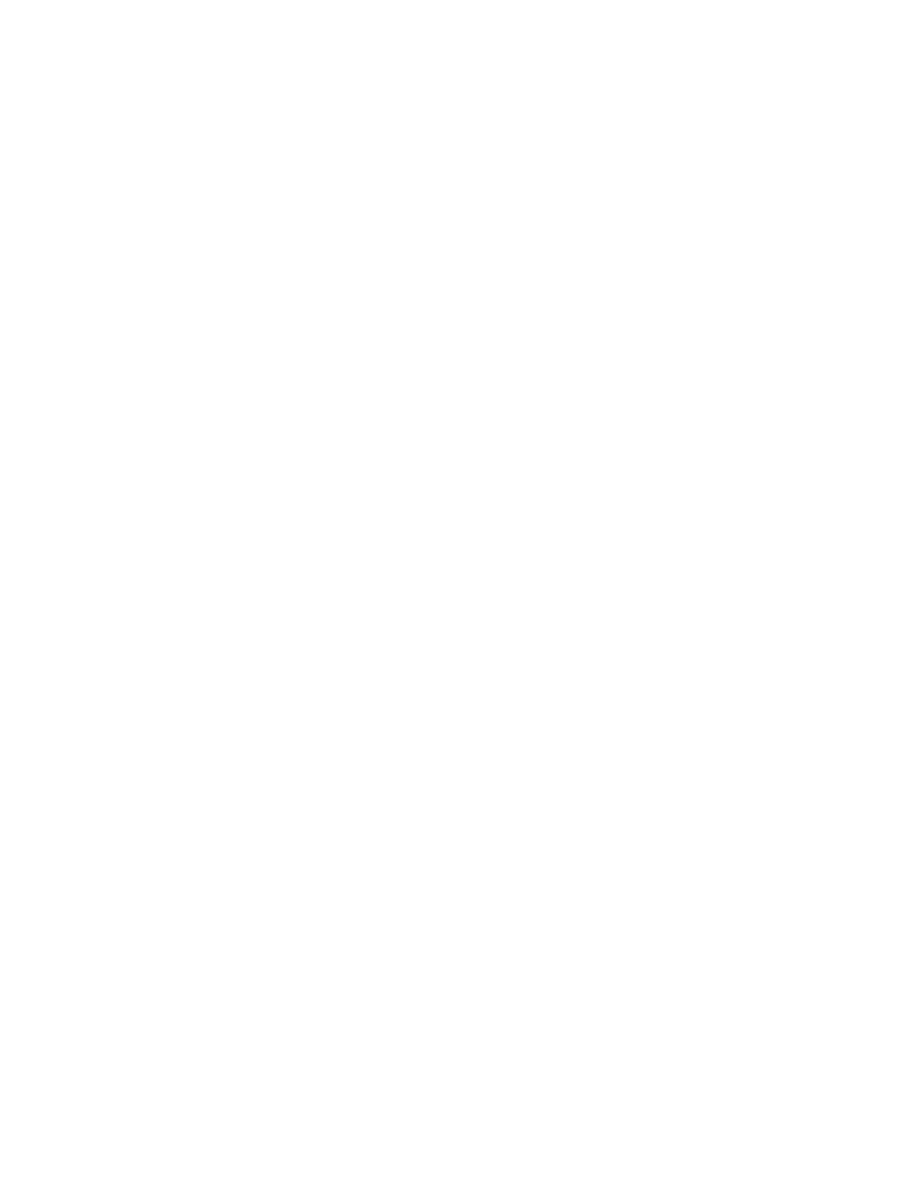
557
Federal Aviation Administration, DOT
§ 27.1457
§ 27.1419
Ice protection.
(a) To obtain certification for flight
into icing conditions, compliance with
this section must be shown.
(b) It must be demonstrated that the
rotorcraft can be safely operated in the
continuous maximum and intermittent
maximum icing conditions determined
under appendix C of Part 29 of this
chapter within the rotorcraft altitude
envelope. An analysis must be per-
formed to establish, on the basis of the
rotorcraft’s operational needs, the ade-
quacy of the ice protection system for
the various components of the rotor-
craft.
(c) In addition to the analysis and
physical evaluation prescribed in para-
graph (b) of this section, the effective-
ness of the ice protection system and
its components must be shown by
flight tests of the rotorcraft or its com-
ponents in measured natural atmos-
pheric icing conditions and by one or
more of the following tests as found
necessary to determine the adequacy of
the ice protection system:
(1) Laboratory dry air or simulated
icing tests, or a combination of both, of
the components or models of the com-
ponents.
(2) Flight dry air tests of the ice pro-
tection system as a whole, or its indi-
vidual components.
(3) Flight tests of the rotorcraft or
its components in measured simulated
icing conditions.
(d) The ice protection provisions of
this section are considered to be appli-
cable primarily to the airframe. Power-
plant installation requirements are
contained in Subpart E of this part.
(e) A means must be indentified or
provided for determining the formation
of ice on critical parts of the rotor-
craft. Unless otherwise restricted, the
means must be available for nighttime
as well as daytime operation. The
rotorcraft flight manual must describe
the means of determining ice forma-
tion and must contain information nec-
essary for safe operation of the rotor-
craft in icing conditions.
[Amdt. 27–19, 48 FR 4389, Jan. 31, 1983]
§ 27.1435
Hydraulic systems.
(a)
Design. Each hydraulic system
and its elements must withstand, with-
out yielding, any structural loads ex-
pected in addition to hydraulic loads.
(b)
Tests. Each system must be sub-
stantiated by proof pressure tests.
When proof tested, no part of any sys-
tem may fail, malfunction, or experi-
ence a permanent set. The proof load of
each system must be at least 1.5 times
the maximum operating pressure of
that system.
(c)
Accumulators. No hydraulic accu-
mulator or pressurized reservoir may
be installed on the engine side of any
firewall unless it is an integral part of
an engine.
§ 27.1457
Cockpit voice recorders.
(a) Each cockpit voice recorder re-
quired by the operating rules of this
chapter must be approved, and must be
installed so that it will record the fol-
lowing:
(1) Voice communications trans-
mitted from or received in the rotor-
craft by radio.
(2) Voice communications of flight
crewmembers on the flight deck.
(3) Voice communications of flight
crewmembers on the flight deck, using
the rotorcraft’s interphone system.
(4) Voice or audio signals identifying
navigation or approach aids introduced
into a headset or speaker.
(5) Voice communications of flight
crewmembers using the passenger loud-
speaker system, if there is such a sys-
tem, and if the fourth channel is avail-
able in accordance with the require-
ments of paragraph (c)(4)(ii) of this sec-
tion.
(6) If datalink communication equip-
ment is installed, all datalink commu-
nications, using an approved data mes-
sage set. Datalink messages must be
recorded as the output signal from the
communications unit that translates
the signal into usable data.
(b) The recording requirements of
paragraph (a)(2) of this section may be
met:
(1) By installing a cockpit-mounted
area microphone located in the best po-
sition for recording voice communica-
tions originating at the first and sec-
ond pilot stations and voice commu-
nications of other crewmembers on the
flight deck when directed to those sta-
tions; or
VerDate Sep<11>2014
09:06 Jun 28, 2024
Jkt 262046
PO 00000
Frm 00567
Fmt 8010
Sfmt 8010
Y:\SGML\262046.XXX
262046
jspears on DSK121TN23PROD with CFR
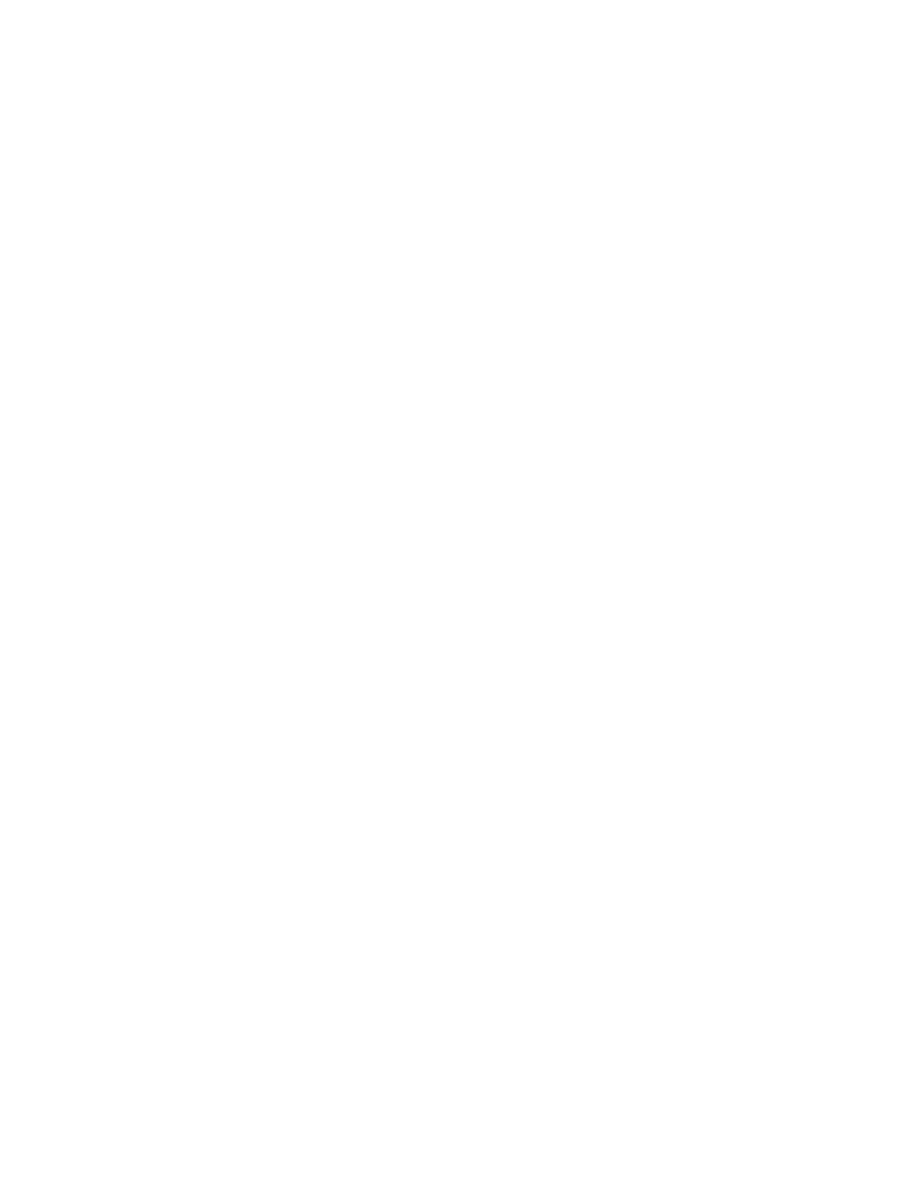
558
14 CFR Ch. I (1–1–24 Edition)
§ 27.1457
(2) By installing a continually ener-
gized or voice-actuated lip microphone
at the first and second pilot stations.
The microphone specified in this
paragraph must be so located and, if
necessary, the preamplifiers and filters
of the recorder must be adjusted or
supplemented so that the recorded
communications are intelligible when
recorded under flight cockpit noise
conditions and played back. The level
of intelligibility must be approved by
the Administrator. Repeated aural or
visual playback of the record may be
used in evaluating intelligibility.
(c) Each cockpit voice recorder must
be installed so that the part of the
communication or audio signals speci-
fied in paragraph (a) of this section ob-
tained from each of the following
sources is recorded on a separate chan-
nel:
(1) For the first channel, from each
microphone, headset, or speaker used
at the first pilot station.
(2) For the second channel, from each
microphone, headset, or speaker used
at the second pilot station.
(3) For the third channel, from the
cockpit-mounted area microphone, or
the continually energized or voice-ac-
tuated lip microphone at the first and
second pilot stations.
(4) For the fourth channel, from:
(i) Each microphone, headset, or
speaker used at the stations for the
third and fourth crewmembers; or
(ii) If the stations specified in para-
graph (c)(4)(i) of this section are not re-
quired or if the signal at such a station
is picked up by another channel, each
microphone on the flight deck that is
used with the passenger loudspeaker
system if its signals are not picked up
by another channel.
(iii) Each microphone on the flight
deck that is used with the rotorcraft’s
loudspeaker system if its signals are
not picked up by another channel.
(d) Each cockpit voice recorder must
be installed so that:
(1)(i) It receives its electrical power
from the bus that provides the max-
imum reliability for operation of the
cockpit voice recorder without jeopard-
izing service to essential or emergency
loads.
(ii) It remains powered for as long as
possible without jeopardizing emer-
gency operation of the rotorcraft.
(2) There is an automatic means to
simultaneously stop the recorder and
prevent each erasure feature from func-
tioning, within 10 minutes after crash
impact;
(3) There is an aural or visual means
for preflight checking of the recorder
for proper operation;
(4) Whether the cockpit voice re-
corder and digital flight data recorder
are installed in separate boxes or in a
combination unit, no single electrical
failure external to the recorder may
disable both the cockpit voice recorder
and the digital flight data recorder;
and
(5) It has an independent power
source—
(i) That provides 10
±
1 minutes of
electrical power to operate both the
cockpit voice recorder and cockpit-
mounted area microphone;
(ii) That is located as close as prac-
ticable to the cockpit voice recorder;
and
(iii) To which the cockpit voice re-
corder and cockpit-mounted area
microphone are switched automati-
cally in the event that all other power
to the cockpit voice recorder is inter-
rupted either by normal shutdown or
by any other loss of power to the elec-
trical power bus.
(e) The record container must be lo-
cated and mounted to minimize the
probability of rupture of the container
as a result of crash impact and con-
sequent heat damage to the record
from fire.
(f) If the cockpit voice recorder has a
bulk erasure device, the installation
must be designed to minimize the prob-
ability of inadvertent operation and ac-
tuation of the device during crash im-
pact.
(g) Each recorder container must be
either bright orange or bright yellow.
(h) When both a cockpit voice re-
corder and a flight data recorder are
required by the operating rules, one
combination unit may be installed,
provided that all other requirements of
this section and the requirements for
VerDate Sep<11>2014
09:06 Jun 28, 2024
Jkt 262046
PO 00000
Frm 00568
Fmt 8010
Sfmt 8010
Y:\SGML\262046.XXX
262046
jspears on DSK121TN23PROD with CFR
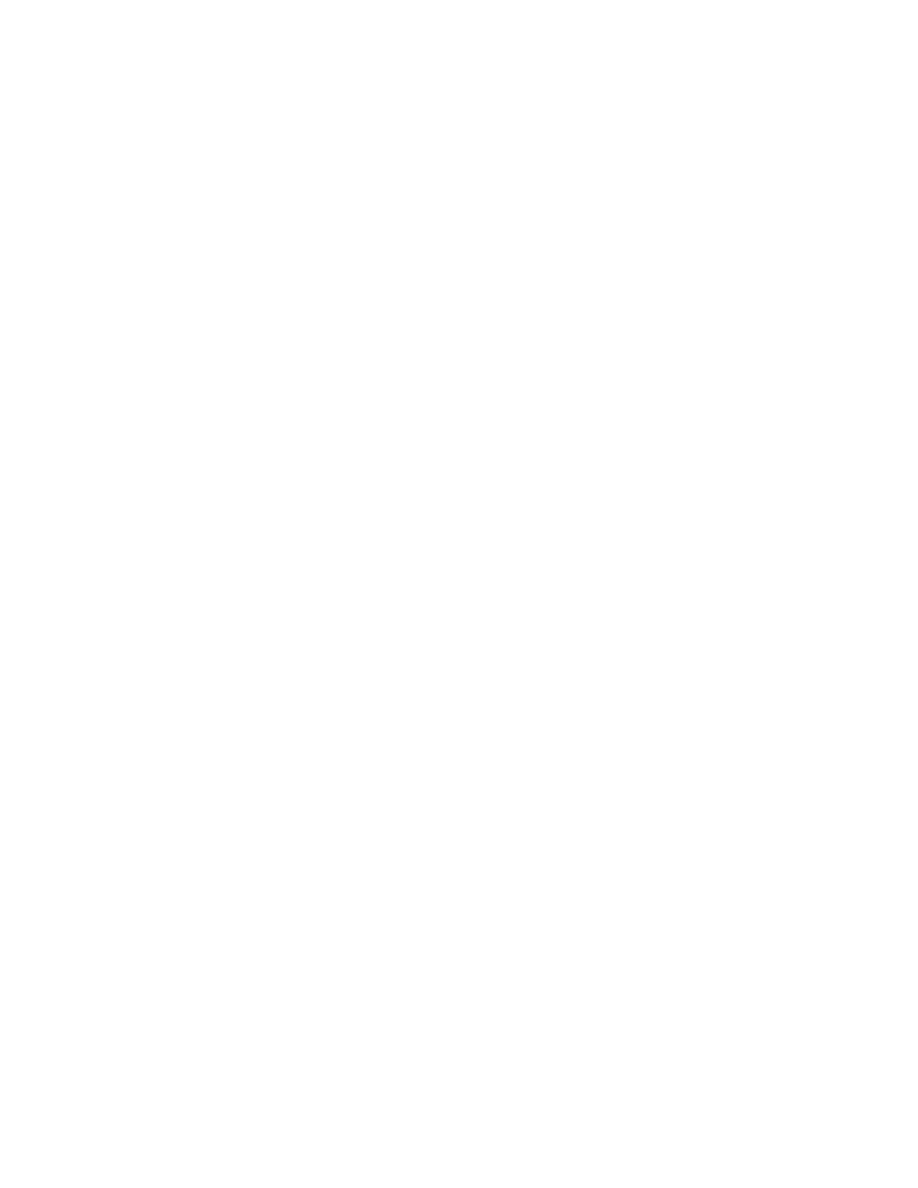
559
Federal Aviation Administration, DOT
§ 27.1461
flight data recorders under this part
are met.
[Amdt. 27–22, 53 FR 26144, July 11, 1988, as
amended by Amdt. 27–43, 73 FR 12563, Mar. 7,
2008; 74 FR 32800, July 9, 2009; Amdt. 27–45, 75
FR 17045, Apr. 5, 2010]
§ 27.1459
Flight data recorders.
(a) Each flight recorder required by
the operating rules of Subchapter G of
this chapter must be installed so that:
(1) It is supplied with airspeed, alti-
tude, and directional data obtained
from sources that meet the accuracy
requirements of §§ 27.1323, 27.1325, and
27.1327 of this part, as applicable;
(2) The vertical acceleration sensor is
rigidly attached, and located longitu-
dinally within the approved center of
gravity limits of the rotorcraft;
(3)(i) It receives its electrical power
from the bus that provides the max-
imum reliability for operation of the
flight data recorder without jeopard-
izing service to essential or emergency
loads.
(ii) It remains powered for as long as
possible without jeopardizing emer-
gency operation of the rotorcraft.
(4) There is an aural or visual means
for preflight checking of the recorder
for proper recording of data in the stor-
age medium;
(5) Except for recorders powered sole-
ly by the engine-driven electrical gen-
erator system, there is an automatic
means to simultaneously stop a re-
corder that has a data erasure feature
and prevent each erasure feature from
functioning, within 10 minutes after
any crash impact; and
(6) Whether the cockpit voice re-
corder and digital flight data recorder
are installed in separate boxes or in a
combination unit, no single electrical
failure external to the recorder may
disable both the cockpit voice recorder
and the digital flight data recorder.
(b) Each nonejectable recorder con-
tainer must be located and mounted so
as to minimize the probability of con-
tainer rupture resulting from crash im-
pact and subsequent damage to the
record from fire.
(c) A correlation must be established
between the flight recorder readings of
airspeed, altitude, and heading and the
corresponding readings (taking into ac-
count correction factors) of the first pi-
lot’s instruments. This correlation
must cover the airspeed range over
which the aircraft is to be operated,
the range of altitude to which the air-
craft is limited, and 360 degrees of
heading. Correlation may be estab-
lished on the ground as appropriate.
(d) Each recorder container must:
(1) Be either bright orange or bright
yellow;
(2) Have a reflective tape affixed to
its external surface to facilitate its lo-
cation under water; and
(3) Have an underwater locating de-
vice, when required by the operating
rules of this chapter, on or adjacent to
the container which is secured in such
a manner that they are not likely to be
separated during crash impact.
(e) When both a cockpit voice re-
corder and a flight data recorder are
required by the operating rules, one
combination unit may be installed,
provided that all other requirements of
this section and the requirements for
cockpit voice recorders under this part
are met.
[Amdt. 27–22, 53 FR 26144, July 11, 1988, as
amended by Amdt. 27–43, 73 FR 12564, Mar. 7,
2008; 74 FR 32800, July 9, 2009; Amdt. 27–45, 75
FR 17045, Apr. 5, 2010]
§ 27.1461
Equipment containing high
energy rotors.
(a) Equipment containing high en-
ergy rotors must meet paragraph (b),
(c), or (d) of this section.
(b) High energy rotors contained in
equipment must be able to withstand
damage caused by malfunctions, vibra-
tion, abnormal speeds, and abnormal
temperatures. In addition—
(1) Auxiliary rotor cases must be able
to contain damage caused by the fail-
ure of high energy rotor blades; and
(2) Equipment control devices, sys-
tems, and instrumentation must rea-
sonably ensure that no operating limi-
tations affecting the integrity of high
energy rotors will be exceeded in serv-
ice.
(c) It must be shown by test that
equipment containing high energy ro-
tors can contain any failure of a high
energy rotor that occurs at the highest
speed obtainable with the normal speed
control devices inoperative.
(d) Equipment containing high en-
ergy rotors must be located where
VerDate Sep<11>2014
09:06 Jun 28, 2024
Jkt 262046
PO 00000
Frm 00569
Fmt 8010
Sfmt 8010
Y:\SGML\262046.XXX
262046
jspears on DSK121TN23PROD with CFR
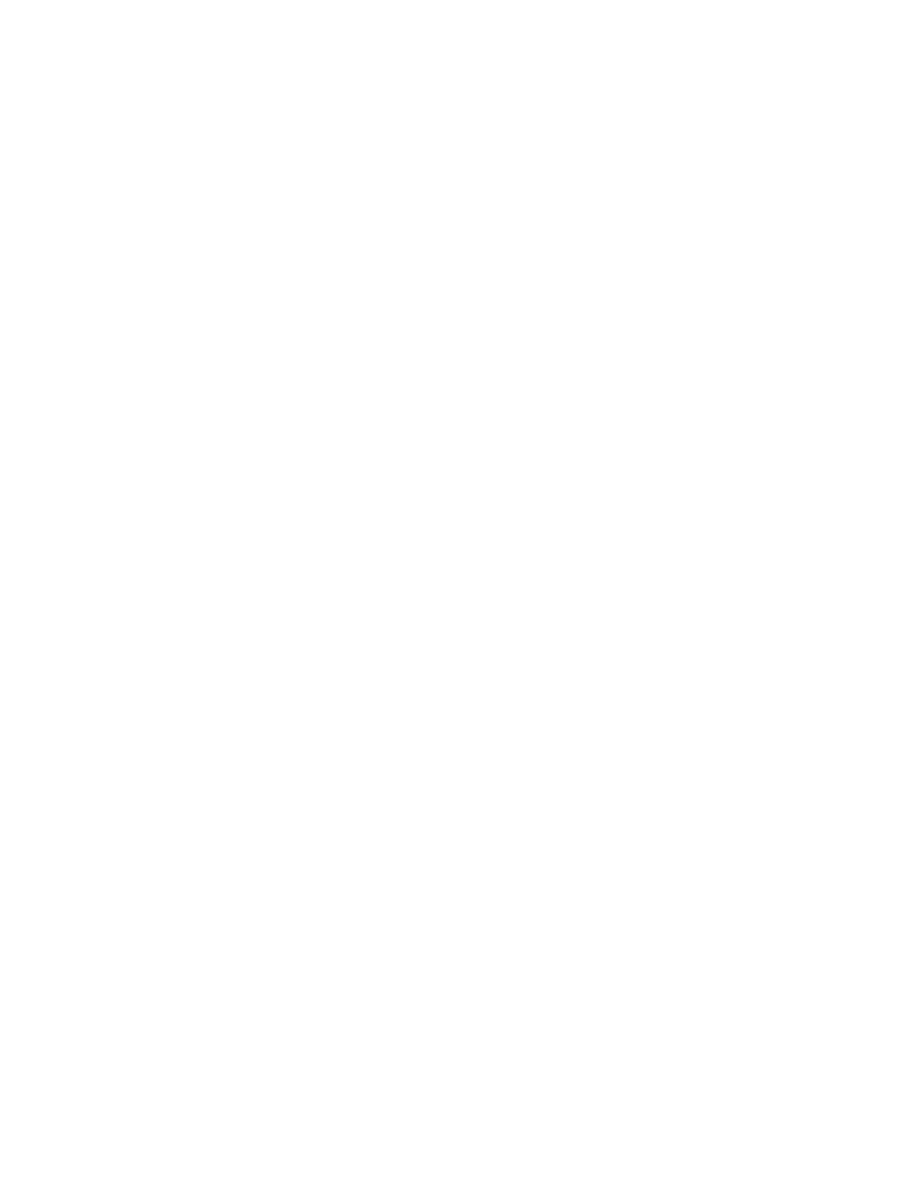
560
14 CFR Ch. I (1–1–24 Edition)
§ 27.1501
rotor failure will neither endanger the
occupants nor adversely affect contin-
ued safe flight.
[Amdt. 27–2, 33 FR 964, Jan. 26, 1968]
Subpart G—Operating Limitations
and Information
§ 27.1501
General.
(a) Each operating limitation speci-
fied in §§ 27.1503 through 27.1525 and
other limitations and information nec-
essary for safe operation must be es-
tablished.
(b) The operating limitations and
other information necessary for safe
operation must be made available to
the crewmembers as prescribed in
§§ 27.1541 through 27.1589.
(Secs. 313(a), 601, 603, 604, and 605 of the Fed-
eral Aviation Act of 1958 (49 U.S.C. 1354(a),
1421, 1423, 1424, and 1425); and sec. 6(c) of the
Dept. of Transportation Act (49 U.S.C.
1655(c)))
[Amdt. 27–14, 43 FR 2325, Jan. 16, 1978]
O
PERATING
L
IMITATIONS
§ 27.1503
Airspeed limitations: general.
(a) An operating speed range must be
established.
(b) When airspeed limitations are a
function of weight, weight distribution,
altitude, rotor speed, power, or other
factors, airspeed limitations cor-
responding with the critical combina-
tions of these factors must be estab-
lished.
§ 27.1505
Never-exceed speed.
(a) The never-exceed speed, V
NE,
must
be established so that it is—
(1) Not less than 40 knots (CAS); and
(2) Not more than the lesser of—
(i) 0.9 times the maximum forward
speeds established under § 27.309;
(ii) 0.9 times the maximum speed
shown under §§ 27.251 and 27.629; or
(iii) 0.9 times the maximum speed
substantiated for advancing blade tip
mach number effects.
(b) V
NE
may vary with altitude,
r.p.m., temperature, and weight, if—
(1) No more than two of these vari-
ables (or no more than two instru-
ments integrating more than one of
these variables) are used at one time;
and
(2) The ranges of these variables (or
of the indications on instruments inte-
grating more than one of these vari-
ables) are large enough to allow an
operationally practical and safe vari-
ation of V
NE
.
(c) For helicopters, a stabilized
power-off V
NE
denoted as V
NE
(power-
off) may be established at a speed less
than V
NE
established pursuant to para-
graph (a) of this section, if the fol-
lowing conditions are met:
(1) V
NE
(power-off) is not less than a
speed midway between the power-on
V
NE
and the speed used in meeting the
requirements of—
(i) § 27.65(b) for single engine heli-
copters; and
(ii) § 27.67 for multiengine heli-
copters.
(2) V
NE
(power-off) is—
(i) A constant airspeed;
(ii) A constant amount less than
power-on V
NE
; or
(iii) A constant airspeed for a portion
of the altitude range for which certifi-
cation is requested, and a constant
amount less than power-on V
NE
for the
remainder of the altitude range.
(Secs. 313(a), 601, 603, 604, and 605 of the Fed-
eral Aviation Act of 1958 (49 U.S.C. 1354(a),
1421, 1423, 1424, and 1425); and sec. 6(c) of the
Dept. of Transportation Act (49 U.S.C.
1655(c)))
[Amdt. 27–2, 33 FR 964, Jan. 26, 1968, and
Amdt. 27–14, 43 FR 2325, Jan. 16, 1978; Amdt.
27–21, 49 FR 44435, Nov. 6, 1984]
§ 27.1509
Rotor speed.
(a)
Maximum power-off (autorotation).
The maximum power-off rotor speed
must be established so that it does not
exceed 95 percent of the lesser of—
(1) The maximum design r.p.m. deter-
mined under § 27.309(b); and
(2) The maximum r.p.m. shown dur-
ing the type tests.
(b)
Minimum power off. The minimum
power-off rotor speed must be estab-
lished so that it is not less than 105
percent of the greater of—
(1) The minimum shown during the
type tests; and
(2) The minimum determined by de-
sign substantiation.
(c)
Minimum power on. The minimum
power-on rotor speed must be estab-
lished so that it is—
(1) Not less than the greater of—
VerDate Sep<11>2014
09:06 Jun 28, 2024
Jkt 262046
PO 00000
Frm 00570
Fmt 8010
Sfmt 8010
Y:\SGML\262046.XXX
262046
jspears on DSK121TN23PROD with CFR
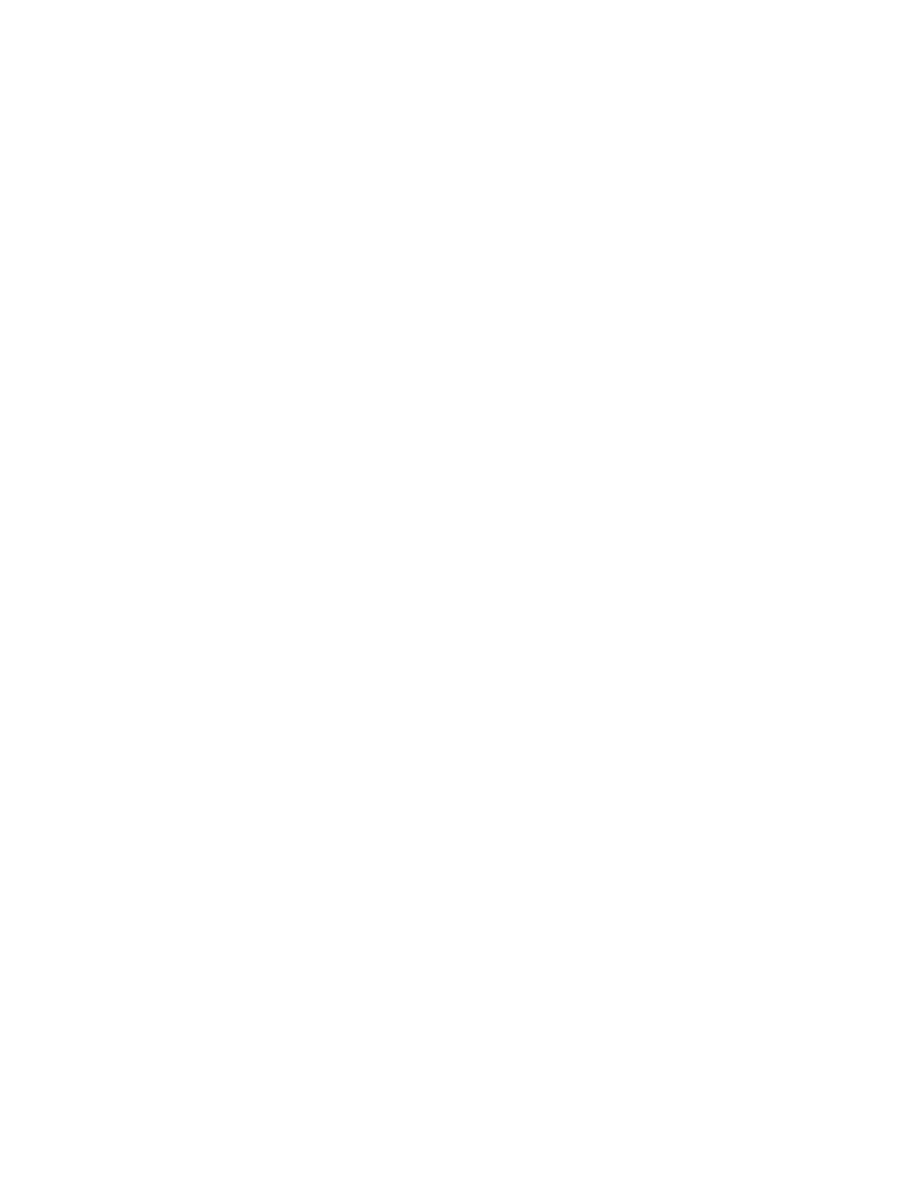
561
Federal Aviation Administration, DOT
§ 27.1521
(i) The minimum shown during the
type tests; and
(ii) The minimum determined by de-
sign substantiation; and
(2) Not more than a value determined
under § 27.33(a)(1) and (b)(1).
§ 27.1519
Weight and center of gravity.
The weight and center of gravity lim-
itations determined under §§ 27.25 and
27.27, respectively, must be established
as operating limitations.
[Amdt. 27–2, 33 FR 965, Jan. 26, 1968, as
amended by Amdt. 27–21, 49 FR 44435, Nov. 6,
1984]
§ 27.1521
Powerplant limitations.
(a)
General. The powerplant limita-
tions prescribed in this section must be
established so that they do not exceed
the corresponding limits for which the
engines are type certificated.
(b)
Takeoff operation. The powerplant
takeoff operation must be limited by—
(1) The maximum rotational speed,
which may not be greater than—
(i) The maximum value determined
by the rotor design; or
(ii) The maximum value shown dur-
ing the type tests;
(2) The maximum allowable manifold
pressure (for reciprocating engines);
(3) The time limit for the use of the
power corresponding to the limitations
established in paragraphs (b)(1) and (2)
of this section;
(4) If the time limit in paragraph
(b)(3) of this section exceeds two min-
utes, the maximum allowable cylinder
head, coolant outlet, or oil tempera-
tures;
(5) The gas temperature limits for
turbine engines over the range of oper-
ating and atmospheric conditions for
which certification is requested.
(c)
Continuous operation. The contin-
uous operation must be limited by—
(1) The maximum rotational speed
which may not be greater than—
(i) The maximum value determined
by the rotor design; or
(ii) The maximum value shown dur-
ing the type tests;
(2) The minimum rotational speed
shown under the rotor speed require-
ments in § 27.1509(c); and
(3) The gas temperature limits for
turbine engines over the range of oper-
ating and atmospheric conditions for
which certification is requested.
(d)
Fuel grade or designation. The min-
imum fuel grade (for reciprocating en-
gines), or fuel designation (for turbine
engines), must be established so that it
is not less than that required for the
operation of the engines within the
limitations in paragraphs (b) and (c) of
this section.
(e)
Turboshaft engine torque. For
rotorcraft with main rotors driven by
turboshaft engines, and that do not
have a torque limiting device in the
transmission system, the following
apply:
(1) A limit engine torque must be es-
tablished if the maximum torque that
the engine can exert is greater than—
(i) The torque that the rotor drive
system is designed to transmit; or
(ii) The torque that the main rotor
assembly is designed to withstand in
showing compliance with § 27.547(e).
(2) The limit engine torque estab-
lished under paragraph (e)(1) of this
section may not exceed either torque
specified in paragraph (e)(1)(i) or (ii) of
this section.
(f)
Ambient temperature. For turbine
engines, ambient temperature limita-
tions (including limitations for winter-
ization installations, if applicable)
must be established as the maximum
ambient atmospheric temperature at
which compliance with the cooling pro-
visions of §§ 27.1041 through 27.1045 is
shown.
(g)
Two and one-half-minute OEI power
operation. Unless otherwise authorized,
the use of 2
1
⁄
2
-minute OEI power must
be limited to engine failure operation
of multiengine, turbine-powered rotor-
craft for not longer than 2
1
⁄
2
minutes
after failure of an engine. The use of
2
1
⁄
2
-minute OEI power must also be lim-
ited by—
(1) The maximum rotational speed,
which may not be greater than—
(i) The maximum value determined
by the rotor design; or
(ii) The maximum demonstrated dur-
ing the type tests;
(2) The maximum allowable gas tem-
perature; and
(3) The maximum allowable torque.
(h)
Thirty-minute OEI power operation.
Unless otherwise authorized, the use of
30-minute OEI power must be limited
VerDate Sep<11>2014
09:06 Jun 28, 2024
Jkt 262046
PO 00000
Frm 00571
Fmt 8010
Sfmt 8010
Y:\SGML\262046.XXX
262046
jspears on DSK121TN23PROD with CFR
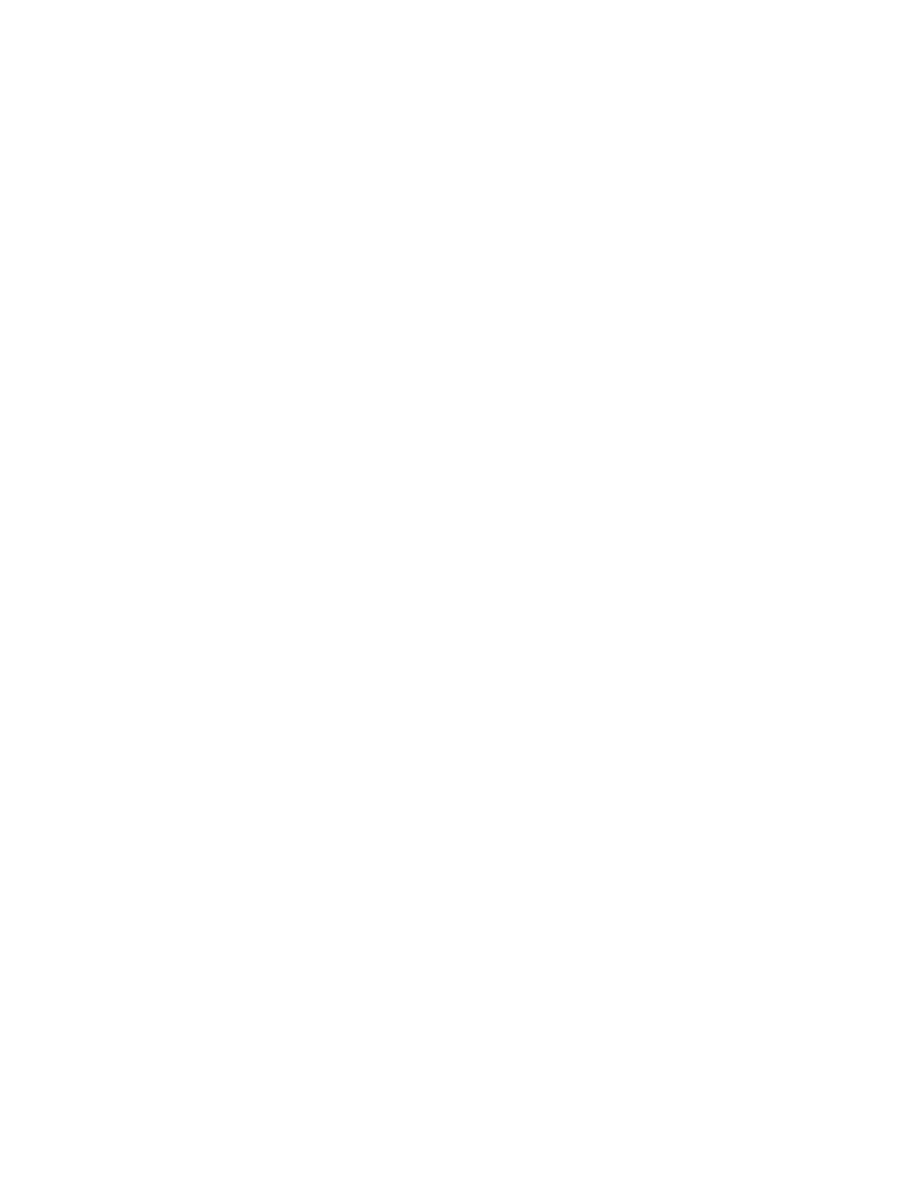
562
14 CFR Ch. I (1–1–24 Edition)
§ 27.1523
to multiengine, turbine-powered rotor-
craft for not longer than 30 minutes
after failure of an engine. The use of 30-
minute OEI power must also be limited
by—
(1) The maximum rotational speed,
which may not be greater than—
(i) The maximum value determined
by the rotor design; or
(ii) The maximum value dem-
onstrated during the type tests;
(2) The maximum allowable gas tem-
perature; and
(3) The maximum allowable torque.
(i)
Continuous OEI power operation.
Unless otherwise authorized, the use of
continuous OEI power must be limited
to multiengine, turbine-powered rotor-
craft for continued flight after failure
of an engine. The use of continuous
OEI power must also be limited by—
(1) The maximum rotational speed,
which may not be greater than—
(i) The maximum value determined
by the rotor design; or
(ii) The maximum value dem-
onstrated during the type tests;
(2) The maximum allowable gas tem-
perature; and
(3) The maximum allowable torque.
(j)
Rated 30-second OEI power oper-
ation. Rated 30-second OEI power is
permitted only on multiengine, tur-
bine-powered rotorcraft, also certifi-
cated for the use of rated 2-minute OEI
power, and can only be used for contin-
ued operation of the remaining en-
gine(s) after a failure or precautionary
shutdown of an engine. It must be
shown that following application of 30-
second OEI power, any damage will be
readily detectable by the applicable in-
spections and other related procedures
furnished in accordance with Section
A27.4 of appendix A of this part and
Section A33.4 of appendix A of part 33.
The use of 30-second OEI power must be
limited to not more than 30 seconds for
any period in which that power is used,
and by—
(1) The maximum rotational speed,
which may not be greater than—
(i) The maximum value determined
by the rotor design; or
(ii) The maximum value dem-
onstrated during the type tests;
(2) The maximum allowable gas tem-
perature; and
(3) The maximum allowable torque.
(k)
Rated 2-minute OEI power oper-
ation. Rated 2-minute OEI power is per-
mitted only on multiengine, turbine-
powered rotorcraft, also certificated
for the use of rated 30-second OEI
power, and can only be used for contin-
ued operation of the remaining en-
gine(s) after a failure or precautionary
shutdown of an engine. It must be
shown that following application of 2-
minute OEI power, any damage will be
readily detectable by the applicable in-
spections and other related procedures
furnished in accordance with Section
A27.4 of appendix A of this part and
Section A33.4 of appendix A of part 33.
The use of 2-minute OEI power must be
limited to not more than 2 minutes for
any period in which that power is used,
and by—
(1) The maximum rotational speed,
which may not be greater than—
(i) The maximum value determined
by the rotor design; or
(ii) The maximum value dem-
onstrated during the type tests;
(2) The maximum allowable gas tem-
perature; and
(3) The maximum allowable torque.
(Secs. 313(a), 601, 603, 604, and 605 of the Fed-
eral Aviation Act of 1958 (49 U.S.C. 1354(a),
1421, 1423, 1424, and 1425); and sec. 6(c) of the
Dept. of Transportation Act (49 U.S.C.
1655(c)))
[Doc. No. 5074, 29 FR 15695, Nov. 24, 1964, as
amended by Amdt. 27–14, 43 FR 2325, Jan. 16,
1978; Amdt. 27–23, 53 FR 34214, Sept. 2, 1988;
Amdt. 27–29, 59 FR 47767, Sept. 16, 1994]
§ 27.1523
Minimum flight crew.
The minimum flight crew must be es-
tablished so that it is sufficient for safe
operation, considering—
(a) The workload on individual crew-
members;
(b) The accessibility and ease of oper-
ation of necessary controls by the ap-
propriate crewmember; and
(c) The kinds of operation authorized
under § 27.1525.
§ 27.1525
Kinds of operations.
The kinds of operations (such as
VFR, IFR, day, night, or icing) for
which the rotorcraft is approved are es-
tablished by demonstrated compliance
VerDate Sep<11>2014
09:06 Jun 28, 2024
Jkt 262046
PO 00000
Frm 00572
Fmt 8010
Sfmt 8010
Y:\SGML\262046.XXX
262046
jspears on DSK121TN23PROD with CFR
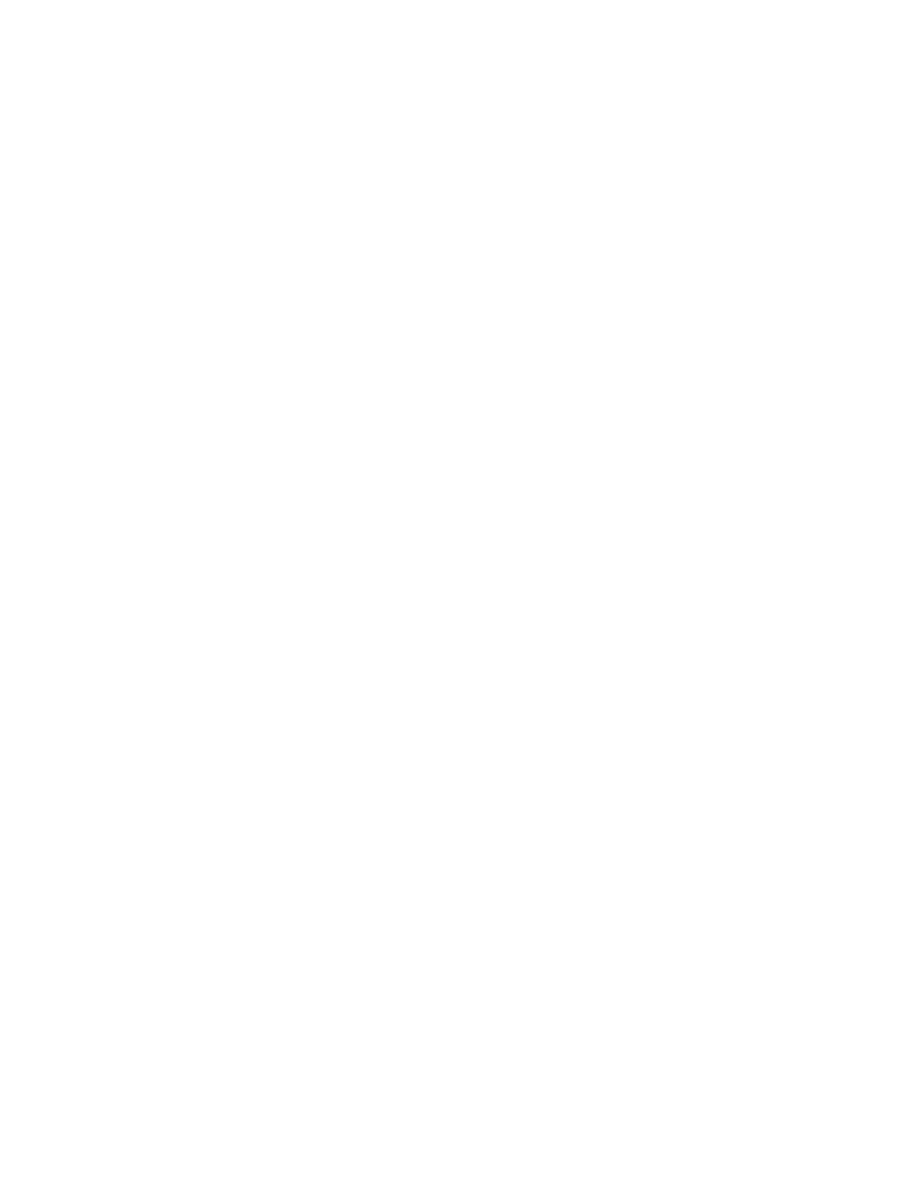
563
Federal Aviation Administration, DOT
§ 27.1547
with the applicable certification re-
quirements and by the installed equip-
ment.
[Amdt. 27–21, 49 FR 44435, Nov. 6, 1984]
§ 27.1527
Maximum operating altitude.
The maximum altitude up to which
operation is allowed, as limited by
flight, structural, powerplant, func-
tional, or equipment characteristics,
must be established.
(Secs. 313(a), 601, 603, 604, and 605 of the Fed-
eral Aviation Act of 1958 (49 U.S.C. 1354(a),
1421, 1423, 1424, and 1425); and sec. 6(c) of the
Dept. of Transportation Act (49 U.S.C.
1655(c)))
[Amdt. 27–14, 43 FR 2325, Jan. 16, 1978]
§ 27.1529
Instructions for Continued
Airworthiness.
The applicant must prepare Instruc-
tions for Continued Airworthiness in
accordance with appendix A to this
part that are acceptable to the Admin-
istrator. The instructions may be in-
complete at type certification if a pro-
gram exists to ensure their completion
prior to delivery of the first rotorcraft
or issuance of a standard certificate of
airworthiness, whichever occurs later.
[Amdt. 27–18, 45 FR 60177, Sept. 11, 1980]
M
ARKINGS AND
P
LACARDS
§ 27.1541
General.
(a) The rotorcraft must contain—
(1) The markings and placards speci-
fied in §§ 27.1545 through 27.1565, and
(2) Any additional information, in-
strument markings, and placards re-
quired for the safe operation of rotor-
craft with unusual design, operating or
handling characteristics.
(b) Each marking and placard pre-
scribed in paragraph (a) of this sec-
tion—
(1) Must be displayed in a con-
spicuous place; and
(2) May not be easily erased, dis-
figured, or obscured.
§ 27.1543
Instrument markings: gen-
eral.
For each instrument—
(a) When markings are on the cover
glass of the instrument, there must be
means to maintain the correct align-
ment of the glass cover with the face of
the dial; and
(b) Each arc and line must be wide
enough, and located, to be clearly visi-
ble to the pilot.
§ 27.1545
Airspeed indicator.
(a) Each airspeed indicator must be
marked as specified in paragraph (b) of
this section, with the marks located at
the corresponding indicated airspeeds.
(b) The following markings must be
made:
(1) A red line—
(i) For rotorcraft other than heli-
copters, at V
NE
.
(ii) For helicopters, at V
NE
(power-
on).
(iii) For helicopters, at V
NE
(power-
off). If V
NE
(power-off) is less than V
NE
(power-on) and both are simulta-
neously displayed, the red line at V
NE
(power-off) must be clearly distinguish-
able from the red line at V
NE
(power-
on).
(2) [Reserved]
(3) For the caution range, a yellow
range.
(4) For the normal operating range, a
green or unmarked range.
(Secs. 313(a), 601, 603, 604, and 605 of the Fed-
eral Aviation Act of 1958 (49 U.S.C. 1354(a),
1421, 1423, 1424, and 1425); and sec. 6(c) of the
Dept. of Transportation Act (49 U.S.C.
1655(c)))
[Doc. No. 5074, 29 FR 15695, Nov. 24, 1964, as
amended by Amdt. 27–14, 43 FR 2325, Jan. 16,
1978; 43 FR 3900, Jan. 30, 1978; Amdt. 27–16, 43
FR 50599, Oct. 30, 1978; Amdt. 27–51, 88 FR
8738, Feb. 10, 2023]
§ 27.1547
Magnetic direction indicator.
(a) A placard meeting the require-
ments of this section must be installed
on or near the magnetic direction indi-
cator.
(b) The placard must show the cali-
bration of the instrument in level
flight with the engines operating.
(c) The placard must state whether
the calibration was made with radio re-
ceivers on or off.
(d) Each calibration reading must be
in terms of magnetic heading in not
more than 45 degree increments.
(e) If a magnetic nonstabilized direc-
tion indicator can have a deviation of
more than 10 degrees caused by the op-
eration of electrical equipment, the
VerDate Sep<11>2014
09:06 Jun 28, 2024
Jkt 262046
PO 00000
Frm 00573
Fmt 8010
Sfmt 8010
Y:\SGML\262046.XXX
262046
jspears on DSK121TN23PROD with CFR
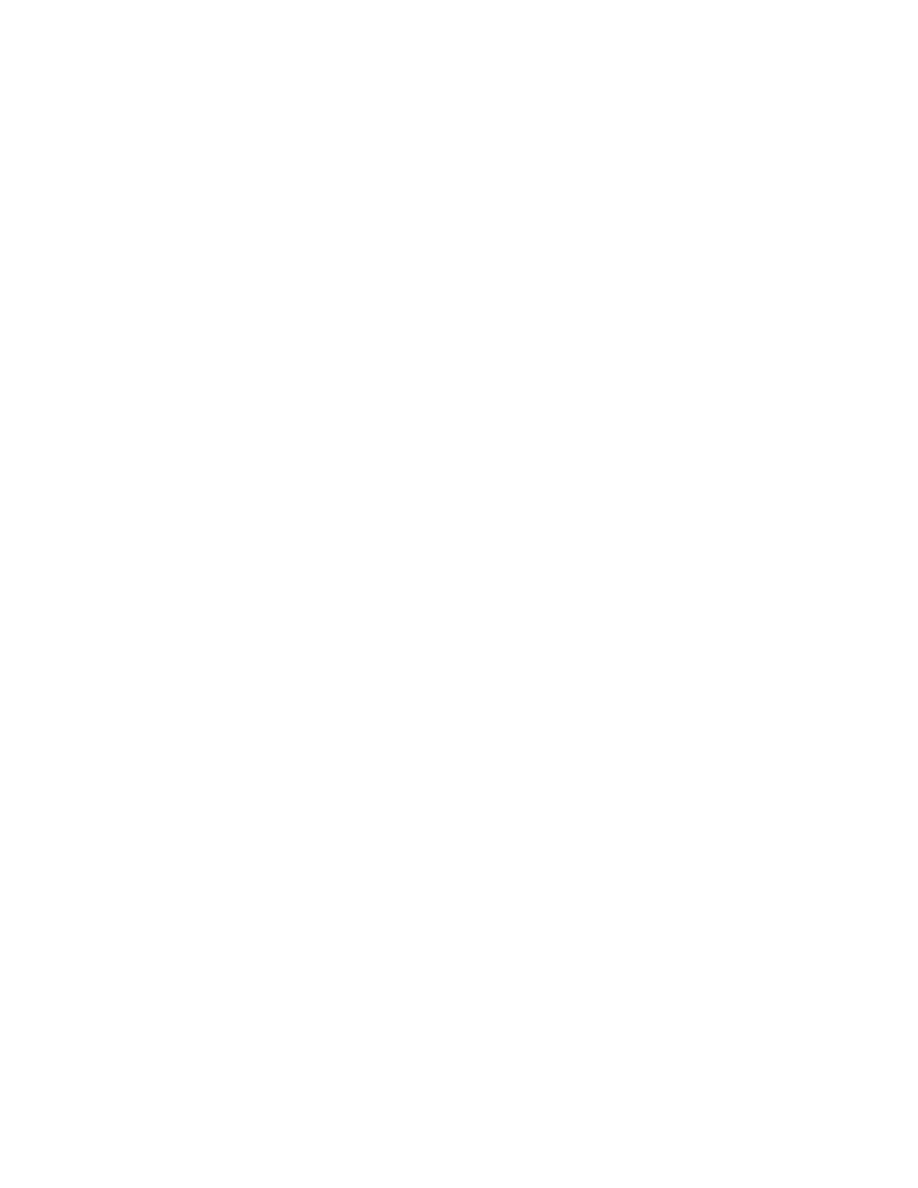
564
14 CFR Ch. I (1–1–24 Edition)
§ 27.1549
placard must state which electrical
loads, or combination of loads, would
cause a deviation of more than 10 de-
grees when turned on.
(Secs. 313(a), 601, 603, 604, and 605 of the Fed-
eral Aviation Act of 1958 (49 U.S.C. 1354(a),
1421, 1423, 1424, and 1425); and sec. 6(c) of the
Dept. of Transportation Act (49 U.S.C.
1655(c)))
[Doc. No. 5074, 29 FR 15695, Nov. 24, 1964, as
amended by Amdt. 27–13, 42 FR 36972, July 18,
1977]
§ 27.1549
Powerplant instruments.
For each required powerplant instru-
ment, as appropriate to the type of in-
strument—
(a) Each maximum and, if applicable,
minimum safe operating limit must be
marked with a red line;
(b) Each normal operating range
must be marked as a green or un-
marked range;
(c) Each takeoff and precautionary
range must be marked with a yellow
range or yellow line;
(d) Each engine or rotor range that is
restricted because of excessive vibra-
tion stresses must be marked with red
ranges or red lines; and
(e) Each OEI limit or approved oper-
ating range must be marked to be
clearly differentiated from the mark-
ings of paragraphs (a) through (d) of
this section except that no marking is
normally required for the 30-second
OEI limit.
[Amdt. 27–11, 41 FR 55470, Dec. 20, 1976, as
amended by Amdt. 27–23, 53 FR 34215, Sept. 2,
1988; Amdt. 27–29, 59 FR 47768, Sept. 16, 1994;
Amdt. 27–51, 88 FR 8738, Feb. 10, 2023]
§ 27.1551
Oil quantity indicator.
Each oil quantity indicator must be
marked with enough increments to in-
dicate readily and accurately the quan-
tity of oil.
§ 27.1553
Fuel quantity indicator.
If the unusable fuel supply for any
tank exceeds one gallon, or five per-
cent of the tank capacity, whichever is
greater, a red arc must be marked on
its indicator extending from the cali-
brated zero reading to the lowest read-
ing obtainable in level flight.
§ 27.1555
Control markings.
(a) Each cockpit control, other than
primary flight controls or control
whose function is obvious, must be
plainly marked as to its function and
method of operation.
(b) For powerplant fuel controls—
(1) Each fuel tank selector control
must be marked to indicate the posi-
tion corresponding to each tank and to
each existing cross feed position;
(2) If safe operation requires the use
of any tanks in a specific sequence,
that sequence must be marked on, or
adjacent to, the selector for those
tanks; and
(3) Each valve control for any engine
of a multiengine rotorcraft must be
marked to indicate the position cor-
responding to each engine controlled.
(c) Usable fuel capacity must be
marked as follows:
(1) For fuel systems having no selec-
tor controls, the usable fuel capacity of
the system must be indicated at the
fuel quantity indicator unless it is:
(i) Provided by another system or
equipment readily accessible to the
pilot; and
(ii) Contained in the limitations sec-
tion of the rotorcraft flight manual.
(2) For fuel systems having selector
controls, the usable fuel capacity
available at each selector control posi-
tion must be indicated near the selec-
tor control.
(d) For accessory, auxiliary, and
emergency controls—
(1) Each essential visual position in-
dicator, such as those showing rotor
pitch or landing gear position, must be
marked so that each crewmember can
determine at any time the position of
the unit to which it relates; and
(2) Each emergency control must be
red and must be marked as to method
of operation.
(e) For rotorcraft incorporating re-
tractable landing gear, the maximum
landing gear operating speed must be
displayed in clear view of the pilot.
[Doc. No. 5074, 29 FR 15695, Nov. 24, 1964, as
amended by Amdt. 27–11, 41 FR 55470, Dec. 20,
1976; Amdt. 27–21, 49 FR 44435, Nov. 6, 1984;
Amdt. 27–51, 88 FR 8738, Feb. 10, 2023]
VerDate Sep<11>2014
09:06 Jun 28, 2024
Jkt 262046
PO 00000
Frm 00574
Fmt 8010
Sfmt 8010
Y:\SGML\262046.XXX
262046
jspears on DSK121TN23PROD with CFR
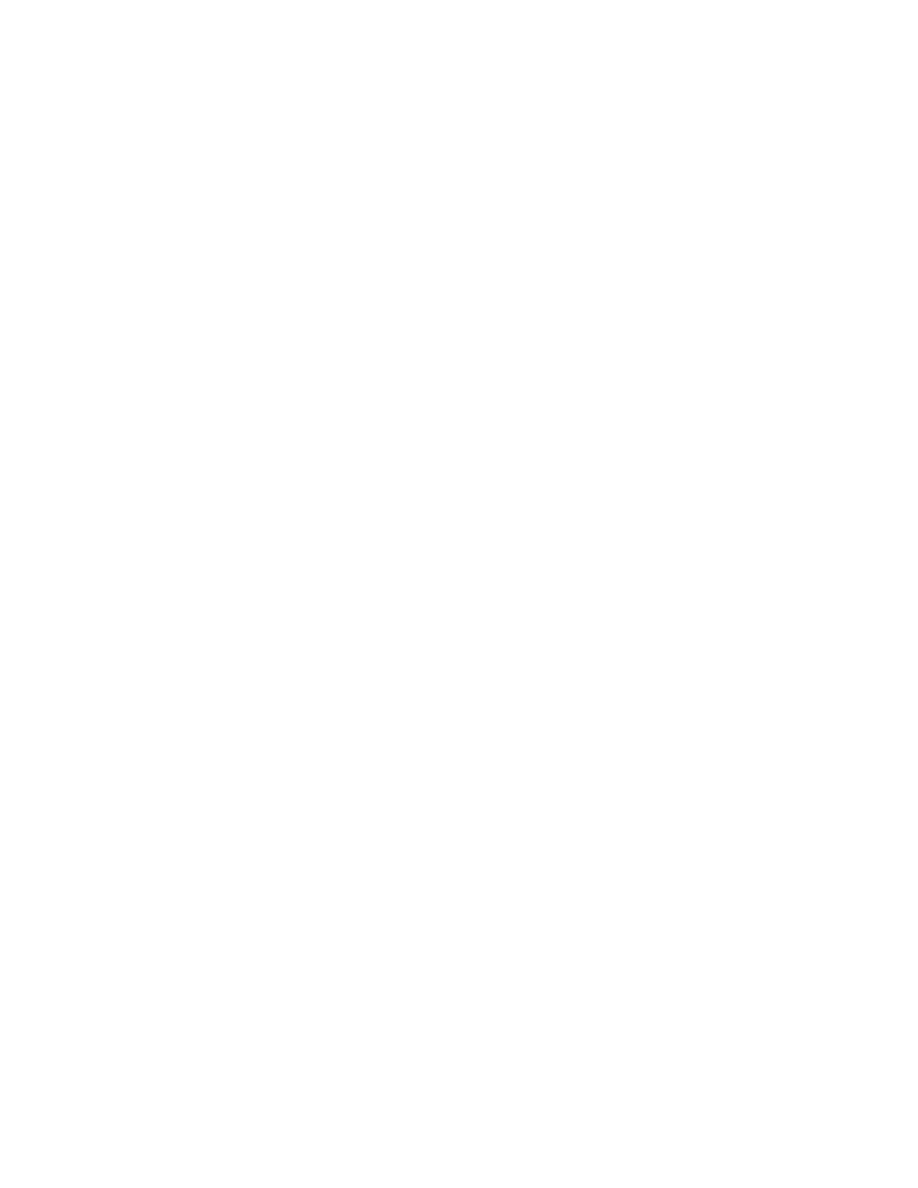
565
Federal Aviation Administration, DOT
§ 27.1583
§ 27.1557
Miscellaneous markings and
placards.
(a)
Baggage and cargo compartments,
and ballast location. Each baggage and
cargo compartment, and each ballast
location must have a placard stating
any limitations on contents, including
weight, that are necessary under the
loading requirements.
(b)
Seats. If the maximum allowable
weight to be carried in a seat is less
than 170 pounds, a placard stating the
lesser weight must be permanently at-
tached to the seat structure.
(c)
Fuel and oil filler openings. The fol-
lowing apply:
(1) Fuel filler openings must be
marked at or near the filler cover
with—
(i) The word ‘‘fuel’’;
(ii) For reciprocating engine powered
rotorcraft, the minimum fuel grade;
(iii) For turbine engine powered
rotorcraft, the permissible fuel des-
ignations; and
(iv) For pressure fueling systems, the
maximum permissible fueling supply
pressure and the maximum permissible
defueling pressure.
(2) Oil filler openings must be
marked at or near the filler cover with
the word ‘‘oil’’.
(d)
Emergency exit placards. Each
placard and operating control for each
emergency exit must be red. A placard
must be near each emergency exit con-
trol and must clearly indicate the loca-
tion of that exit and its method of op-
eration.
[Doc. No. 5074, 29 FR 15695, Nov. 24, 1964, as
amended by Amdt. 27–11, 41 FR 55471, Dec. 20,
1976]
§ 27.1559
Limitations placard.
There must be a placard in clear view
of the pilot that specifies the kinds of
operations (such as VFR, IFR, day,
night, or icing) for which the rotorcraft
is approved.
[Amdt. 27–21, 49 FR 44435, Nov. 6, 1984]
§ 27.1561
Safety equipment.
(a) Each safety equipment control to
be operated by the crew in emergency,
such as controls for automatic liferaft
releases, must be plainly marked as to
its method of operation.
(b) Each location, such as a locker or
compartment, that carries any fire ex-
tinguishing, signaling, or other life
saving equipment, must be so marked.
§ 27.1565
Tail rotor.
Each tail rotor must be marked so
that its disc is conspicuous under nor-
mal daylight ground conditions.
[Amdt. 27–2, 33 FR 965, Jan. 26, 1968]
R
OTORCRAFT
F
LIGHT
M
ANUAL AND
A
PPROVED
M
ANUAL
M
ATERIAL
§ 27.1581
General.
(a)
Furnishing information. A Rotor-
craft Flight Manual must be furnished
with each rotorcraft, and it must con-
tain the following:
(1) Information required by §§ 27.1583
through 27.1589.
(2) Other information that is nec-
essary for safe operation because of de-
sign, operating, or handling character-
istics.
(b)
Approved information. Each part of
the manual listed in §§ 27.1583 through
27.1589, that is appropriate to the rotor-
craft, must be furnished, verified, and
approved, and must be segregated,
identified, and clearly distinguished
from each unapproved part of that
manual.
(c) [Reserved]
(d)
Table of contents. Each Rotorcraft
Flight Manual must include a table of
contents if the complexity of the man-
ual indicates a need for it.
(Secs. 313(a), 601, 603, 604, and 605 of the Fed-
eral Aviation Act of 1958 (49 U.S.C. 1354(a),
1421, 1423, 1424, and 1425); and sec. 6(c) of the
Dept. of Transportation Act (49 U.S.C.
1655(c)))
[Amdt. 27–14, 43 FR 2325, Jan. 16, 1978]
§ 27.1583
Operating limitations.
(a)
Airspeed and rotor limitations. In-
formation necessary for the marking of
airspeed and rotor limitations on, or
near, their respective indicators must
be furnished. The significance of each
limitation and of the color coding must
be explained.
(b)
Powerplant limitations. The fol-
lowing information must be furnished:
(1) Limitations required by § 27.1521.
(2) Explanation of the limitations,
when appropriate.
VerDate Sep<11>2014
09:06 Jun 28, 2024
Jkt 262046
PO 00000
Frm 00575
Fmt 8010
Sfmt 8010
Y:\SGML\262046.XXX
262046
jspears on DSK121TN23PROD with CFR
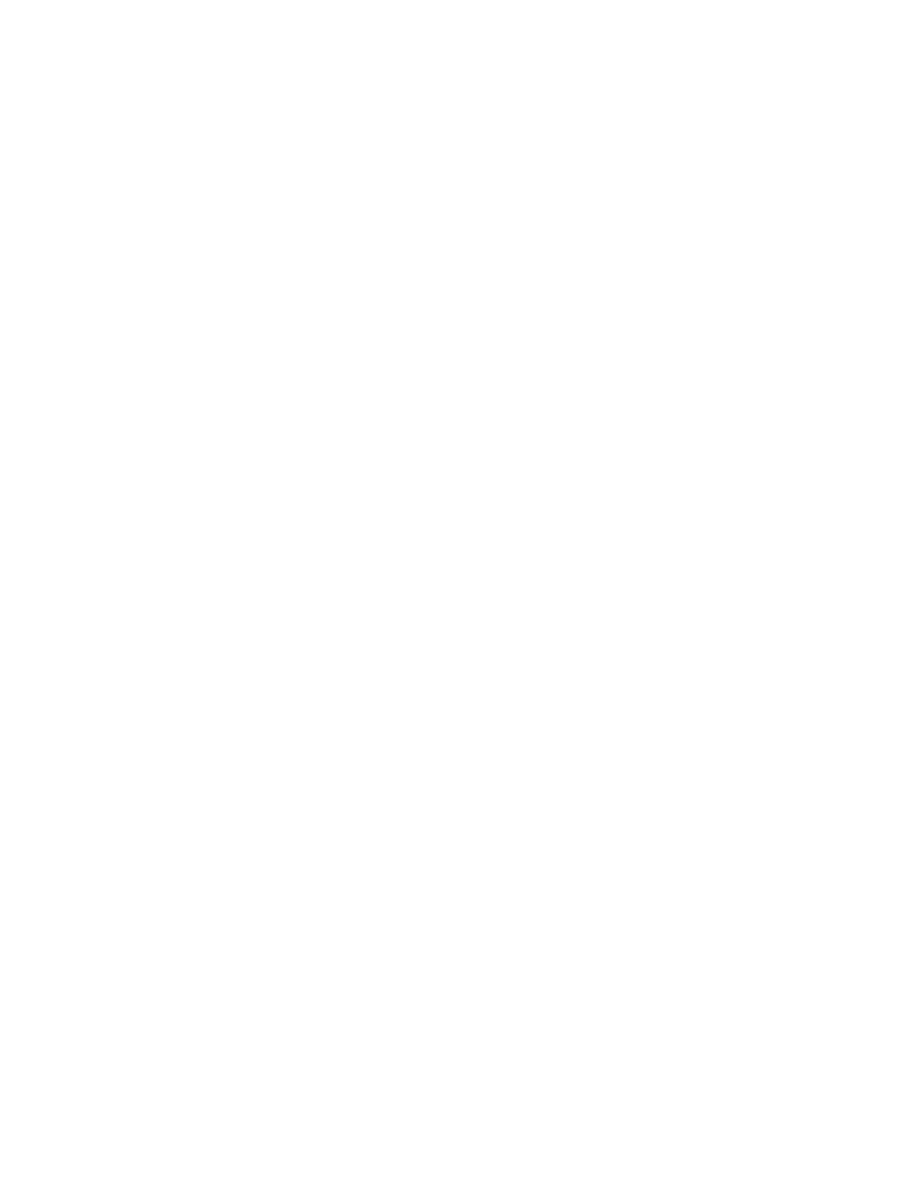
566
14 CFR Ch. I (1–1–24 Edition)
§ 27.1585
(3) Information necessary for mark-
ing the instruments required by
§§ 27.1549 through 27.1553.
(c)
Weight and loading distribution.
The weight and center of gravity limits
required by §§ 27.25 and 27.27, respec-
tively, must be furnished. If the vari-
ety of possible loading conditions war-
rants, instructions must be included to
allow ready observance of the limita-
tions.
(d)
Flight crew. When a flight crew of
more than one is required, the number
and functions of the minimum flight
crew determined under § 27.1523 must be
furnished.
(e)
Kinds of operation. Each kind of
operation for which the rotorcraft and
its equipment installations are ap-
proved must be listed.
(f) [Reserved]
(g)
Altitude. The altitude established
under § 27.1527 and an explanation of
the limiting factors must be furnished.
(Secs. 313(a), 601, 603, 604, and 605 of the Fed-
eral Aviation Act of 1958 (49 U.S.C. 1354(a),
1421, 1423, 1424, and 1425); and sec. 6(c) of the
Dept. of Transportation Act (49 U.S.C.
1655(c)))
[Doc. No. 5074, 29 FR 15695, Nov. 24, 1964, as
amended by Amdt. 27–2, 33 FR 965, Jan. 26,
1968; Amdt. 27–14, 43 FR 2325, Jan. 16, 1978;
Amdt. 27–16, 43 FR 50599, Oct. 30, 1978]
§ 27.1585
Operating procedures.
(a) Parts of the manual containing
operating procedures must have infor-
mation concerning any normal and
emergency procedures and other infor-
mation necessary for safe operation,
including takeoff and landing proce-
dures and associated airspeeds. The
manual must contain any pertinent in-
formation including—
(1) The kind of takeoff surface used
in the tests and each appropriate
climbout speed; and
(2) The kind of landing surface used
in the tests and appropriate approach
and glide airspeeds.
(b) For multiengine rotorcraft, infor-
mation identifying each operating con-
dition in which the fuel system inde-
pendence prescribed in § 27.953 is nec-
essary for safety must be furnished, to-
gether with instructions for placing
the fuel system in a configuration used
to show compliance with that section.
(c) For helicopters for which a V
NE
(power-off) is established under
§ 27.1505(c), information must be fur-
nished to explain the V
NE
(power-off)
and the procedures for reducing air-
speed to not more than the V
NE
(power-
off) following failure of all engines.
(d) For each rotorcraft showing com-
pliance with § 27.1353 (g)(2) or (g)(3), the
operating procedures for disconnecting
the battery from its charging source
must be furnished.
(e) If the unusable fuel supply in any
tank exceeds five percent of the tank
capacity, or one gallon, whichever is
greater, information must be furnished
which indicates that when the fuel
quantity indicator reads ‘‘zero’’ in
level flight, any fuel remaining in the
fuel tank cannot be used safely in
flight.
(f) Information on the total quantity
of usable fuel for each fuel tank must
be furnished.
(g) The airspeeds and rotor speeds for
minimum rate of descent and best glide
angle as prescribed in § 27.71 must be
provided.
(Secs. 313(a), 601, 603, 604, and 605 of the Fed-
eral Aviation Act of 1958 (49 U.S.C. 1354(a),
1421, 1423, 1424, and 1425); and sec. 6(c) of the
Dept. of Transportation Act (49 U.S.C.
1655(c)))
[Amdt. 27–1, 32 FR 6914, May 5, 1967, as
amended by Amdt. 27–14, 43 FR 2326, Jan. 16,
1978; Amdt. 27–16, 43 FR 50599, Oct. 30, 1978;
Amdt. 27–21, 49 FR 44435, Nov. 6, 1984]
§ 27.1587
Performance information.
(a) The Rotorcraft Flight Manual
must contain the following informa-
tion, determined in accordance with
§§ 27.49 through 27.87 and 27.143(c) and
(d):
(1) Enough information to determine
the limiting height-velocity envelope.
(2) Information relative to—
(i) The steady rates of climb and de-
scent, in-ground effect and out-of-
ground effect hovering ceilings, to-
gether with the corresponding air-
speeds and other pertinent information
including the calculated effects of alti-
tude and temperatures;
(ii) The maximum weight for each al-
titude and temperature condition at
which the rotorcraft can safely hover
in-ground effect and out-of-ground ef-
fect in winds of not less than 17 knots
VerDate Sep<11>2014
09:06 Jun 28, 2024
Jkt 262046
PO 00000
Frm 00576
Fmt 8010
Sfmt 8010
Y:\SGML\262046.XXX
262046
jspears on DSK121TN23PROD with CFR
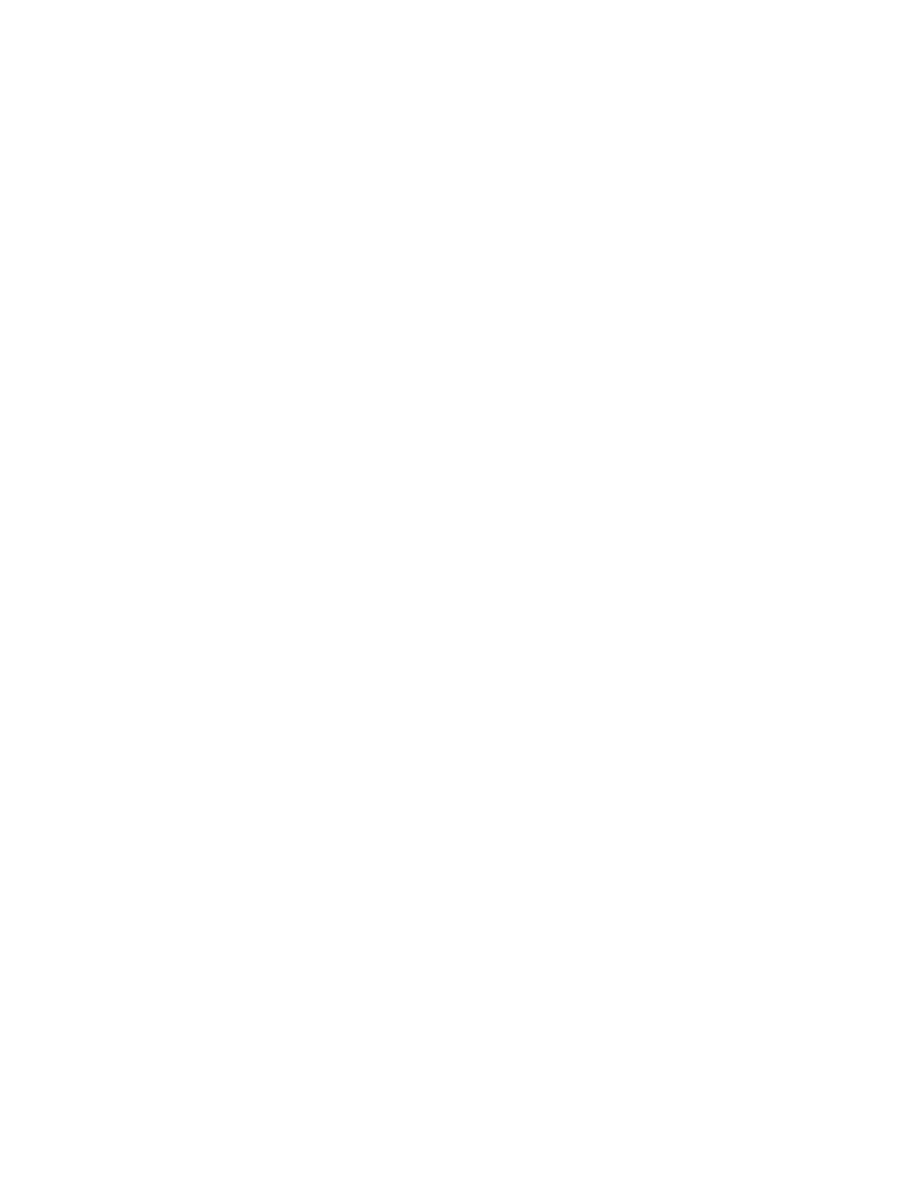
567
Federal Aviation Administration, DOT
Pt. 27, App. A
from all azimuths. These data must be
clearly referenced to the appropriate
hover charts. In addition, if there are
other combinations of weight, altitude
and temperature for which perform-
ance information is provided and at
which the rotorcraft cannot land and
take off safely with the maximum wind
value, those portions of the operating
envelope and the appropriate safe wind
conditions must be stated in the Rotor-
craft Flight Manual;
(iii) For reciprocating engine-pow-
ered rotorcraft, the maximum atmos-
pheric temperature at which compli-
ance with the cooling provisions of
§§ 27.1041 through 27.1045 is shown; and
(iv) Glide distance as a function of al-
titude when autorotating at the speeds
and conditions for minimum rate of de-
scent and best glide as determined in
§ 27.71.
(b) The Rotorcraft Flight Manual
must contain—
(1) In its performance information
section any pertinent information con-
cerning the takeoff weights and alti-
tudes used in compliance with § 27.51;
and
(2) The horizontal takeoff distance
determined in accordance with
§ 27.65(a)(2)(i).
(Secs. 313(a), 601, 603, 604, and 605 of the Fed-
eral Aviation Act of 1958 (49 U.S.C. 1354(a),
1421, 1423, 1424, and 1425); and sec. 6(c) of the
Dept. of Transportation Act (49 U.S.C.
1655(c)))
[Doc. No. 5074, 29 FR 15695, Nov. 24, 1964, as
amended by Amdt. 27–14, 43 FR 2326, Jan. 16,
1978; Amdt. 27–21, 49 FR 44435, Nov. 6, 1984;
Amdt. 27–44, 73 FR 11000, Feb. 29, 2008; 73 FR
33876, June 16, 2008; Amdt. 27–51, 88 FR 8739,
Feb. 10, 2023]
§ 27.1589
Loading information.
There must be loading instructions
for each possible loading condition be-
tween the maximum and minimum
weights determined under § 27.25 that
can result in a center of gravity beyond
any extreme prescribed in § 27.27, as-
suming any probable occupant weights.
A
PPENDIX
A
TO
P
ART
27—I
NSTRUCTIONS
FOR
C
ONTINUED
A
IRWORTHINESS
A27.1
General.
(a) This appendix specifies requirements
for the preparation of Instructions for Con-
tinued Airworthiness as required by § 27.1529.
(b) The Instructions for Continued Air-
worthiness for each rotorcraft must include
the Instructions for Continued Airworthiness
for each engine and rotor (hereinafter des-
ignated ‘products’), for each appliance re-
quired by this chapter, and any required in-
formation relating to the interface of those
appliances and products with the rotorcraft.
If Instructions for Continued Airworthiness
are not supplied by the manufacturer of an
appliance or product installed in the rotor-
craft, the Instructions for Continued Air-
worthiness for the rotorcraft must include
the information essential to the continued
airworthiness of the rotorcraft.
(c) The applicant must submit to the FAA
a program to show how changes to the In-
structions for Continued Airworthiness made
by the applicant or by the manufacturers of
products and appliances installed in the
rotorcraft will be distributed.
A27.2
Format.
(a) The Instructions for Continued Air-
worthiness must be in the form of a manual
or manuals as appropriate for the quantity
of data to be provided.
(b) The format of the manual or manuals
must provide for a practical arrangement.
A27.3
Content.
The contents of the manual or manuals
must be prepared in the English language.
The Instructions for Continued Airworthi-
ness must contain the following manuals or
sections, as appropriate, and information:
(a)
Rotorcraft maintenance manual or section.
(1) Introduction information that includes an
explanation of the rotorcraft’s features and
data to the extent necessary for mainte-
nance or preventive maintenance.
(2) A description of the rotorcraft and its
systems and installations including its en-
gines, rotors, and appliances.
(3) Basic control and operation information
describing how the rotorcraft components
and systems are controlled and how they op-
erate, including any special procedures and
limitations that apply.
(4) Servicing information that covers de-
tails regarding servicing points, capacities of
tanks, reservoirs, types of fluids to be used,
pressures applicable to the various systems,
location of access panels for inspection and
servicing, locations of lubrication points, the
lubricants to be used, equipment required for
servicing, tow instructions and limitations,
mooring, jacking, and leveling information.
(b)
Maintenance instructions. (1) Scheduling
information for each part of the rotorcraft
and its engines, auxiliary power units, ro-
tors, accessories, instruments and equipment
that provides the recommended periods at
which they should be cleaned, inspected, ad-
justed, tested, and lubricated, and the degree
VerDate Sep<11>2014
09:06 Jun 28, 2024
Jkt 262046
PO 00000
Frm 00577
Fmt 8010
Sfmt 8002
Y:\SGML\262046.XXX
262046
jspears on DSK121TN23PROD with CFR
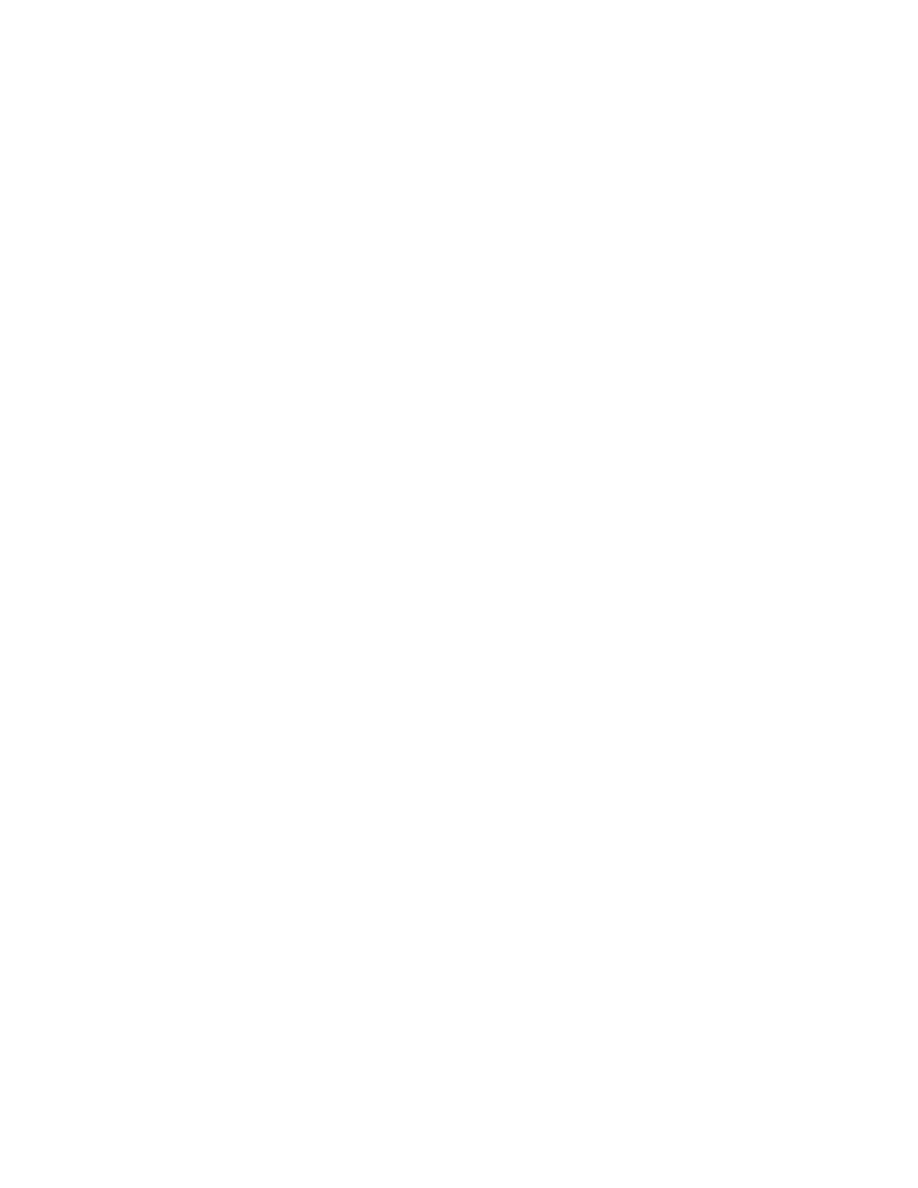
568
14 CFR Ch. I (1–1–24 Edition)
Pt. 27, App. B
of inspection, the applicable wear tolerances,
and work recommended at these periods.
However, the applicant may refer to an ac-
cessory, instrument, or equipment manufac-
turer as the source of this information if the
applicant shows the item has an exception-
ally high degree of complexity requiring spe-
cialized maintenance techniques, test equip-
ment, or expertise. The recommended over-
haul periods and necessary cross references
to the Airworthiness Limitations section of
the manual must also be included. In addi-
tion, the applicant must include an inspec-
tion program that includes the frequency
and extent of the inspections necessary to
provide for the continued airworthiness of
the rotorcraft.
(2) Troubleshooting information describing
problem malfunctions, how to recognize
those malfunctions, and the remedial action
for those malfunctions.
(3) Information describing the order and
method of removing and replacing products
and parts with any necessary precautions to
be taken.
(4) Other general procedural instructions
including procedures for system testing dur-
ing ground running, symmetry checks,
weighing and determining the center of grav-
ity, lifting and shoring, and storage limita-
tions.
(c) Diagrams of structural access plates
and information needed to gain access for in-
spections when access plates are not pro-
vided.
(d) Details for the application of special in-
spection techniques including radiographic
and ultrasonic testing where such processes
are specified.
(e) Information needed to apply protective
treatments to the structure after inspection.
(f) All data relative to structural fasteners
such as identification, discarded rec-
ommendations, and torque values.
(g) A list of special tools needed.
A27.4
Airworthiness Limitations section.
The Instructions for Continued Airworthi-
ness must contain a section, titled Air-
worthiness Limitations that is segregated
and clearly distinguishable from the rest of
the document. This section must set forth
each mandatory replacement time, struc-
tural inspection interval, and related struc-
tural inspection procedure required for type
certification. If the Instructions for Contin-
ued Airworthiness consist of multiple docu-
ments, the section required by this para-
graph must be included in the principal man-
ual. This section must contain a legible
statement in a prominent location that
reads: ‘‘The Airworthiness Limitations sec-
tion is FAA approved and specifies inspec-
tions and other maintenance required under
§§ 43.16 and 91.403 of the Federal Aviation
Regulations unless an alternative program
has been FAA approved.’’
[Amdt. 27–18, 45 FR 60177, Sept. 11, 1980, as
amended by Amdt. 27–24, 54 FR 34329, Aug. 18,
1989; Amdt. 27–47, 76 FR 74663, Dec. 1, 2011]
A
PPENDIX
B
TO
P
ART
27—A
IRWORTHI
-
NESS
C
RITERIA FOR
H
ELICOPTER
I
N
-
STRUMENT
F
LIGHT
I.
General. A normal category helicopter
may not be type certificated for operation
under the instrument flight rules (IFR) of
this chapter unless it meets the design and
installation requirements contained in this
appendix.
II.
Definitions. (a) V
YI
means instrument
climb speed, utilized instead of V
Y
for com-
pliance with the climb requirements for in-
strument flight.
(b) V
NEI
means instrument flight never ex-
ceed speed, utilized instead of V
NE
for com-
pliance with maximum limit speed require-
ments for instrument flight.
(c) V
MINI
means instrument flight min-
imum speed, utilized in complying with min-
imum limit speed requirements for instru-
ment flight.
III.
Trim. It must be possible to trim the
cyclic, collective, and directional control
forces to zero at all approved IFR airspeeds,
power settings, and configurations appro-
priate to the type.
IV.
Static longitudinal stability. (a) General.
The helicopter must possess positive static
longitudinal control force stability at crit-
ical combinations of weight and center of
gravity at the conditions specified in para-
graph IV (b) or (c) of this appendix, as appro-
priate. The stick force must vary with speed
so that any substantial speed change results
in a stick force clearly perceptible to the
pilot. For single-pilot approval, the airspeed
must return to within 10 percent of the trim
speed when the control force is slowly re-
leased for each trim condition specified in
paragraph IV(b) of the this appendix.
(b)
For single-pilot approval:
(1)
Climb. Stability must be shown in climb
throughout the speed range 20 knots either
side of trim with—
(i) The helicopter trimmed at V
YI
;
(ii) Landing gear retracted (if retractable);
and
(iii) Power required for limit climb rate (at
least 1,000 fpm) at V
YI
or maximum contin-
uous power, whichever is less.
(2)
Cruise.
Stability must be shown
throughout the speed range from 0.7 to 1.1 V
H
or V
NEI
, whichever is lower, not to exceed
±
20
knots from trim with—
(i) The helicopter trimmed and power ad-
justed for level flight at 0.9 V
H
or 0.9 V
NEI
,
whichever is lower; and
(ii) Landing gear retracted (if retractable).
VerDate Sep<11>2014
09:06 Jun 28, 2024
Jkt 262046
PO 00000
Frm 00578
Fmt 8010
Sfmt 8002
Y:\SGML\262046.XXX
262046
jspears on DSK121TN23PROD with CFR
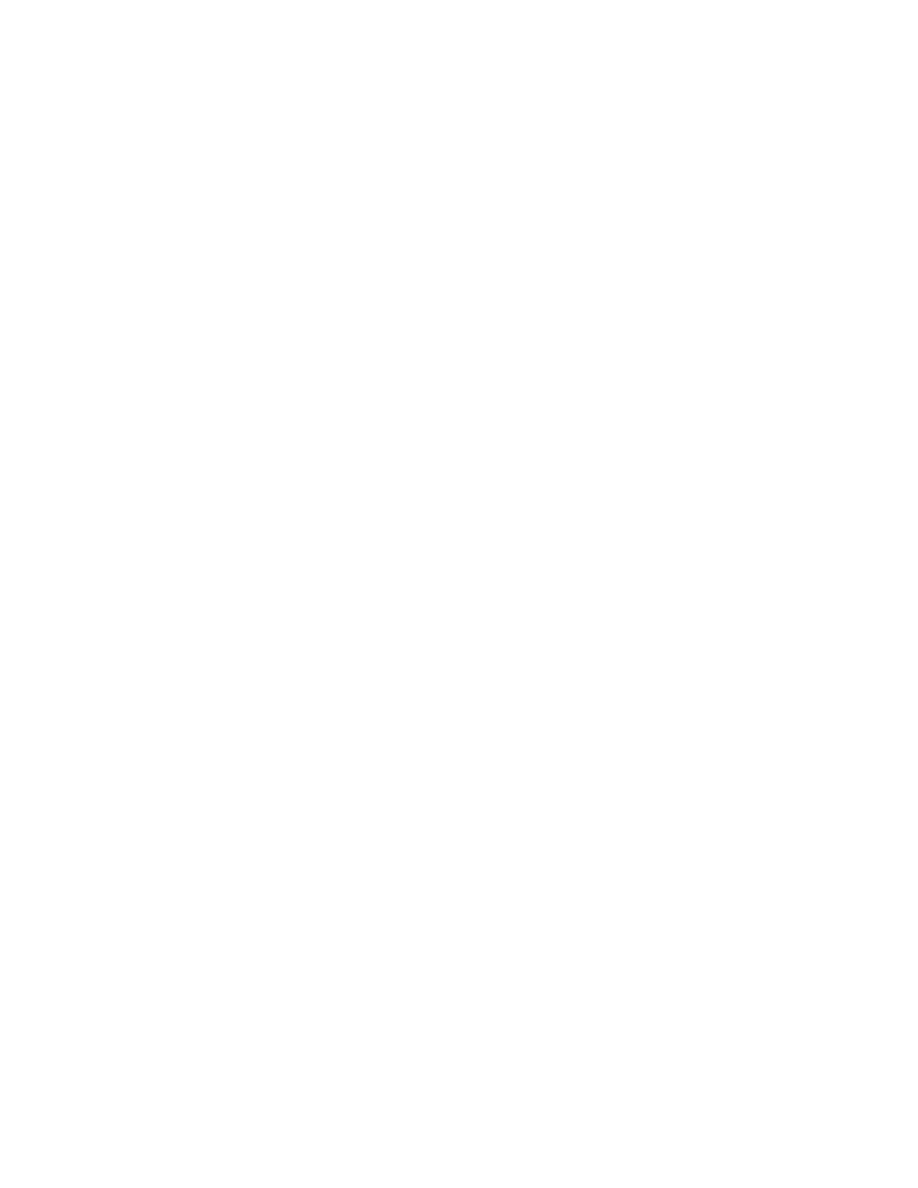
569
Federal Aviation Administration, DOT
Pt. 27, App. B
(3)
Slow cruise. Stability must be shown
throughout the speed range from 0.9 V
MINI
to
1.3 V
MINI
or 20 knots above trim speed, which-
ever is greater, with—
(i) the helicopter trimmed and power ad-
justed for level flight at 1.1 V
MINI
; and
(ii) Landing gear retracted (if retractable).
(4)
Descent. Stability must be shown
throughout the speed range 20 knots either
side of trim with—
(i) The helicopter trimmed at 0.8 V
H
or 0.8
V
NEI
(or 0.8 V
LE
for the landing gear extended
case), whichever is lower;
(ii) Power required for 1,000 fpm descent at
trim speed; and
(iii) Landing gear extended and retracted,
if applicable.
(5)
Approach. Stability must be shown
throughout the speed range from 0.7 times
the minimum recommended approach speed
to 20 knots above the maximum rec-
ommended approach speed with—
(i) The helicopter trimmed at the rec-
ommended approach speed or speeds;
(ii) Landing gear extended and retracted, if
applicable; and
(iii) Power required to maintain a 3
°
glide
path and power required to maintain the
steepest approach gradient for which ap-
proval is requested.
(c) Helicopters approved for a minimum
crew of two pilots must comply with the pro-
visions of paragraphs IV(b)(2) and IV(b)(5) of
this appendix.
V.
Static Lateral Directional Stability. (a)
Static directional stability must be positive
throughout the approved ranges of airspeed,
power, and vertical speed. In straight and
steady sideslips up to
±
10
°
from trim, direc-
tional control position must increase with-
out discontinuity with the angle of sideslip,
except for a small range of sideslip angles
around trim. At greater angles up to the
maximum sideslip angle appropriate to the
type, increased directional control position
must produce an increased angle of sideslip.
It must be possible to maintain balanced
flight without exceptional pilot skill or
alertness.
(b) During sideslips up to
±
10
°
from trim
throughout the approved ranges of airspeed,
power, and vertical speed, there must be no
negative dihedral stability perceptible to the
pilot through lateral control motion or
force. Longitudinal cyclic movement with
sideslip must not be excessive.
VI.
Dynamic stability. (a) For single-pilot
approval—
(1) Any oscillation having a period of less
than 5 seconds must damp to
1
⁄
2
amplitude in
not more than one cycle.
(2) Any oscillation having a period of 5 sec-
onds or more but less than 10 seconds must
damp to
1
⁄
2
amplitude in not more than two
cycles.
(3) Any oscillation having a period of 10
seconds or more but less than 20 seconds
must be damped.
(4) Any oscillation having a period of 20
seconds or more may not achieve double am-
plitude in less than 20 seconds.
(5) Any aperiodic response may not achieve
double amplitude in less than 6 seconds.
(b) For helicopters approved with a min-
imum crew of two pilots—
(1) Any oscillation having a period of less
than 5 seconds must damp to
1
⁄
2
amplitude in
not more than two cycles.
(2) Any oscillation having a period of 5 sec-
onds or more but less than 10 seconds must
be damped.
(3) Any oscillation having a period of 10
seconds or more may not achieve double am-
plitude in less than 10 seconds.
VII.
Stability Augmentation System (SAS).
(a) If a SAS is used, the reliability of the
SAS must be related to the effects of its fail-
ure. Any SAS failure condition that would
prevent continued safe flight and landing
must be extremely improbable. It must be
shown that, for any failure condition of the
SAS that is not shown to be extremely im-
probable—
(1) The helicopter is safely controllable
when the failure or malfunction occurs at
any speed or altitude within the approved
IFR operating limitations; and
(2) The overall flight characteristics of the
helicopter allow for prolonged instrument
flight without undue pilot effort. Additional
unrelated probable failures affecting the con-
trol system must be considered. In addi-
tion—
(i) The controllability and maneuver-
ability requirements in Subpart B of this
part must be met throughout a practical
flight envelope;
(ii) The flight control, trim, and dynamic
stability characteristics must not be im-
paired below a level needed to allow contin-
ued safe flight and landing; and
(iii) The static longitudinal and static di-
rectional stability requirements of Subpart
B must be met throughout a practical flight
envelope.
(b) The SAS must be designed so that it
cannot create a hazardous deviation in flight
path or produce hazardous loads on the heli-
copter during normal operation or in the
event of malfunction or failure, assuming
corrective action begins within an appro-
priate period of time. Where multiple sys-
tems are installed, subsequent malfunction
conditions must be considered in sequence
unless their occurrence is shown to be im-
probable.
VIII.
Equipment, systems, and installation.
The basic equipment and installation must
comply with §§ 29.1303, 29.1431, and 29.1433,
with the following exceptions and additions:
(a)
Flight and Navigation Instruments. (1) A
magnetic gyro-stablized direction indicator
VerDate Sep<11>2014
09:06 Jun 28, 2024
Jkt 262046
PO 00000
Frm 00579
Fmt 8010
Sfmt 8002
Y:\SGML\262046.XXX
262046
jspears on DSK121TN23PROD with CFR
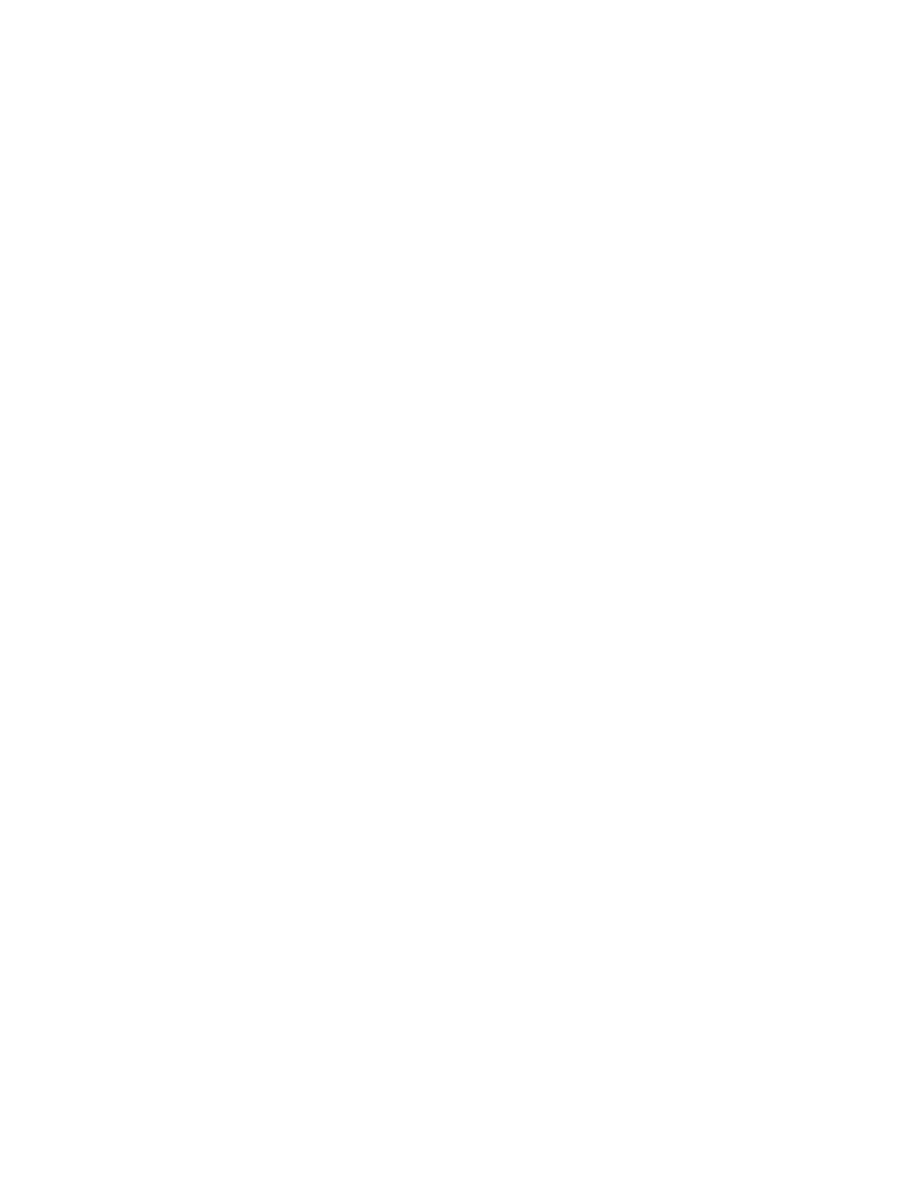
570
14 CFR Ch. I (1–1–24 Edition)
Pt. 27, App. C
instead of a gyroscopic direction indicator
required by § 29.1303(h); and
(2) A standby attitude indicator which
meets the requirements of §§ 29.1303(g)(1)
through (7) instead of a rate-of-turn indi-
cator required by § 29.1303(g). For two-pilot
configurations, one pilot’s primary indicator
may be designated for this purpose. If stand-
by batteries are provided, they may be
charged from the aircraft electrical system
if adequate isolation is incorporated.
(b)
Miscellaneous requirements. (1) Instru-
ment systems and other systems essential
for IFR flight that could be adversely af-
fected by icing must be adequately protected
when exposed to the continuous and inter-
mittent maximum icing conditions defined
in appendix C of Part 29 of this chapter,
whether or not the rotorcraft is certificated
for operation in icing conditions.
(2) There must be means in the generating
system to automatically de-energize and dis-
connect from the main bus any power source
developing hazardous overvoltage.
(3) Each required flight instrument using a
power supply (electric, vacuum, etc.) must
have a visual means integral with the instru-
ment to indicate the adequacy of the power
being supplied.
(4) When multiple systems performing like
functions are required, each system must be
grouped, routed, and spaced so that physical
separation between systems is provided to
ensure that a single malfunction will not ad-
versely affect more than one system.
(5) For systems that operate the required
flight instruments at each pilot’s station—
(i) For pneumatic systems, only the re-
quired flight instruments for the first pilot
may be connected to that operating system;
(ii) Additional instruments, systems, or
equipment may not be connected to an oper-
ating system for a second pilot unless provi-
sions are made to ensure the continued nor-
mal functioning of the required instruments
in the event of any malfunction of the addi-
tional instruments, systems, or equipment
which is not shown to be extremely improb-
able;
(iii) The equipment, systems, and installa-
tions must be designed so that one display of
the information essential to the safety of
flight which is provided by the instruments
will remain available to a pilot, without ad-
ditional crewmember action, after any single
failure or combination of failures that is not
shown to be extremely improbable; and
(iv) For single-pilot configurations, instru-
ments which require a static source must be
provided with a means of selecting an alter-
nate source and that source must be cali-
brated.
IX.
Rotorcraft Flight Manual. A Rotorcraft
Flight Manual or Rotorcraft Flight Manual
IFR Supplement must be provided and must
contain—
(a)
Limitations. The approved IFR flight en-
velope, the IFR flightcrew composition, the
revised kinds of operation, and the steepest
IFR precision approach gradient for which
the helicopter is approved;
(b)
Procedures. Required information for
proper operation of IFR systems and the rec-
ommended procedures in the event of sta-
bility augmentation or electrical system
failures; and
(c)
Performance. If V
YI
differs from V
Y
,
climb performance at V
YI
and with maximum
continuous power throughout the ranges of
weight, altitude, and temperature for which
approval is requested.
X. Electrical and electronic system light-
ning protection. For regulations concerning
lightning protection for electrical and elec-
tronic systems, see § 27.1316.
[Amdt. 27–19, 48 FR 4389, Jan. 31, 1983, as
amended by Amdt. 27–44, 73 FR 11000, Feb. 29,
2008; Amdt. 27–46, 76 FR 33135, June 8, 2011;
Amdt. 27–51, 88 FR 8739, Feb. 10, 2023]
A
PPENDIX
C
TO
P
ART
27—C
RITERIA FOR
C
ATEGORY
A
C27.1
General.
A small multiengine rotorcraft may not be
type certificated for Category A operation
unless it meets the design installation and
performance requirements contained in this
appendix in addition to the requirements of
this part.
C27.2
Applicable part 29 sections. The fol-
lowing sections of part 29 of this chapter
must be met in addition to the requirements
of this part:
29.45(a) and (b)(2)—General.
29.49(a)—Performance at minimum operating
speed.
29.51—Takeoff data: General.
29.53—Takeoff: Category A.
29.55—Takeoff decision point: Category A.
29.59—Takeoff Path: Category A.
29.60—Elevated heliport takeoff path: Cat-
egory A.
29.61—Takeoff distance: Category A.
29.62—Rejected takeoff: Category A.
29.64—Climb: General.
29.65(a)—Climb: AEO.
29.67(a)—Climb: OEI.
29.75—Landing: General.
29.77—Landing decision point: Category A.
29.79—Landing: Category A.
29.81—Landing distance (Ground level sites):
Category A.
29.85—Balked landing: Category A.
29.87(a)—Height-velocity envelope.
29.547(a) and (b)—Main and tail rotor struc-
ture.
29.861(a)—Fire protection of structure, con-
trols, and other parts.
29.901(c)—Powerplant: Installation.
29.903 (b) and (c)—Engines.
29.908(a)—Cooling fans.
VerDate Sep<11>2014
09:06 Jun 28, 2024
Jkt 262046
PO 00000
Frm 00580
Fmt 8010
Sfmt 8002
Y:\SGML\262046.XXX
262046
jspears on DSK121TN23PROD with CFR
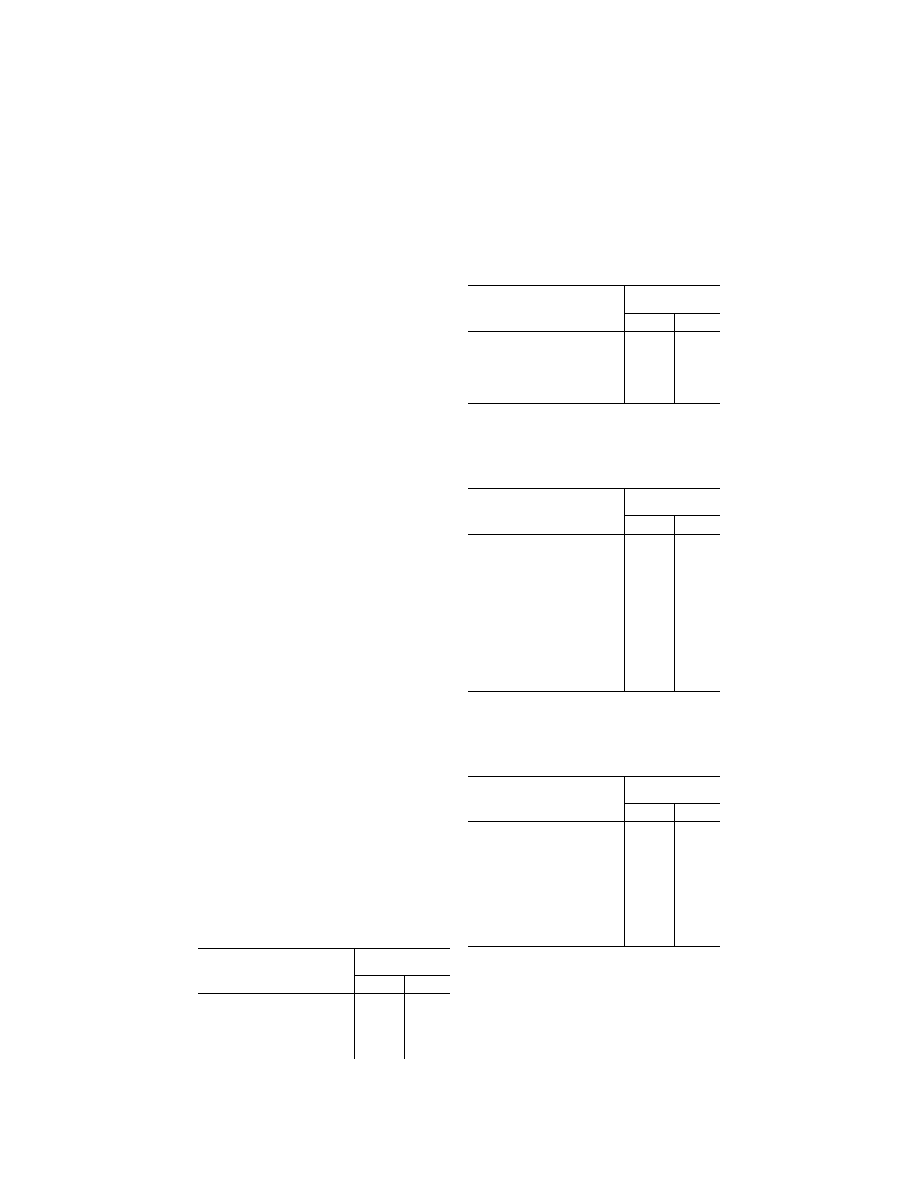
571
Federal Aviation Administration, DOT
Pt. 27, App. D
29.917(b) and (c)(1)—Rotor drive system: De-
sign.
29.927(c)(1)—Additional tests.
29.953(a)—Fuel system independence.
29.1027(a)—Transmission and gearboxes: Gen-
eral.
29.1045(a)(1), (b), (c), (d), and (f)—Climb cool-
ing test procedures.
29.1047(a)—Takeoff cooling test procedures.
29.1181(a)—Designated fire zones: Regions in-
cluded.
29.1187(e)—Drainage and ventilation of fire
zones.
29.1189(c)—Shutoff means.
29.1191(a)(1)—Firewalls.
29.1193(e)—Cowling and engine compartment
covering.
29.1195(a) and (d)—Fire extinguishing sys-
tems (one shot).
29.1197—Fire extinguishing agents.
29.1199—Extinguishing agent containers.
29.1201—Fire extinguishing system materials.
29.1305(a) (6) and (b)—Powerplant instru-
ments.
29.1309(b)(2) (i) and (d)—Equipment, systems,
and installations.
29.1323(c)(1)—Airspeed indicating system.
29.1331(b)—Instruments using a power supply.
29.1351(d)(2)—Electrical systems and equip-
ment: General (operation without normal
electrical power).
29.1587(a)—Performance information.
N
OTE
: In complying with the paragraphs
listed in paragraph C27.2 above, relevant ma-
terial in the AC ‘‘Certification of Transport
Category Rotorcraft’’ should be used.
[Doc. No. 28008, 61 FR 21907, May 10, 1996, as
amended by Amdt. 27–51, 88 FR 8739, Feb. 10,
2023]
A
PPENDIX
D
TO
P
ART
27—HIRF E
NVI
-
RONMENTS
AND
E
QUIPMENT
HIRF
T
EST
L
EVELS
This appendix specifies the HIRF environ-
ments and equipment HIRF test levels for
electrical and electronic systems under
§ 27.1317. The field strength values for the
HIRF environments and laboratory equip-
ment HIRF test levels are expressed in root-
mean-square units measured during the peak
of the modulation cycle.
(a) HIRF environment I is specified in the
following table:
T
ABLE
I.—HIRF E
NVIRONMENT
I
Frequency
Field strength
(volts/meter)
Peak Average
10 kHz–2 MHz ...................................
50
50
2 MHz–30 MHz .................................
100
100
30 MHz–100 MHz .............................
50
50
100 MHz–400 MHz ...........................
100
100
400 MHz–700 MHz ...........................
700
50
700 MHz–1 GHz ................................
700
100
T
ABLE
I.—HIRF E
NVIRONMENT
I—Continued
Frequency
Field strength
(volts/meter)
Peak Average
1 GHz–2 GHz ....................................
2,000
200
2 GHz–6 GHz ....................................
3,000
200
6 GHz–8 GHz ....................................
1,000
200
8 GHz–12 GHz ..................................
3,000
300
12 GHz–18 GHz ................................
2,000
200
18 GHz–40 GHz ................................
600
200
In this table, the higher field strength applies at the fre-
quency band edges.
(b) HIRF environment II is specified in the
following table:
T
ABLE
II.—HIRF E
NVIRONMENT
II
Frequency
Field strength
(volts/meter)
Peak Average
10 kHz–500 kHz ................................
20
20
500 kHz–2 MHz .................................
30
30
2 MHz–30 MHz .................................
100
100
30 MHz–100 MHz .............................
10
10
100 MHz–200 MHz ...........................
30
10
200 MHz–400 MHz ...........................
10
10
400 MHz–1 GHz ................................
700
40
1 GHz–2 GHz ....................................
1,300
160
2 GHz–4 GHz ....................................
3,000
120
4 GHz–6 GHz ....................................
3,000
160
6 GHz–8 GHz ....................................
400
170
8 GHz–12 GHz ..................................
1,230
230
12 GHz–18 GHz ................................
730
190
18 GHz–40 GHz ................................
600
150
In this table, the higher field strength applies at the fre-
quency band edges.
(c) HIRF environment III is specified in the
following table:
T
ABLE
III.—HIRF E
NVIRONMENT
III
Frequency
Field strength
(volts/meter)
Peak Average
10 kHz–100 kHz ................................
150
150
100 kHz–400 MHz .............................
200
200
400 MHz–700 MHz ...........................
730
200
700 MHz–1 GHz ................................
1,400
240
1 GHz–2 GHz ....................................
5,000
250
2 GHz–4 GHz ....................................
6,000
490
4 GHz–6 GHz ....................................
7,200
400
6 GHz–8 GHz ....................................
1,100
170
8 GHz–12 GHz ..................................
5,000
330
12 GHz–18 GHz ................................
2,000
330
18 GHz–40 GHz ................................
1,000
420
In this table, the higher field strength applies at the fre-
quency band edges.
(d)
Equipment HIRF Test Level 1. (1) From 10
kilohertz (kHz) to 400 megahertz (MHz), use
conducted susceptibility tests with contin-
uous wave (CW) and 1 kHz square wave mod-
ulation with 90 percent depth or greater. The
conducted susceptibility current must start
at a minimum of 0.6 milliamperes (mA) at 10
VerDate Sep<11>2014
09:06 Jun 28, 2024
Jkt 262046
PO 00000
Frm 00581
Fmt 8010
Sfmt 8002
Y:\SGML\262046.XXX
262046
jspears on DSK121TN23PROD with CFR
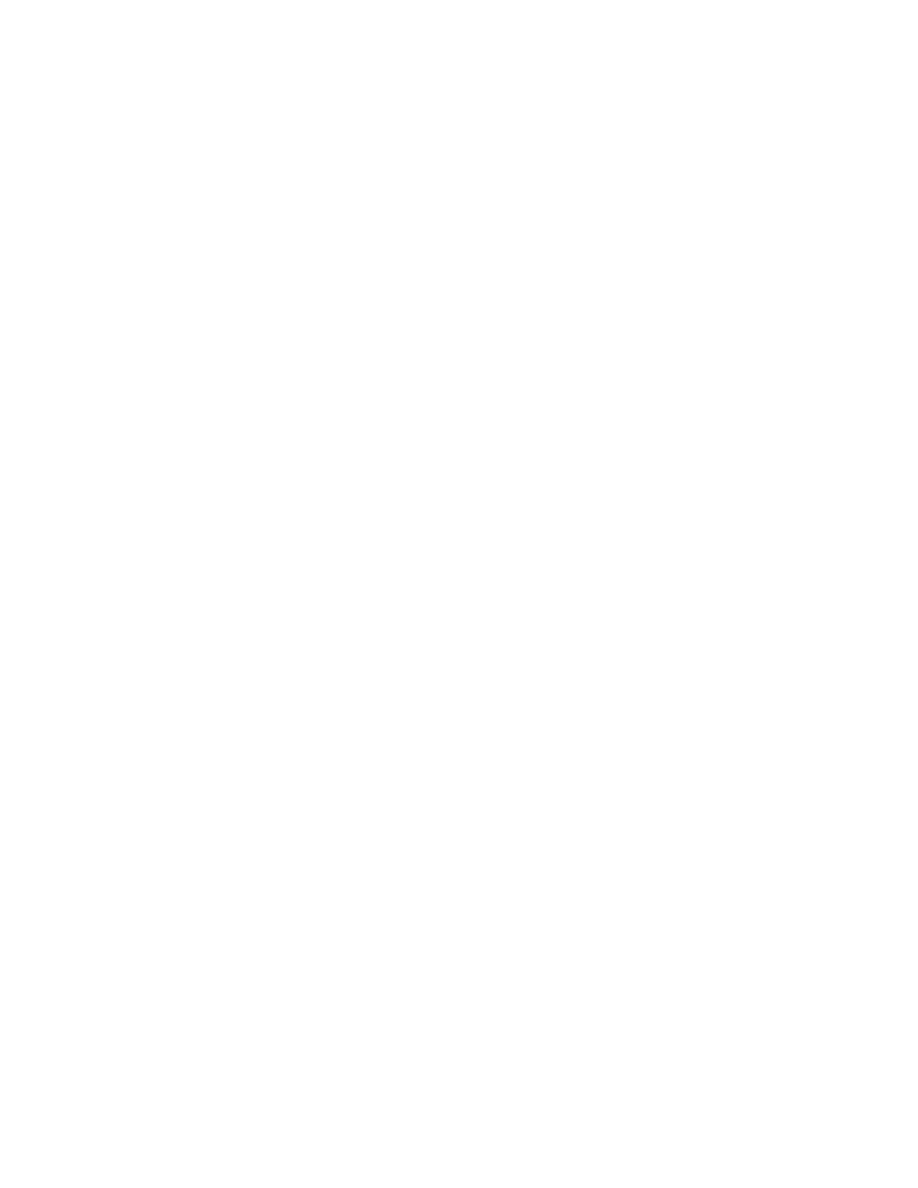
572
14 CFR Ch. I (1–1–24 Edition)
Pt. 29
kHz, increasing 20 decibels (dB) per fre-
quency decade to a minimum of 30 mA at 500
kHz.
(2) From 500 kHz to 40 MHz, the conducted
susceptibility current must be at least 30
mA.
(3) From 40 MHz to 400 MHz, use conducted
susceptibility tests, starting at a minimum
of 30 mA at 40 MHz, decreasing 20 dB per fre-
quency decade to a minimum of 3 mA at 400
MHz.
(4) From 100 MHz to 400 MHz, use radiated
susceptibility tests at a minimum of 20 volts
per meter (V/m) peak with CW and 1 kHz
square wave modulation with 90 percent
depth or greater.
(5) From 400 MHz to 8 gigahertz (GHz), use
radiated susceptibility tests at a minimum
of 150 V/m peak with pulse modulation of 4
percent duty cycle with a 1 kHz pulse repeti-
tion frequency. This signal must be switched
on and off at a rate of 1 Hz with a duty cycle
of 50 percent.
(e)
Equipment HIRF Test Level 2. Equipment
HIRF test level 2 is HIRF environment II in
table II of this appendix reduced by accept-
able aircraft transfer function and attenu-
ation curves. Testing must cover the fre-
quency band of 10 kHz to 8 GHz.
(f)
Equipment HIRF Test Level 3. (1) From 10
kHz to 400 MHz, use conducted susceptibility
tests, starting at a minimum of 0.15 mA at 10
kHz, increasing 20 dB per frequency decade
to a minimum of 7.5 mA at 500 kHz.
(2) From 500 kHz to 40 MHz, use conducted
susceptibility tests at a minimum of 7.5 mA.
(3) From 40 MHz to 400 MHz, use conducted
susceptibility tests, starting at a minimum
of 7.5 mA at 40 MHz, decreasing 20 dB per fre-
quency decade to a minimum of 0.75 mA at
400 MHz.
(4) From 100 MHz to 8 GHz, use radiated
susceptibility tests at a minimum of 5 V/m.
[Doc. No. FAA–2006–23657, 72 FR 44027, Aug. 6,
2007]
PART 29—AIRWORTHINESS STAND-
ARDS: TRANSPORT CATEGORY
ROTORCRAFT
Subpart A—General
Sec.
29.1
Applicability.
29.2
Special retroactive requirements.
Subpart B—Flight
G
ENERAL
29.21
Proof of compliance.
29.25
Weight limits.
29.27
Center of gravity limits.
29.29
Empty weight and corresponding cen-
ter of gravity.
29.31
Removable ballast.
29.33
Main rotor speed and pitch limits.
P
ERFORMANCE
29.45
General.
29.49
Performance at minimum operating
speed.
29.51
Takeoff data: general.
29.53
Takeoff: Category A.
29.55
Takeoff decision point (TDP): Cat-
egory A.
29.59
Takeoff path: Category A.
29.60
Elevated heliport takeoff path: Cat-
egory A.
29.61
Takeoff distance: Category A.
29.62
Rejected takeoff: Category A.
29.63
Takeoff: Category B.
29.64
Climb: General.
29.65
Climb: All engines operating.
29.67
Climb: One engine inoperative (OEI).
29.71
Helicopter angle of glide: Category B.
29.75
Landing: General.
29.77
Landing Decision Point (LDP): Cat-
egory A.
29.79
Landing: Category A.
29.81
Landing distance: Category A.
29.83
Landing: Category B.
29.85
Balked landing: Category A.
29.87
Height-velocity envelope.
F
LIGHT
C
HARACTERISTICS
29.141
General.
29.143
Controllability and maneuverability.
29.151
Flight controls.
29.161
Trim control.
29.171
Stability: general.
29.173
Static longitudinal stability.
29.175
Demonstration of static longitudinal
stability.
29.177
Static directional stability.
29.181
Dynamic stability: Category A rotor-
craft.
G
ROUND AND
W
ATER
H
ANDLING
C
HARACTERISTICS
29.231
General.
29.235
Taxiing condition.
29.239
Spray characteristics.
29.241
Ground resonance.
M
ISCELLANEOUS
F
LIGHT
R
EQUIREMENTS
29.251
Vibration.
Subpart C—Strength Requirements
G
ENERAL
29.301
Loads.
29.303
Factor of safety.
29.305
Strength and deformation.
29.307
Proof of structure.
29.309
Design limitations.
F
LIGHT
L
OADS
29.321
General.
29.337
Limit maneuvering load factor.
29.339
Resultant limit maneuvering loads.
VerDate Sep<11>2014
09:06 Jun 28, 2024
Jkt 262046
PO 00000
Frm 00582
Fmt 8010
Sfmt 8010
Y:\SGML\262046.XXX
262046
jspears on DSK121TN23PROD with CFR






















































































